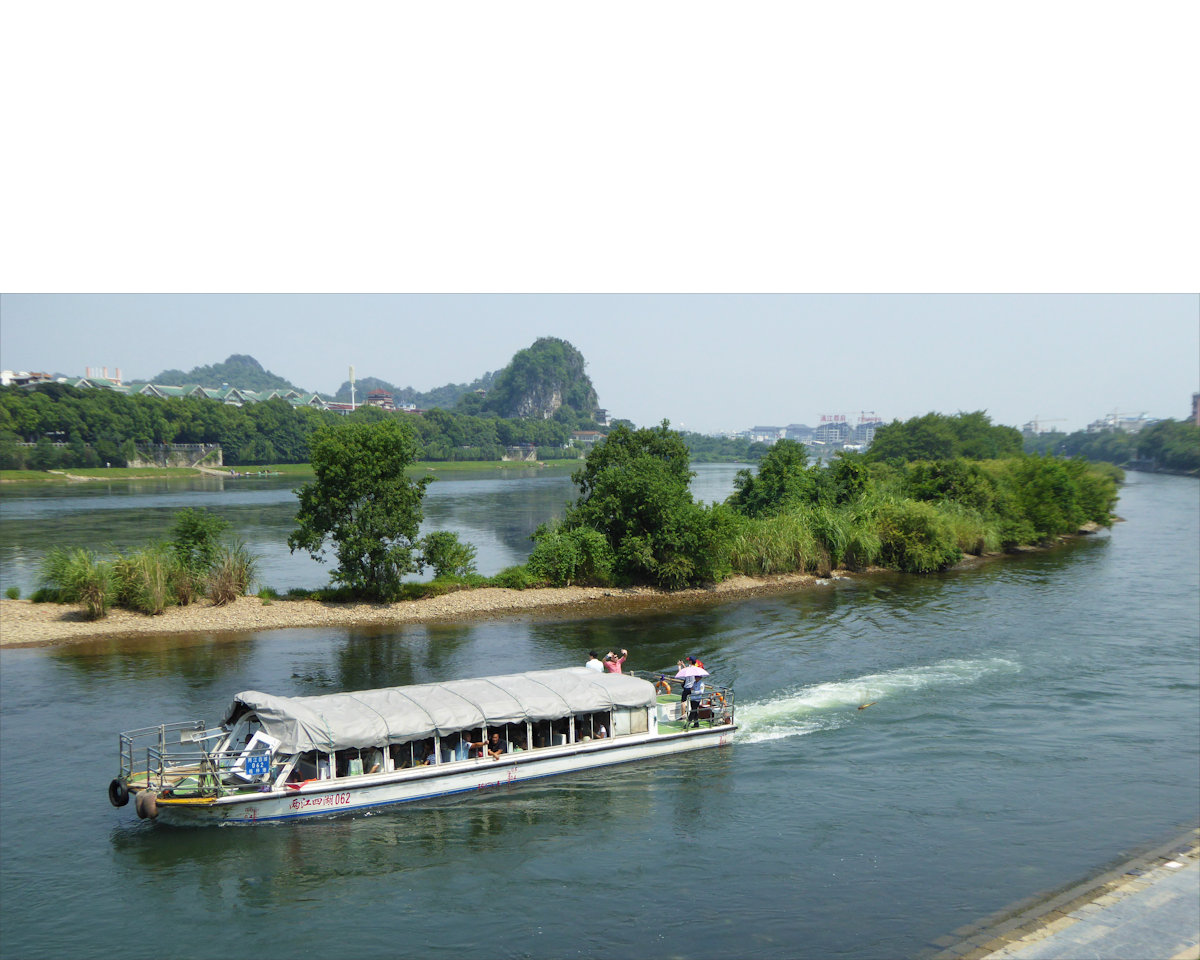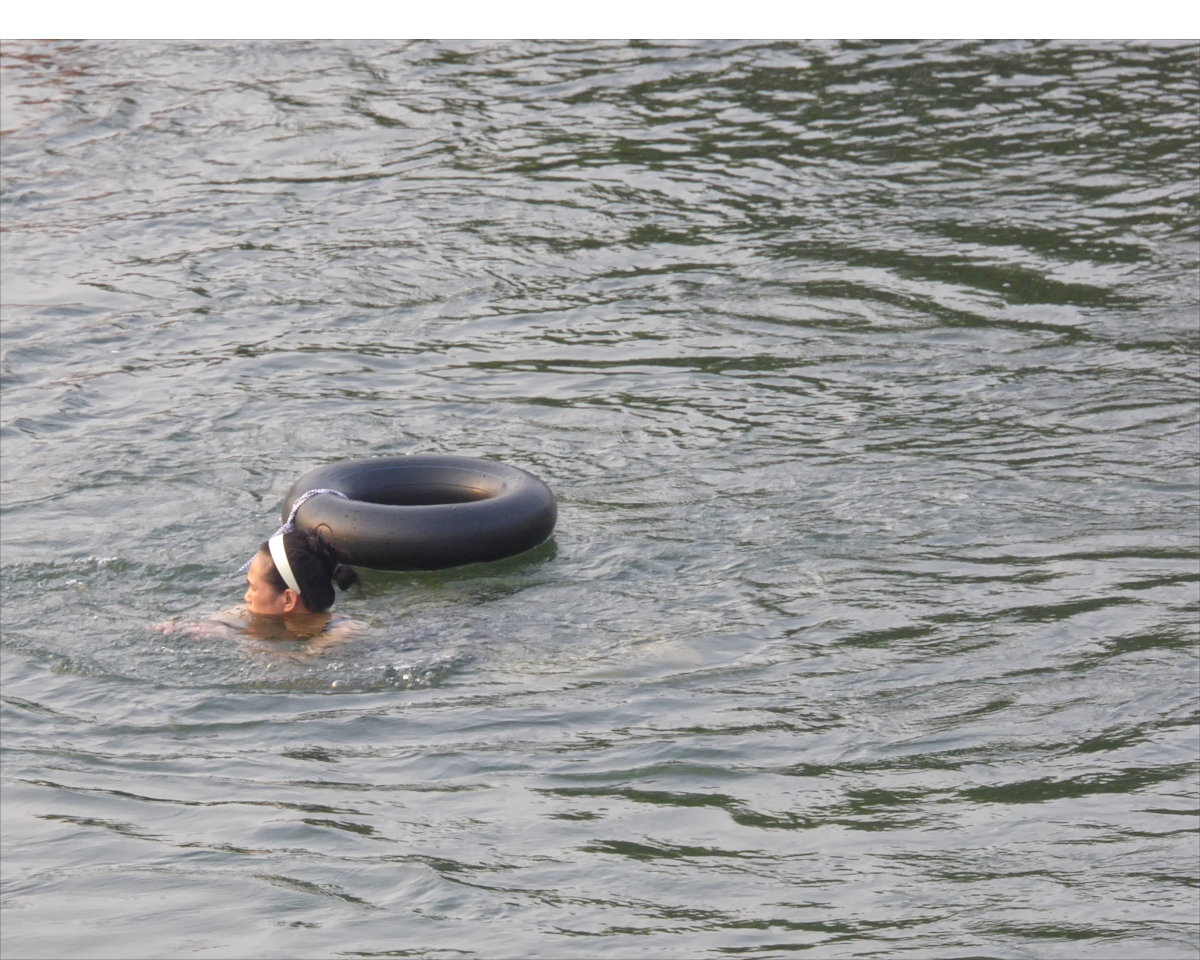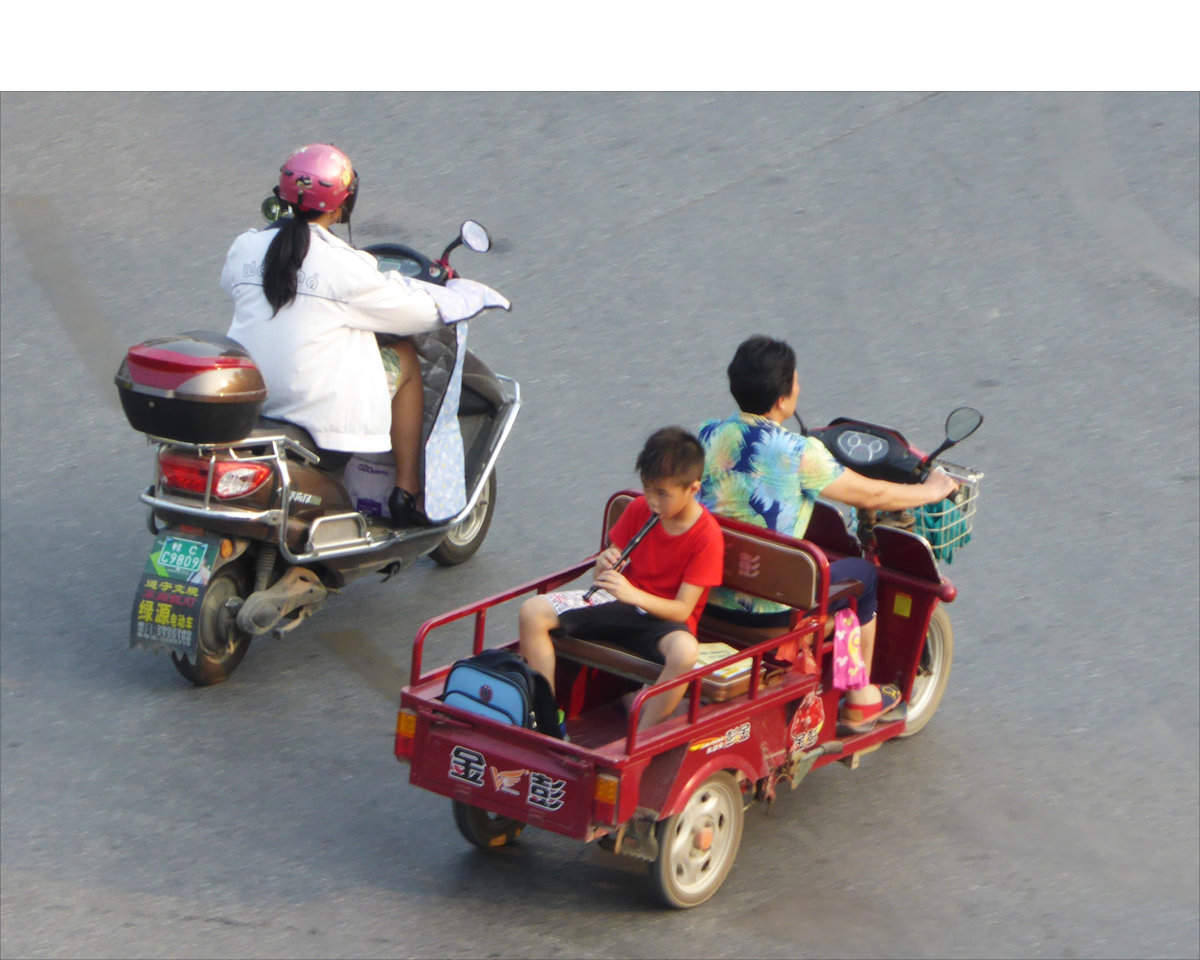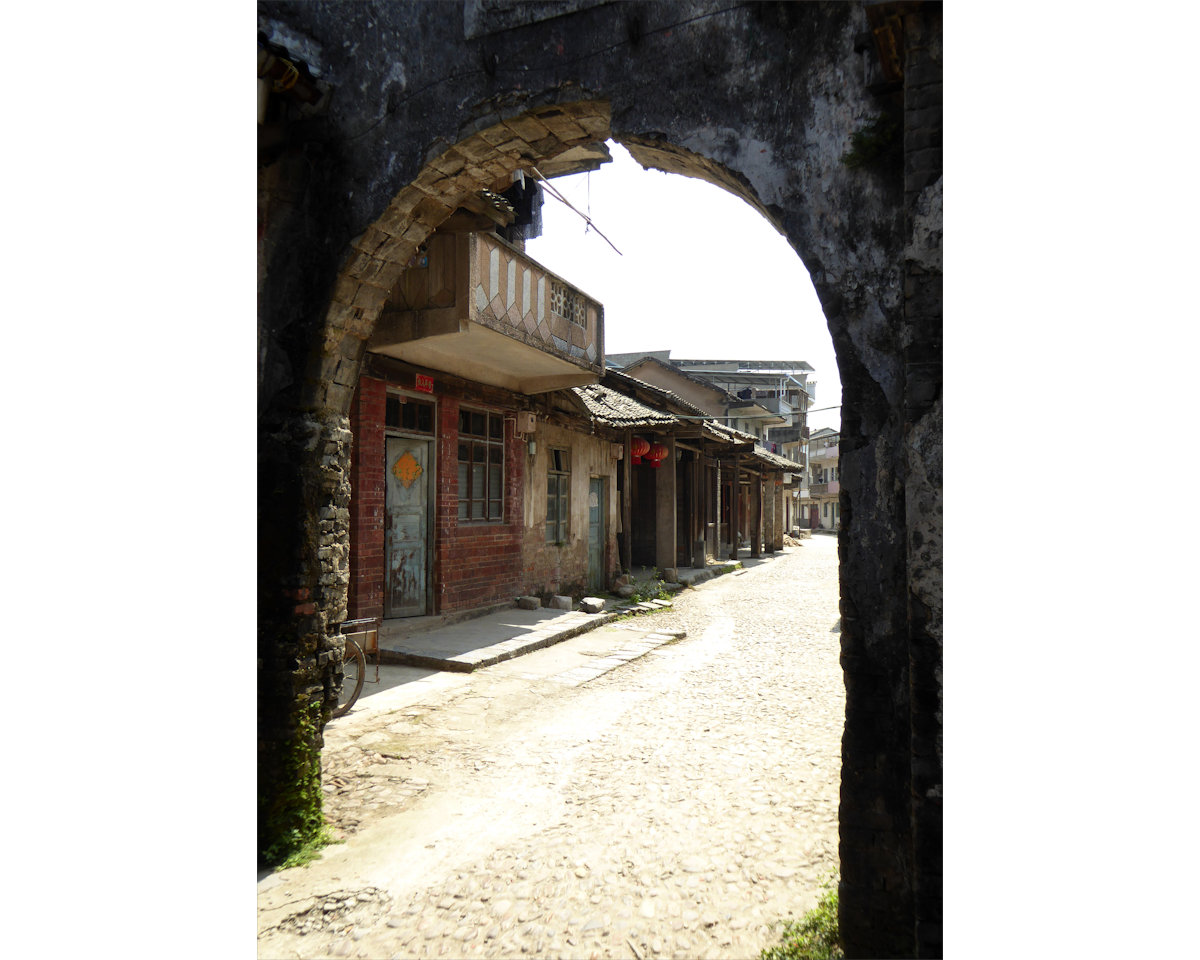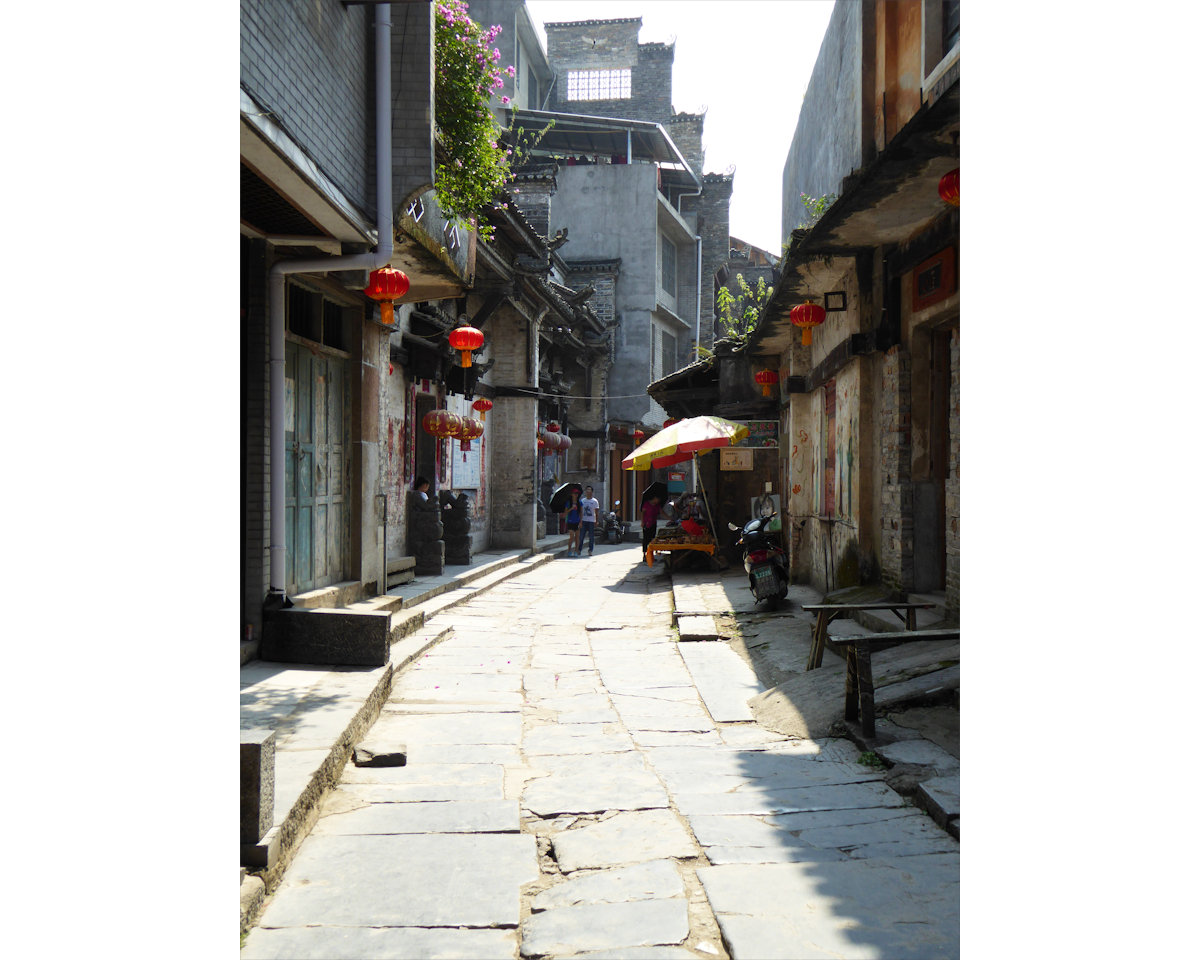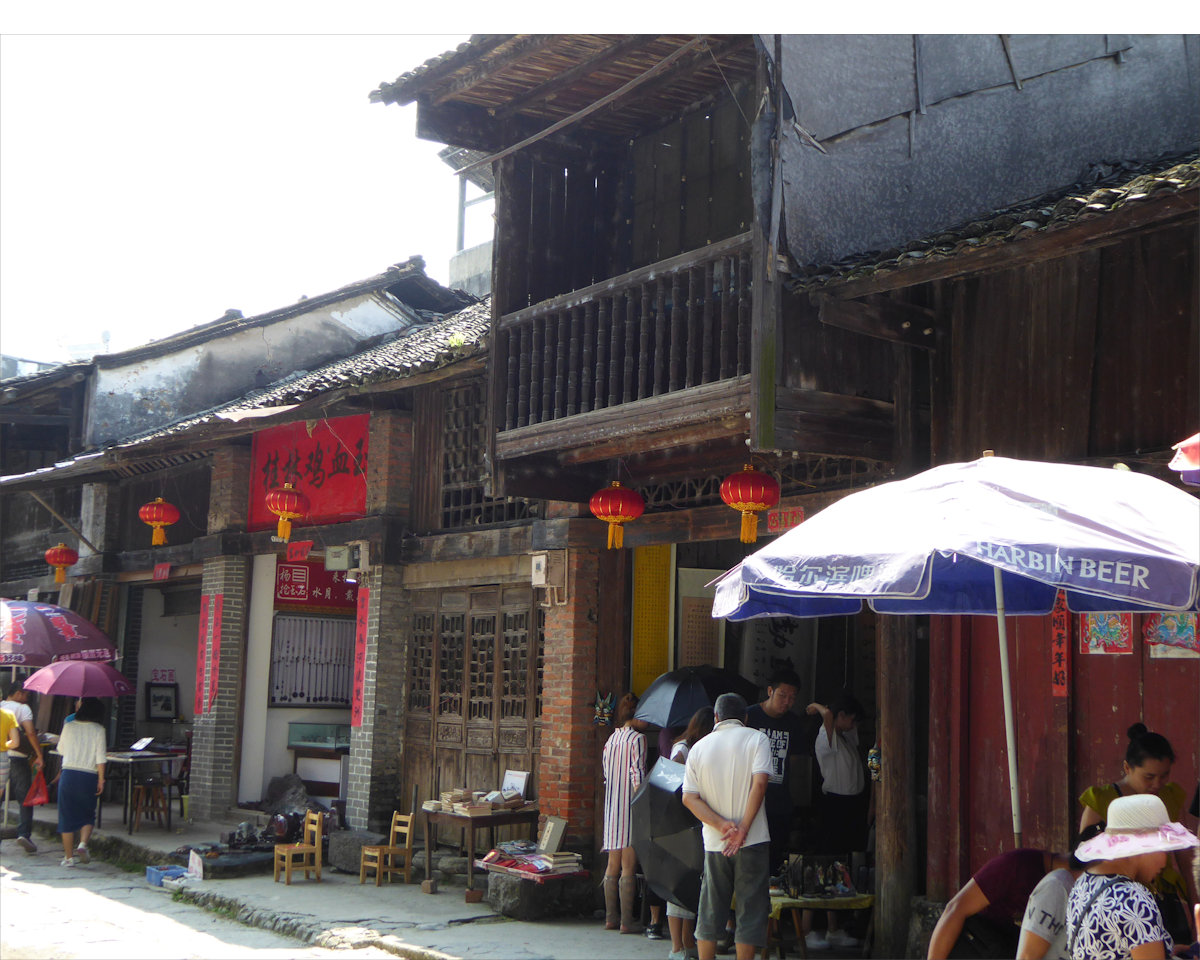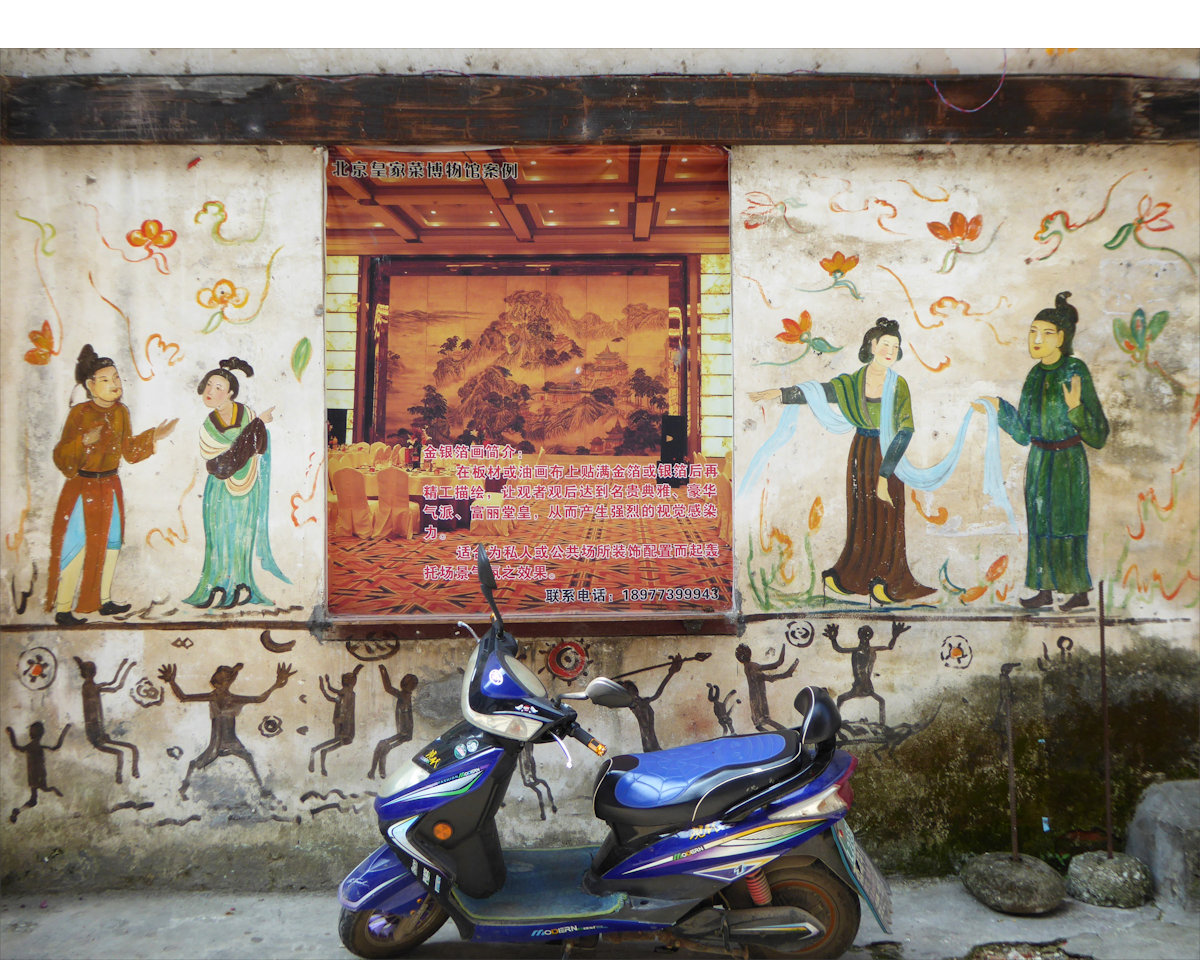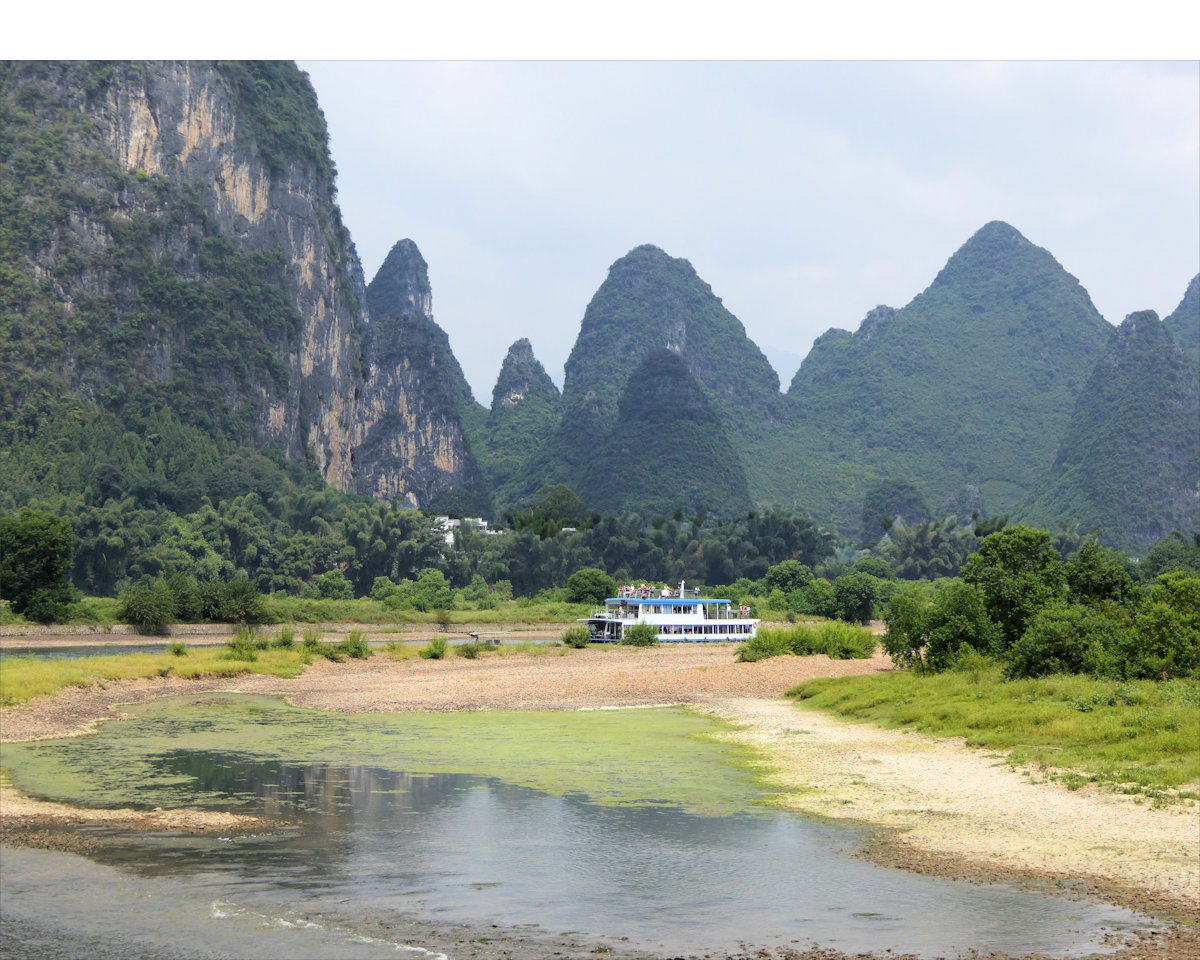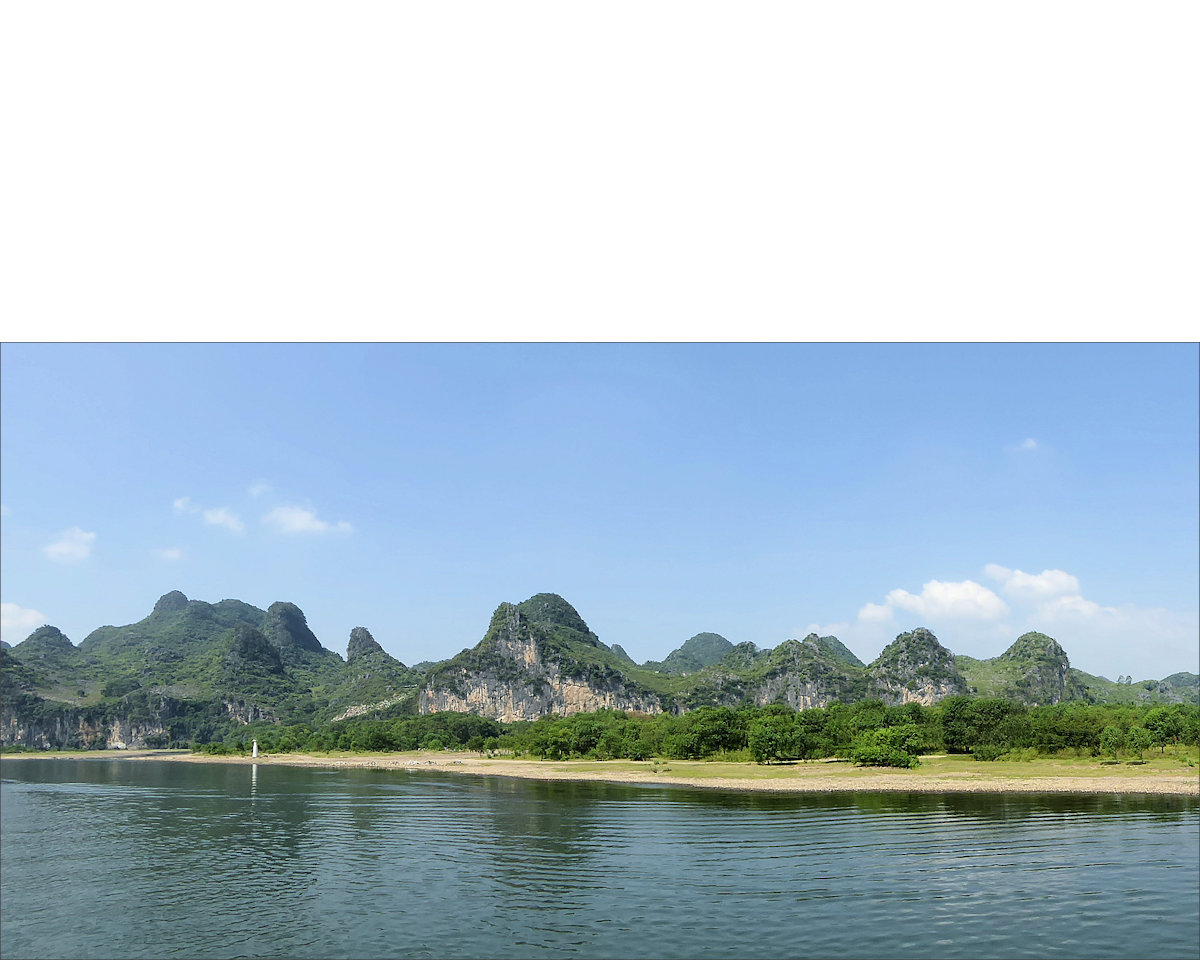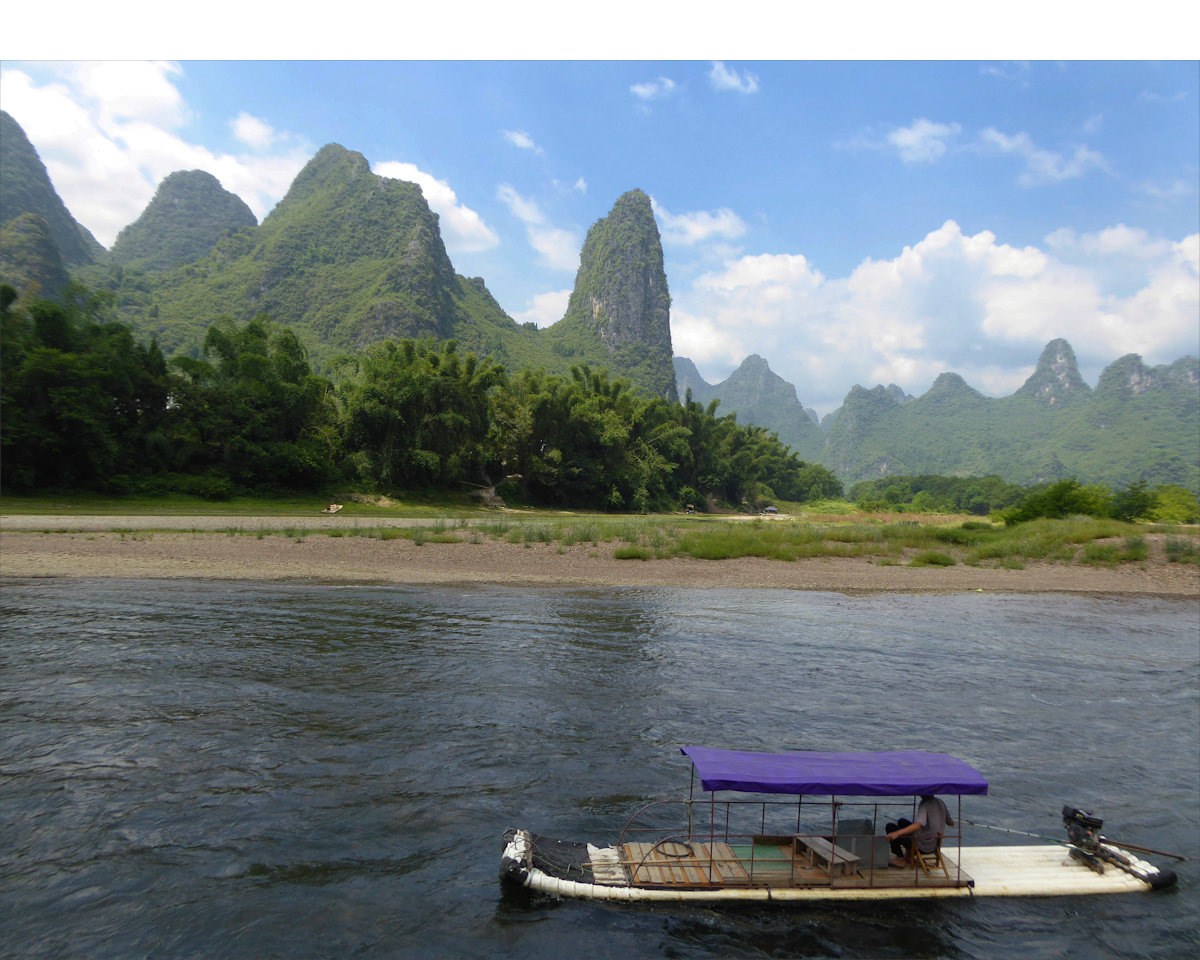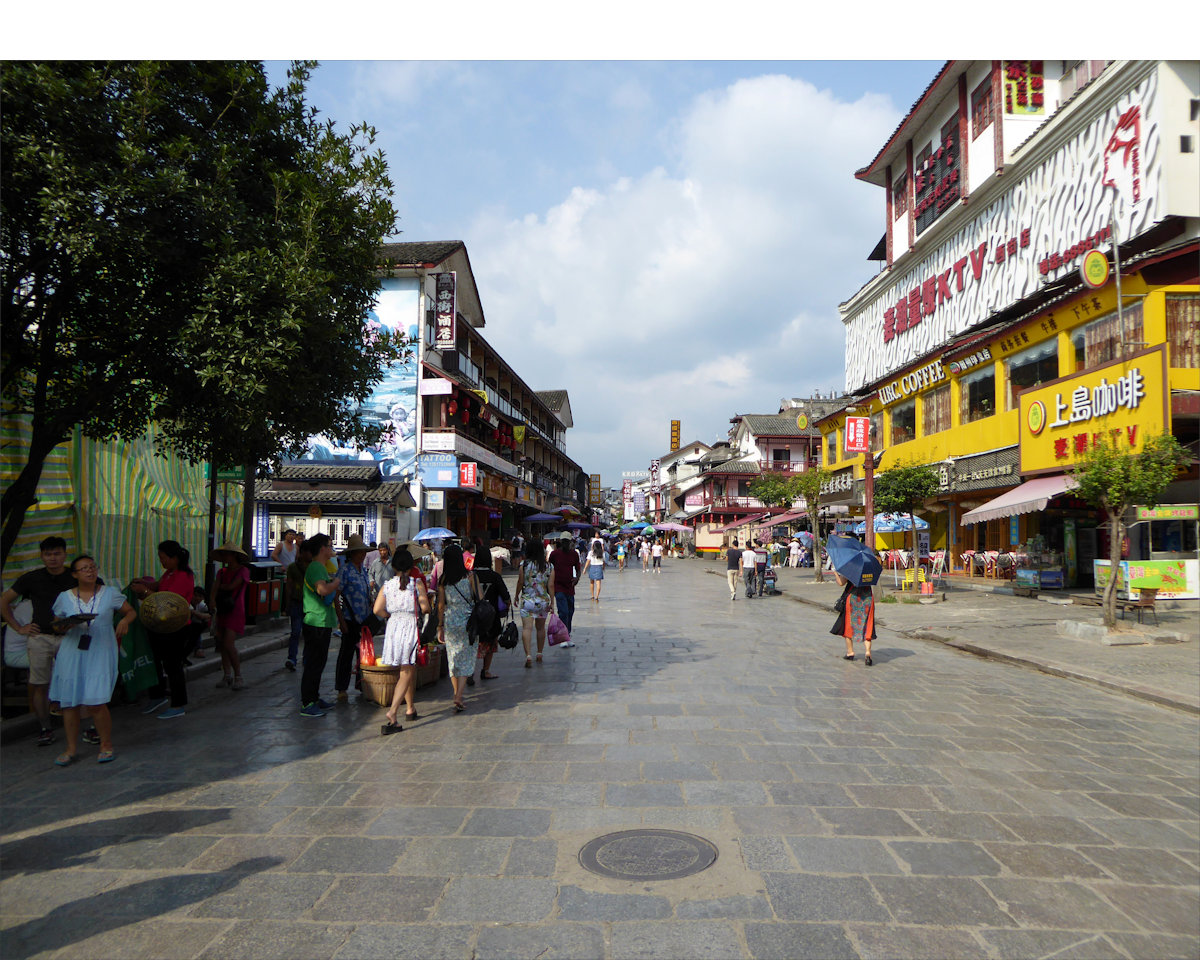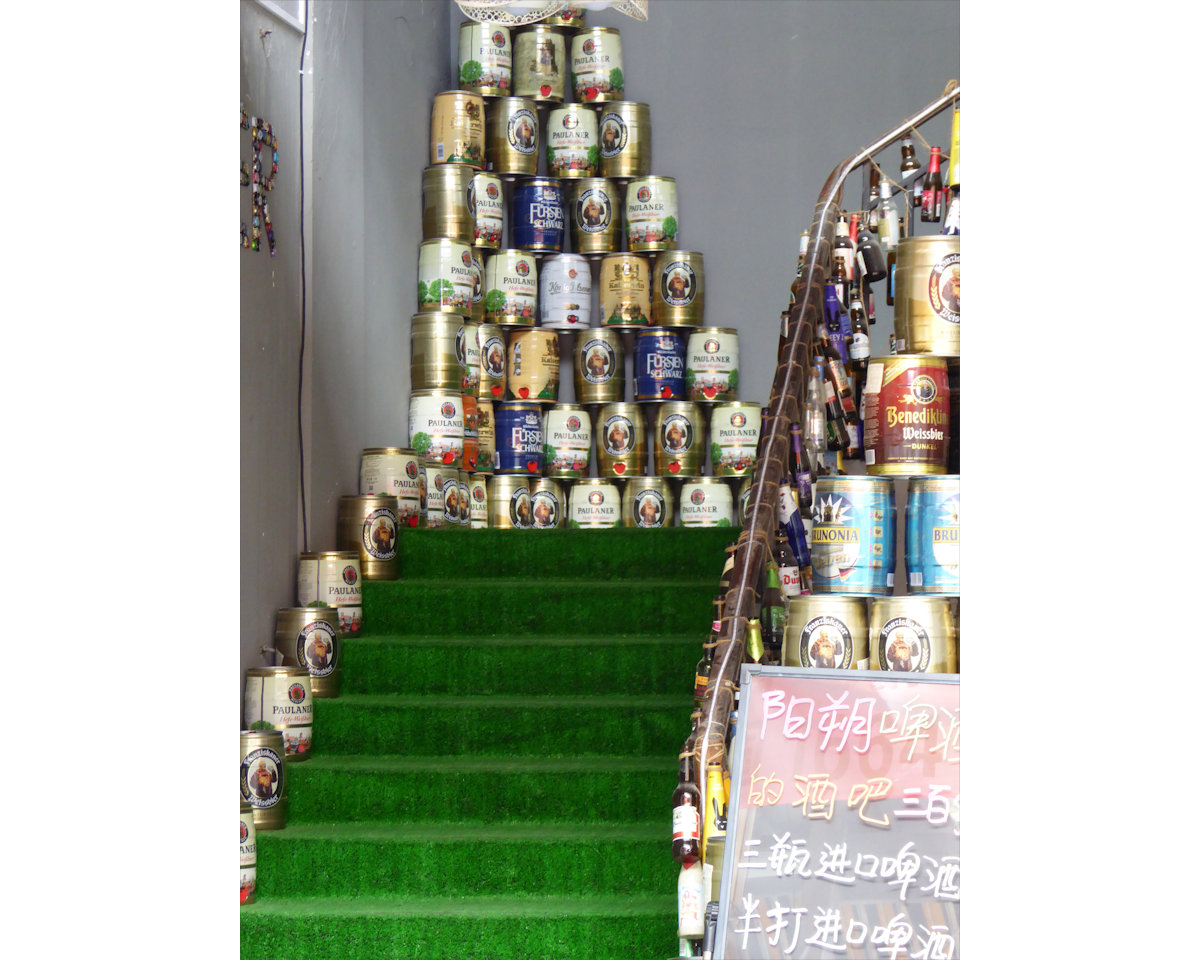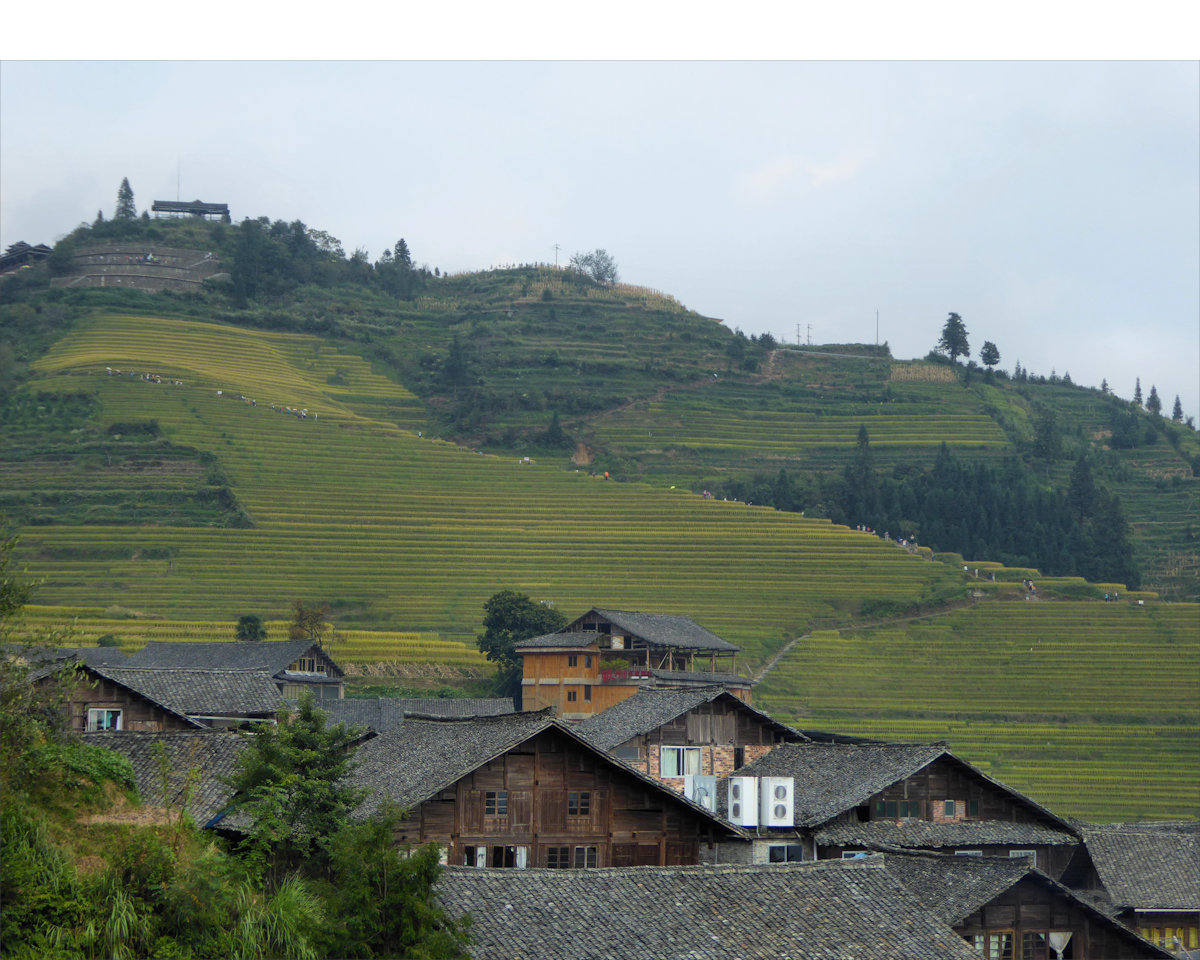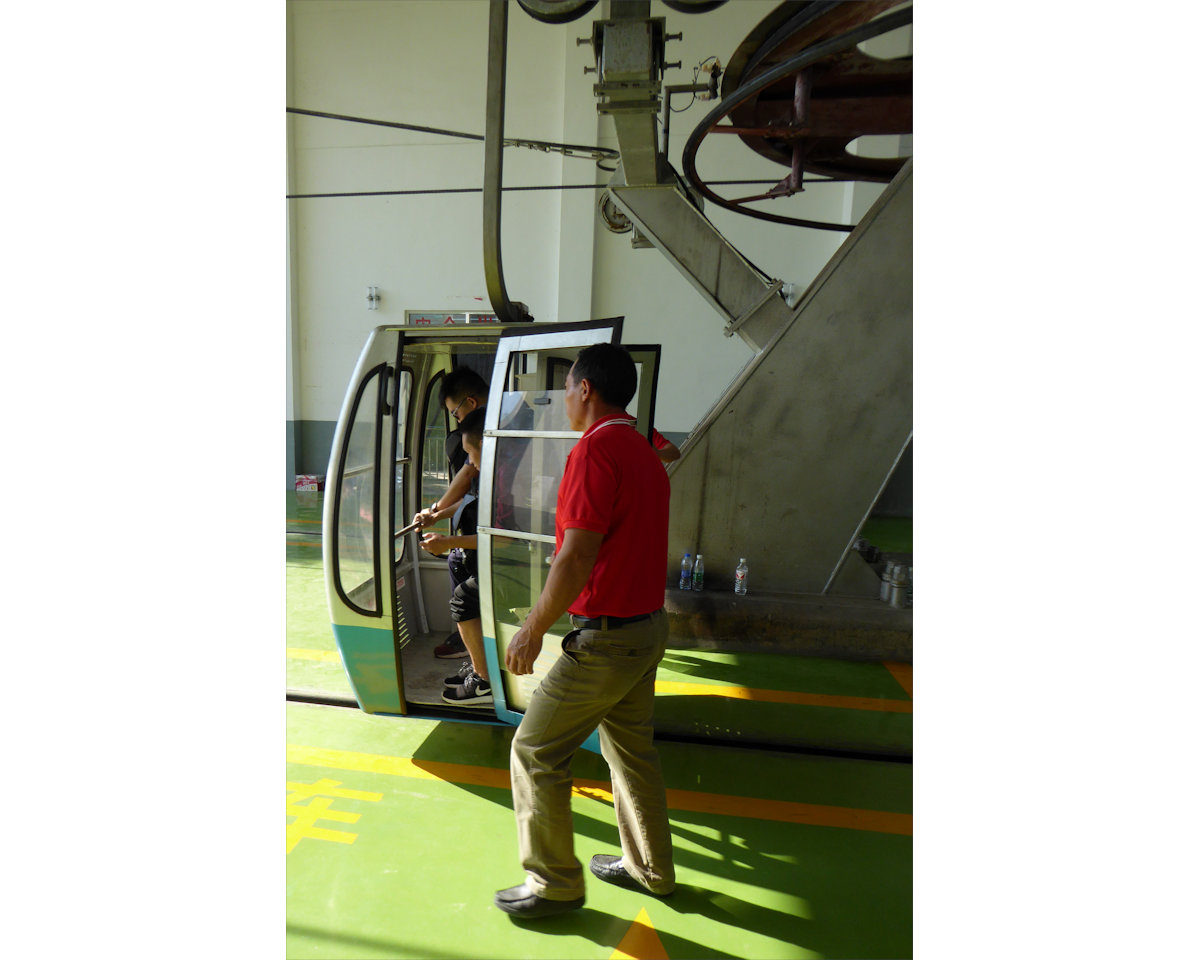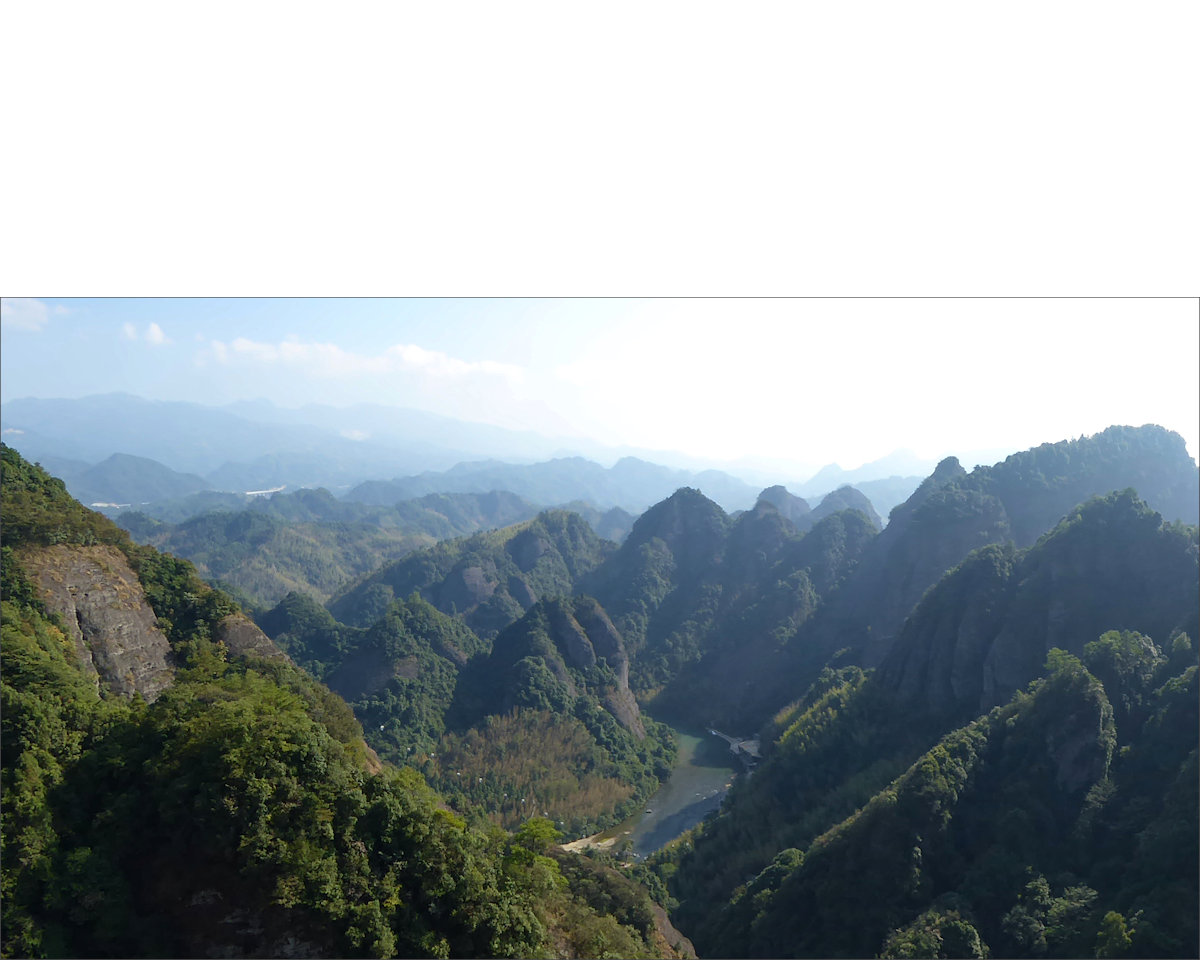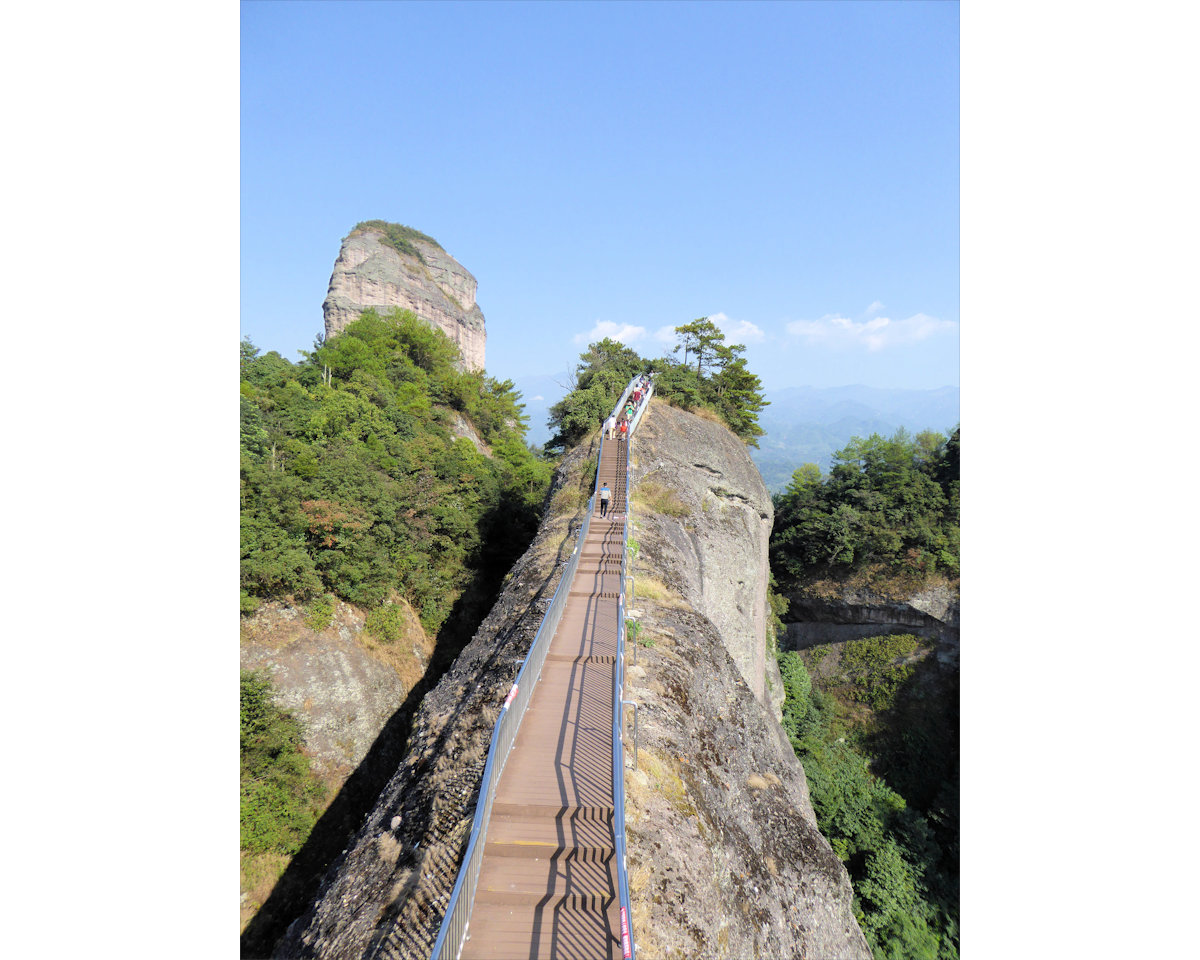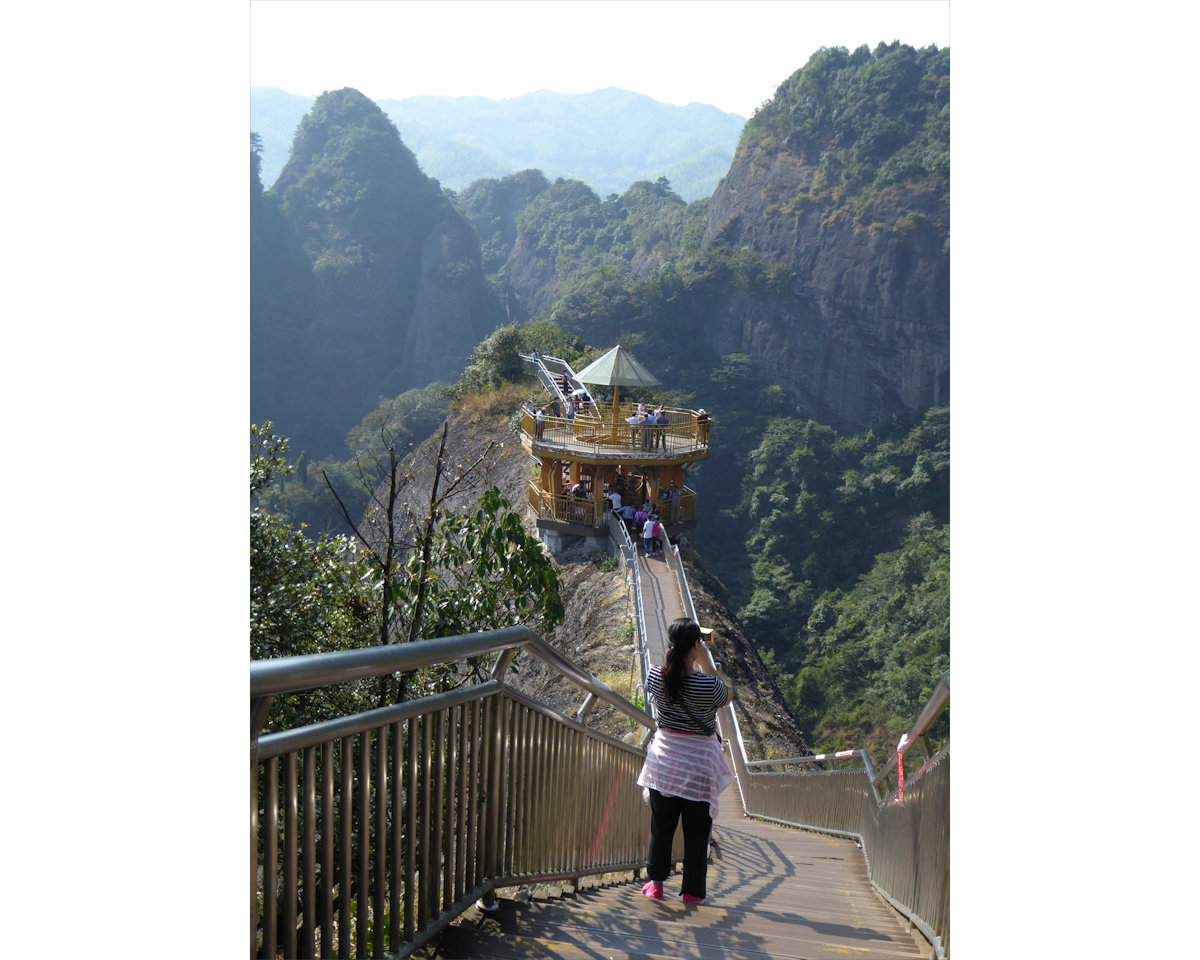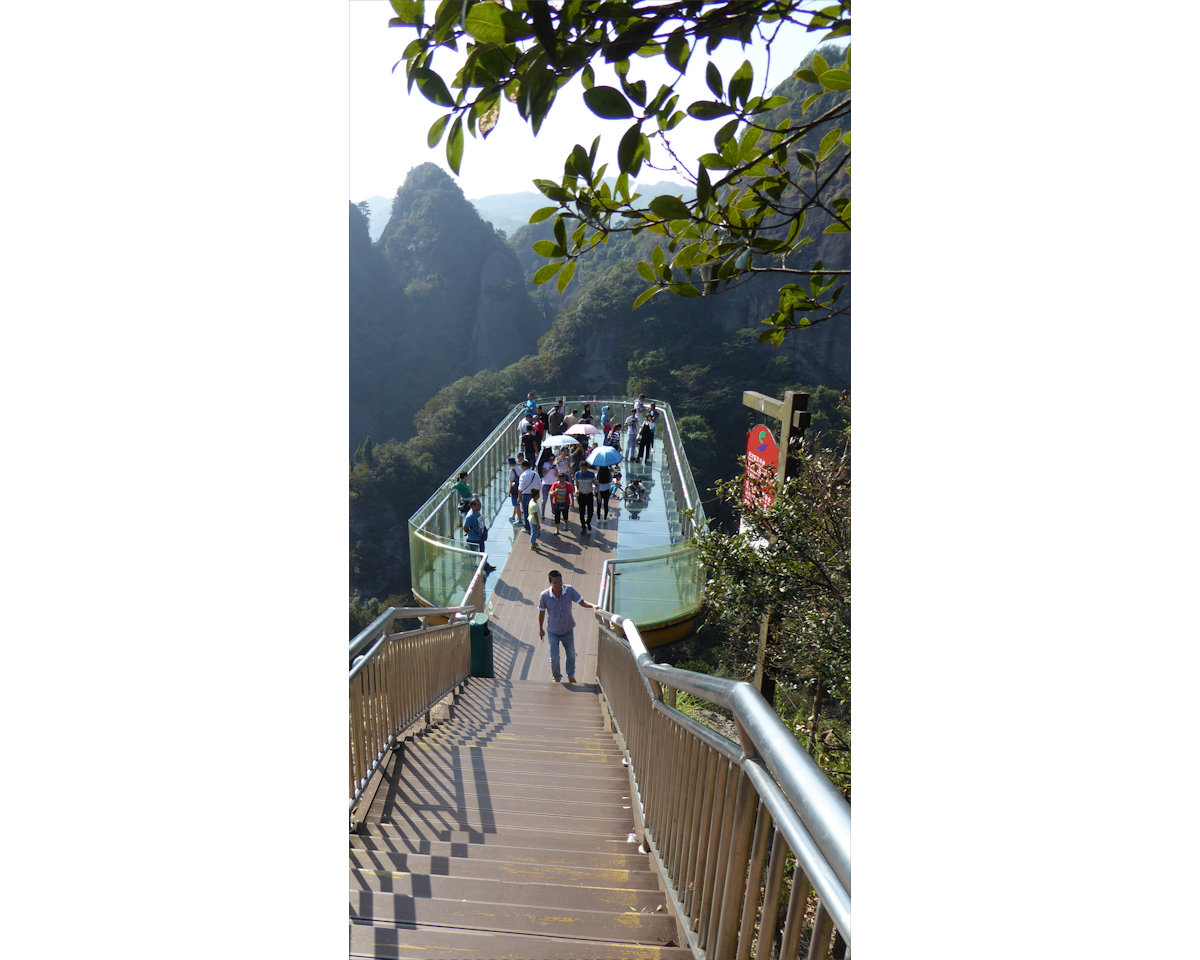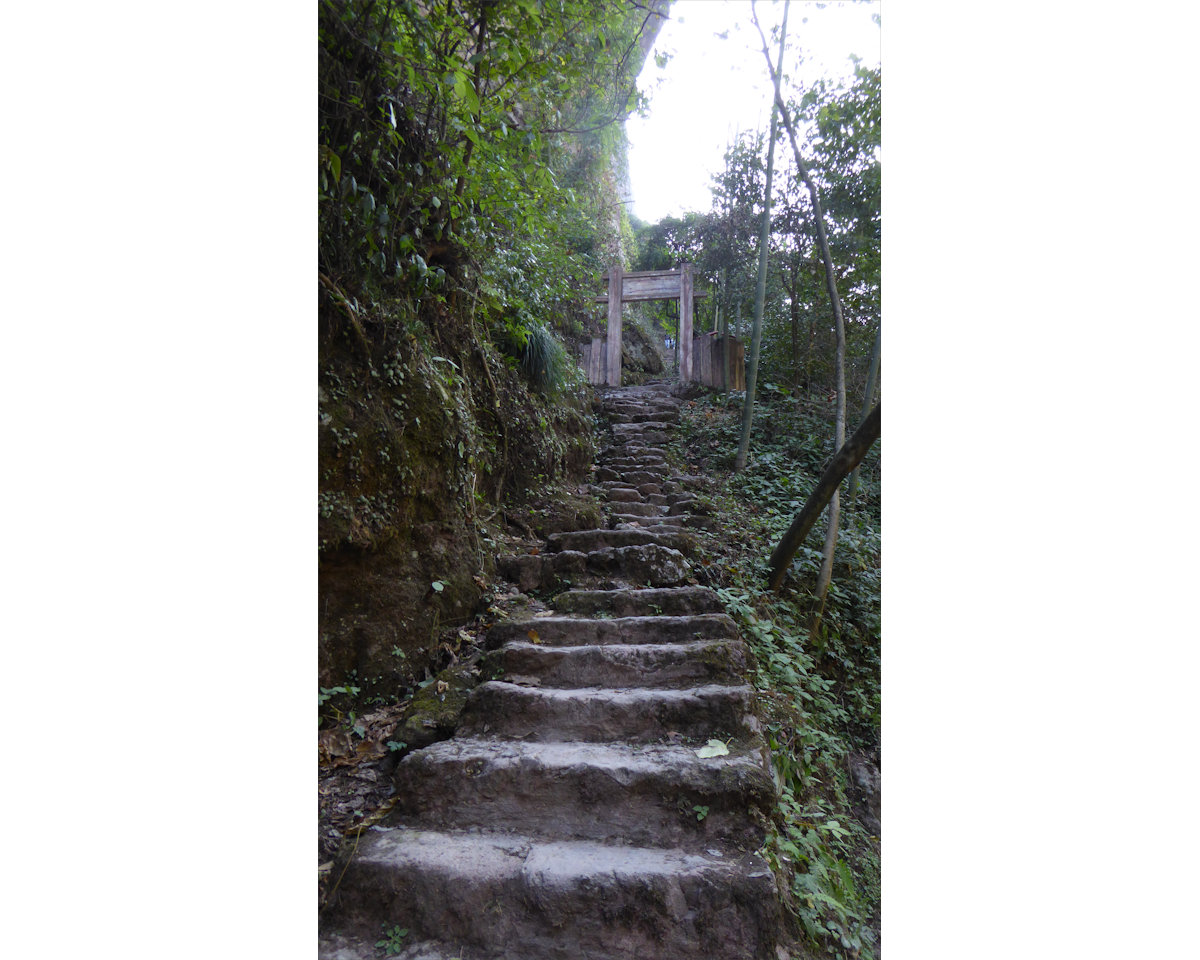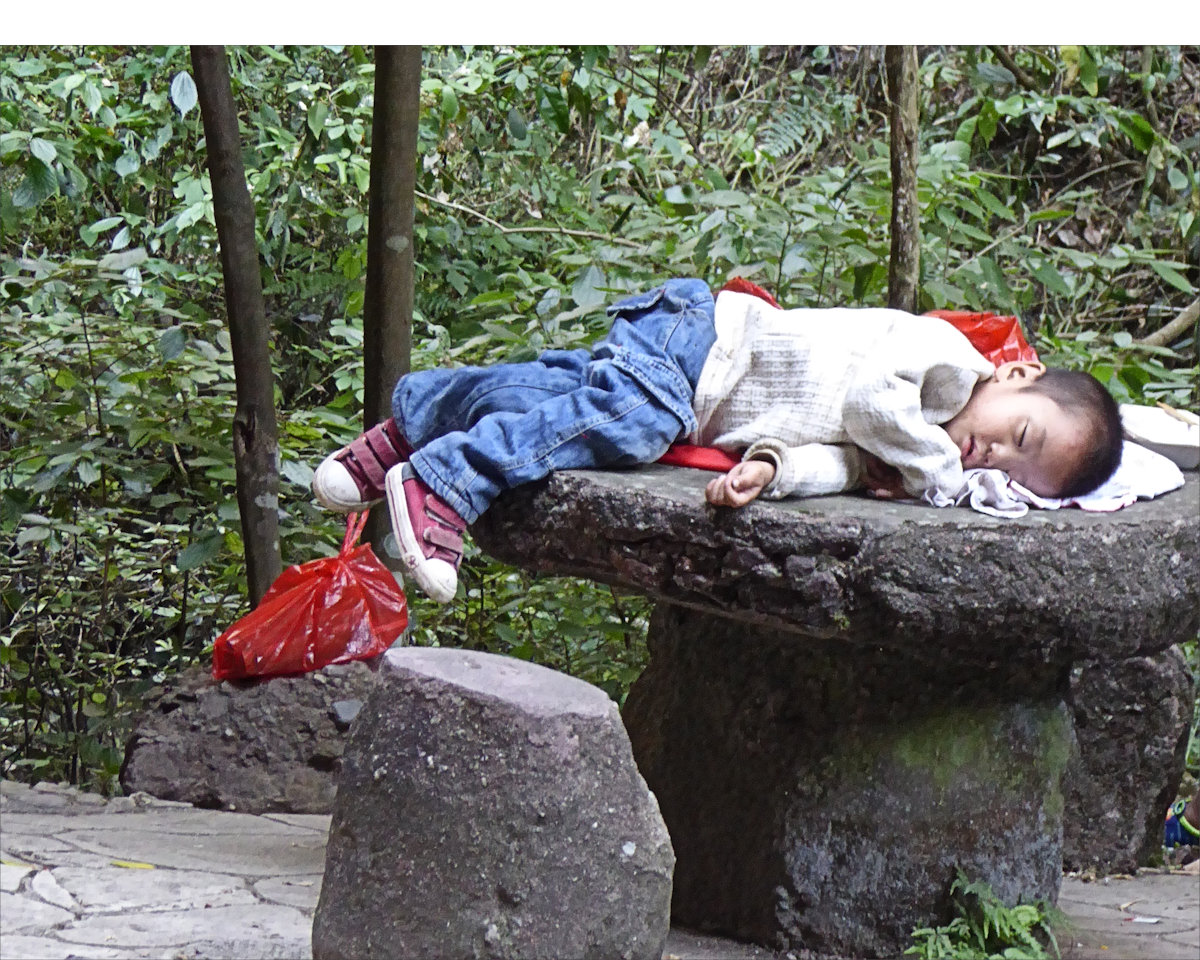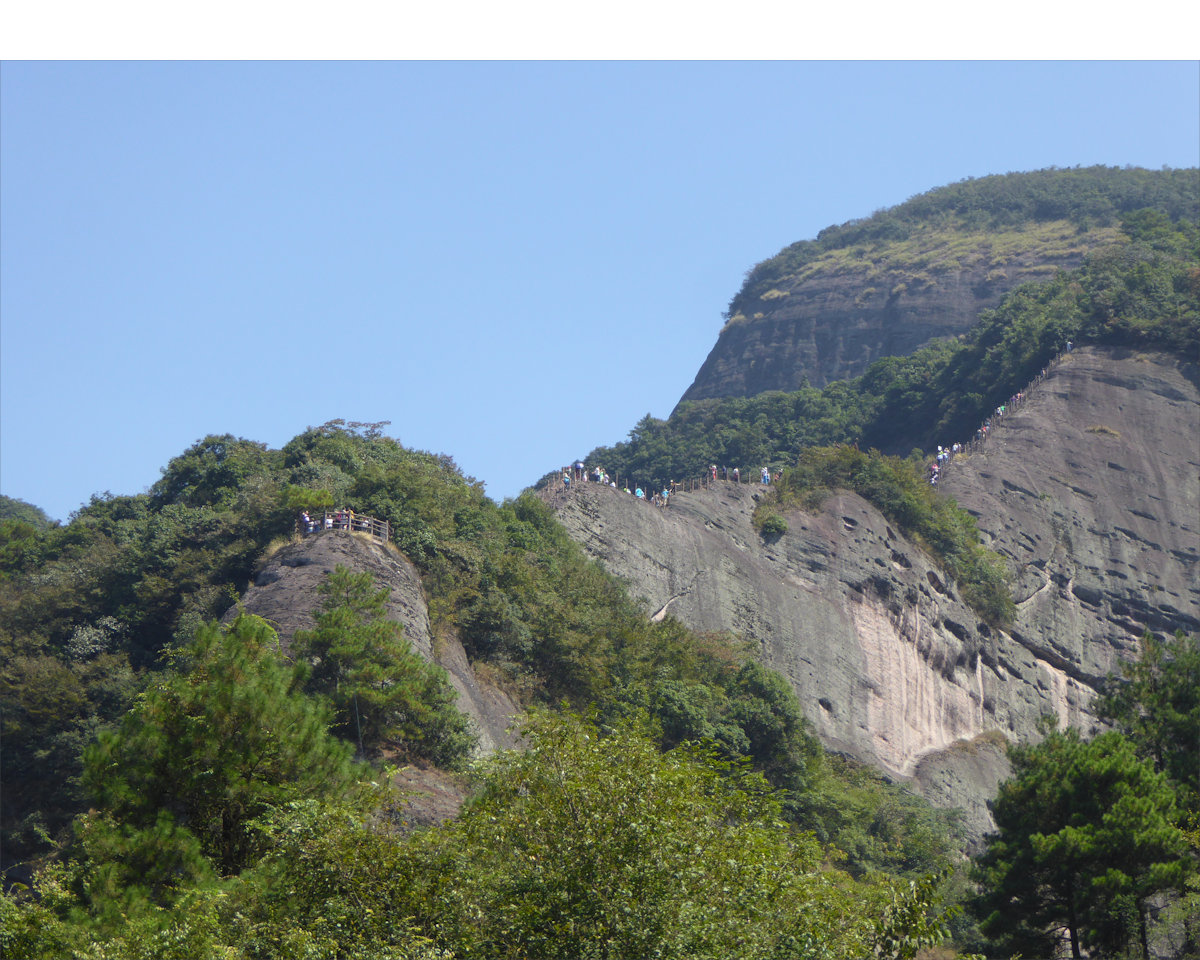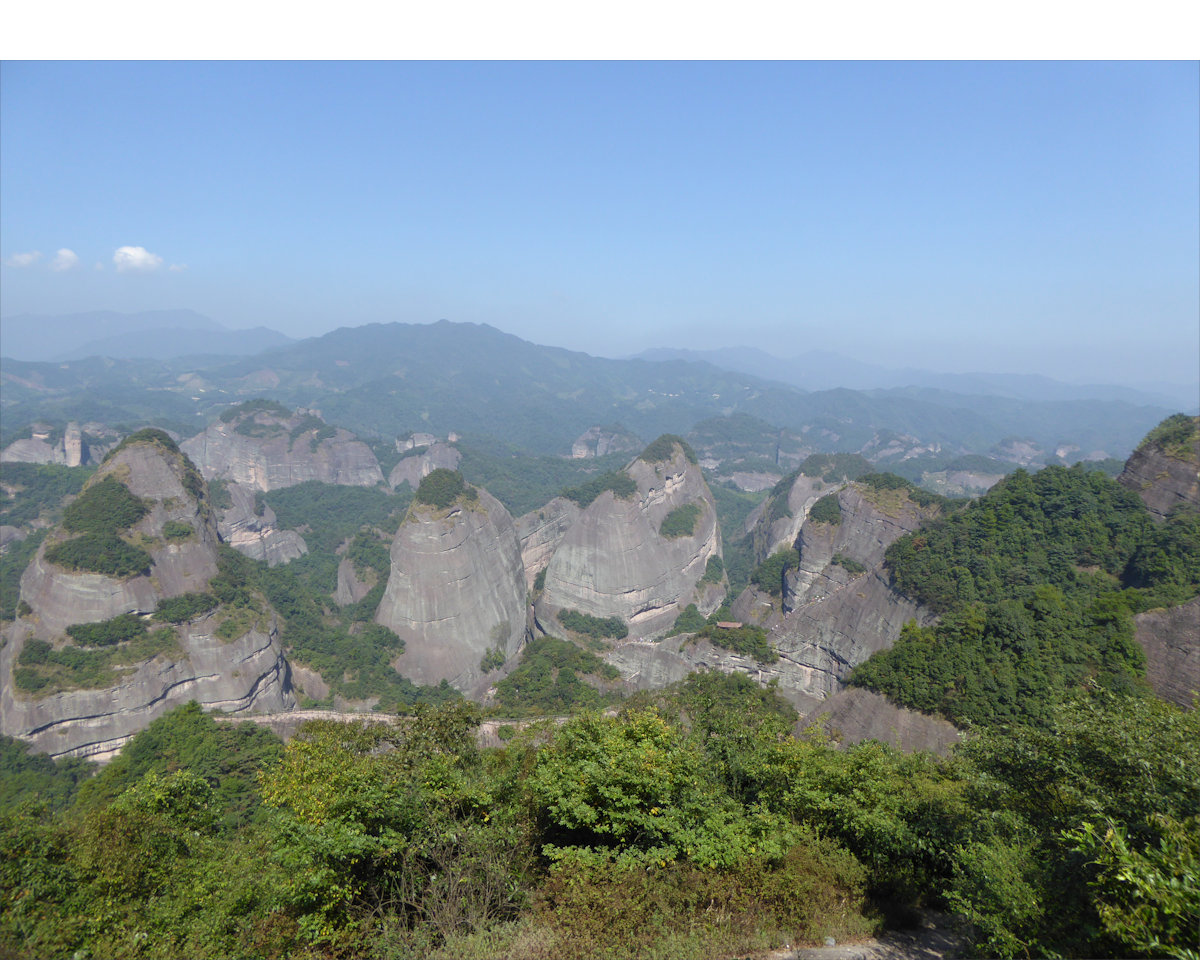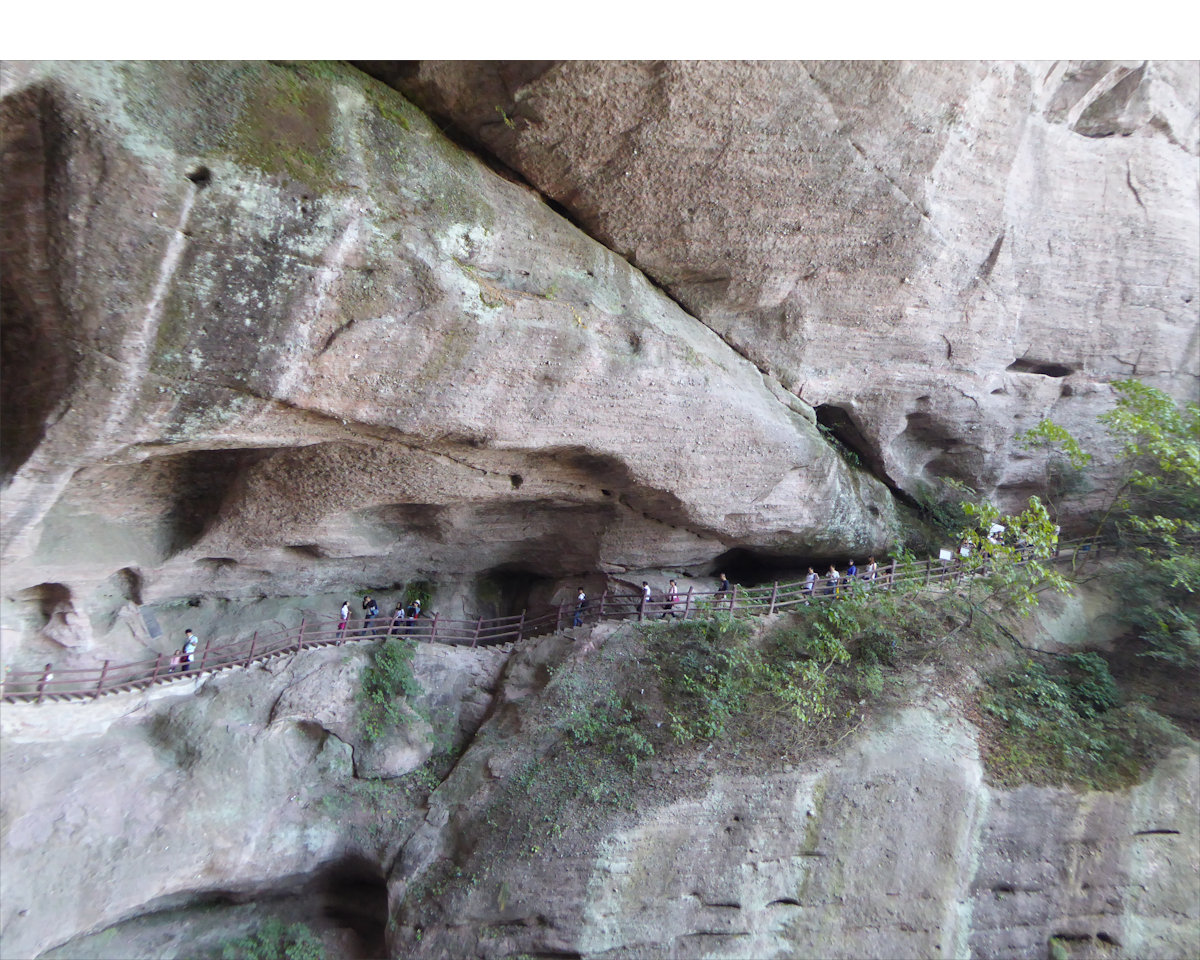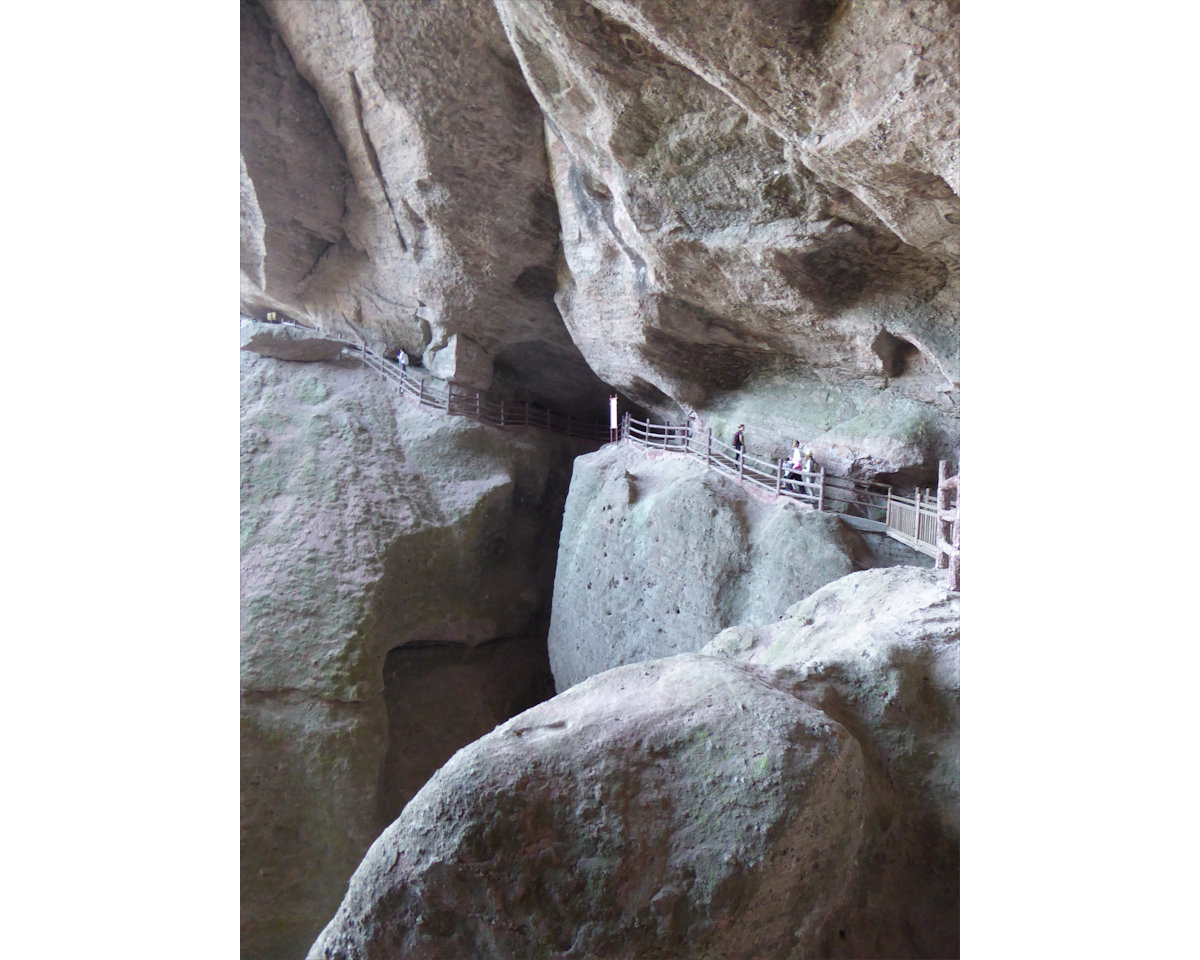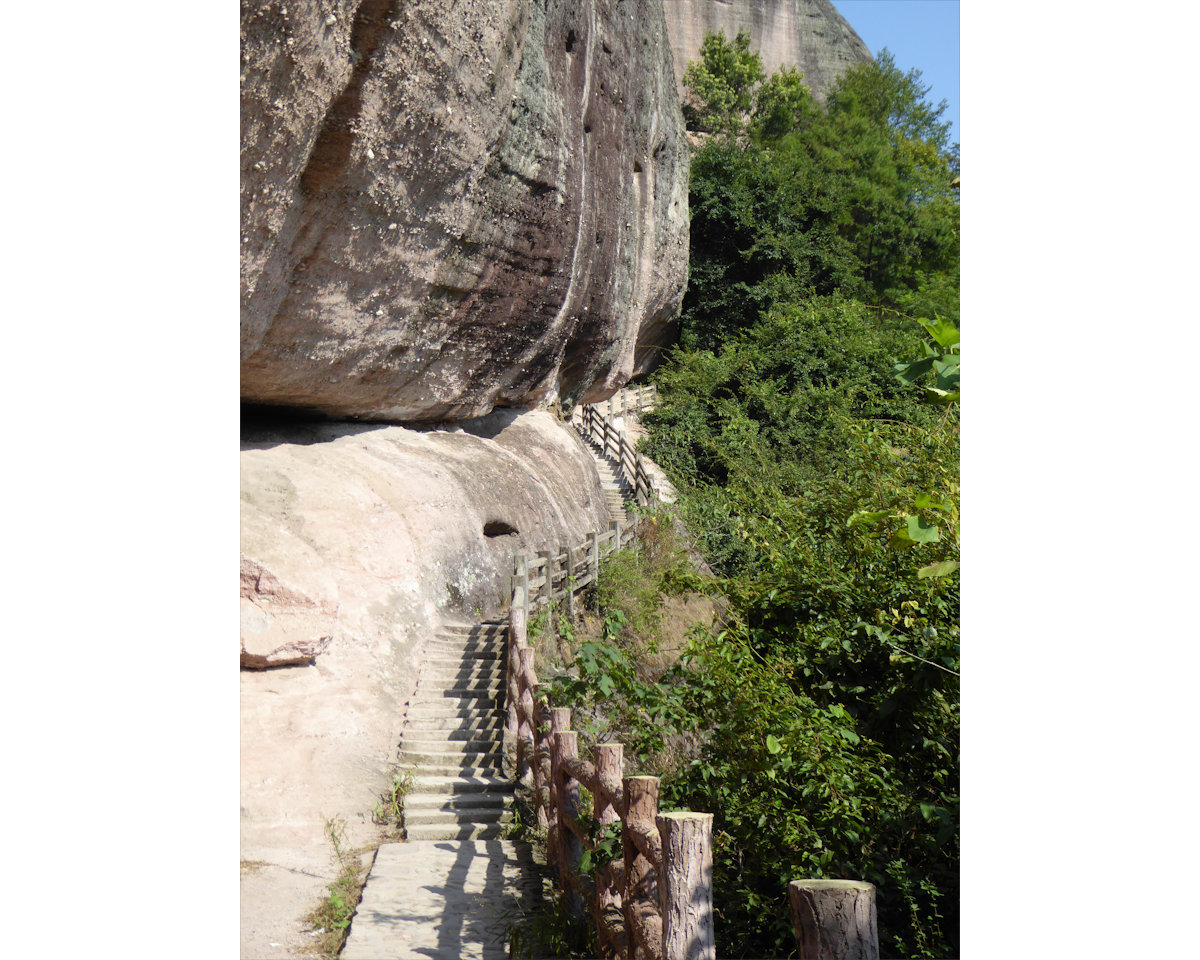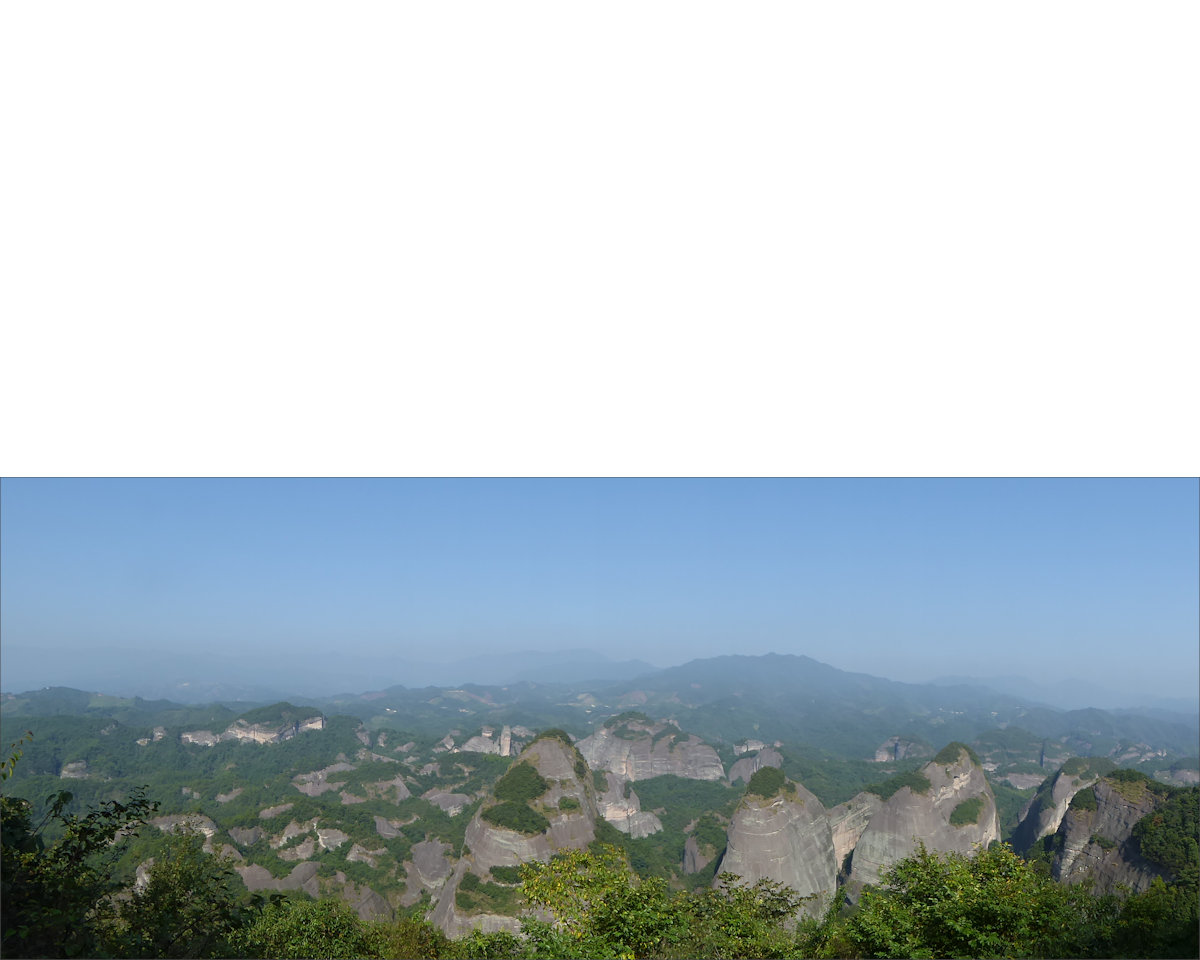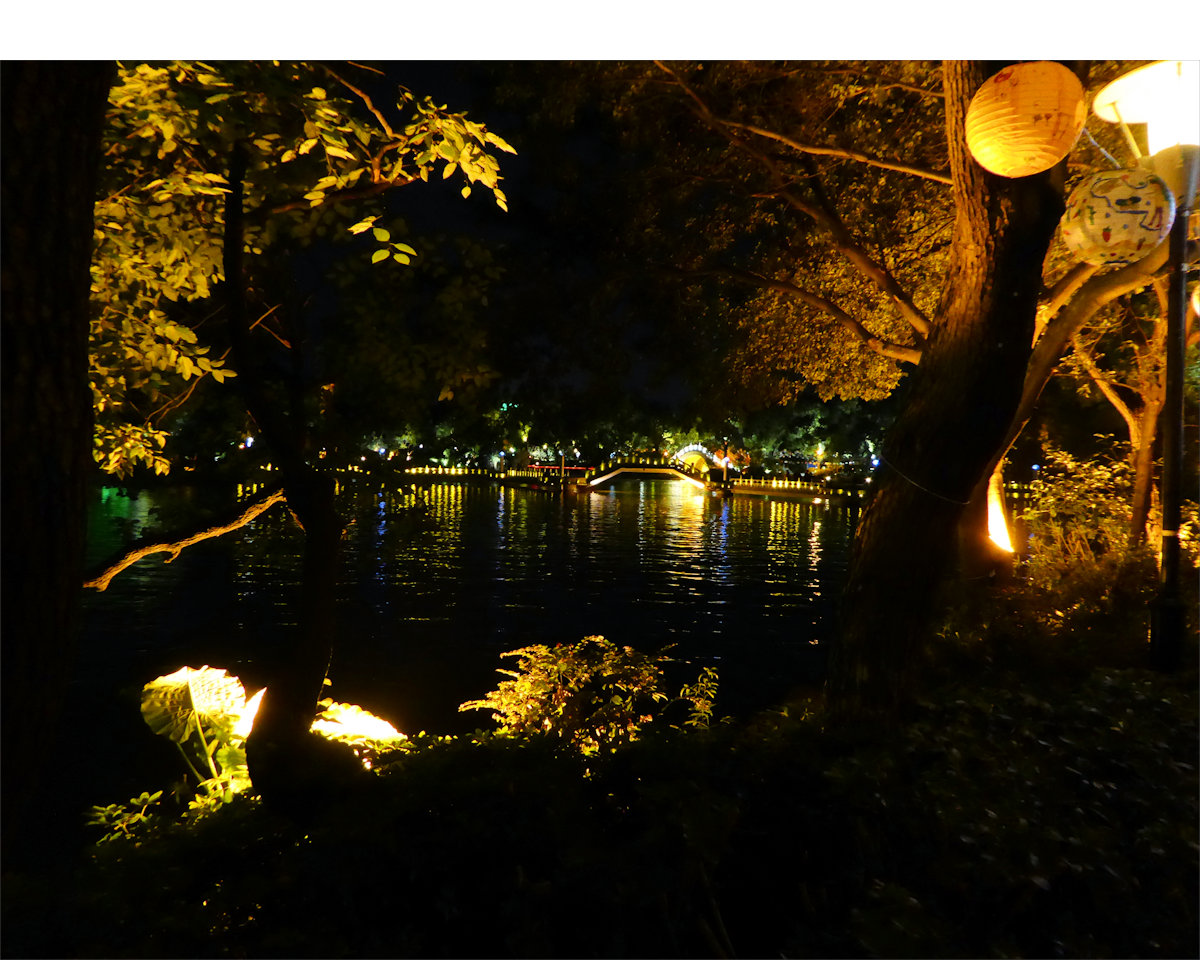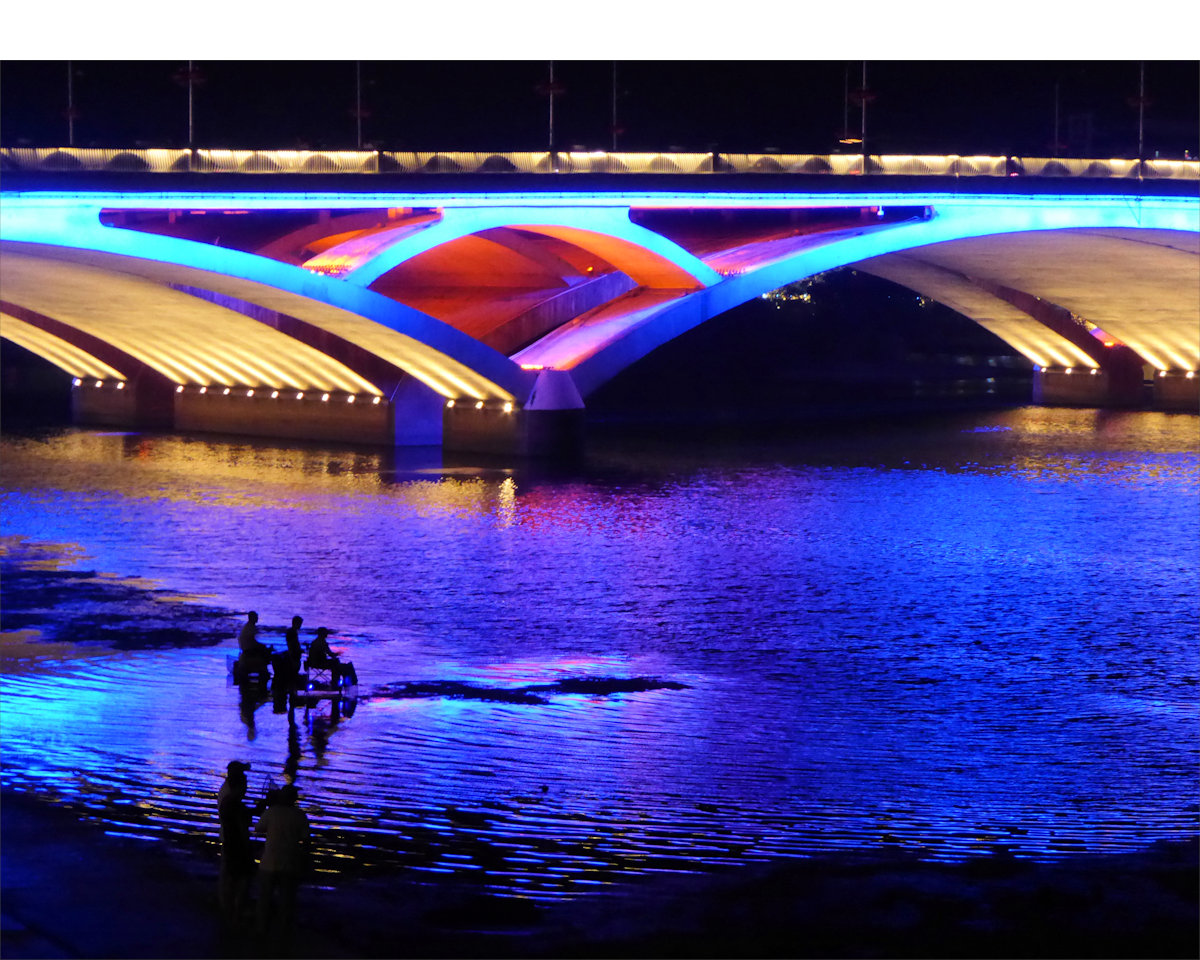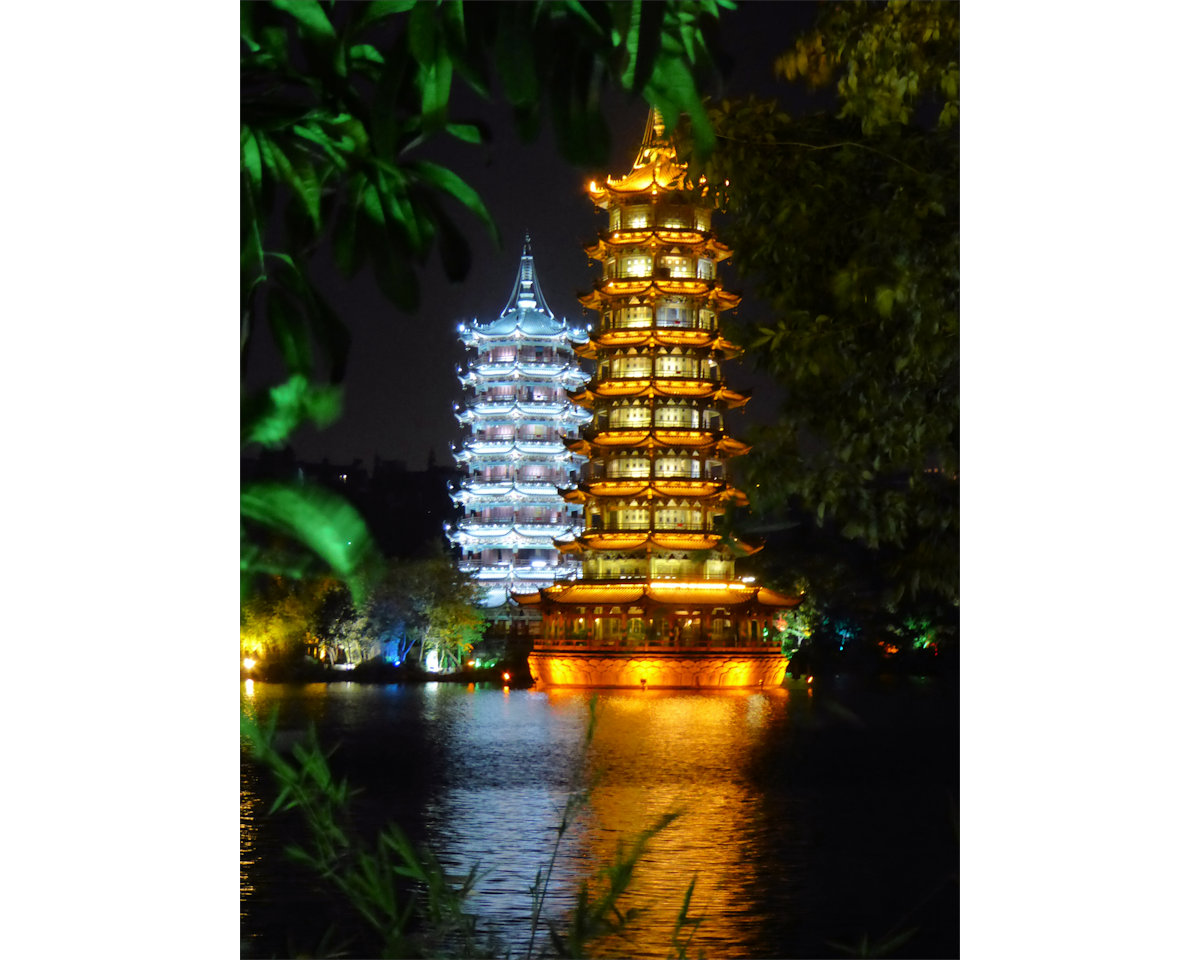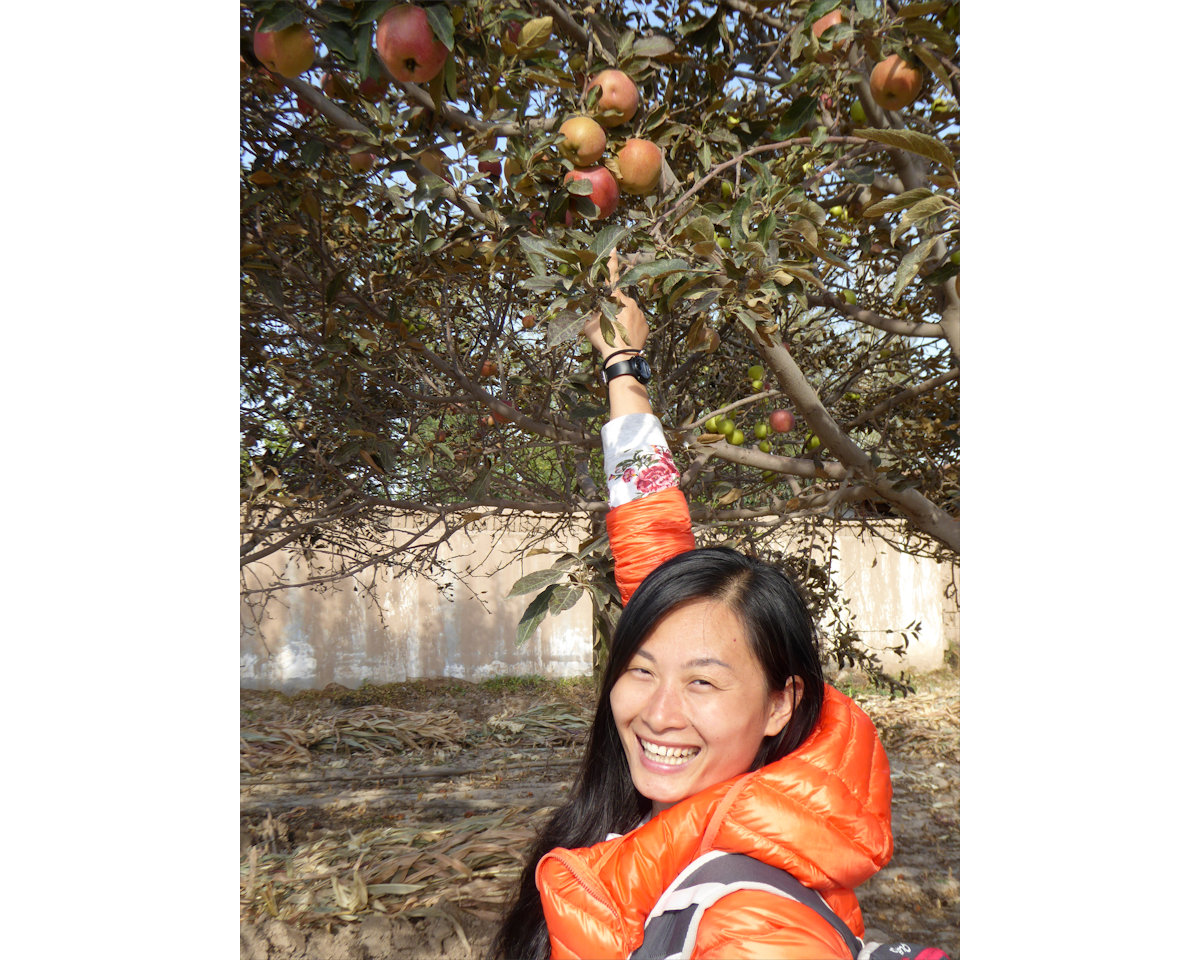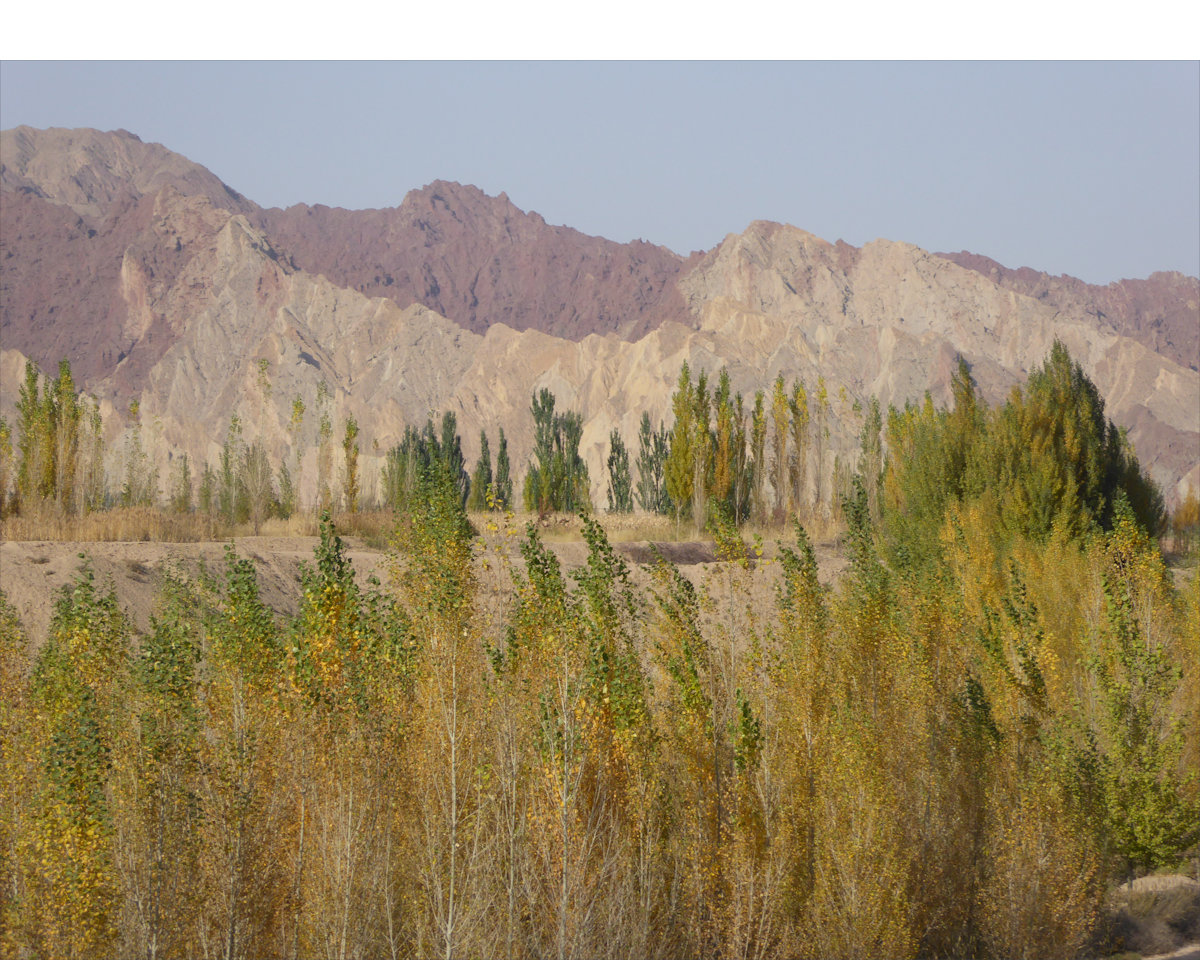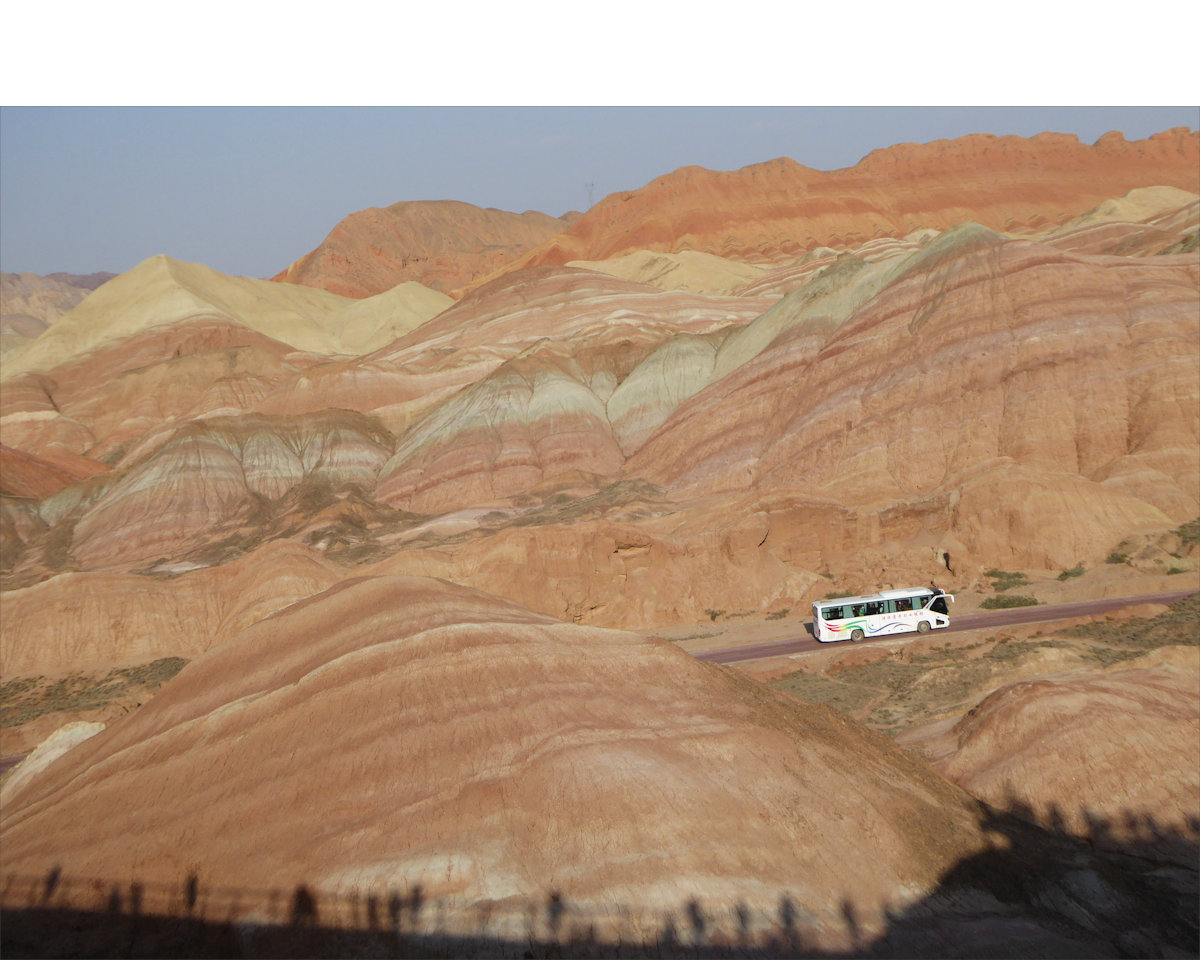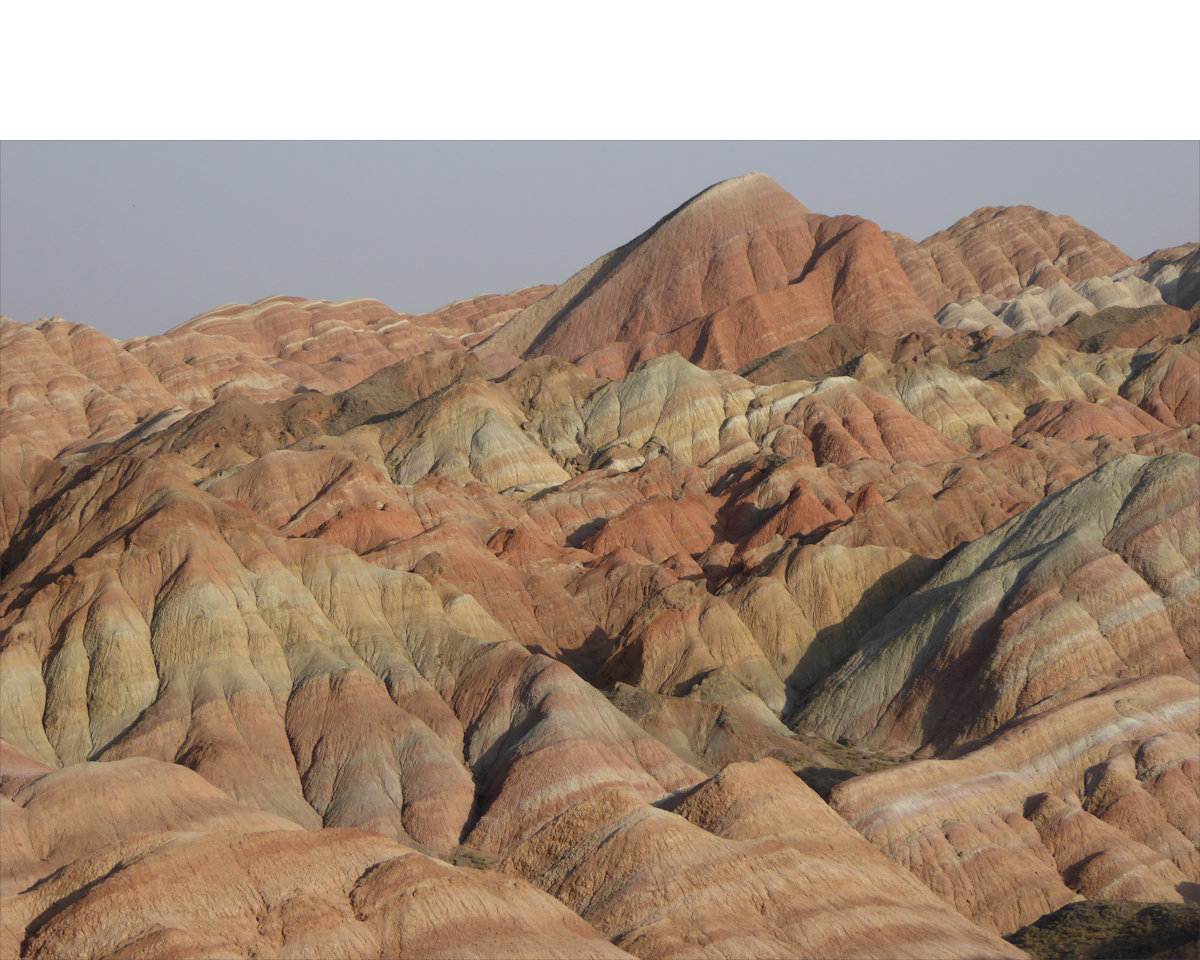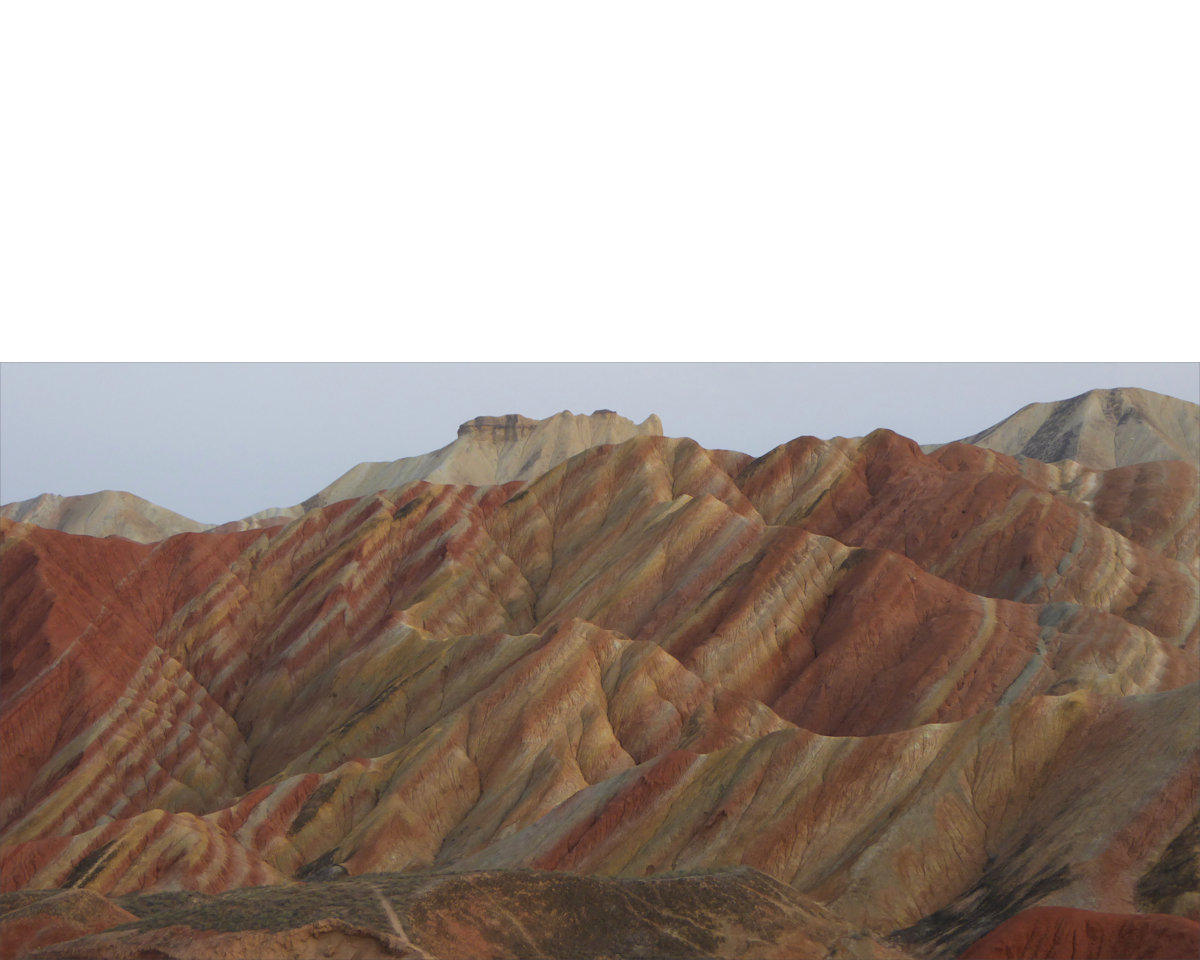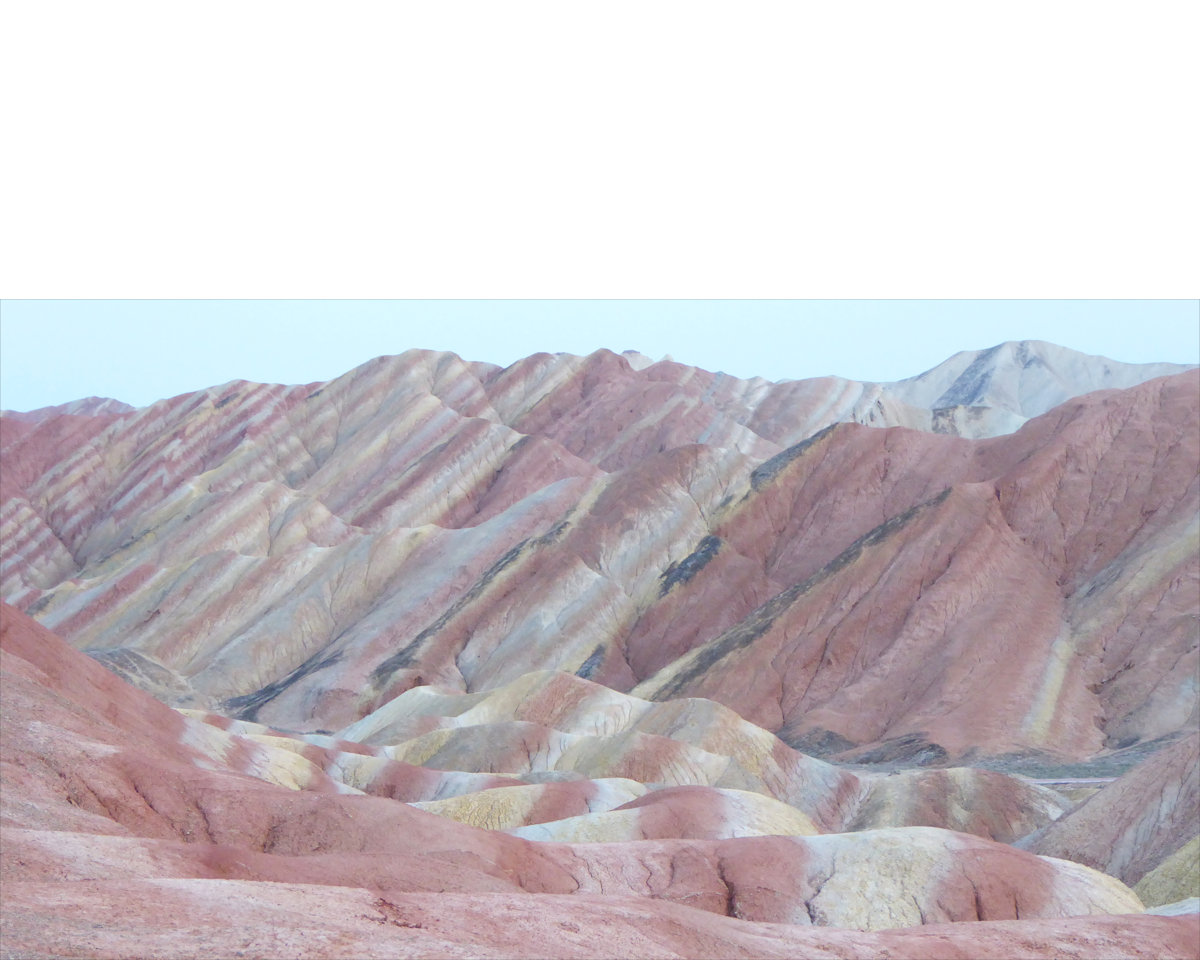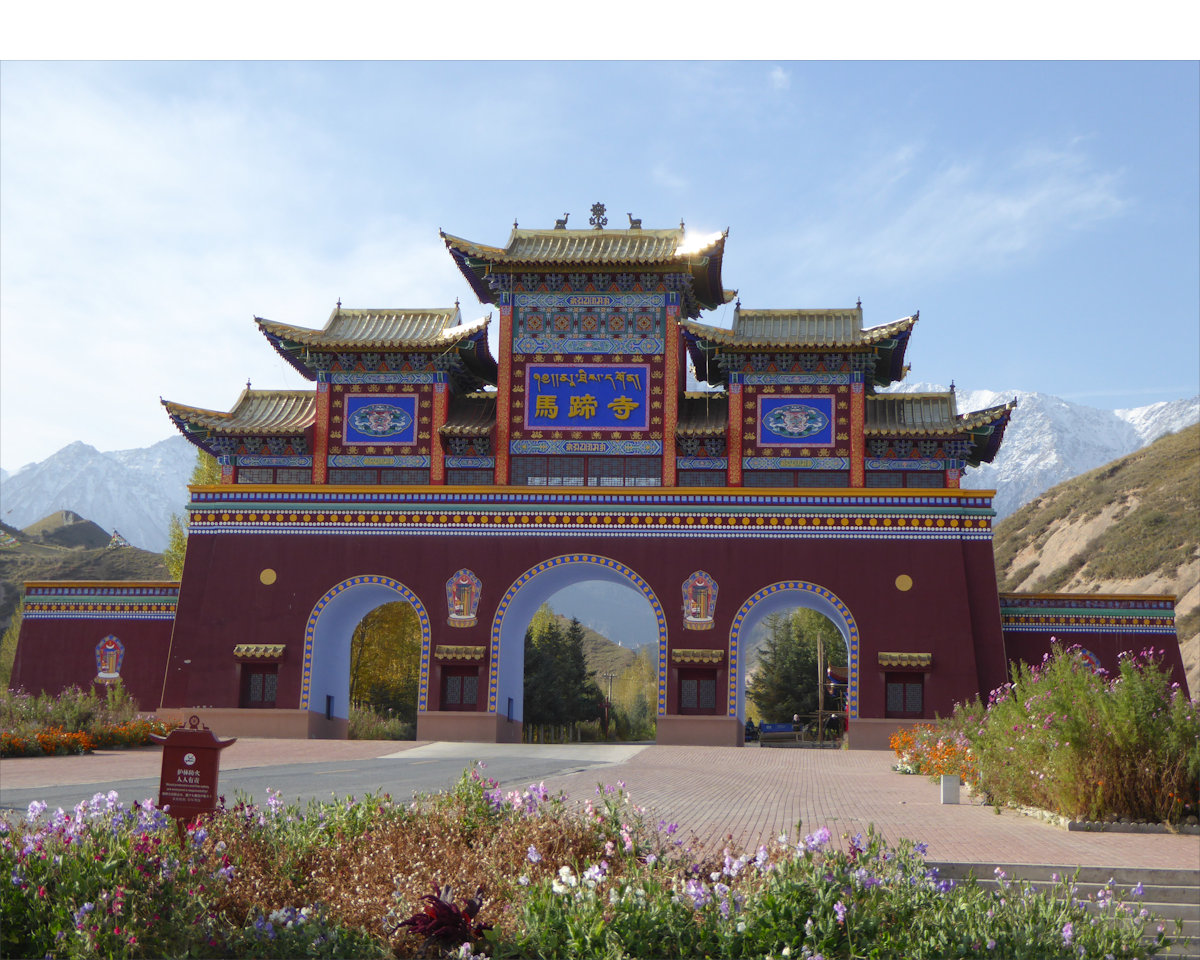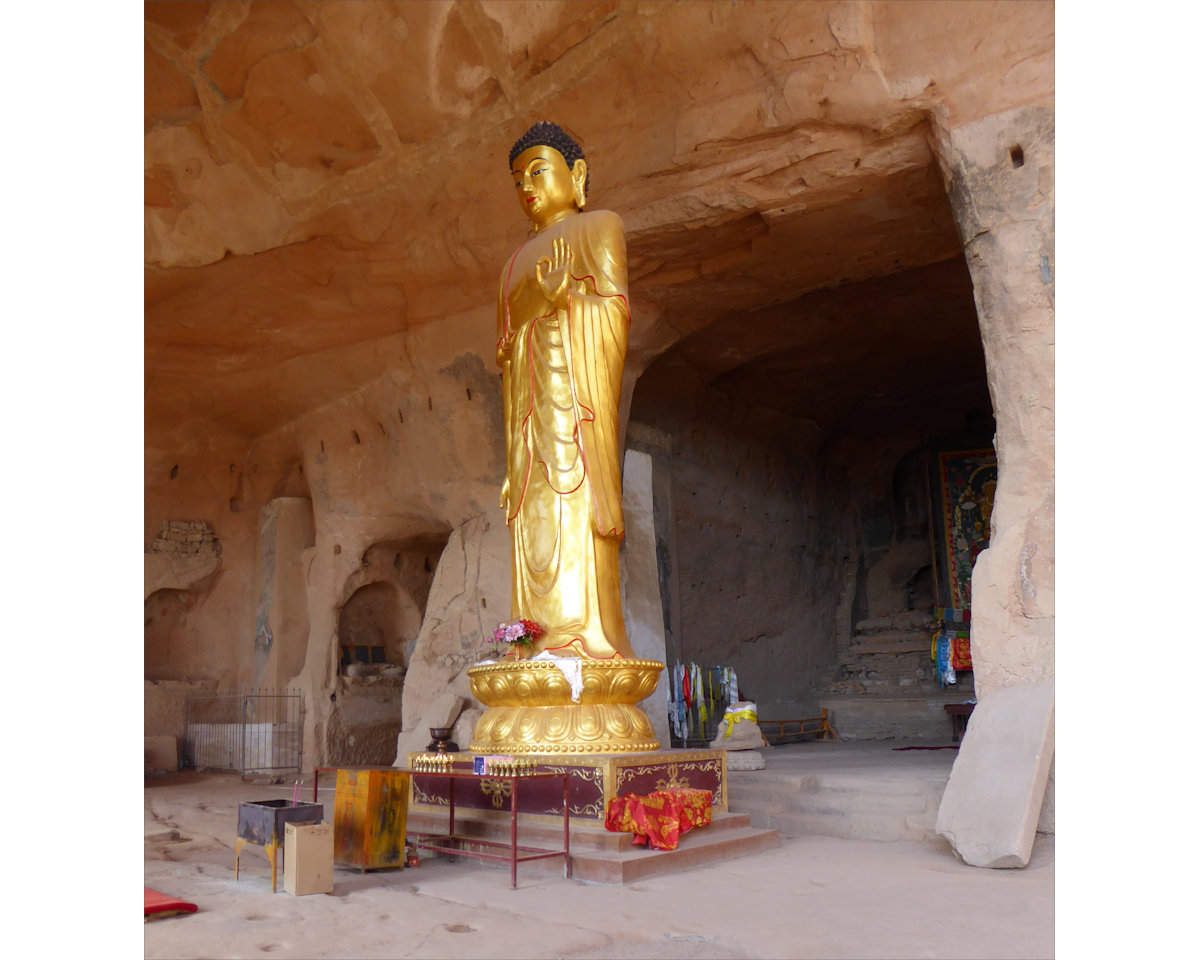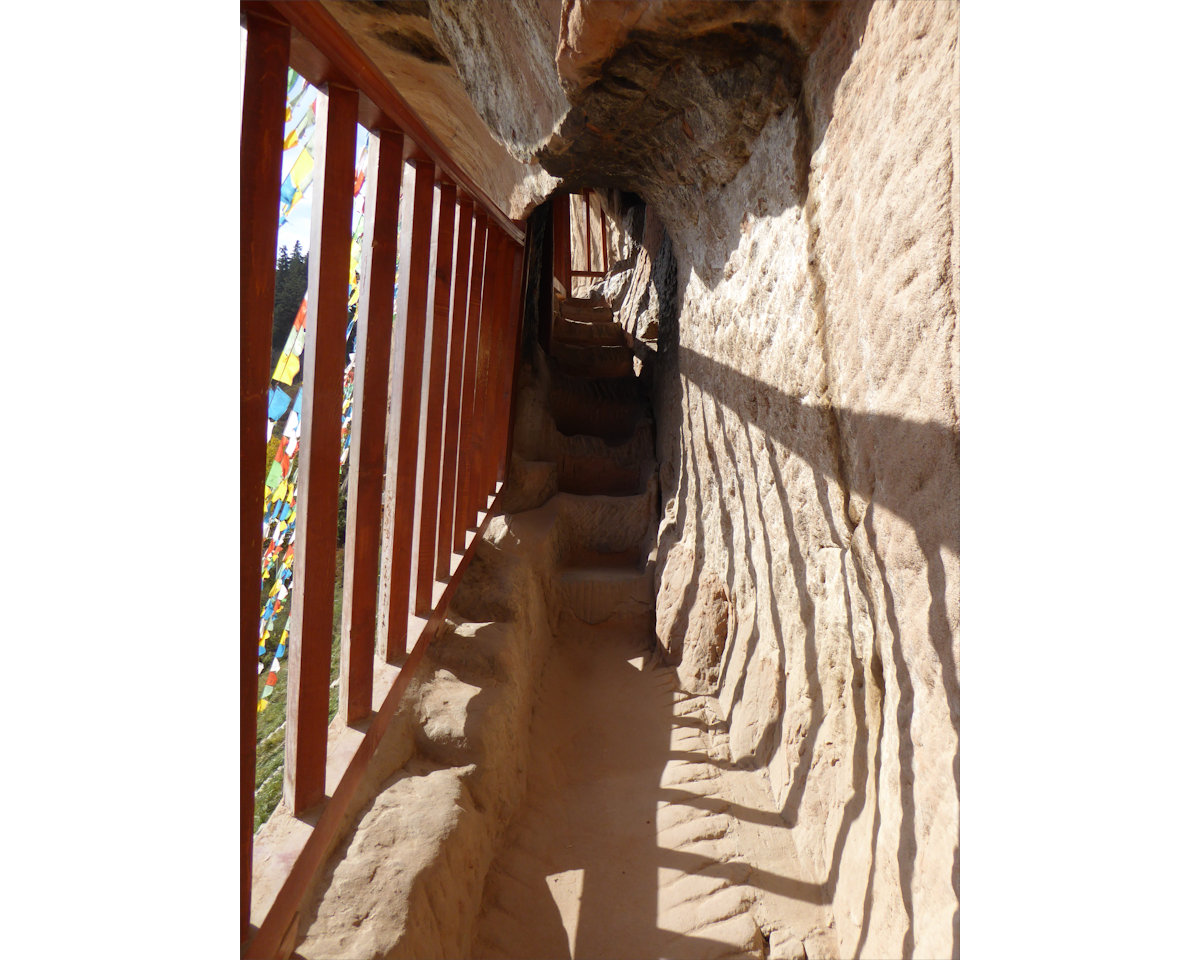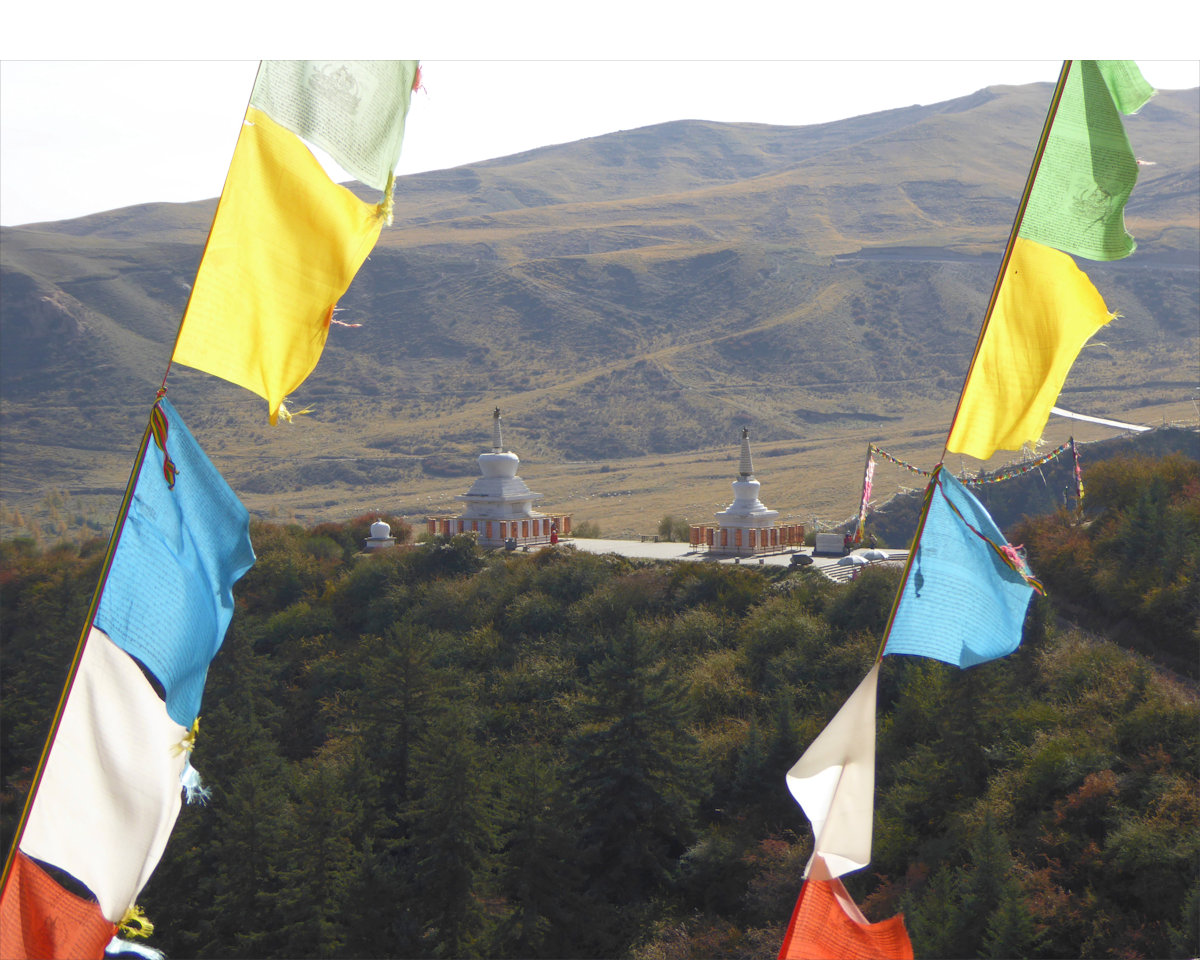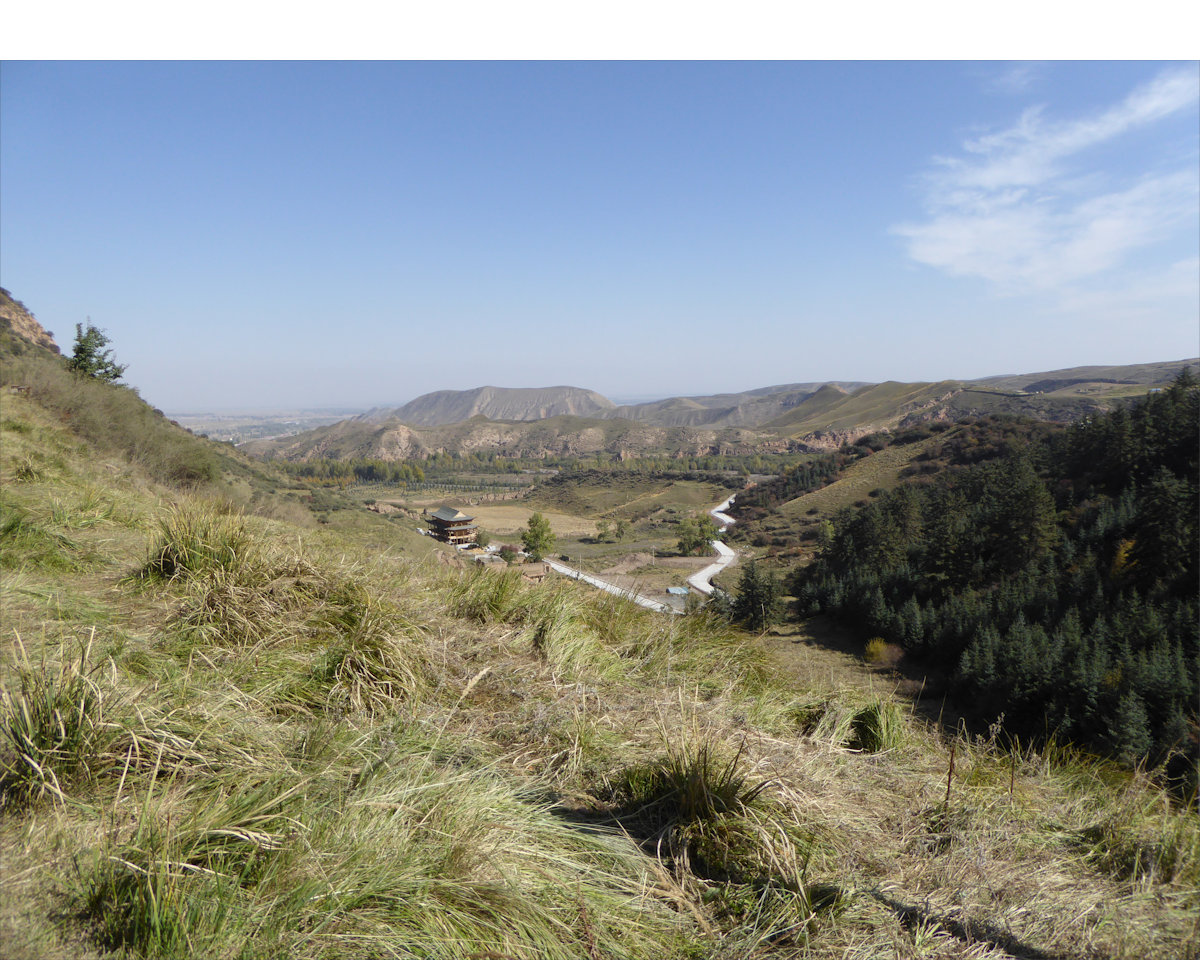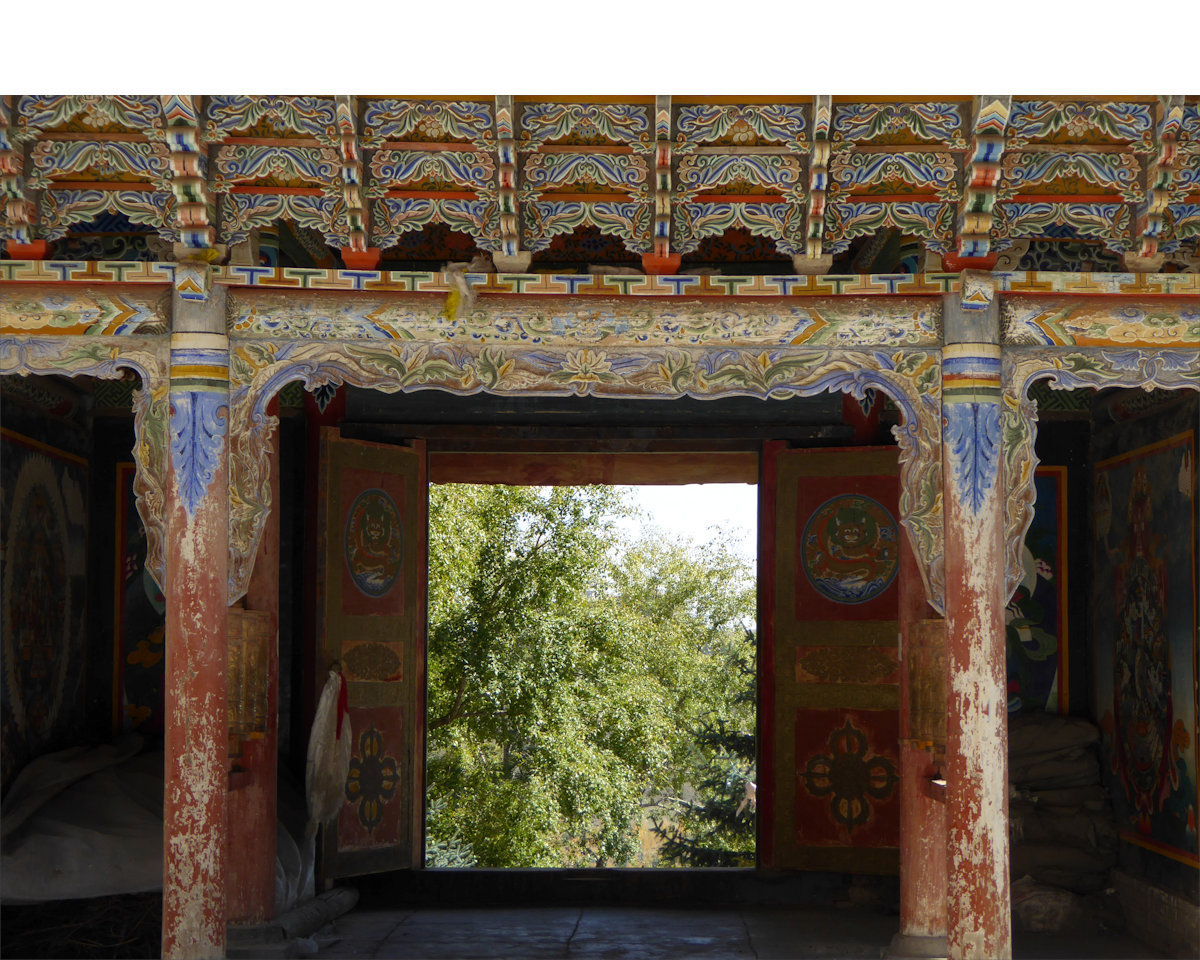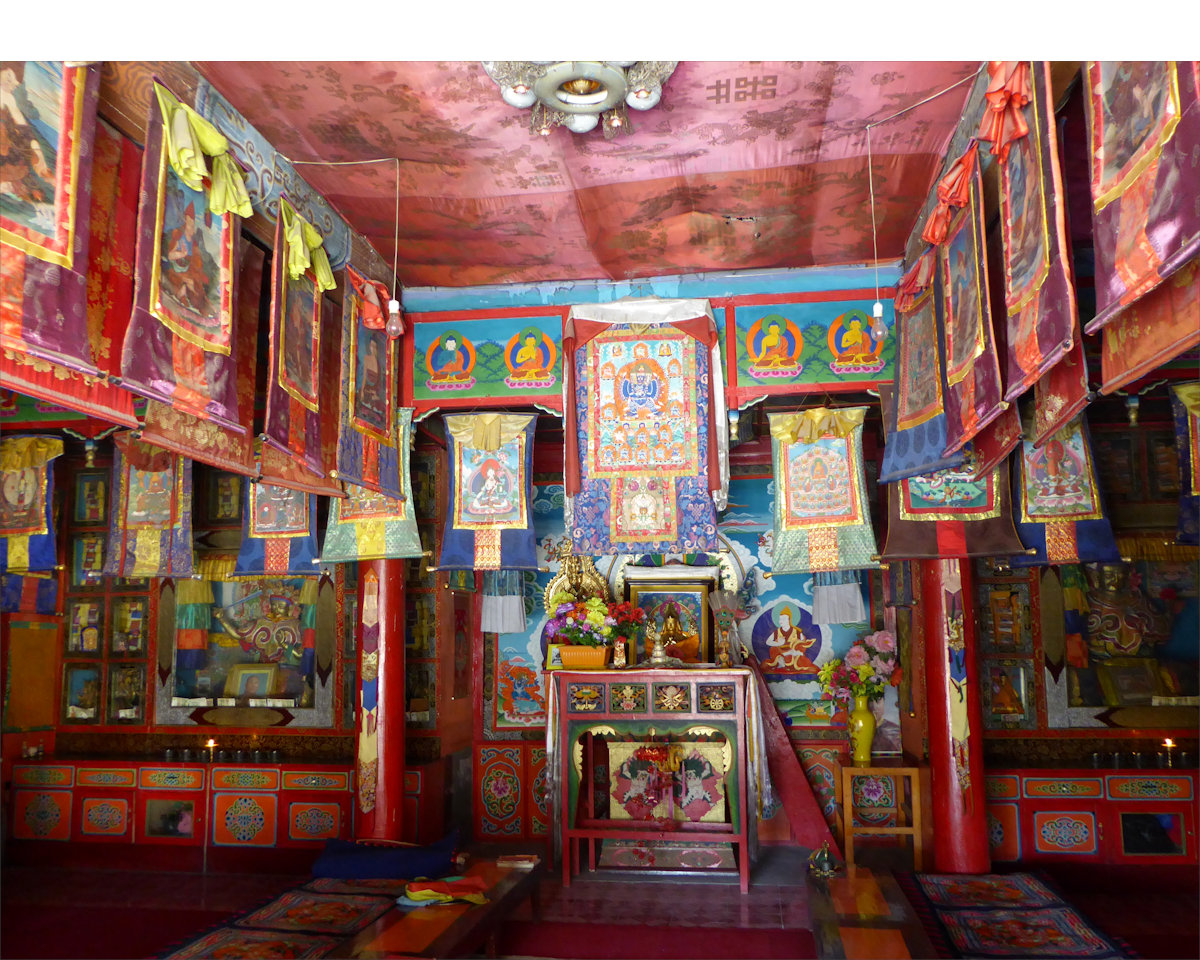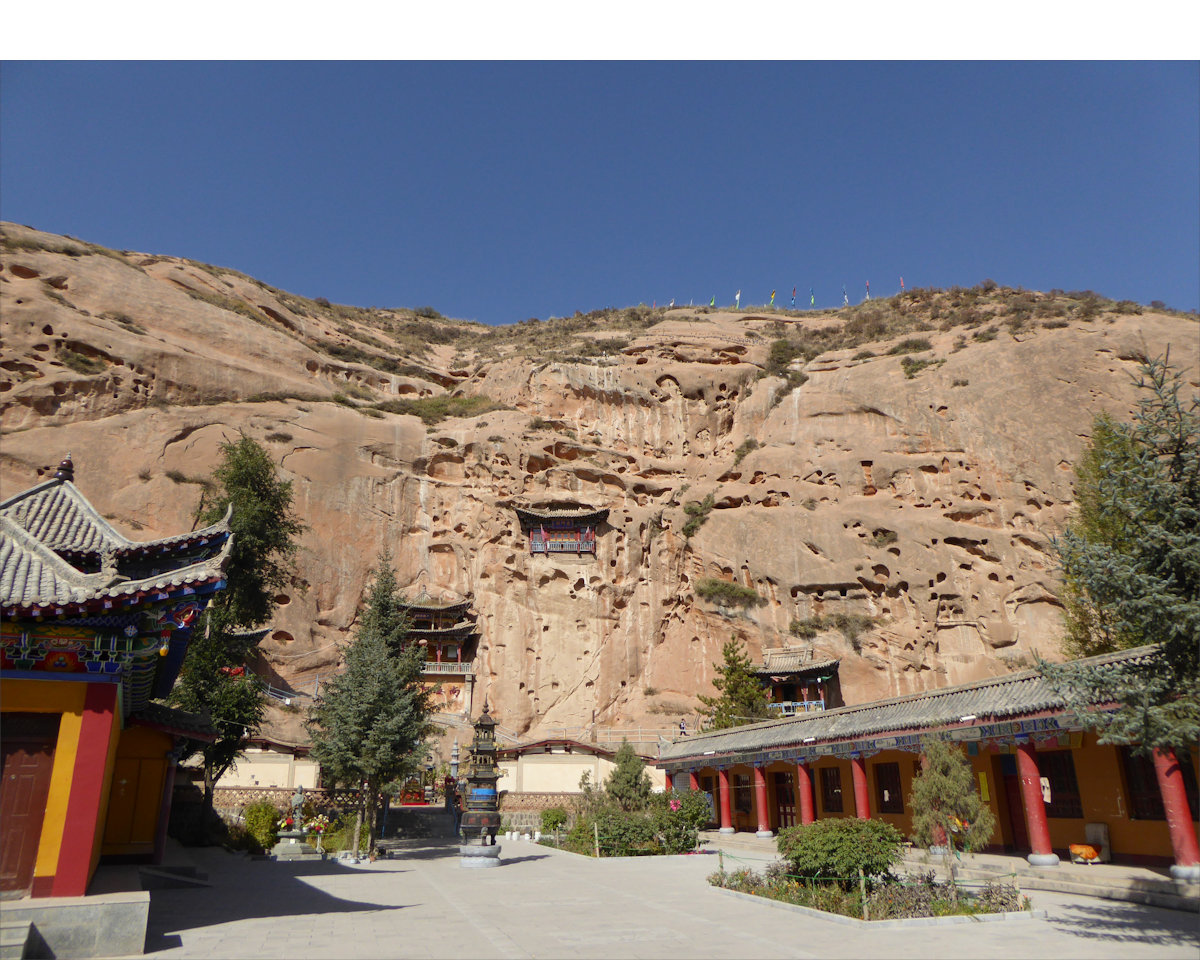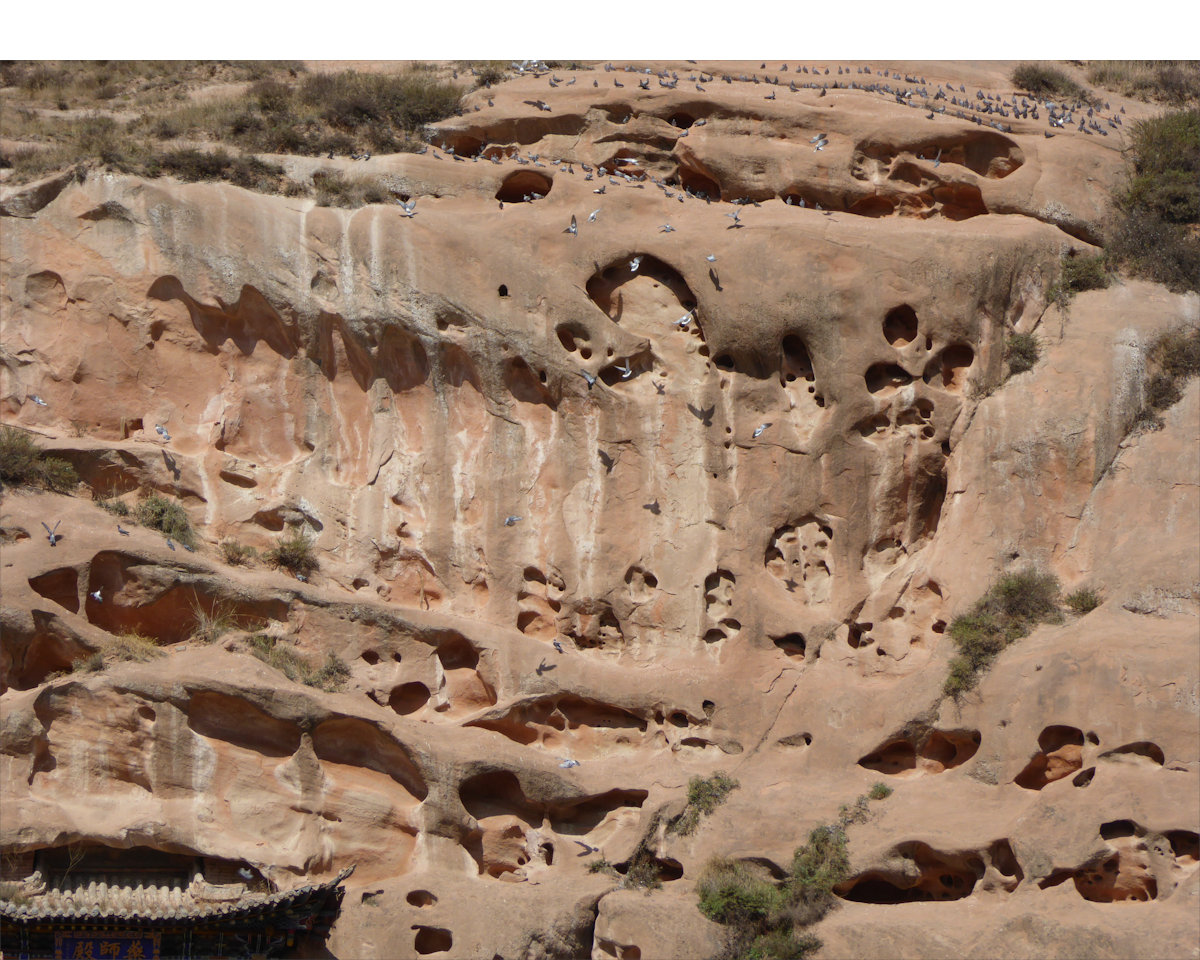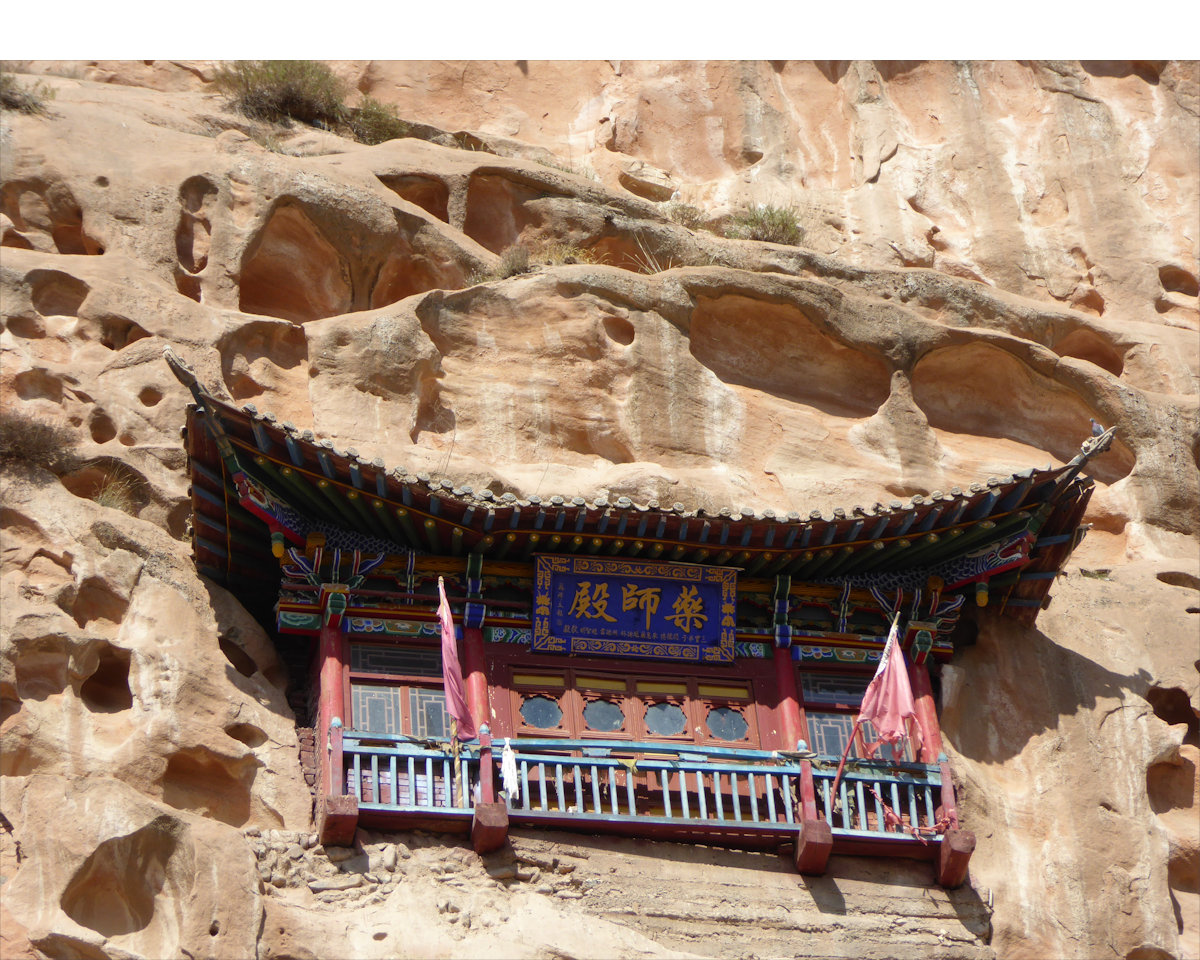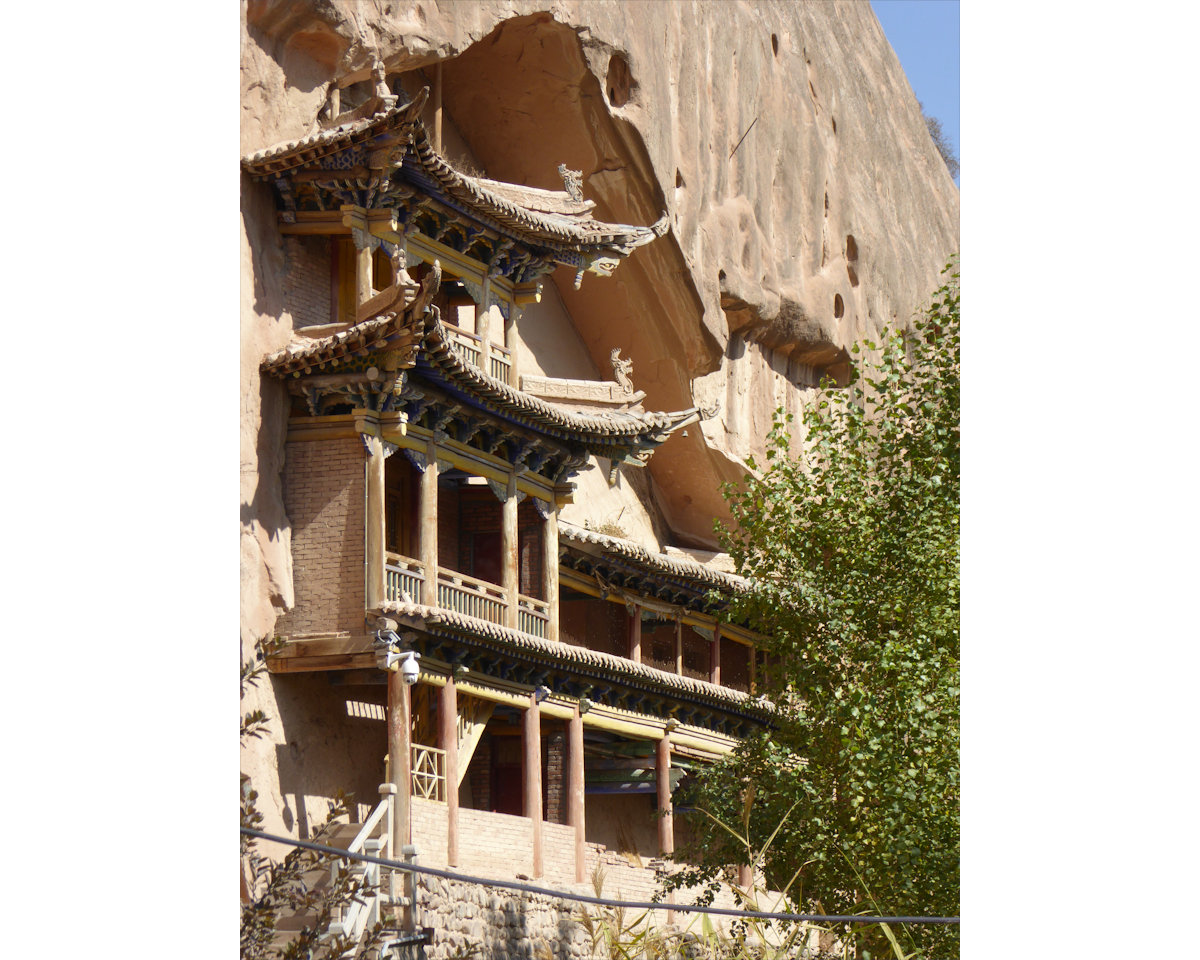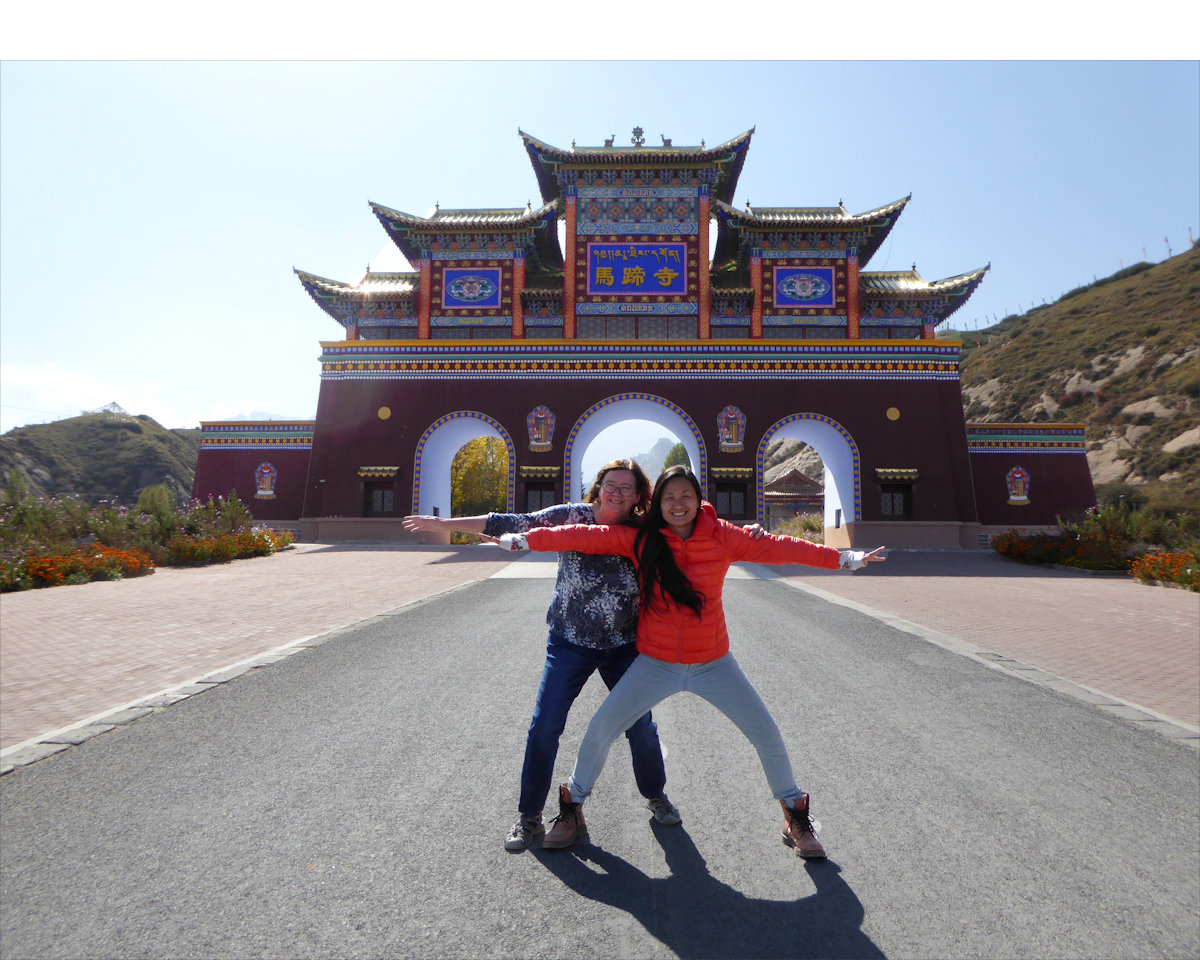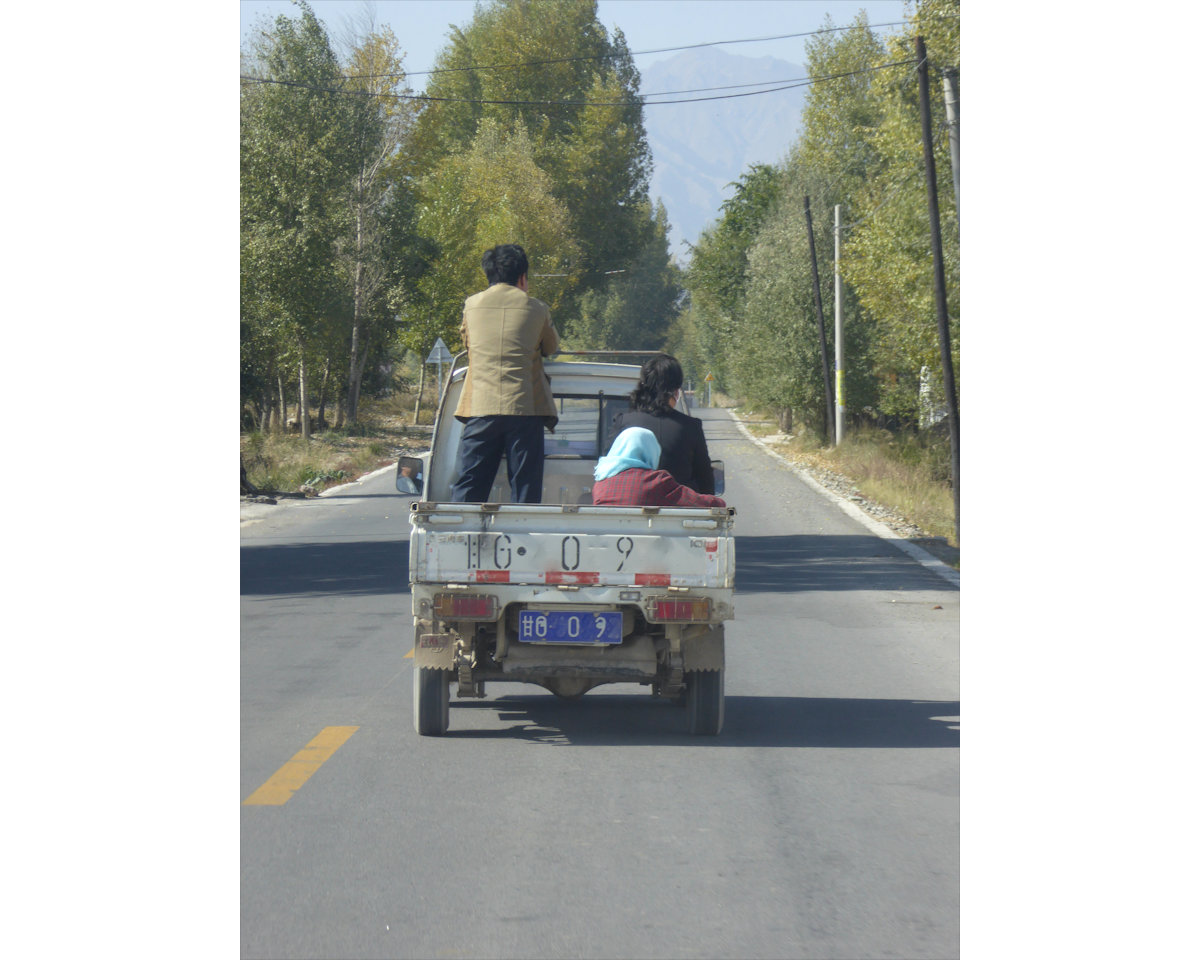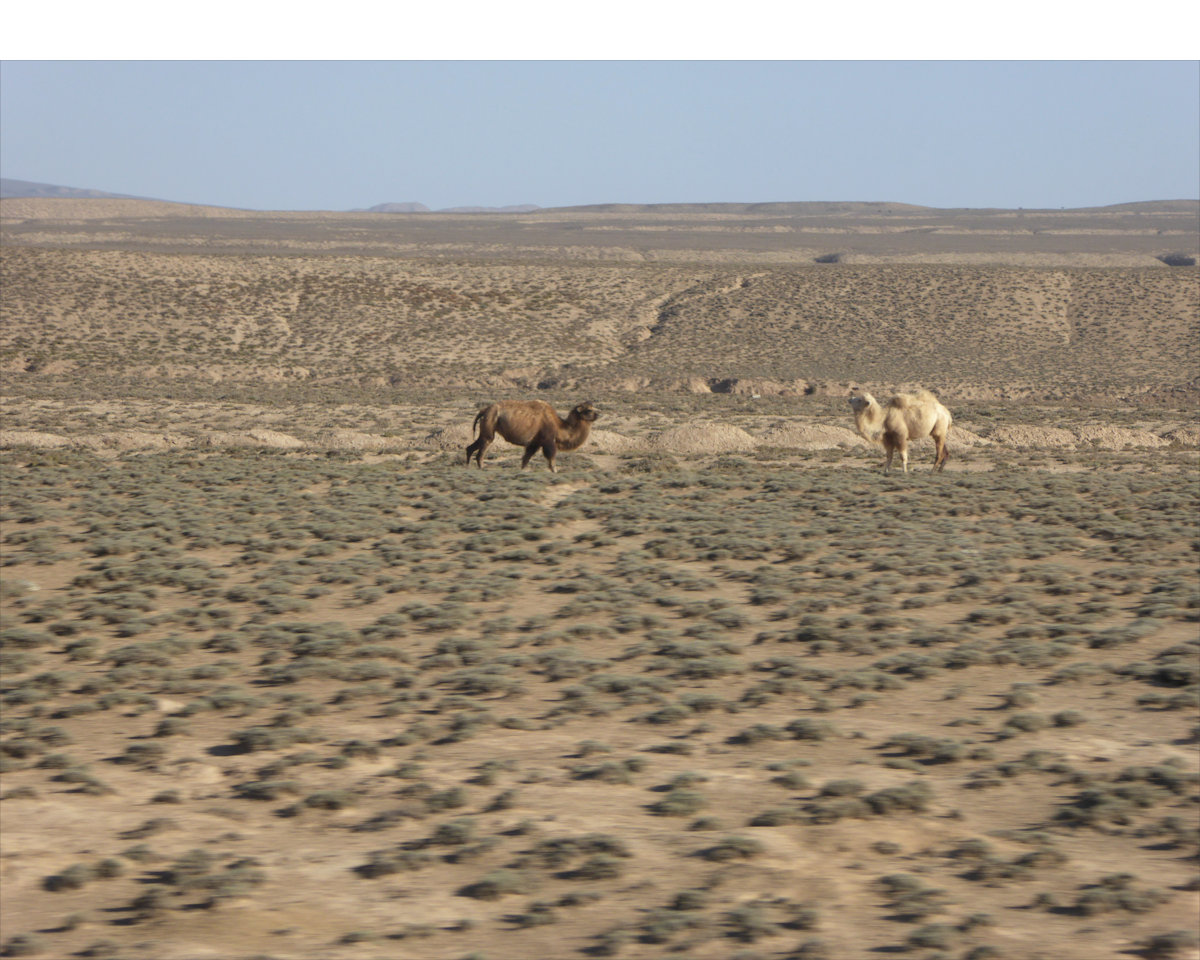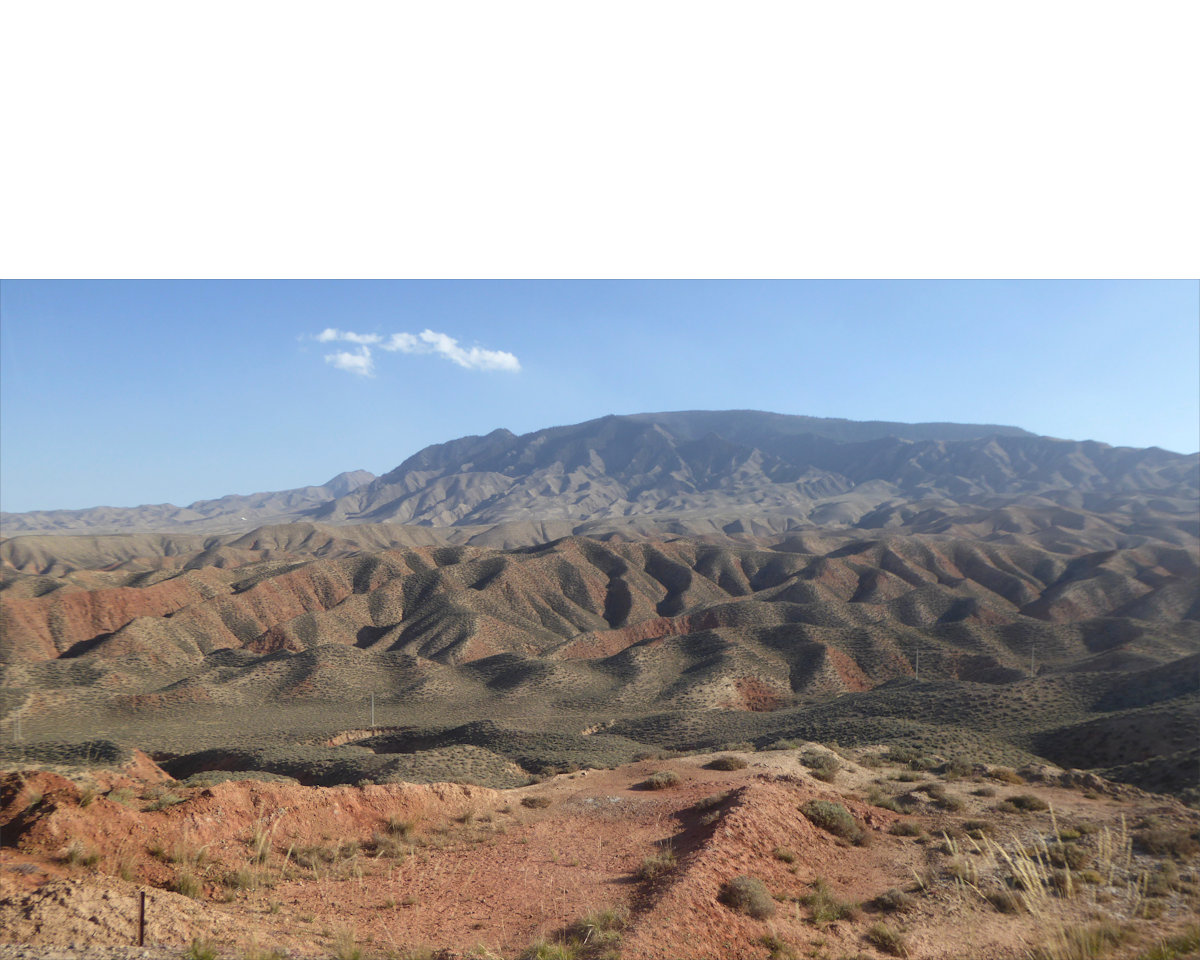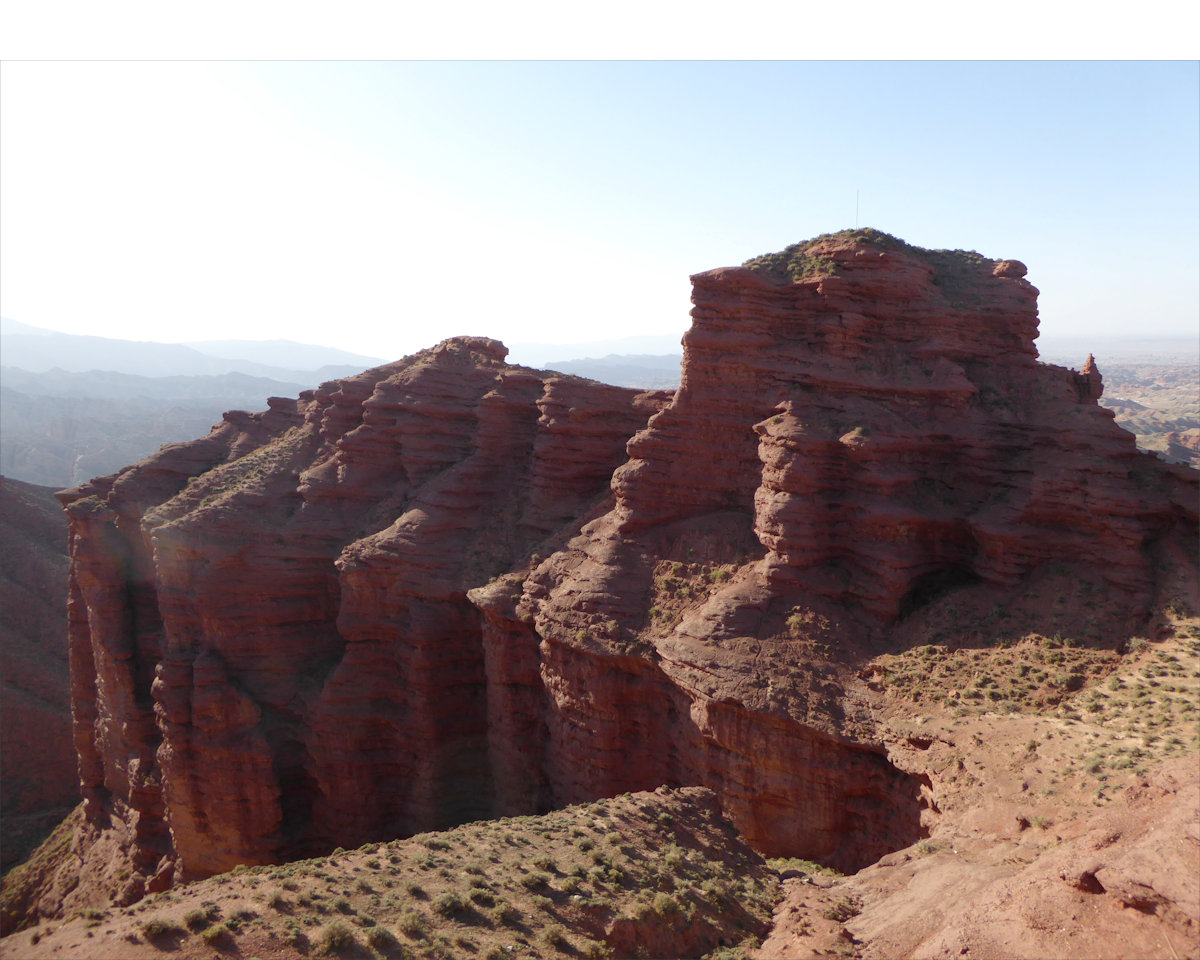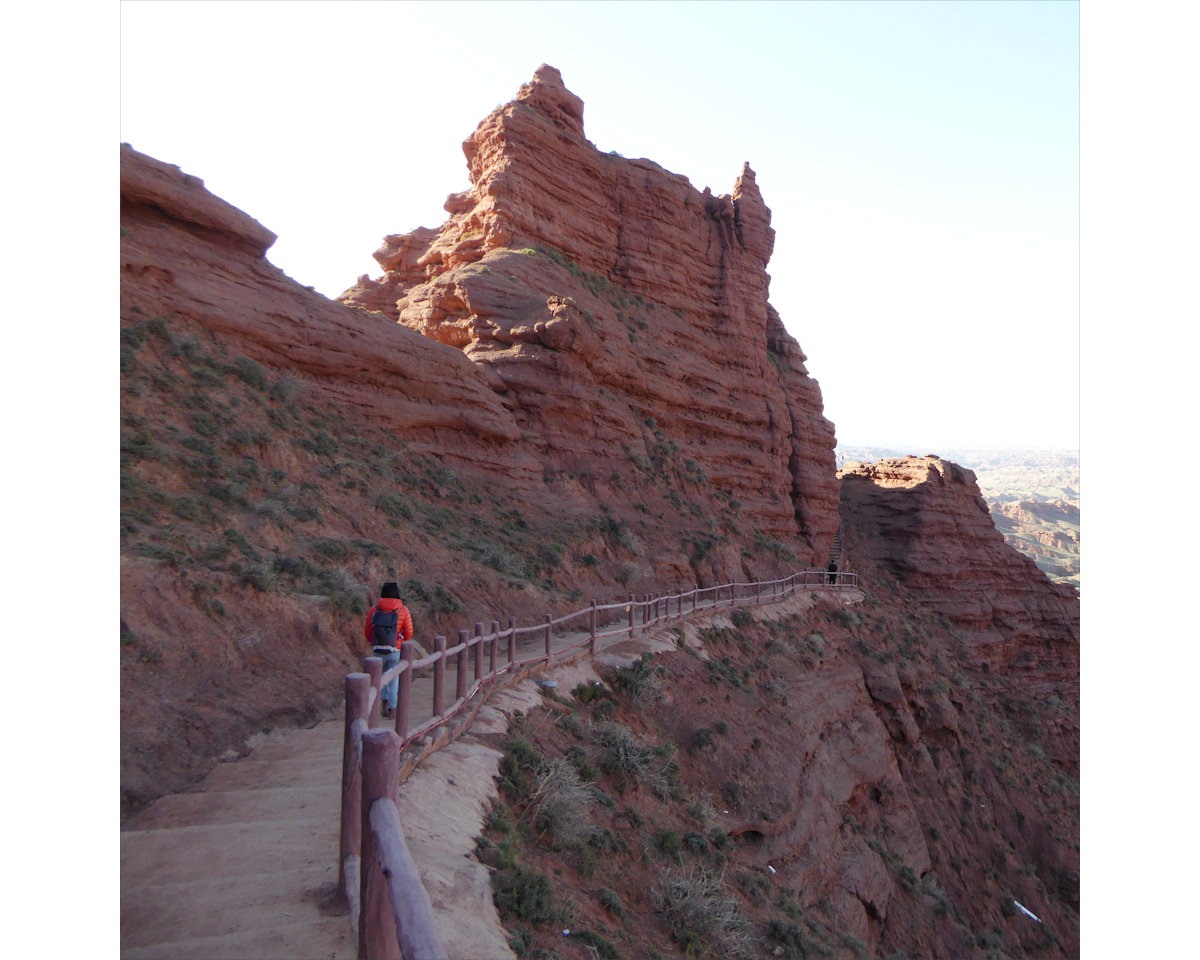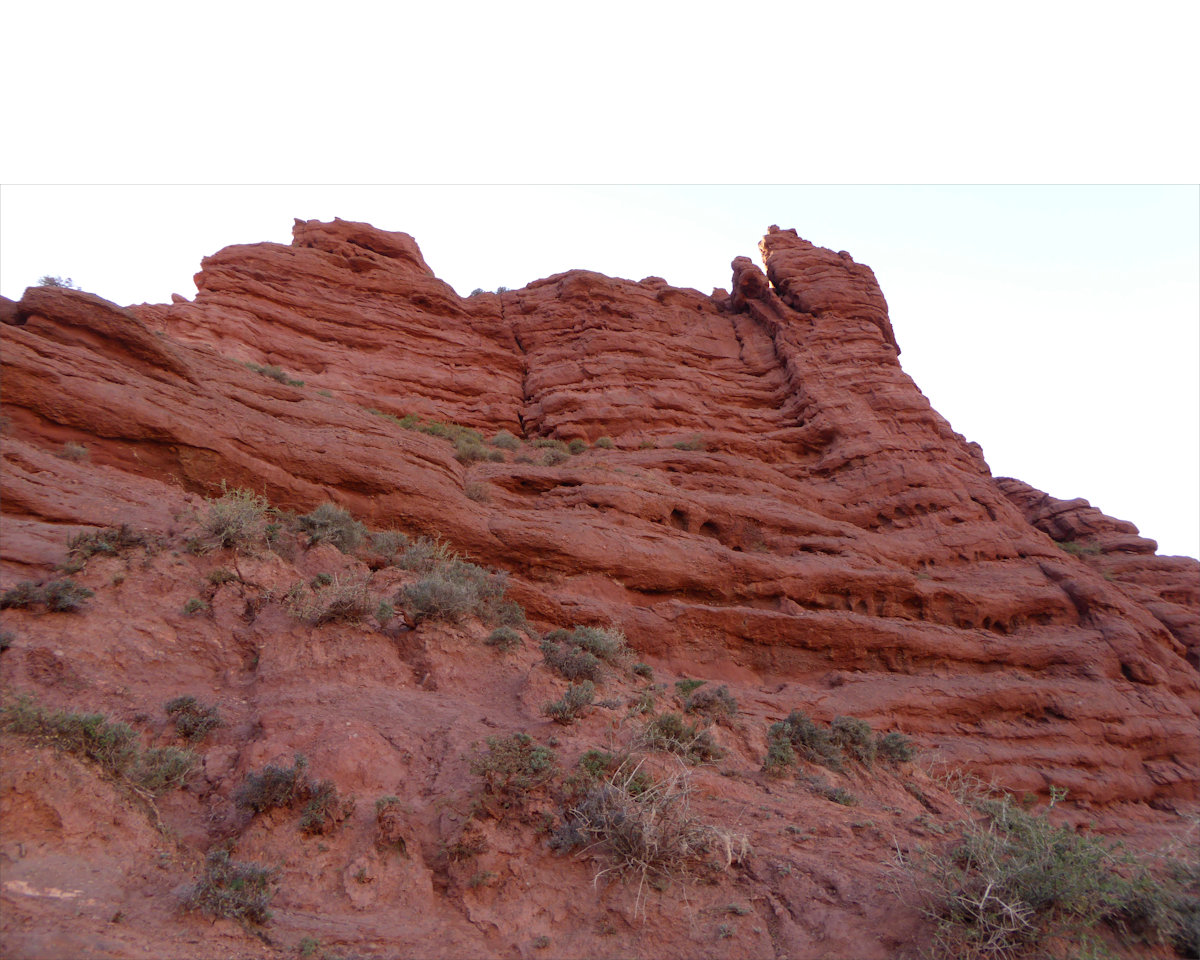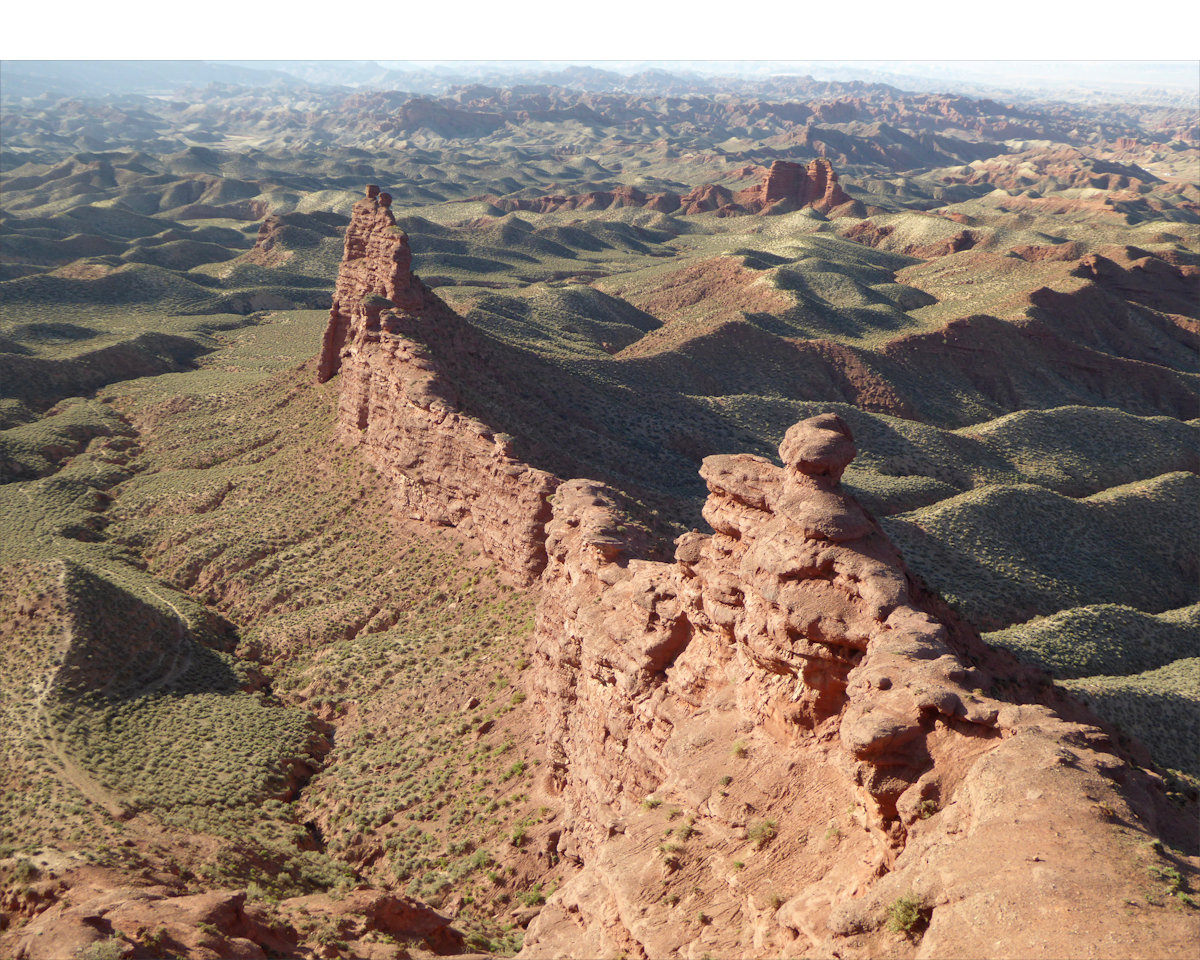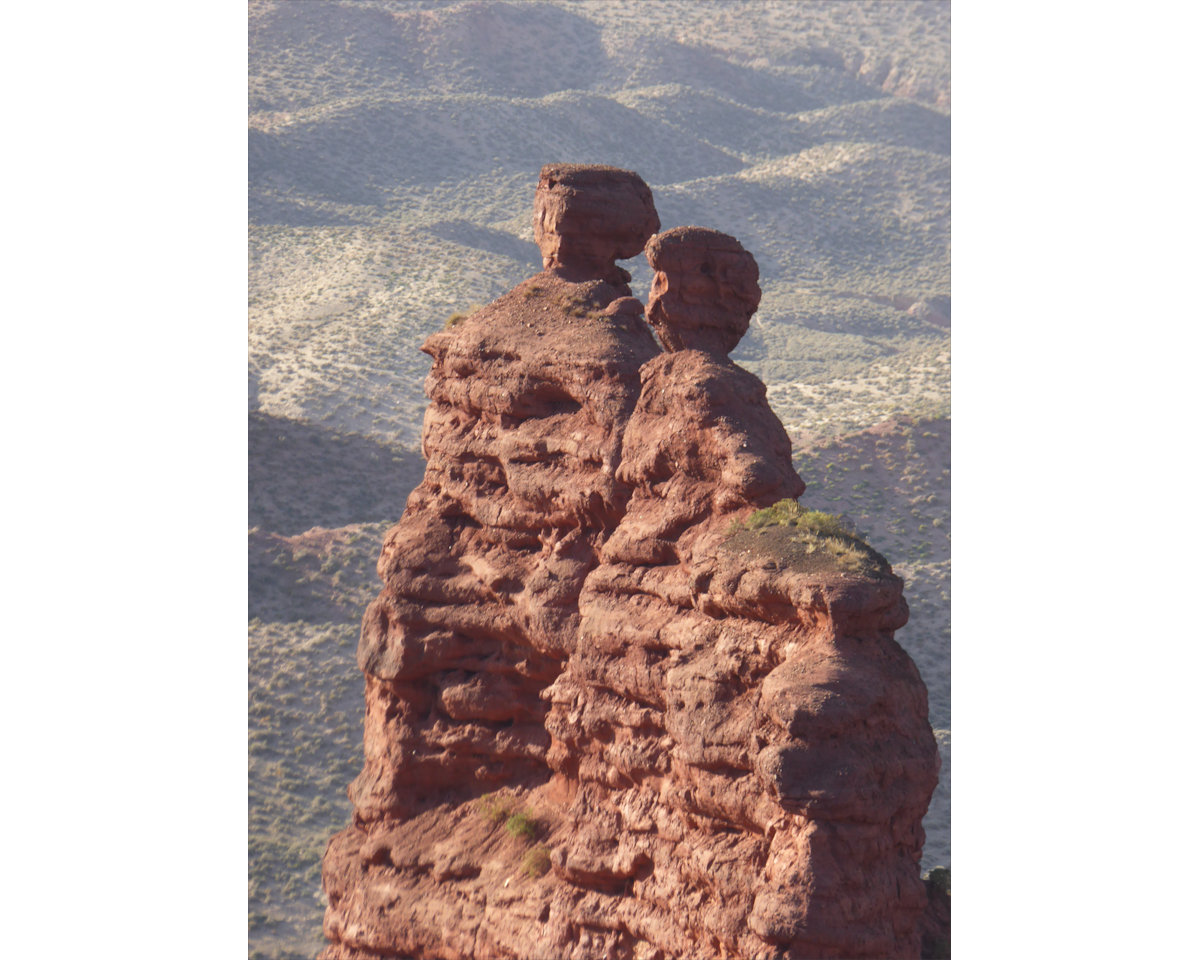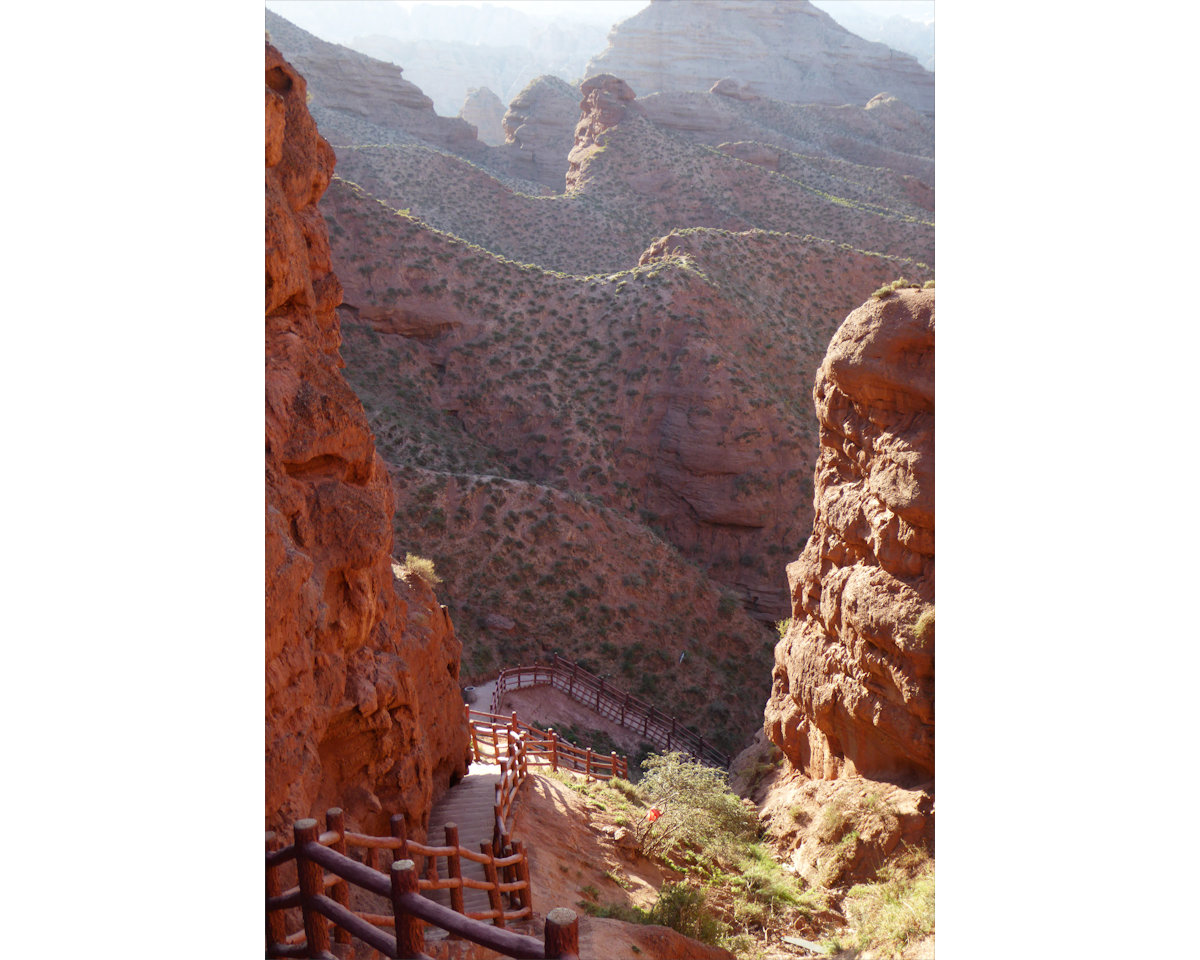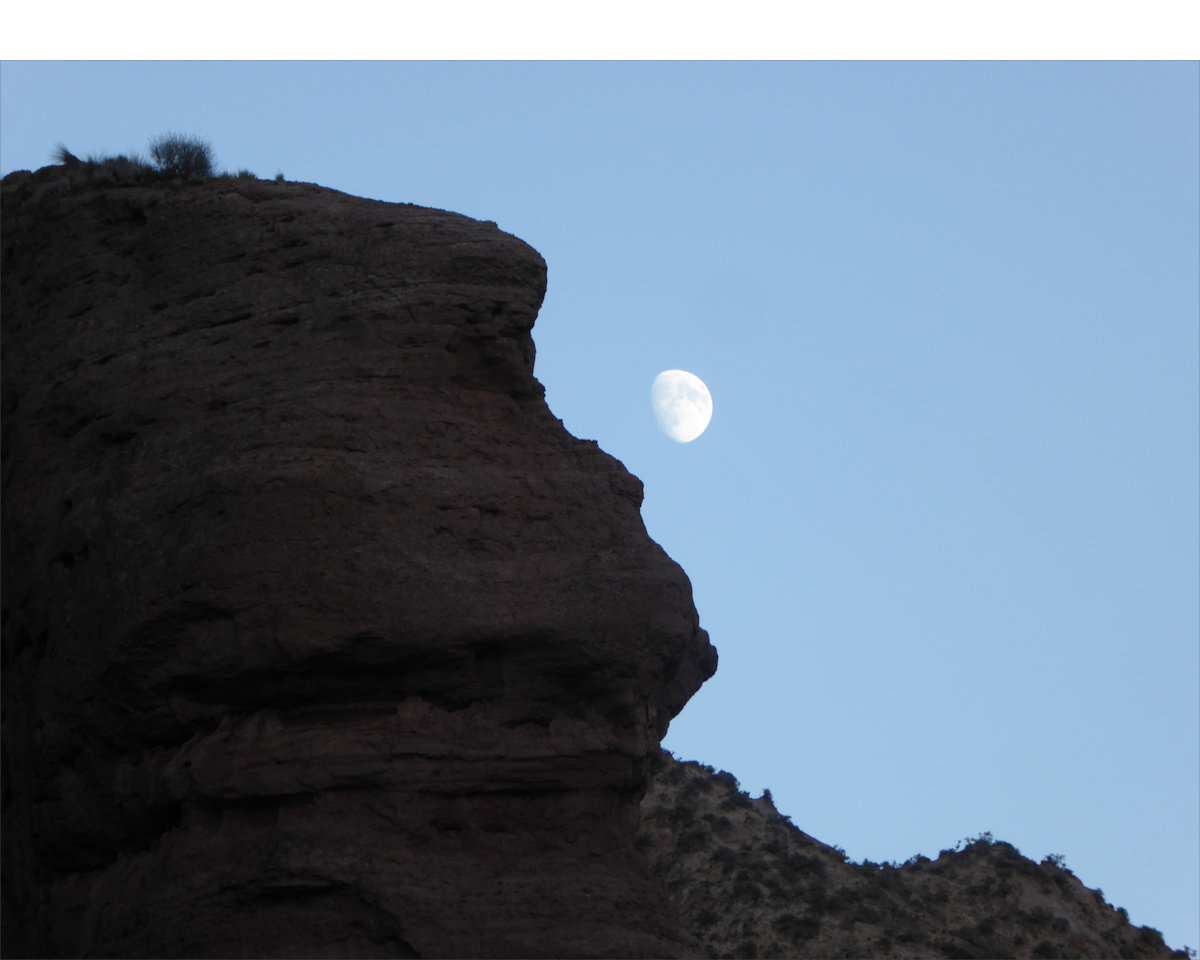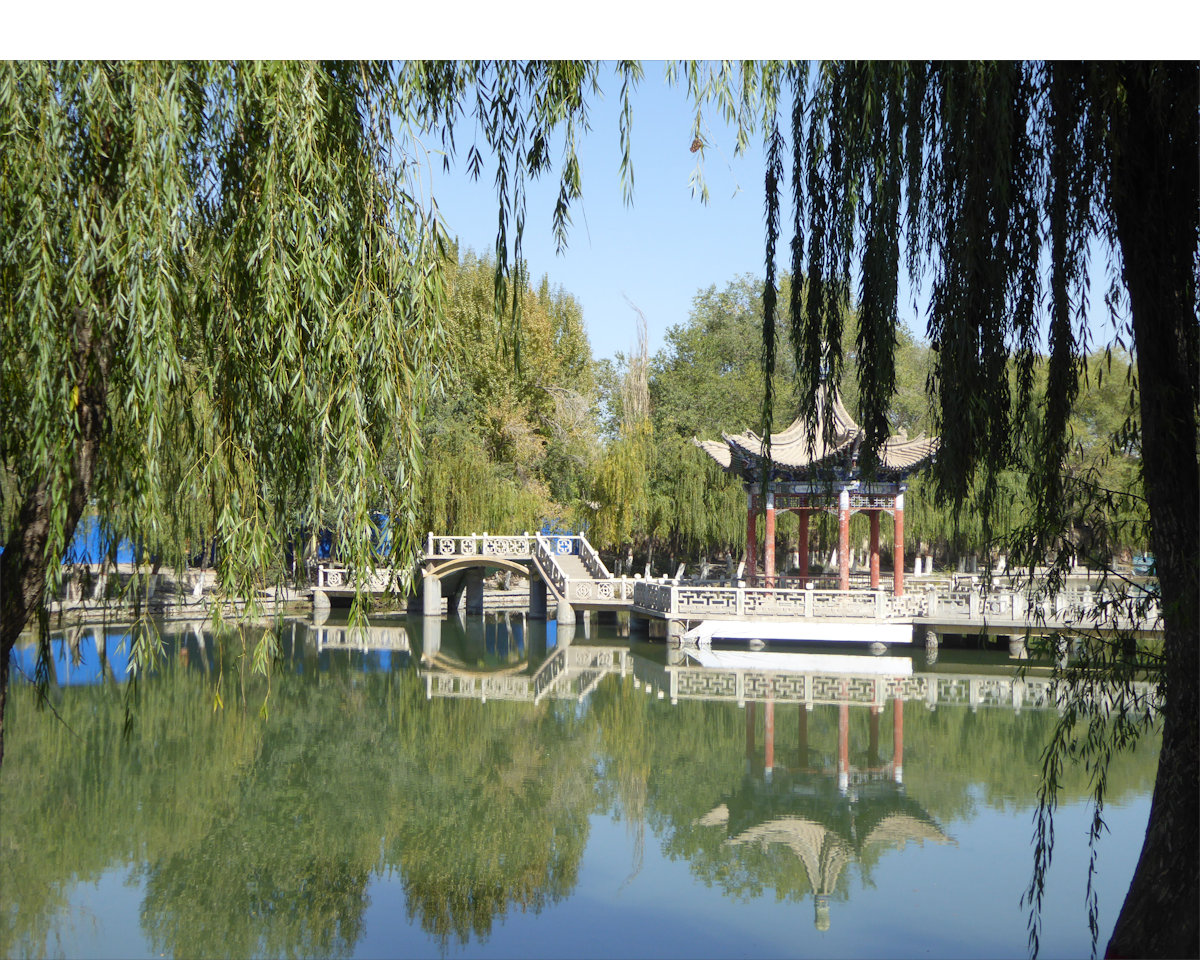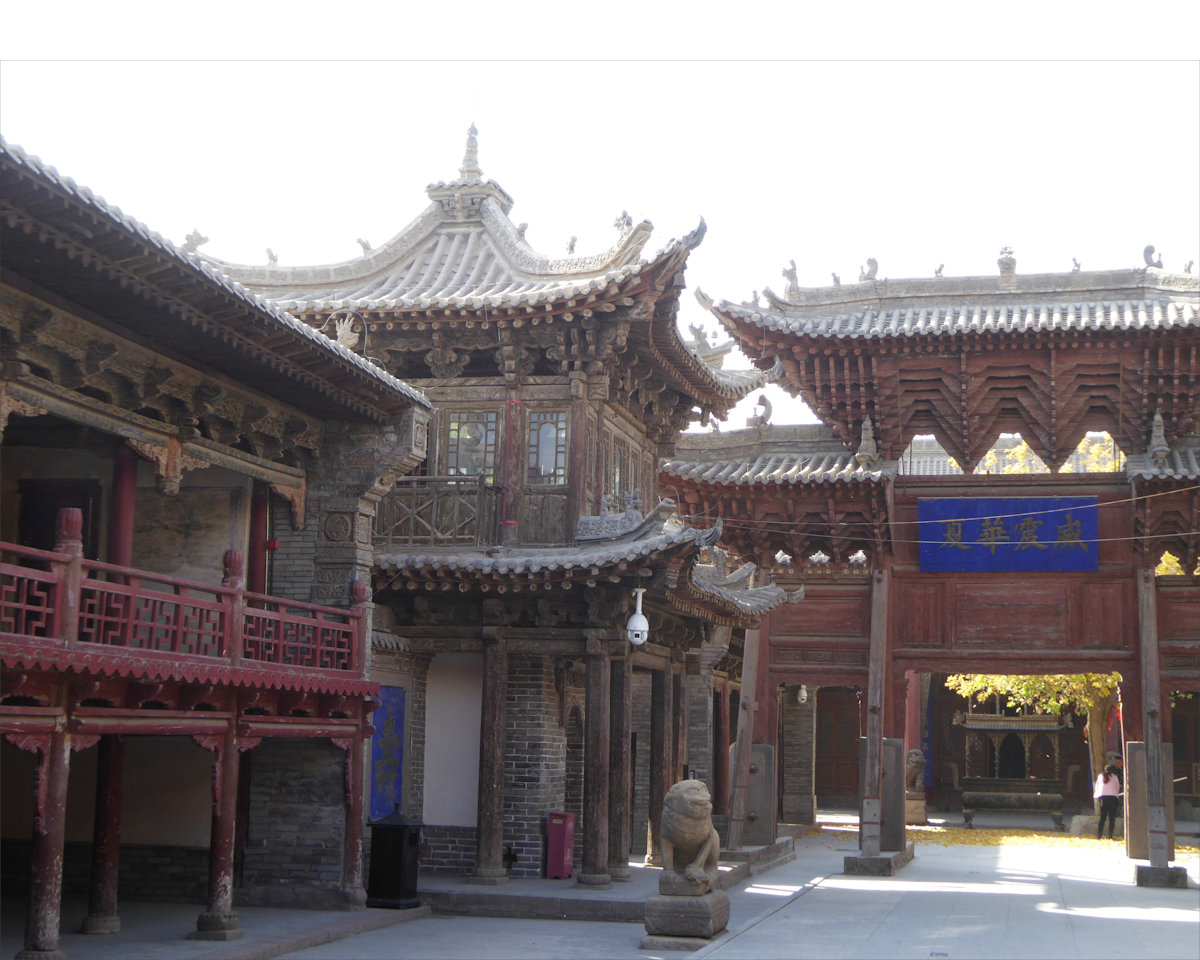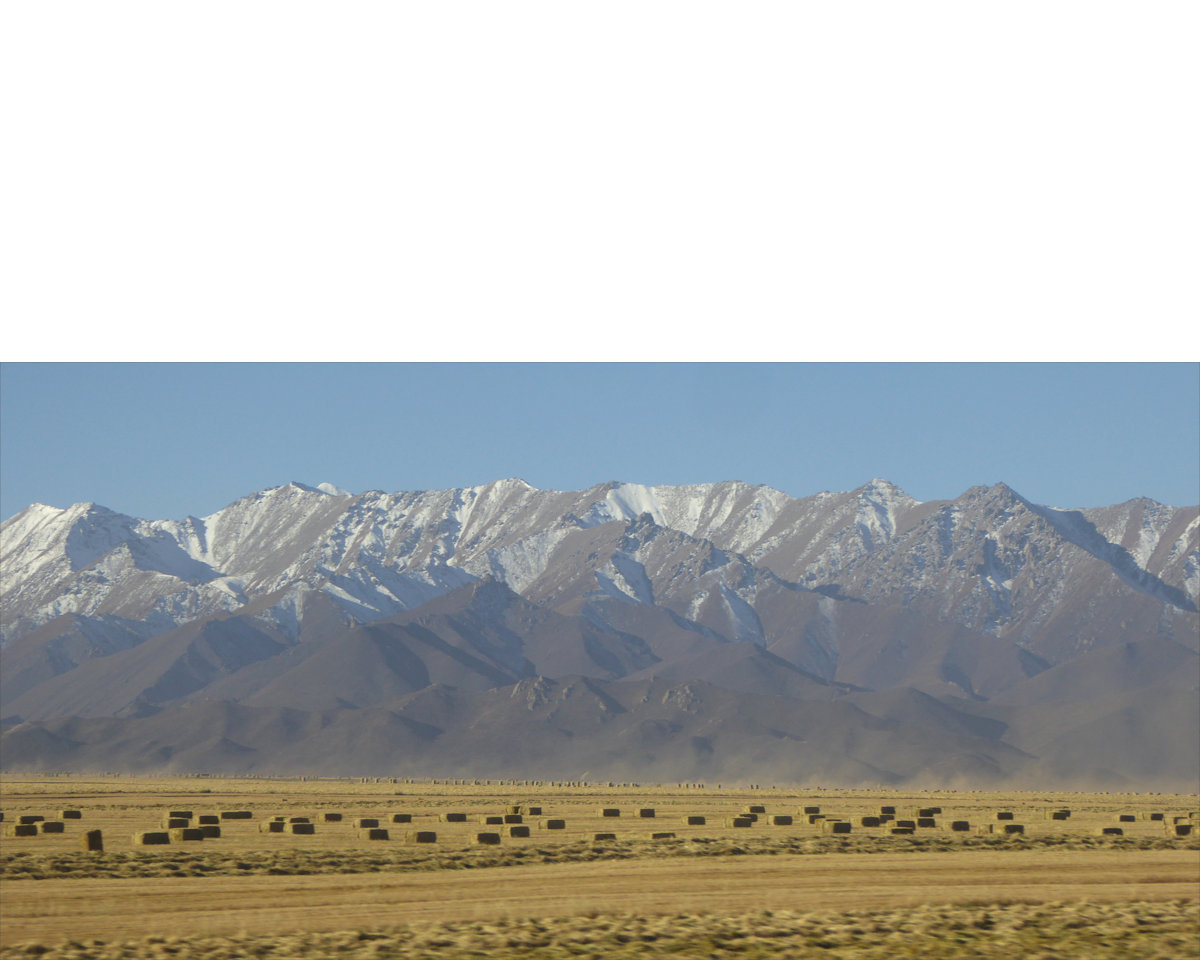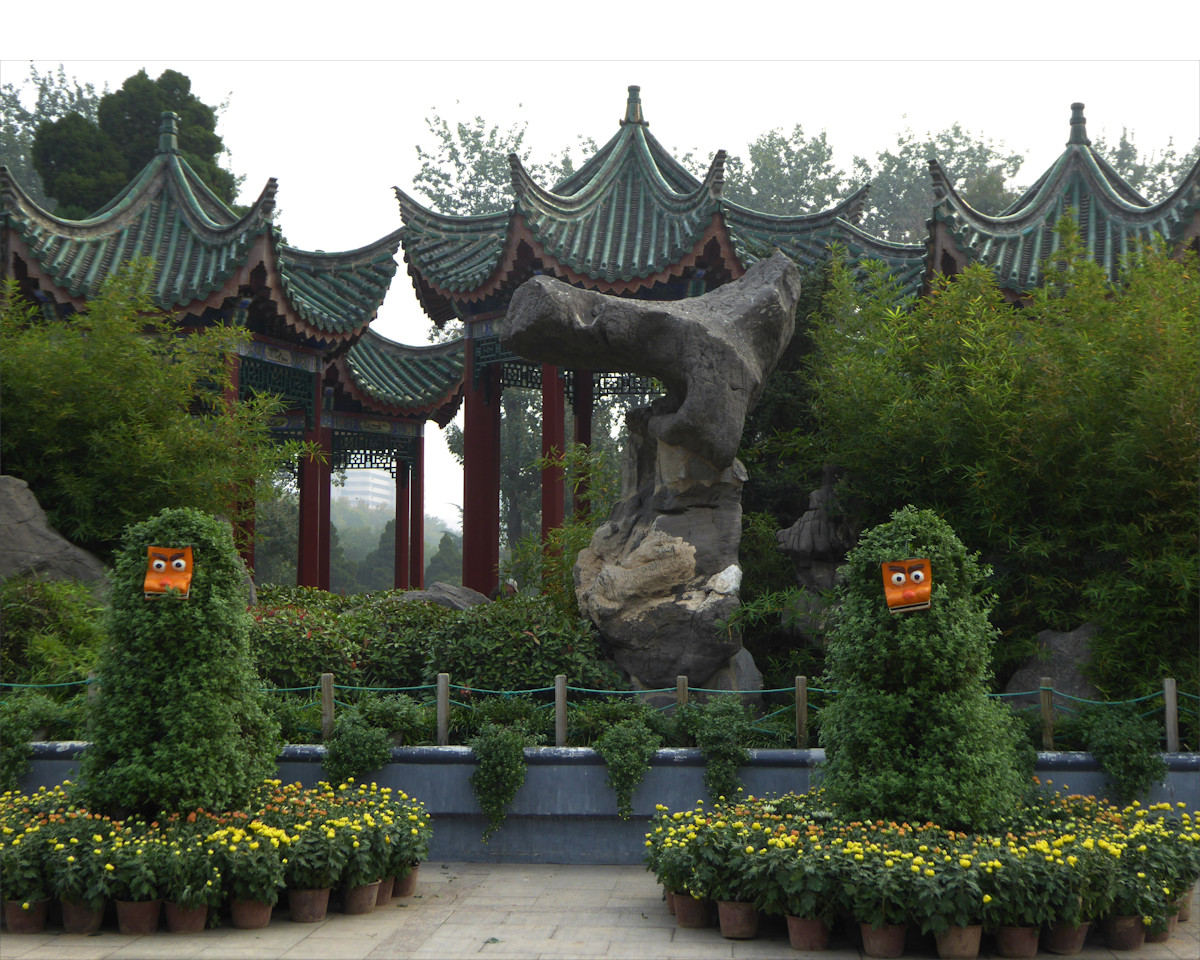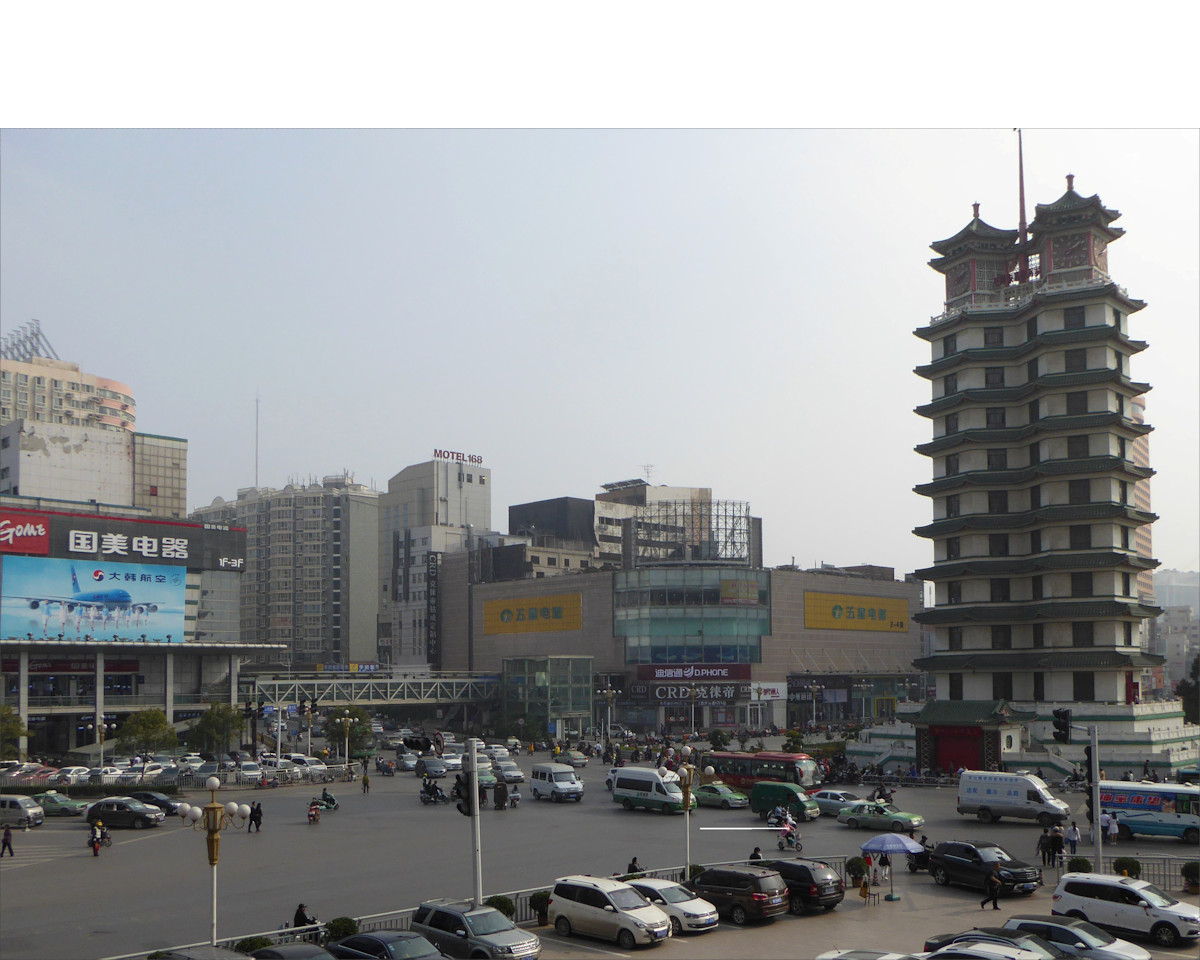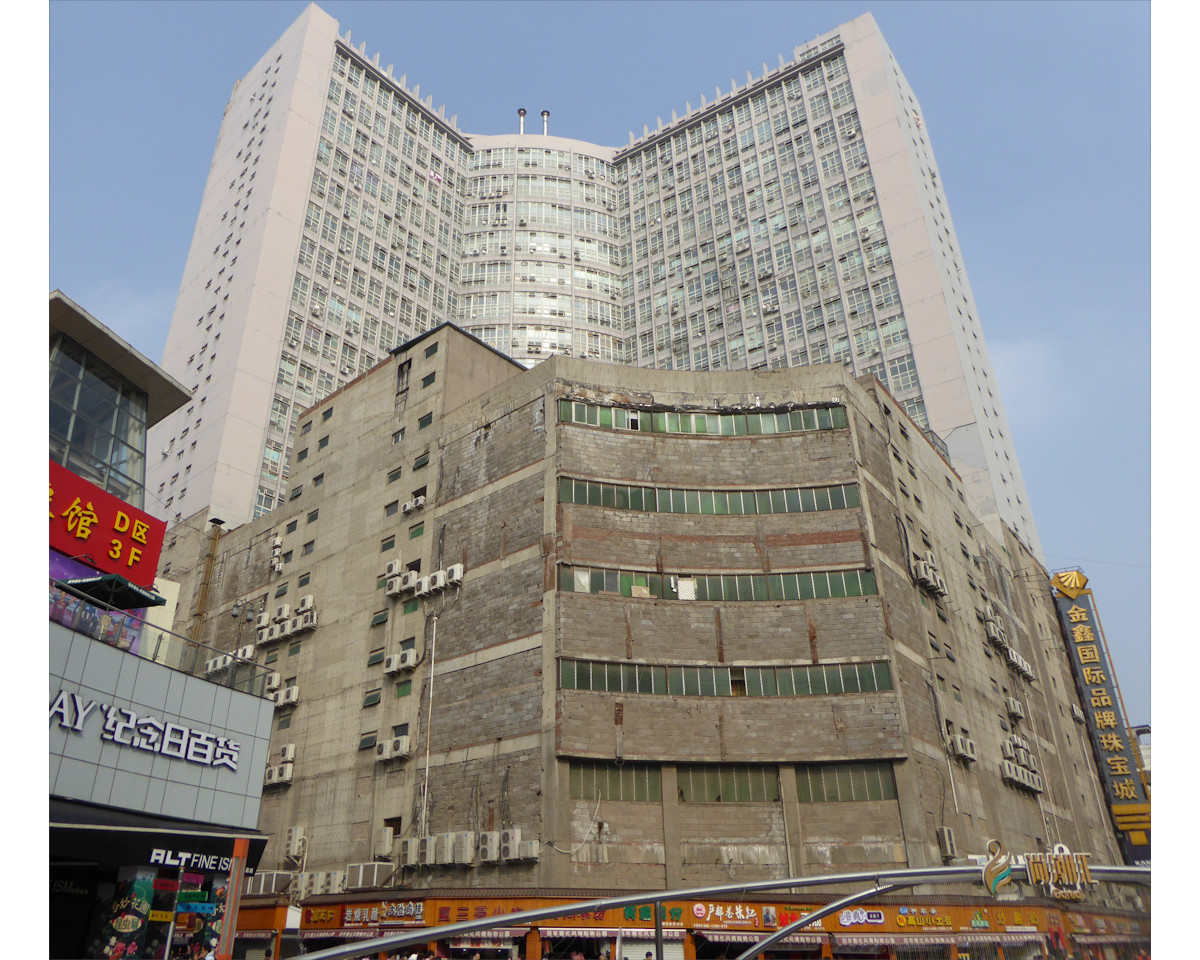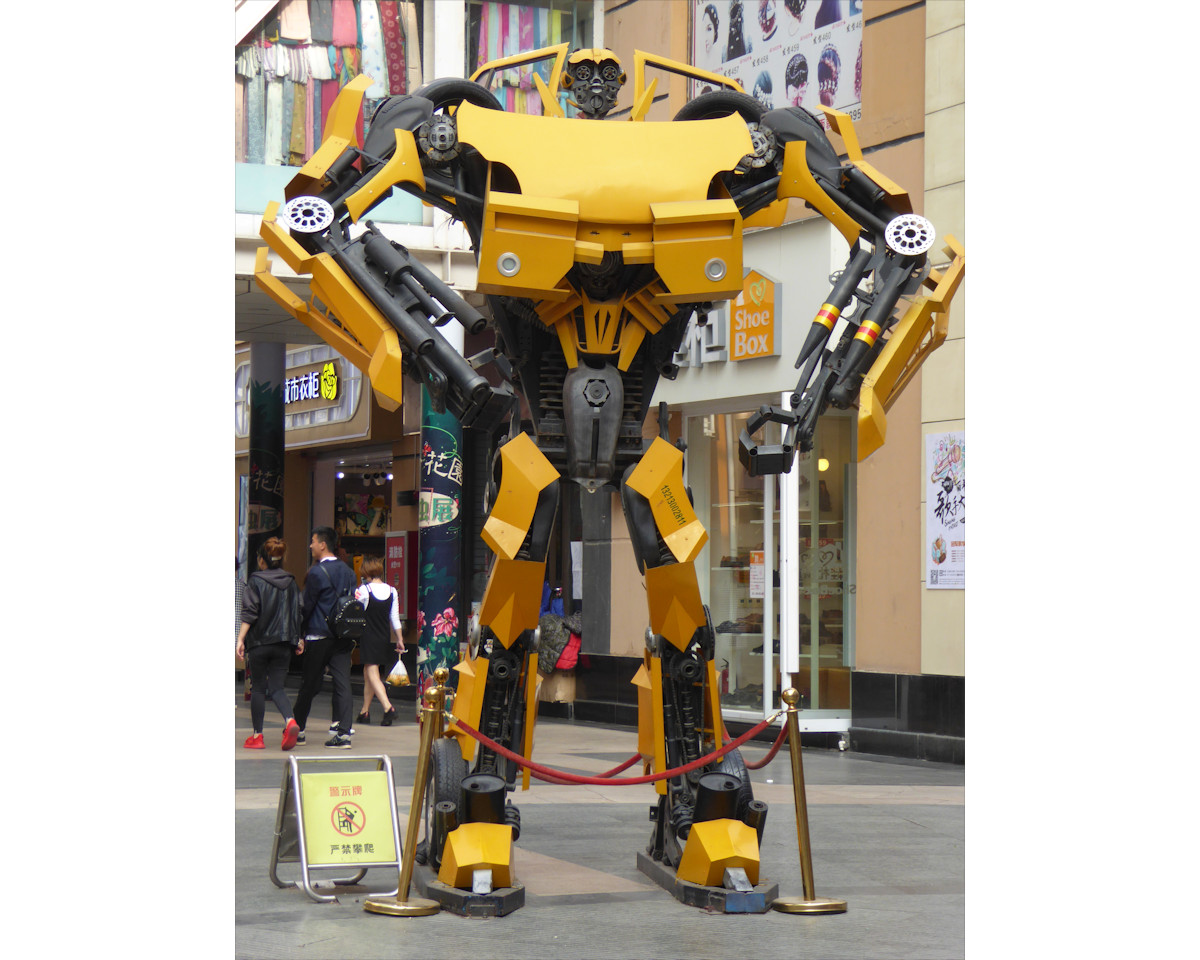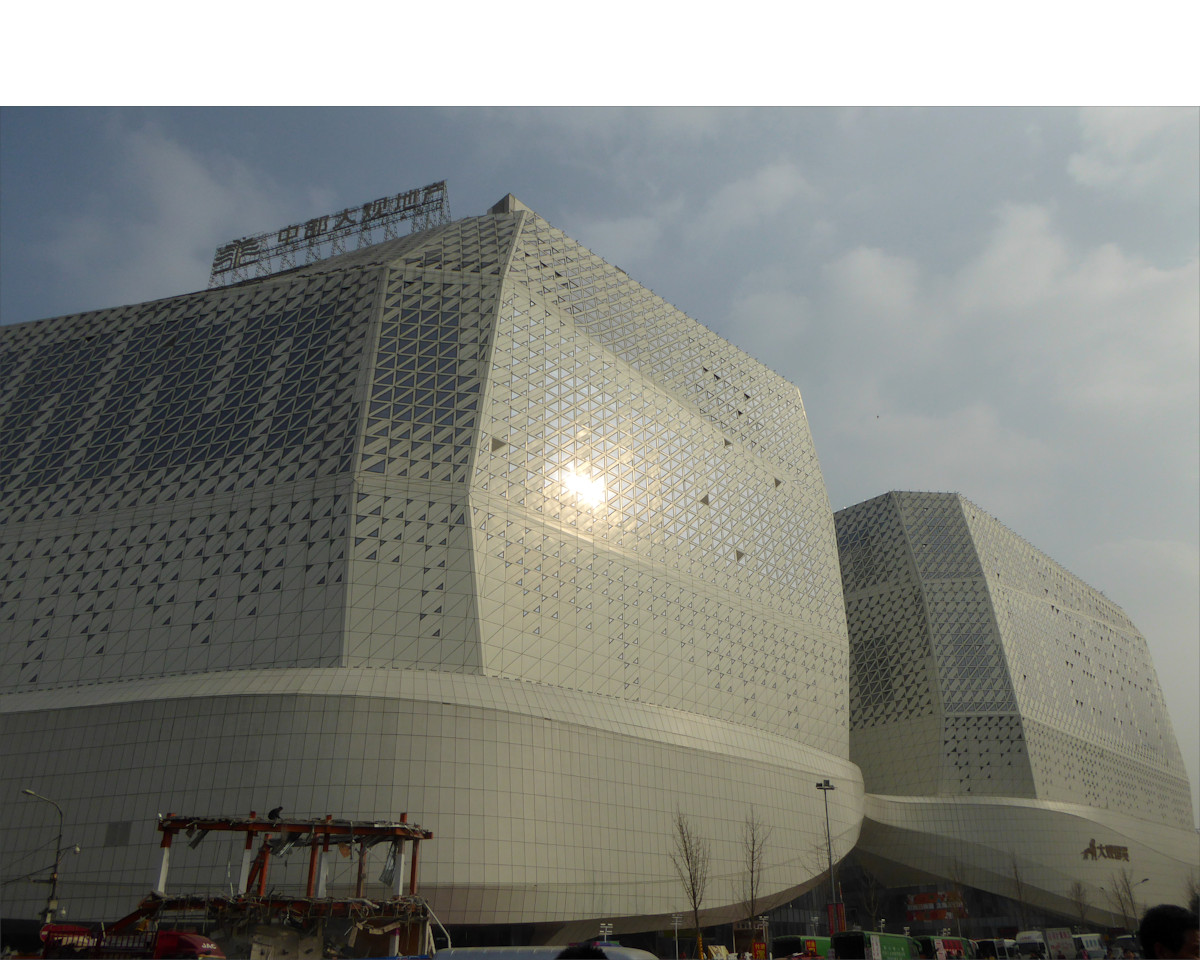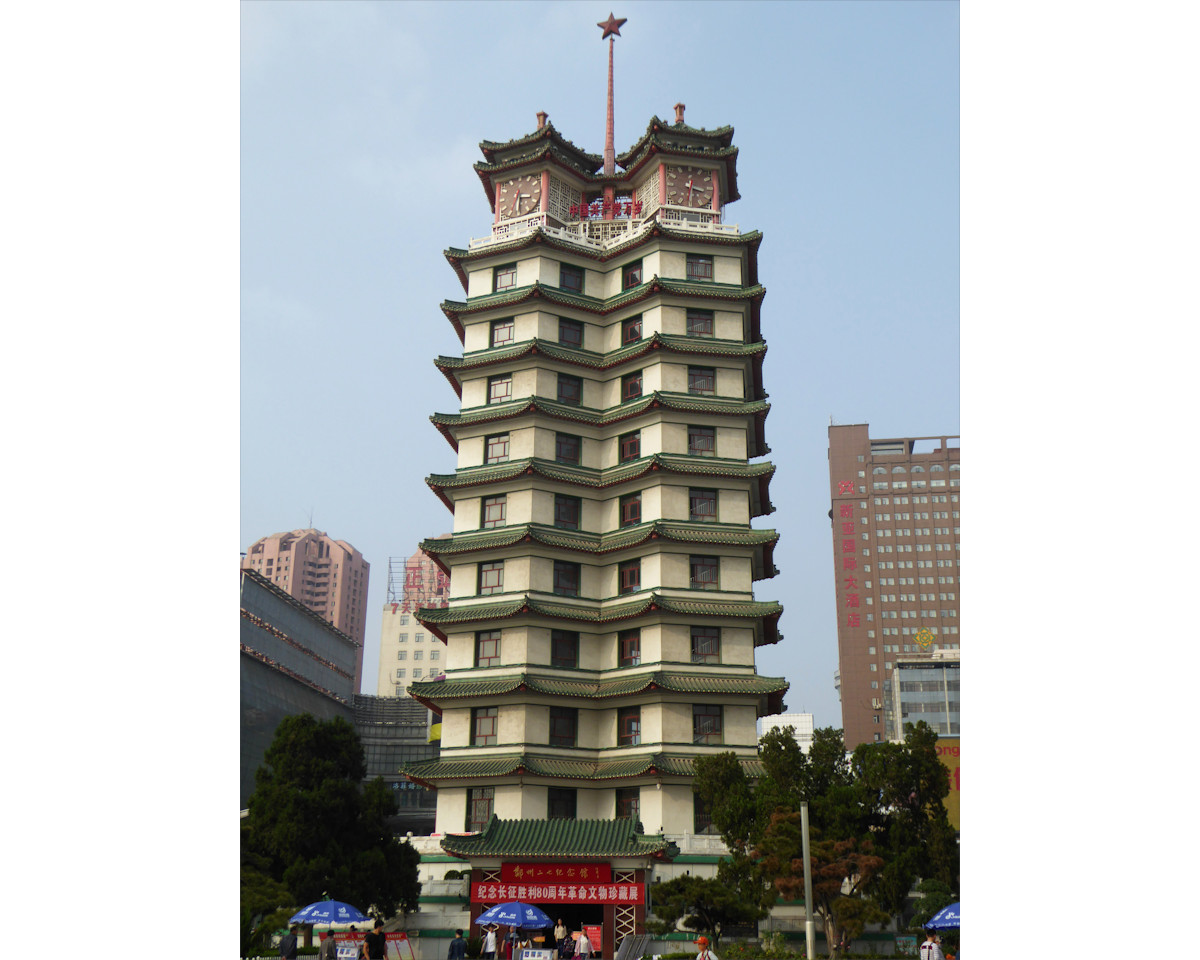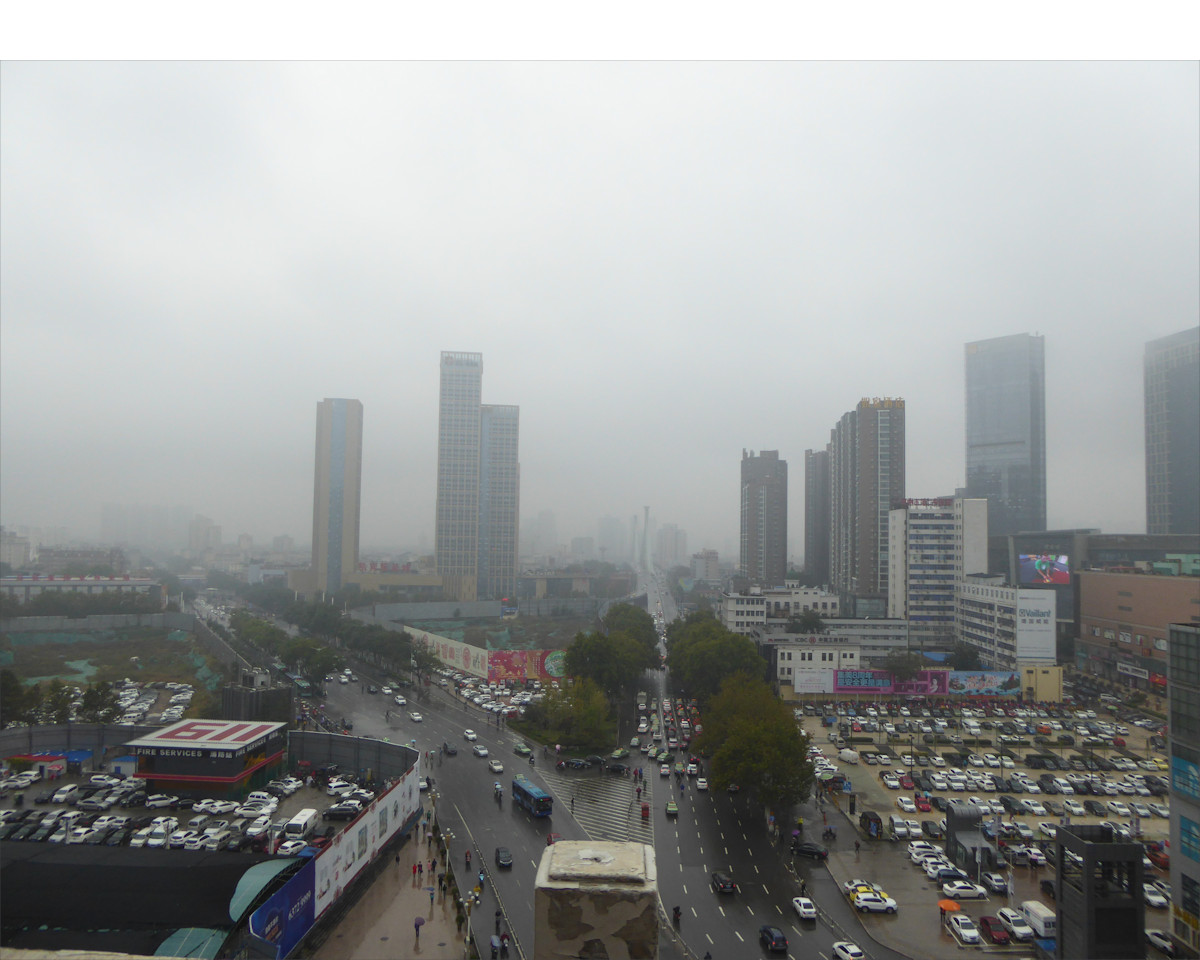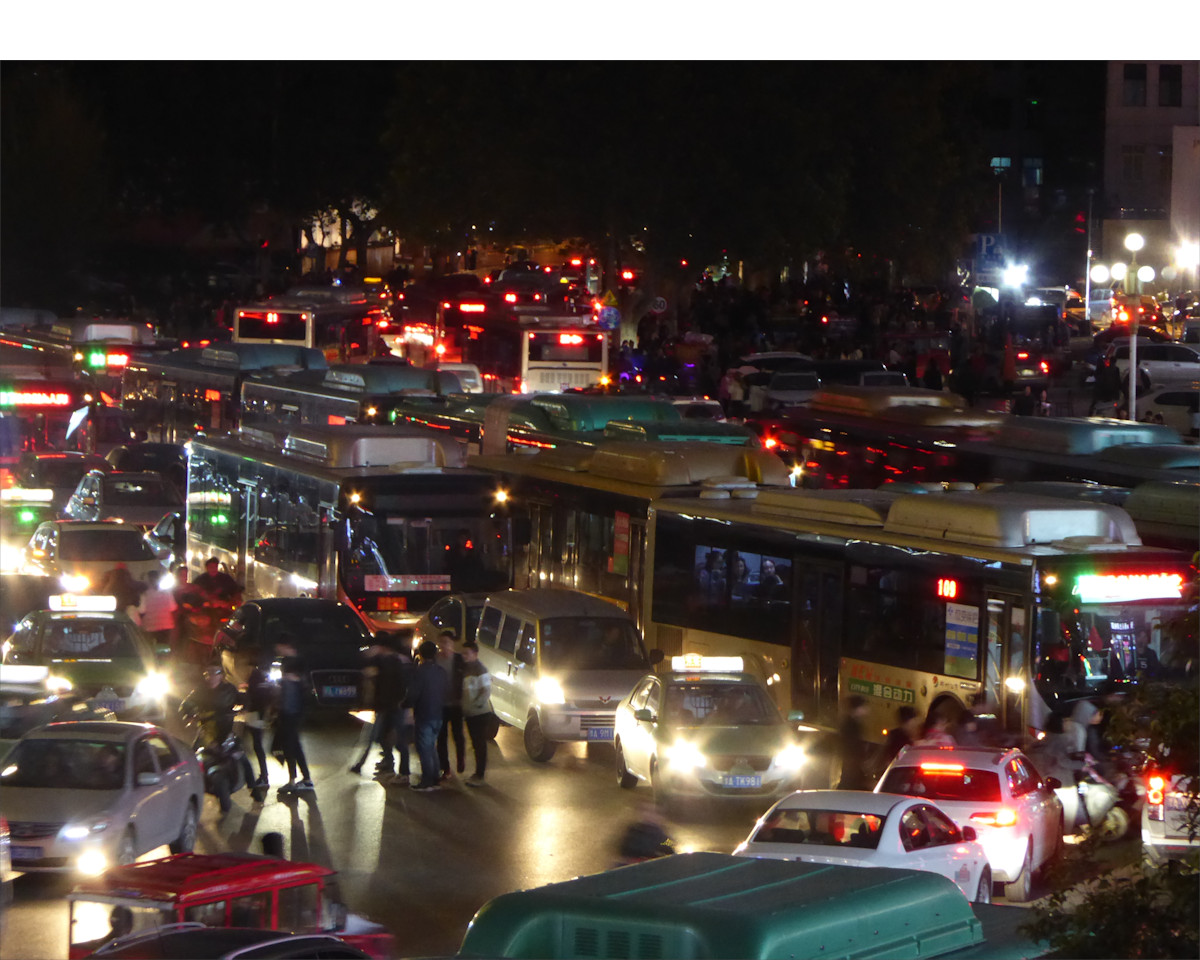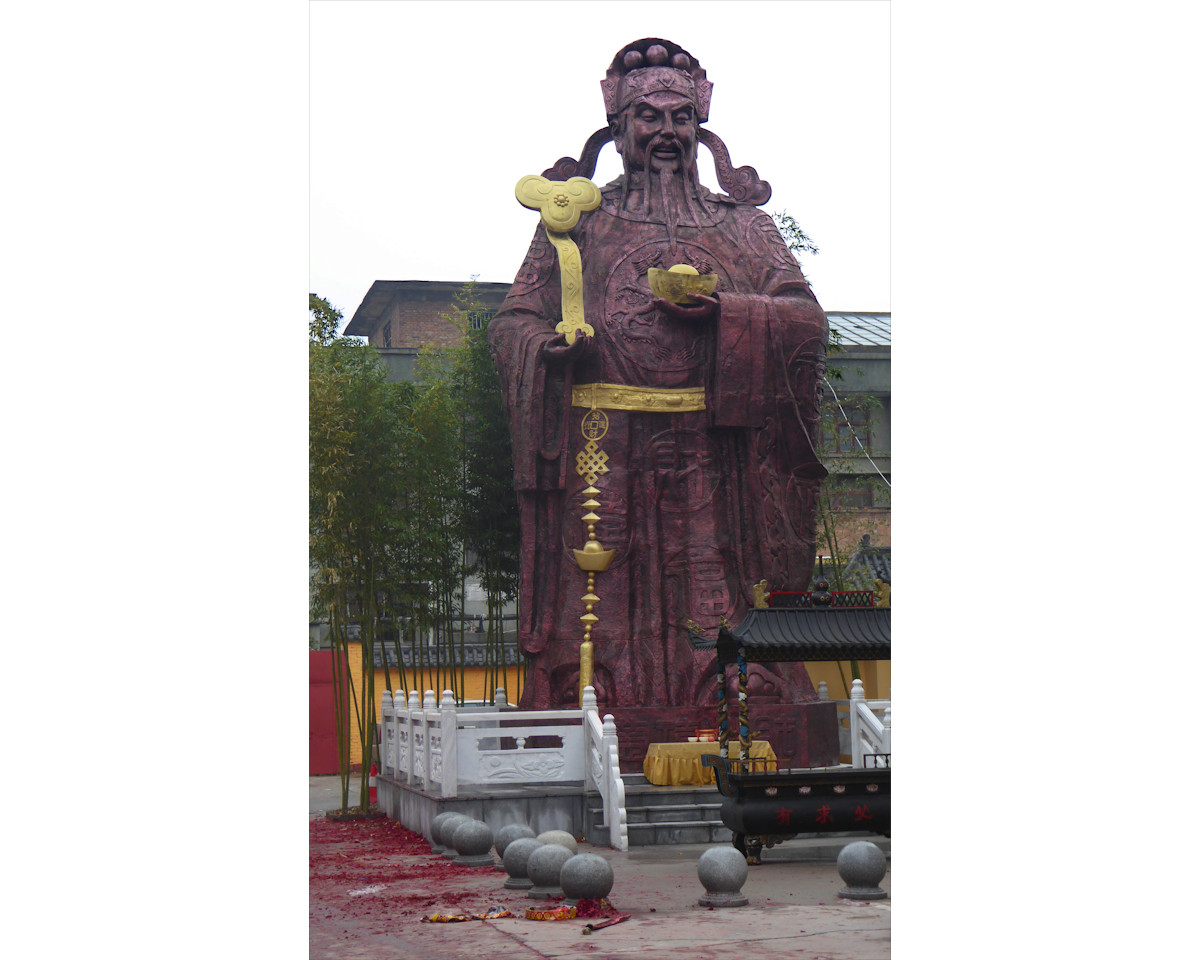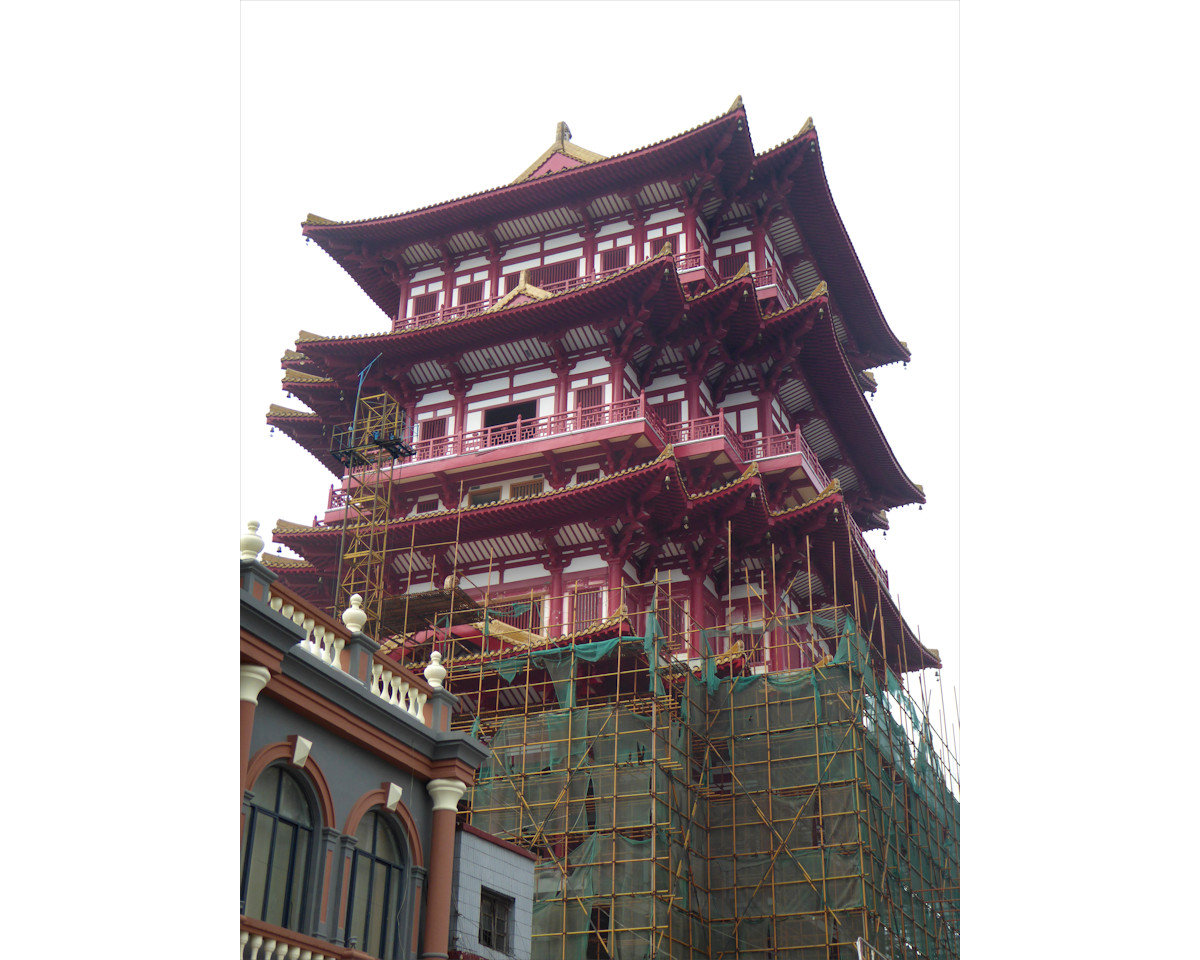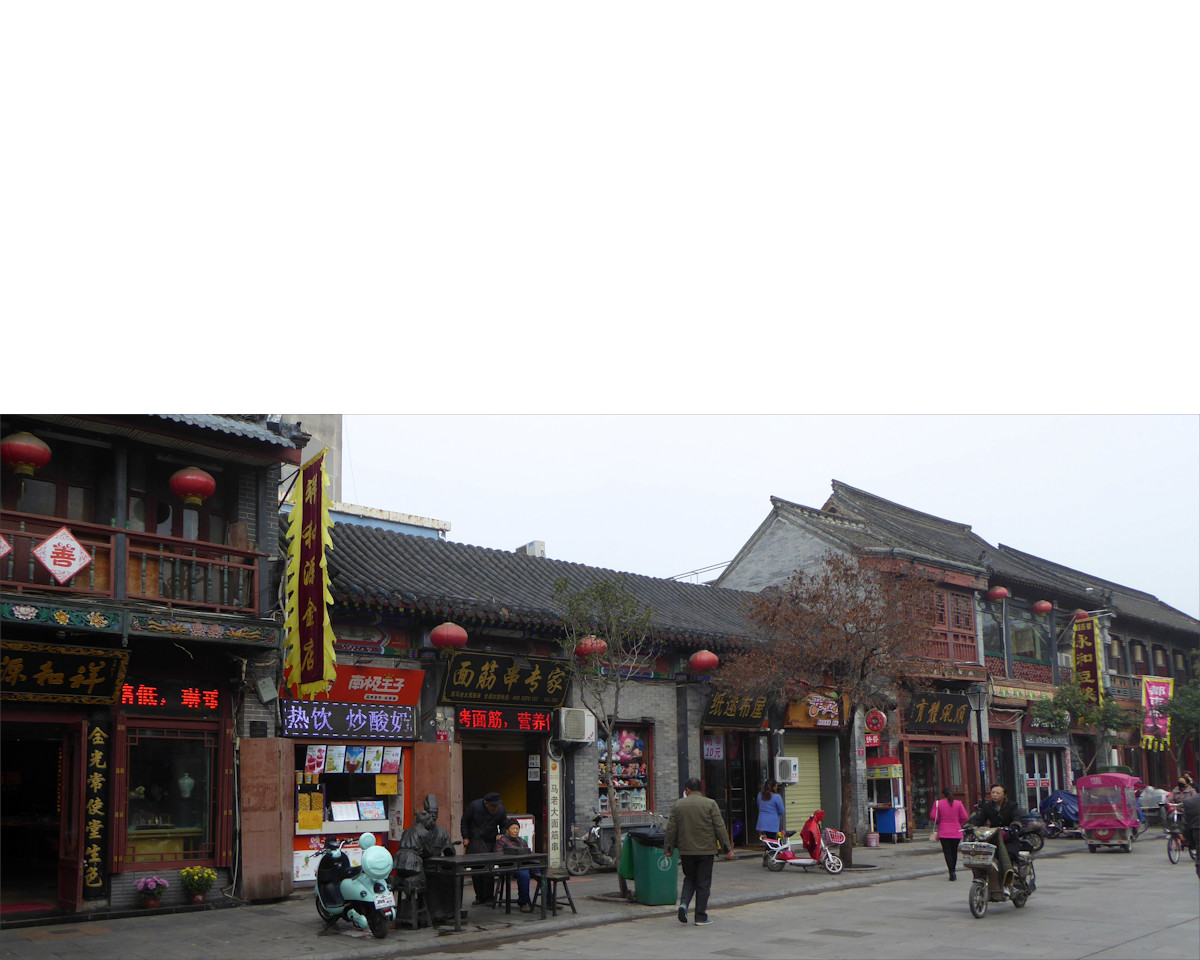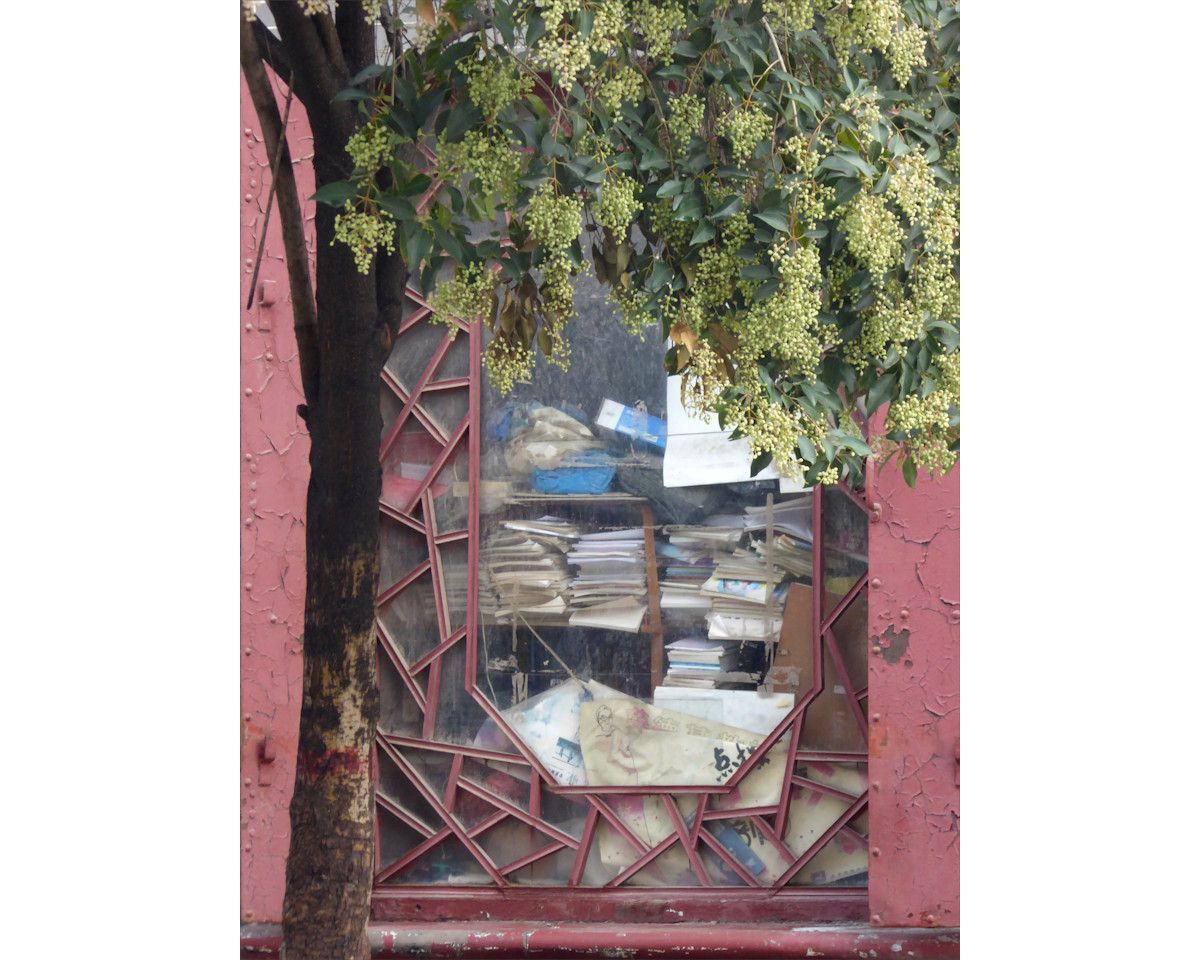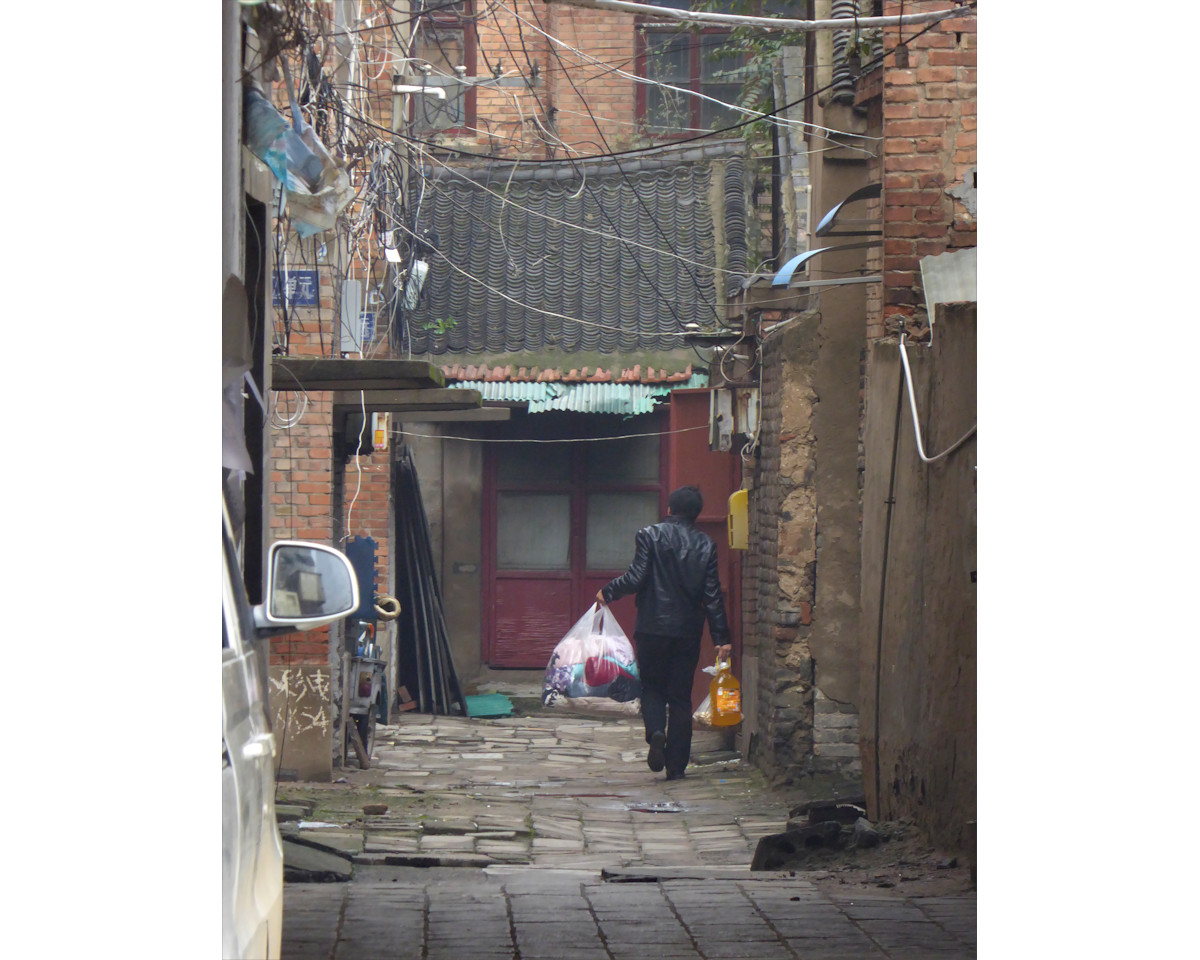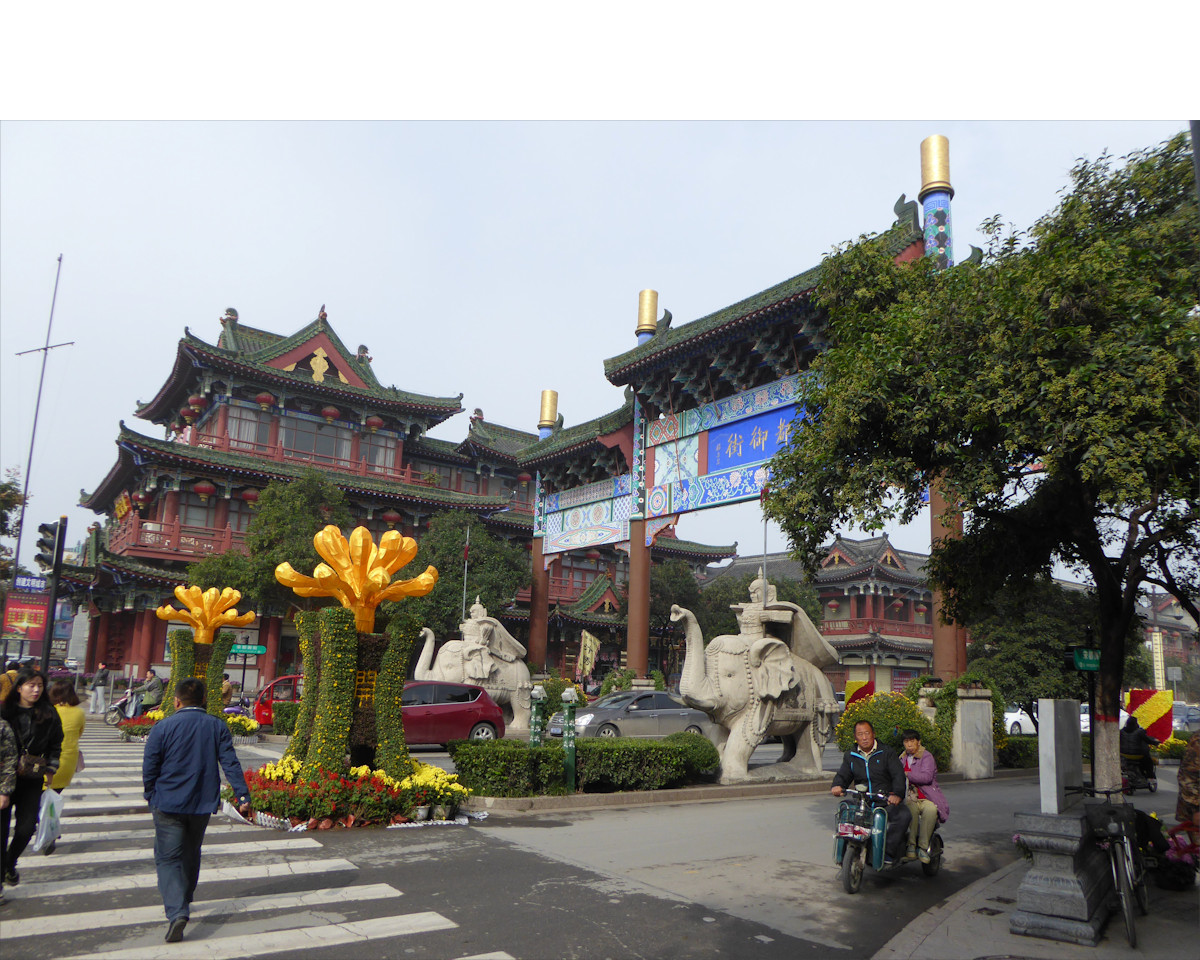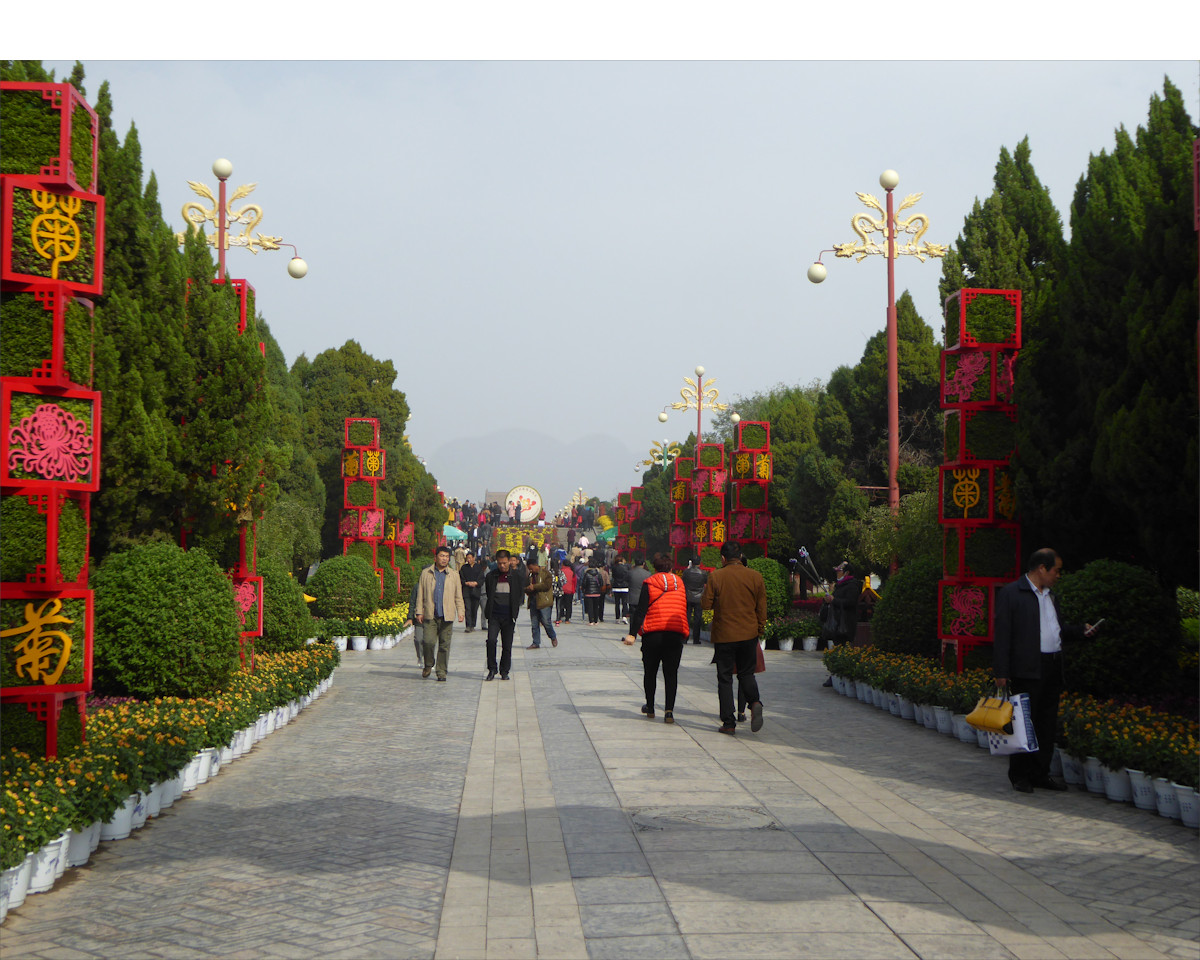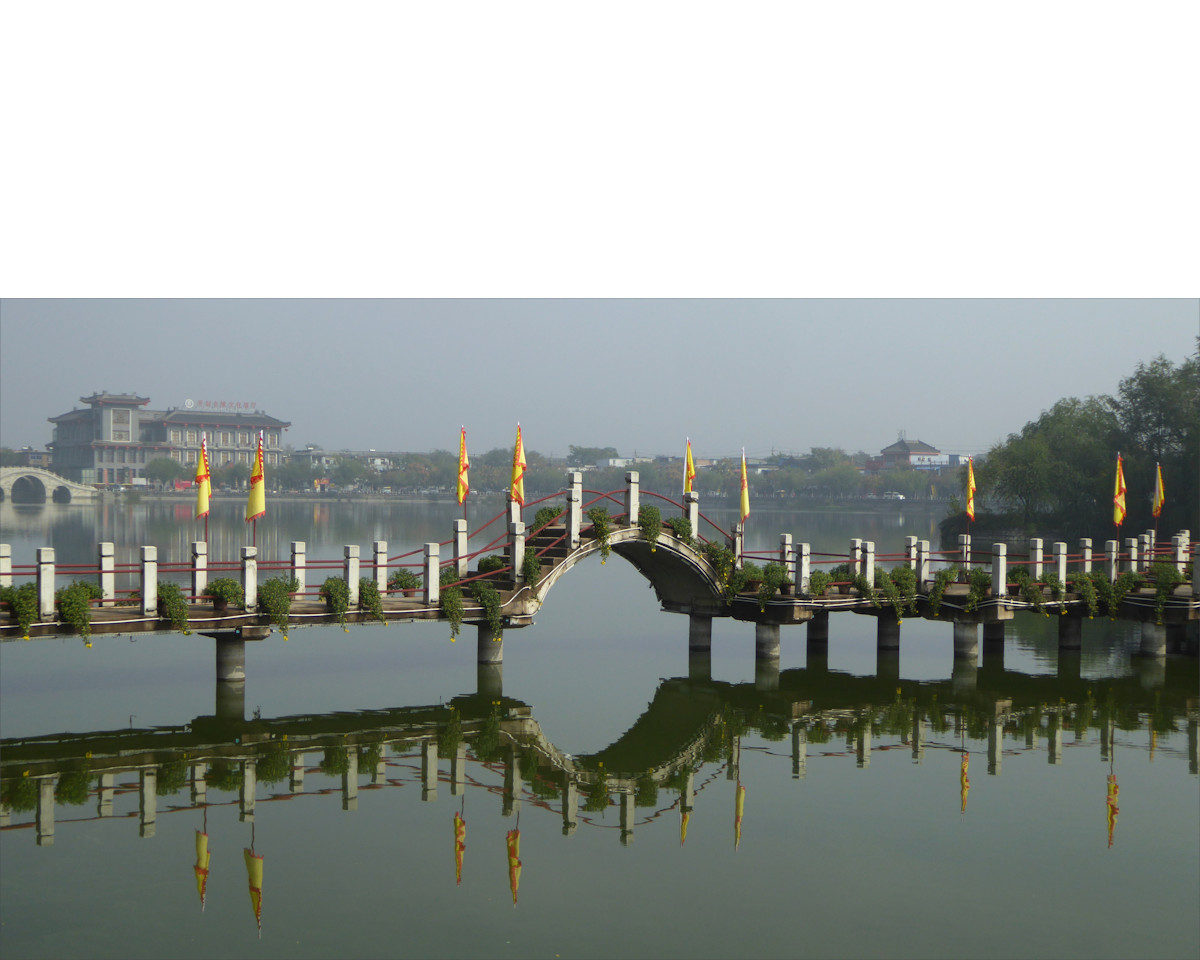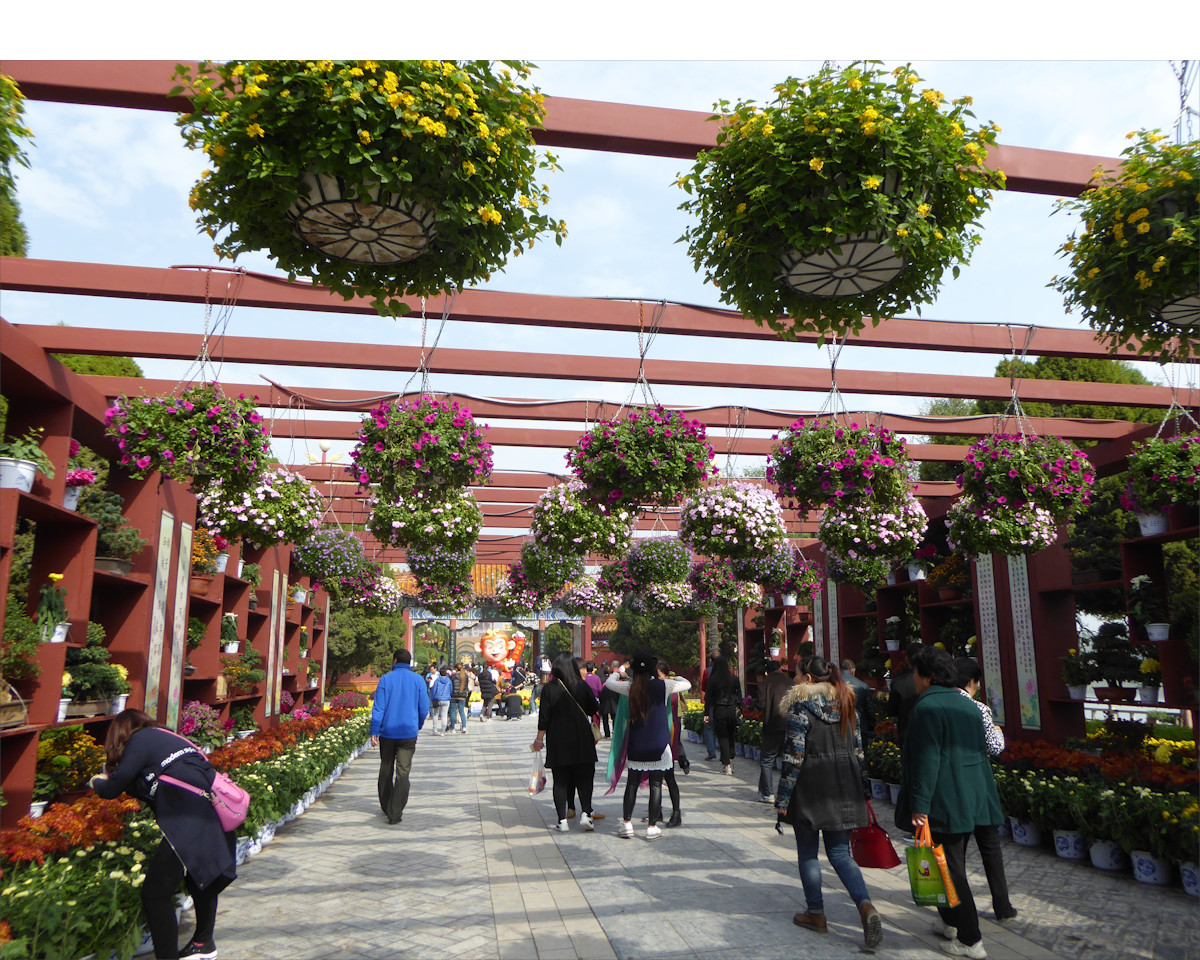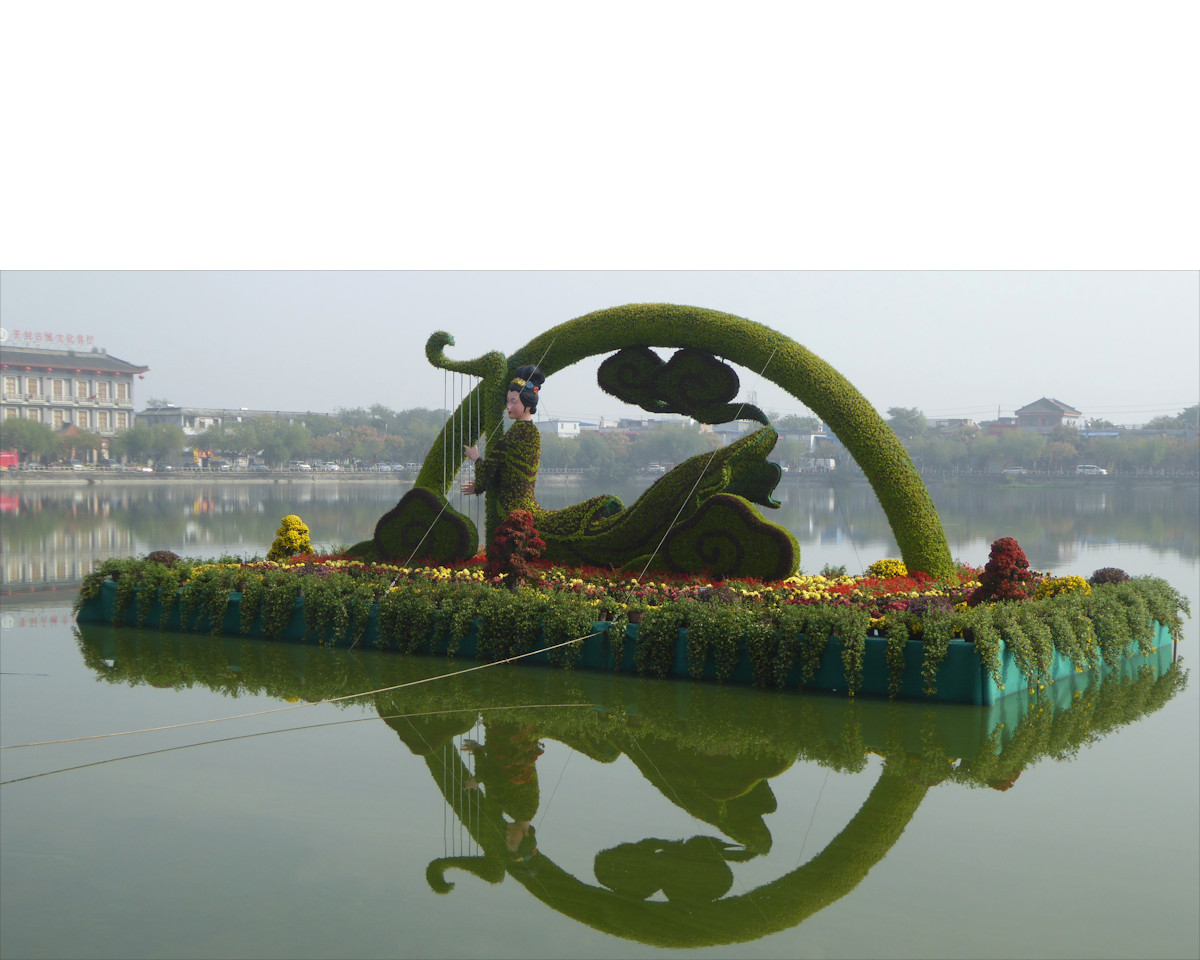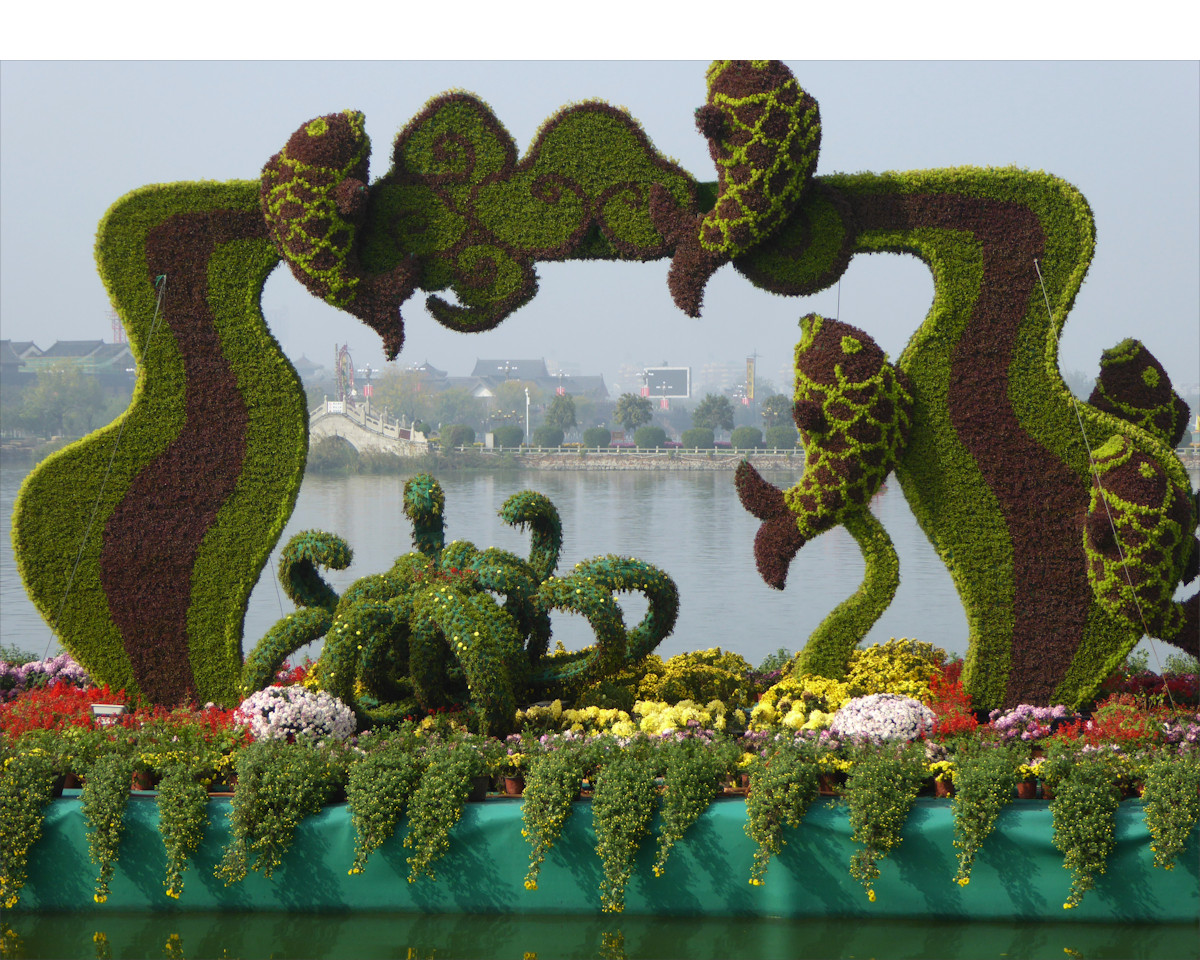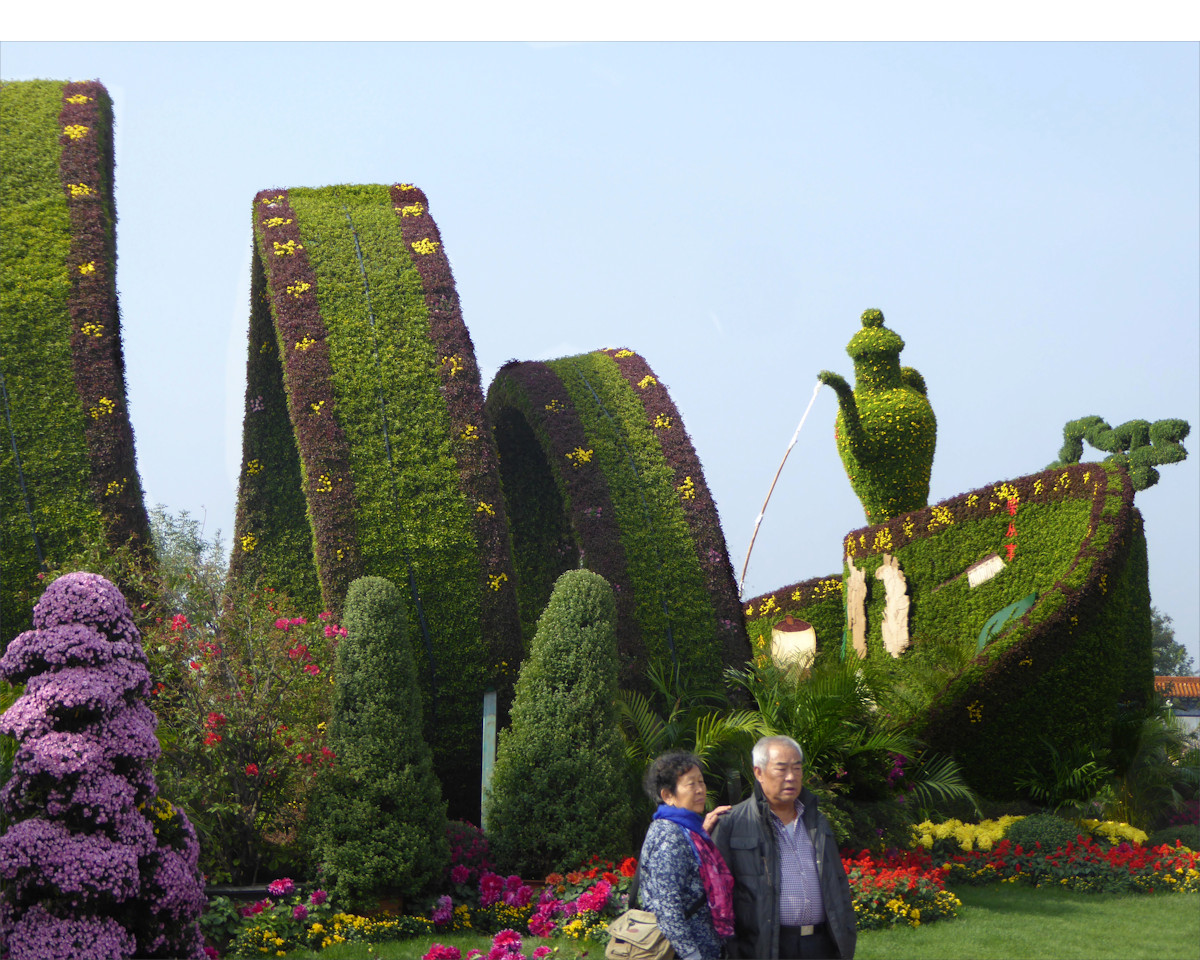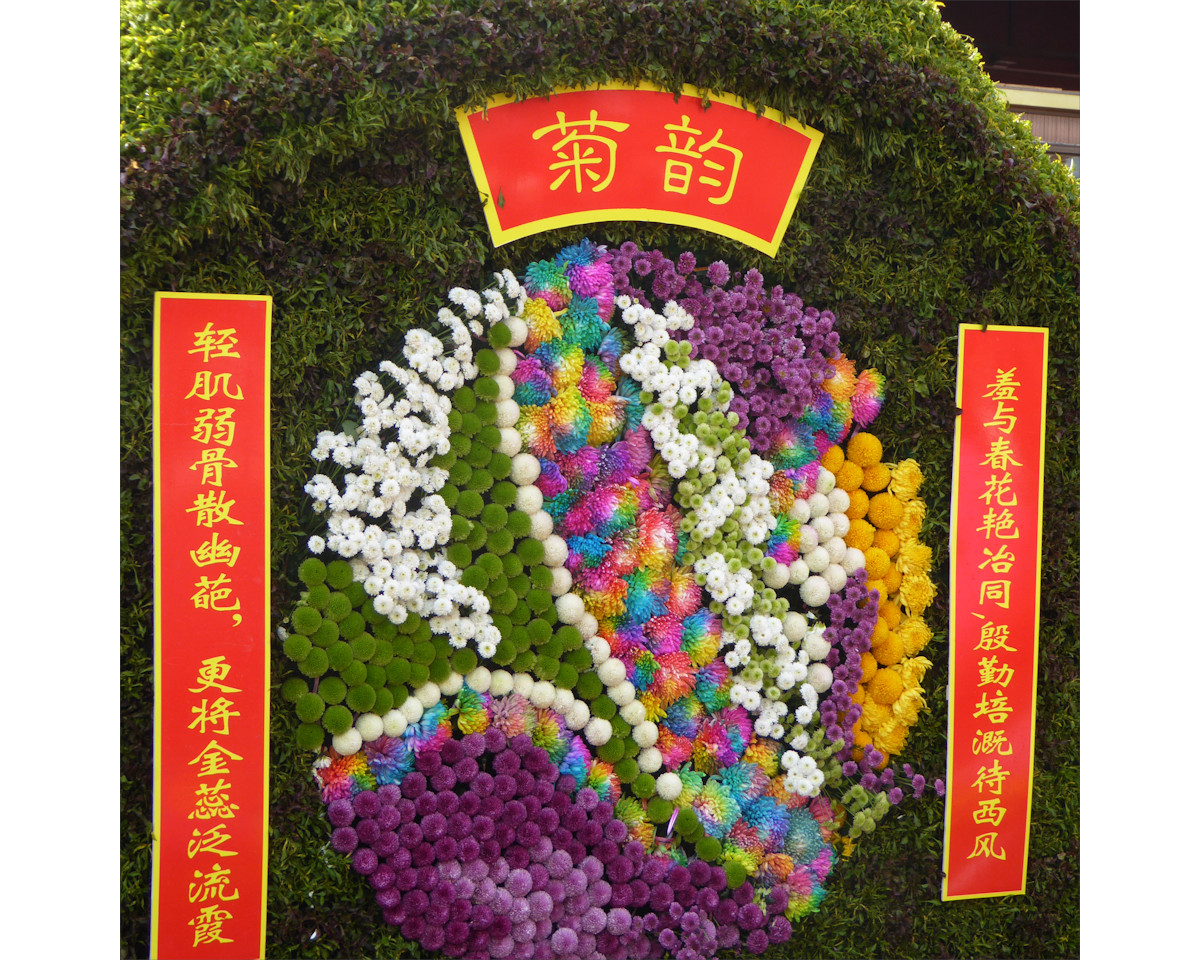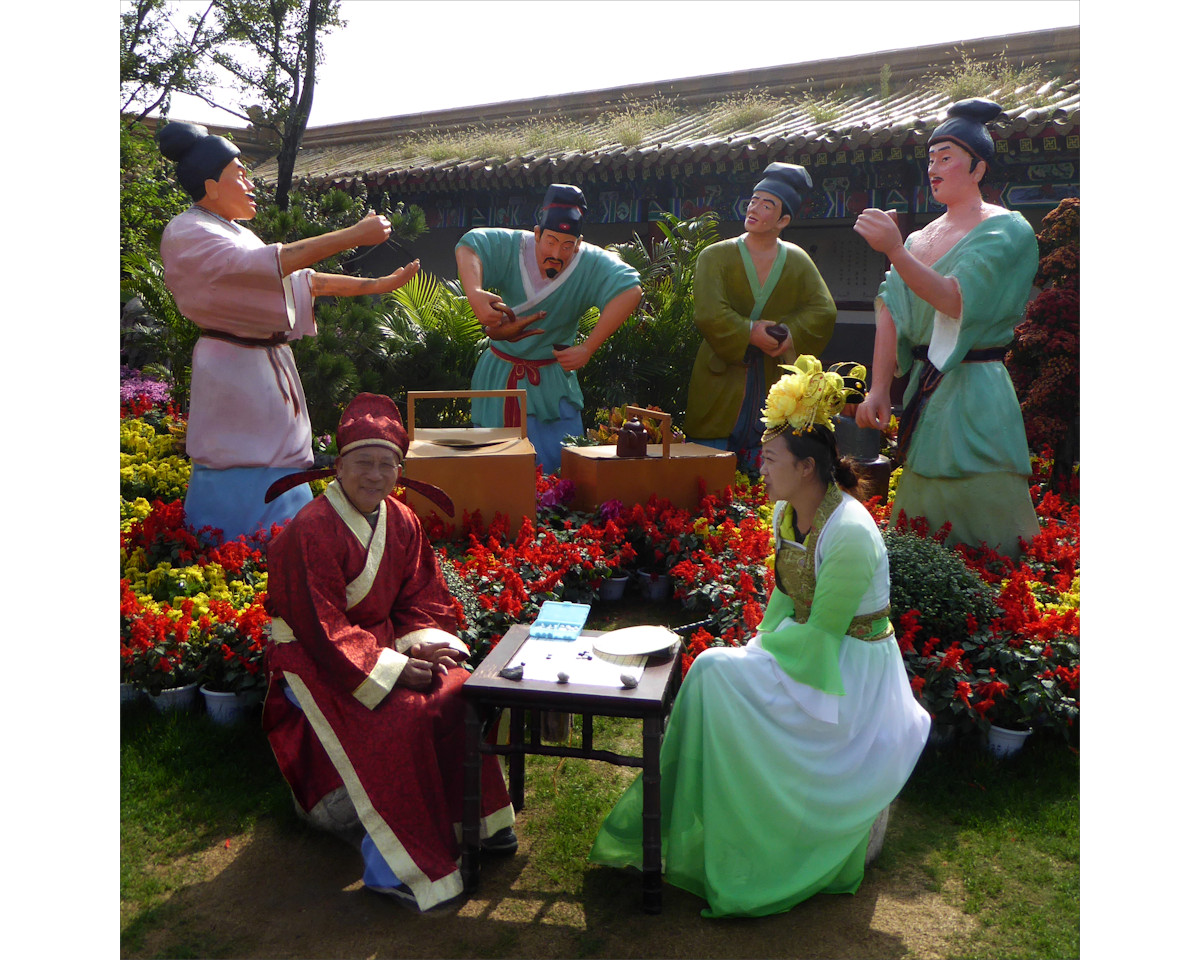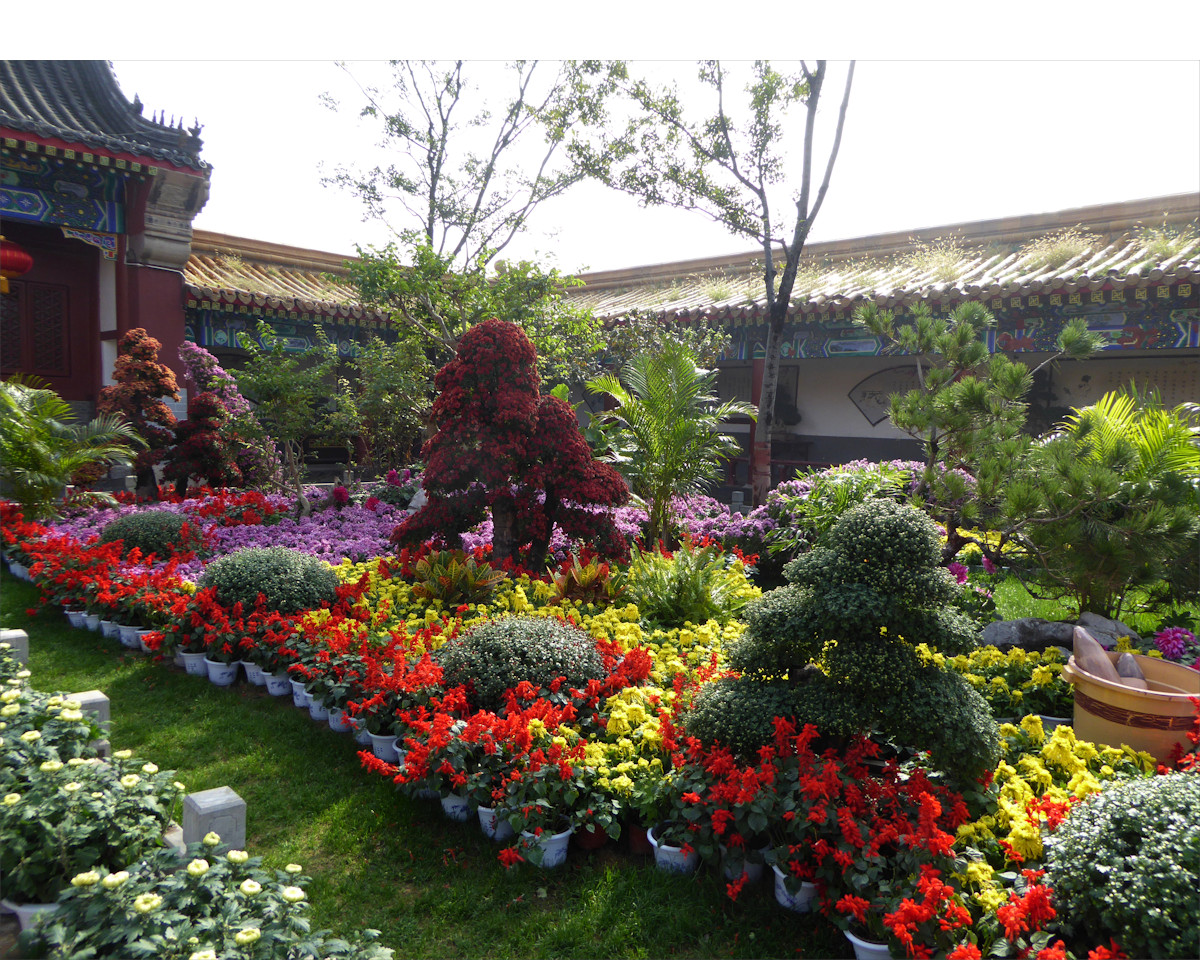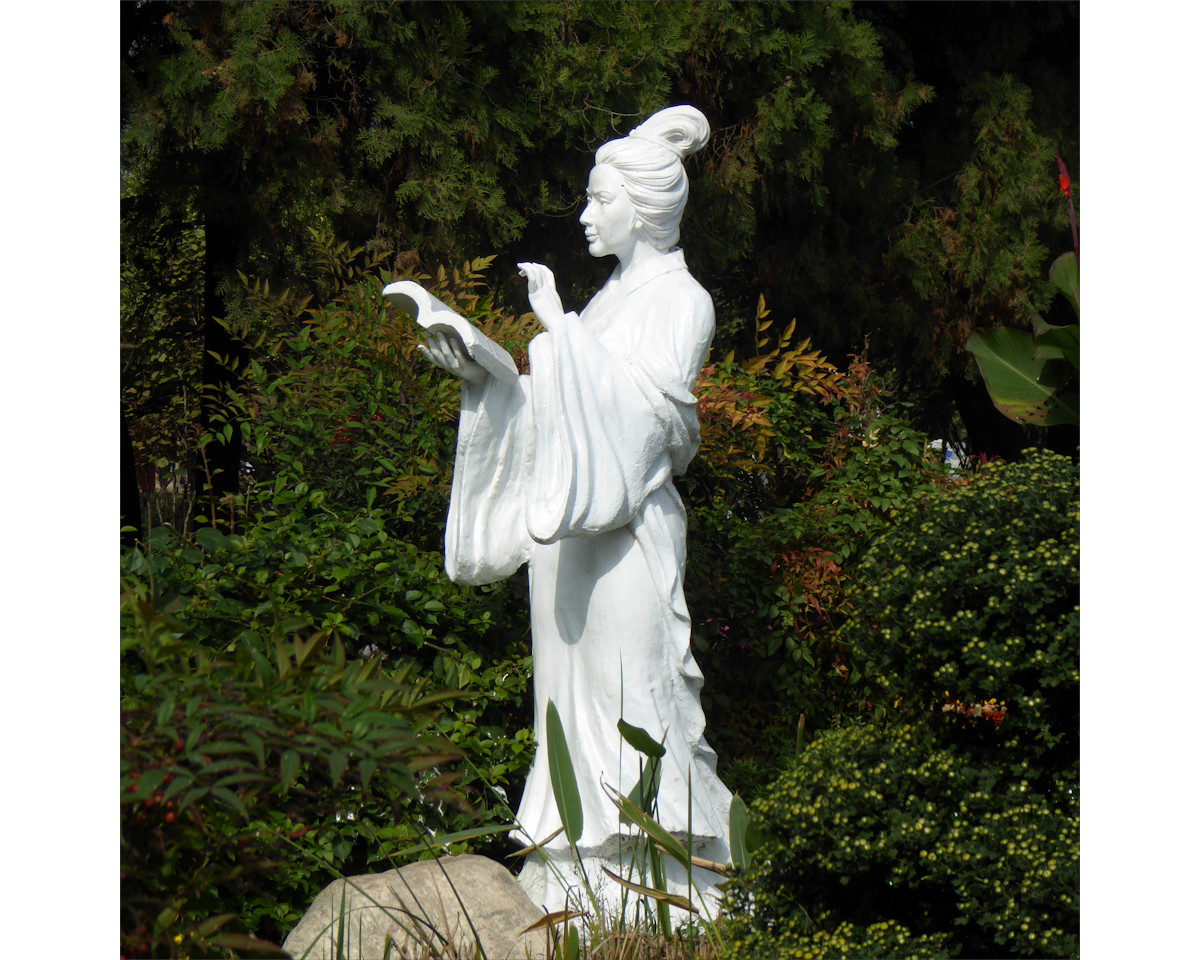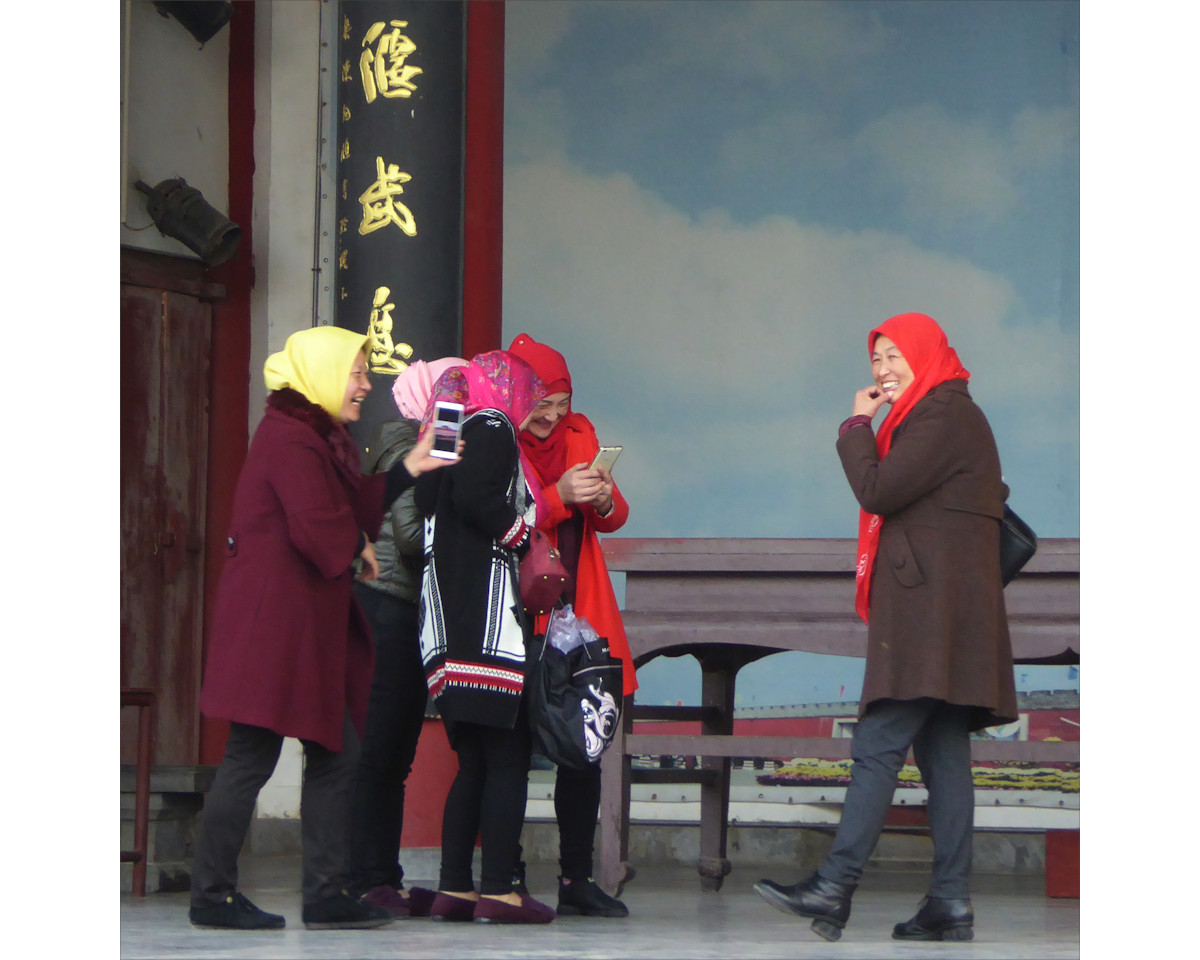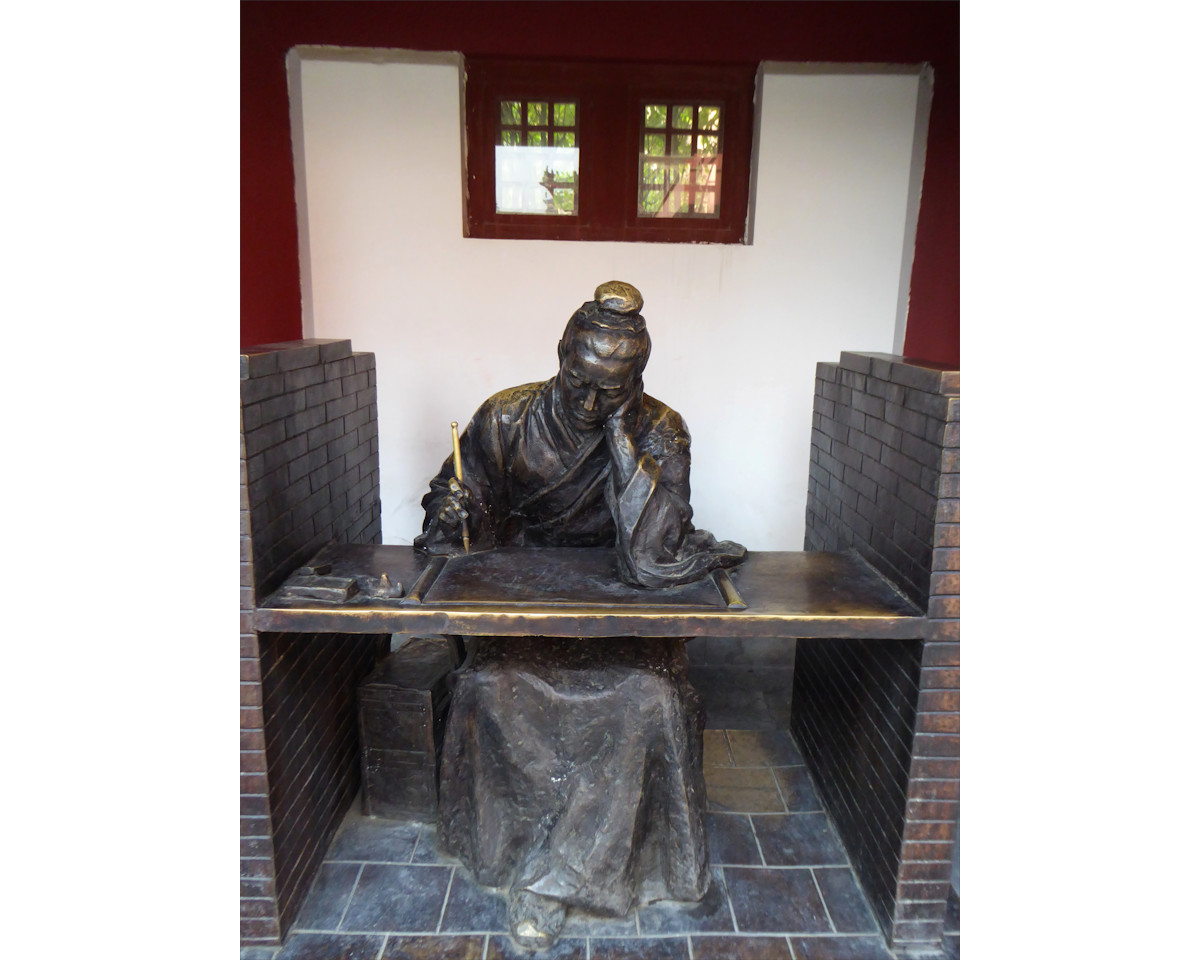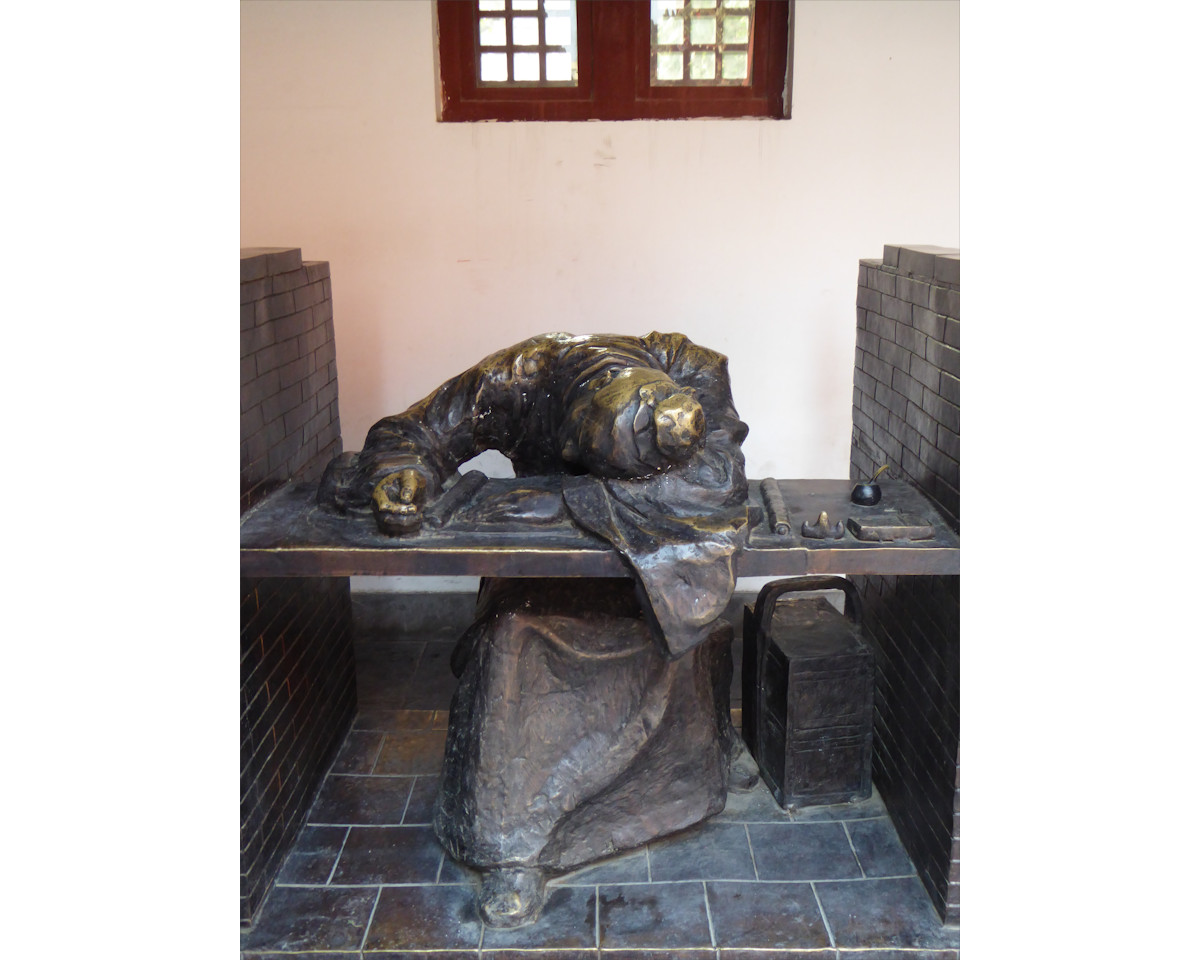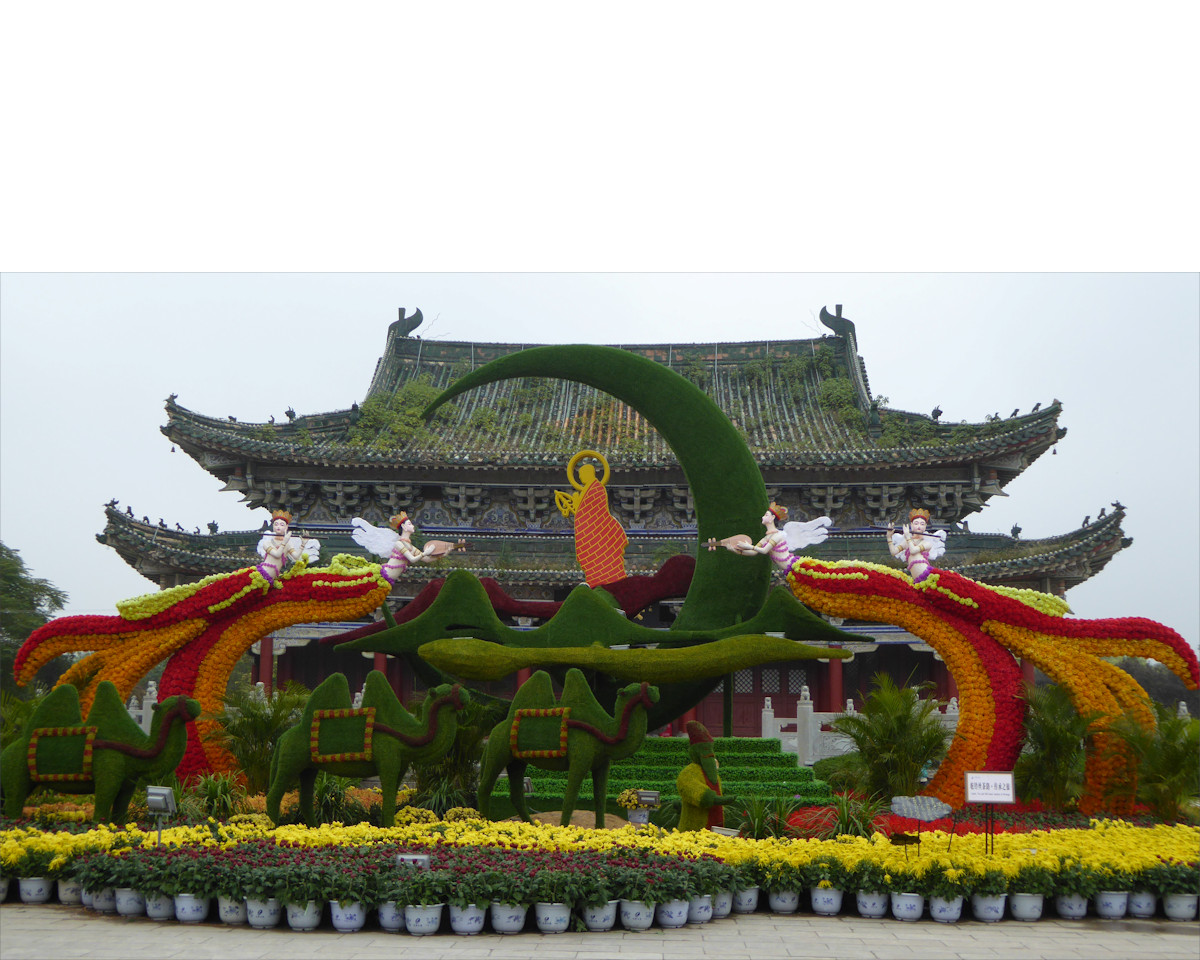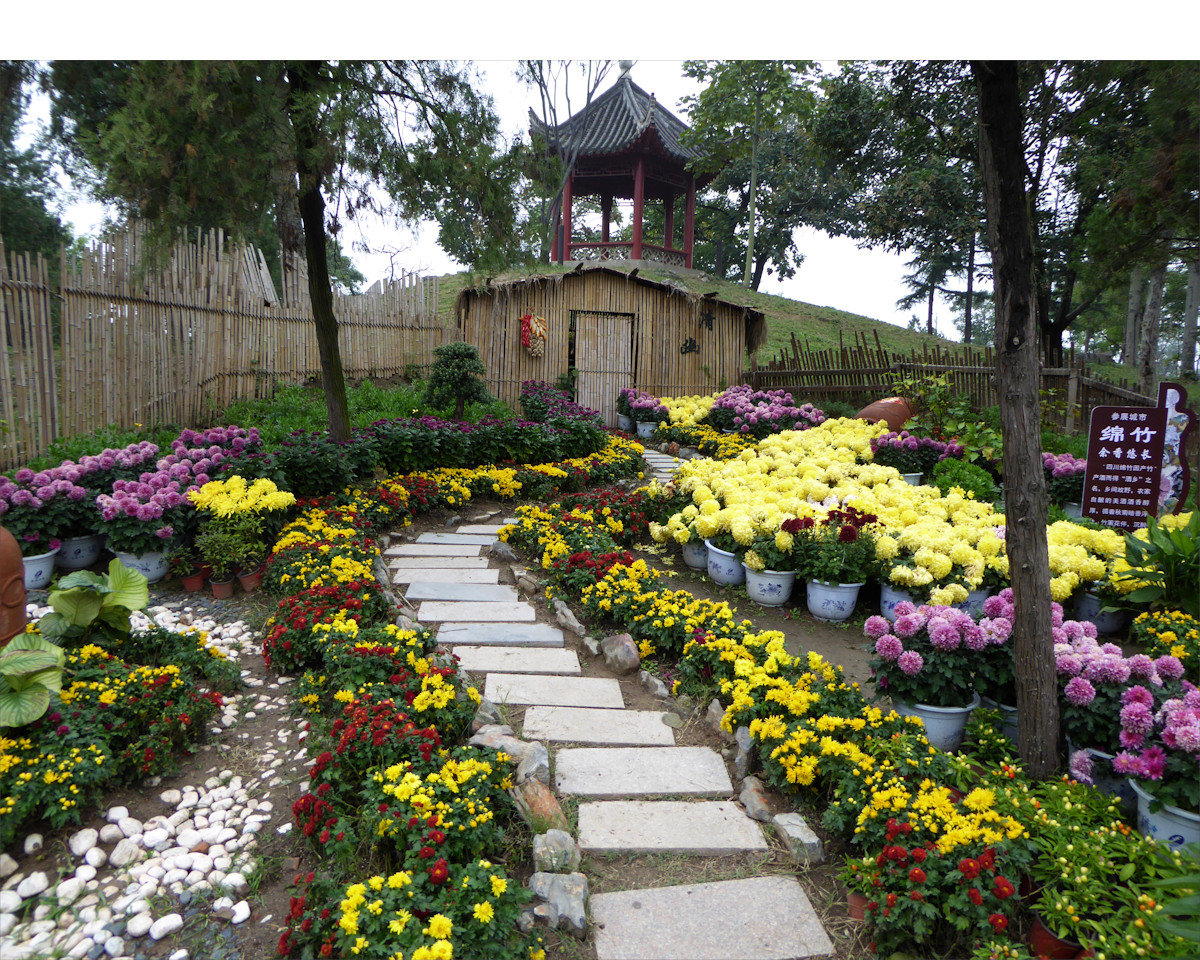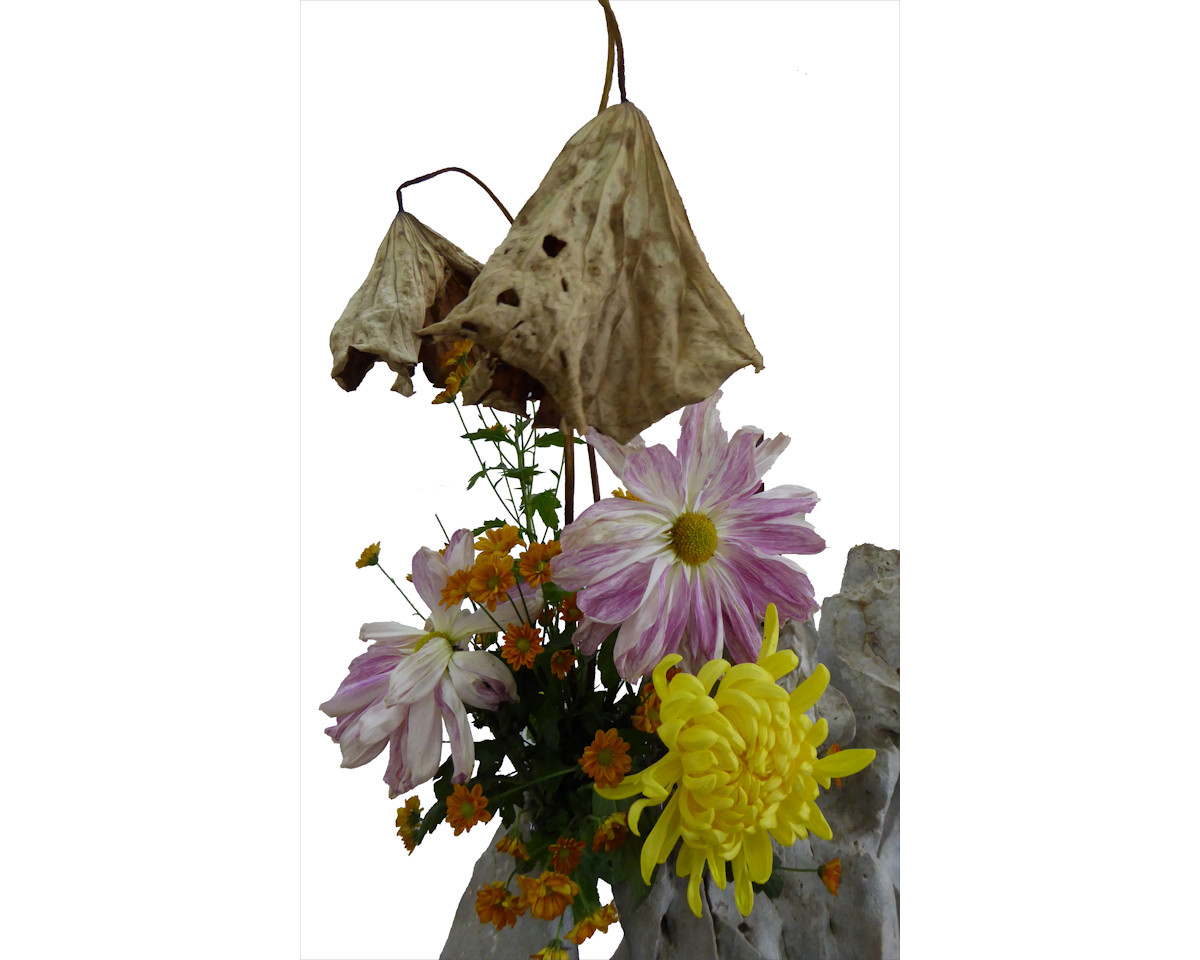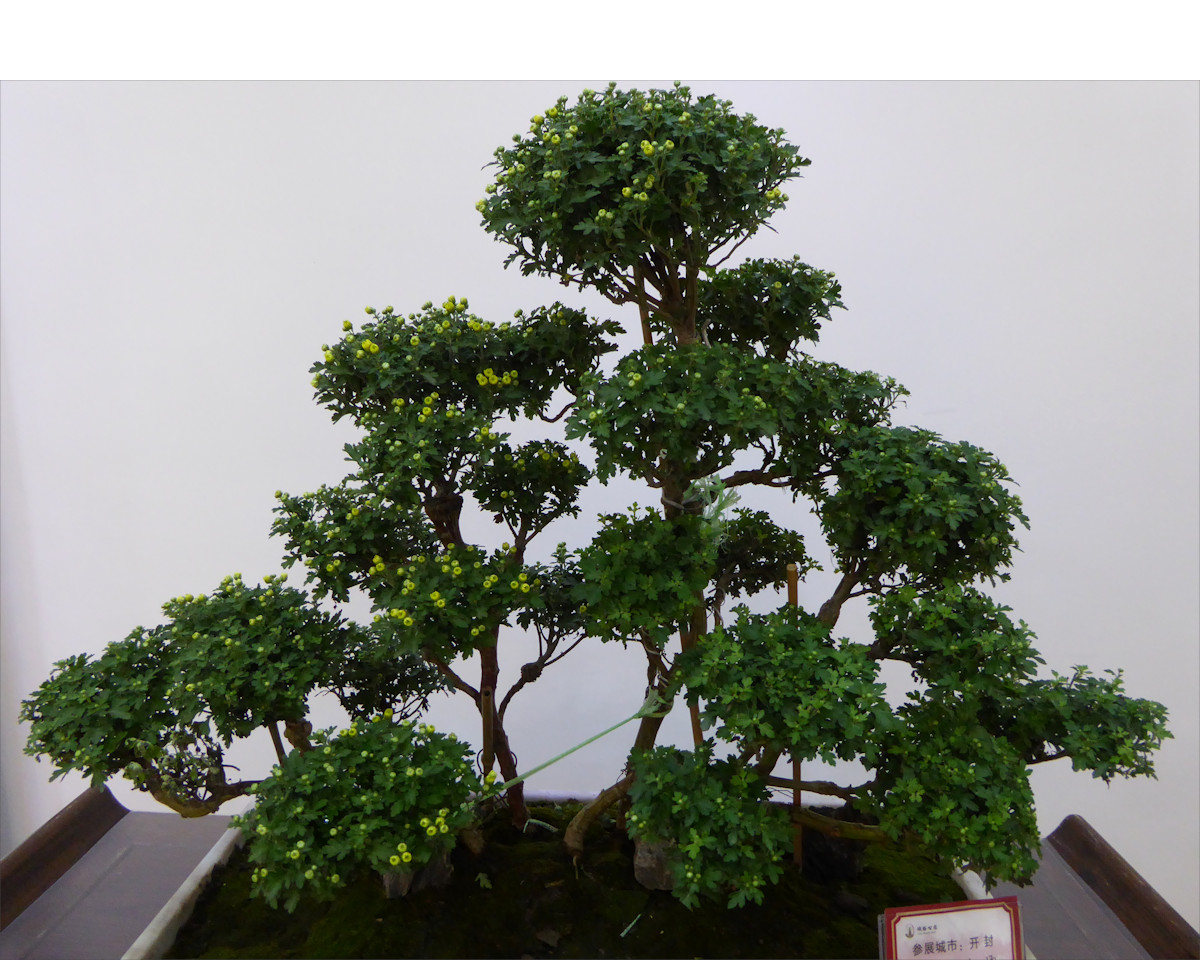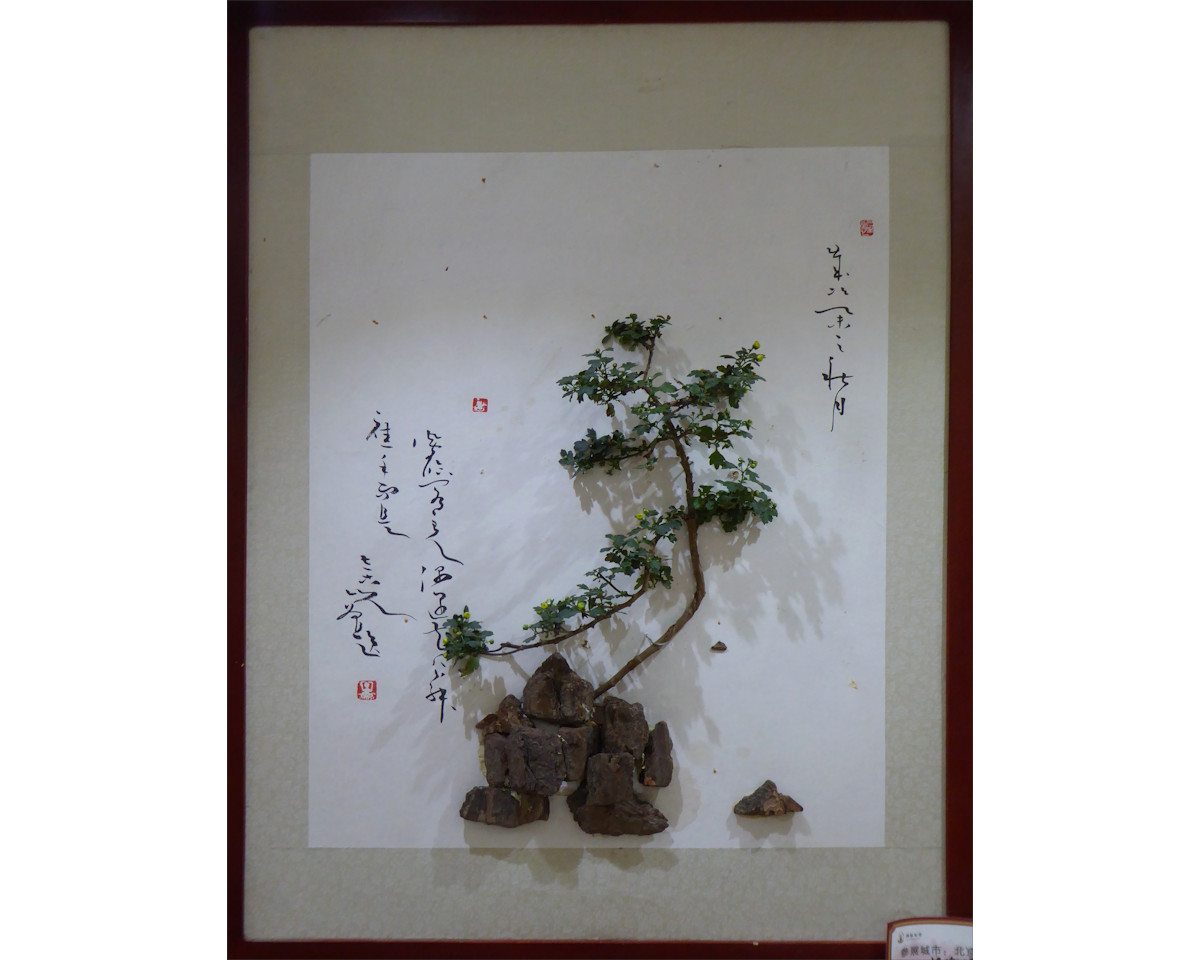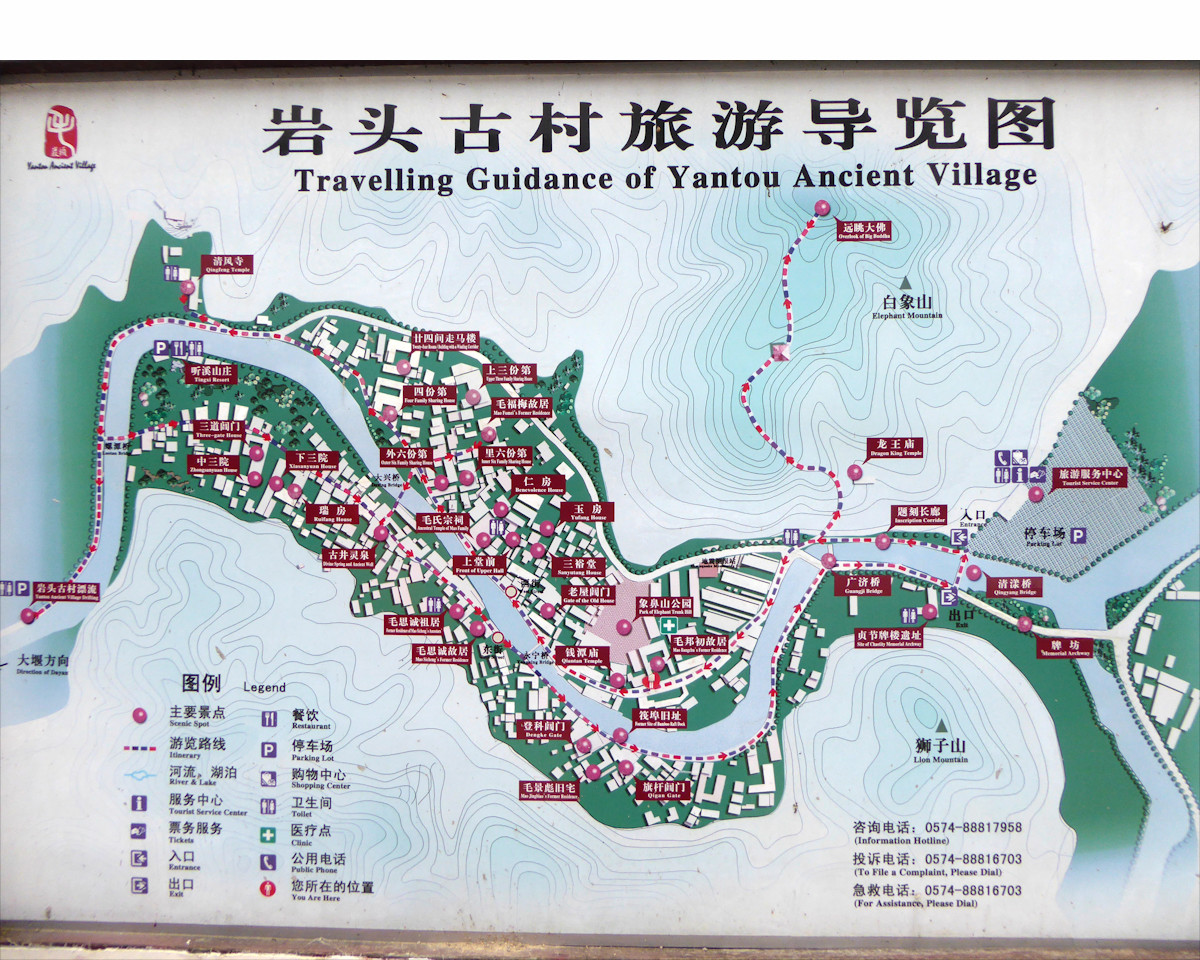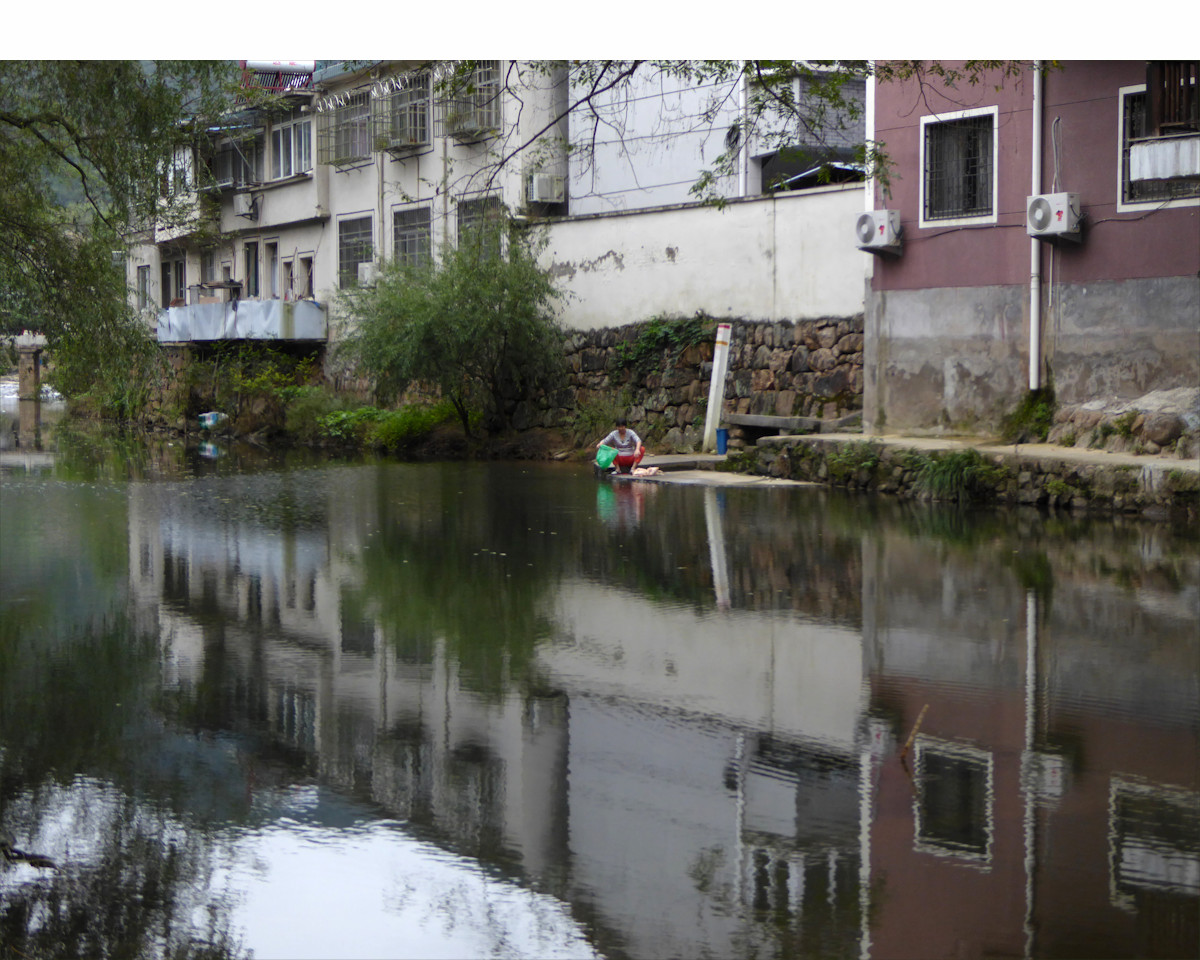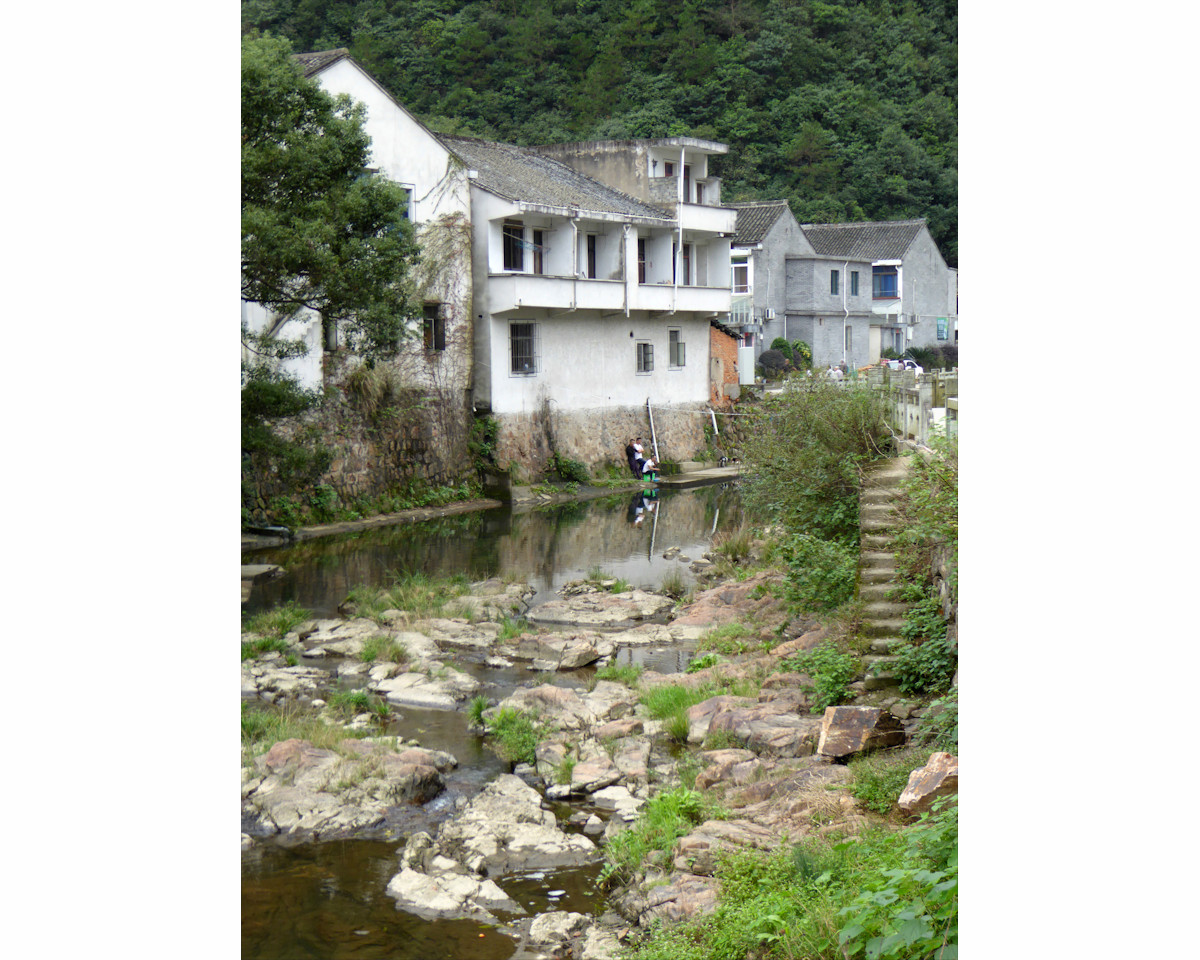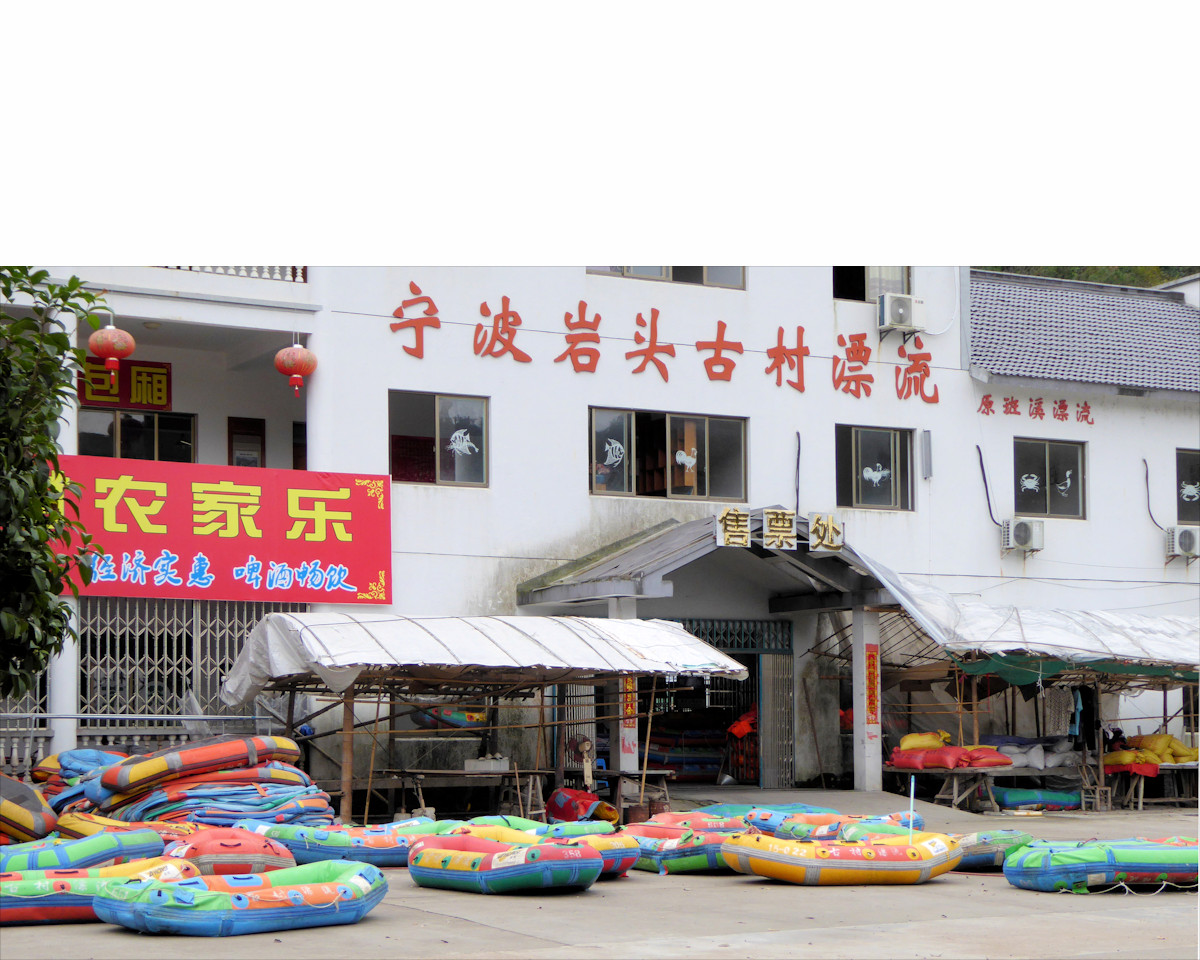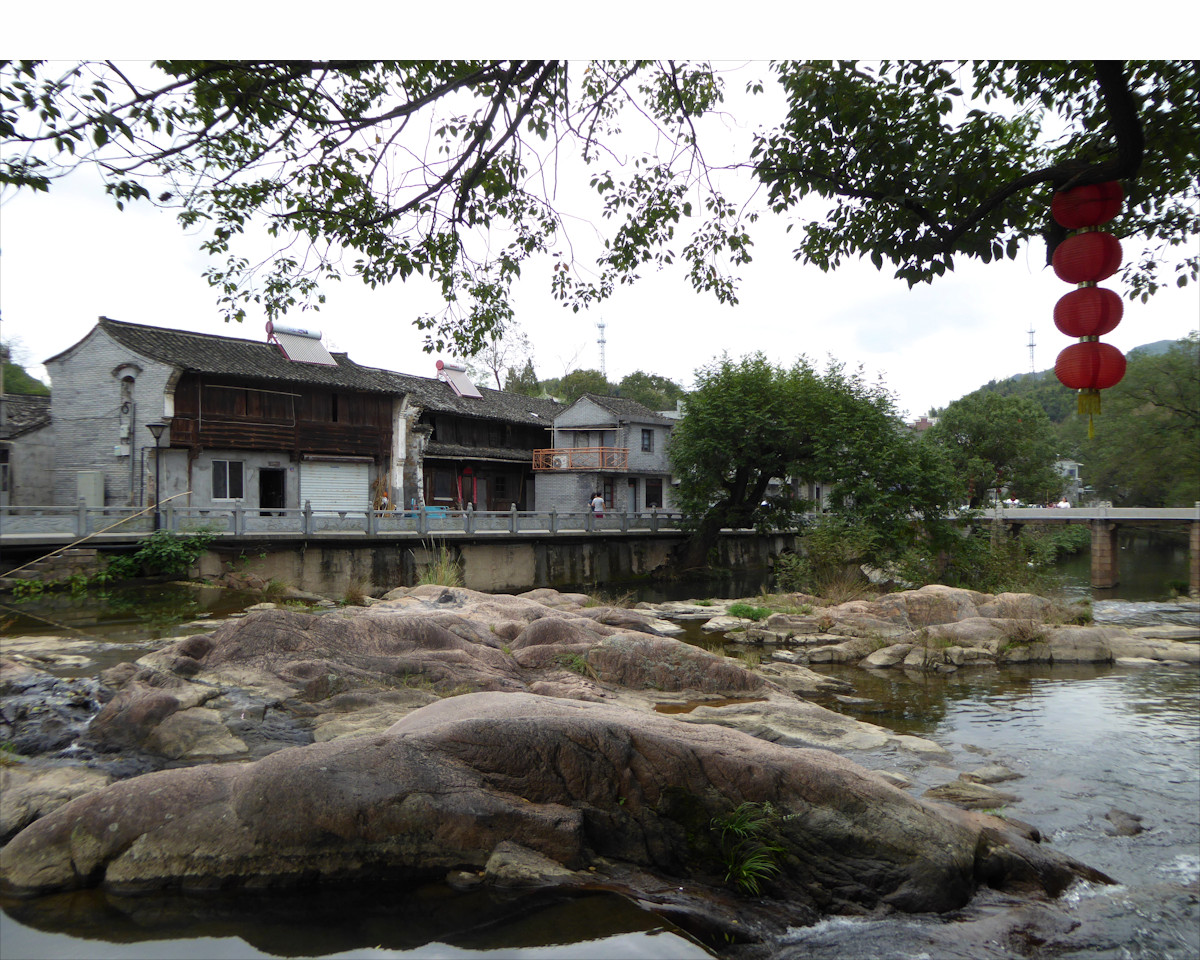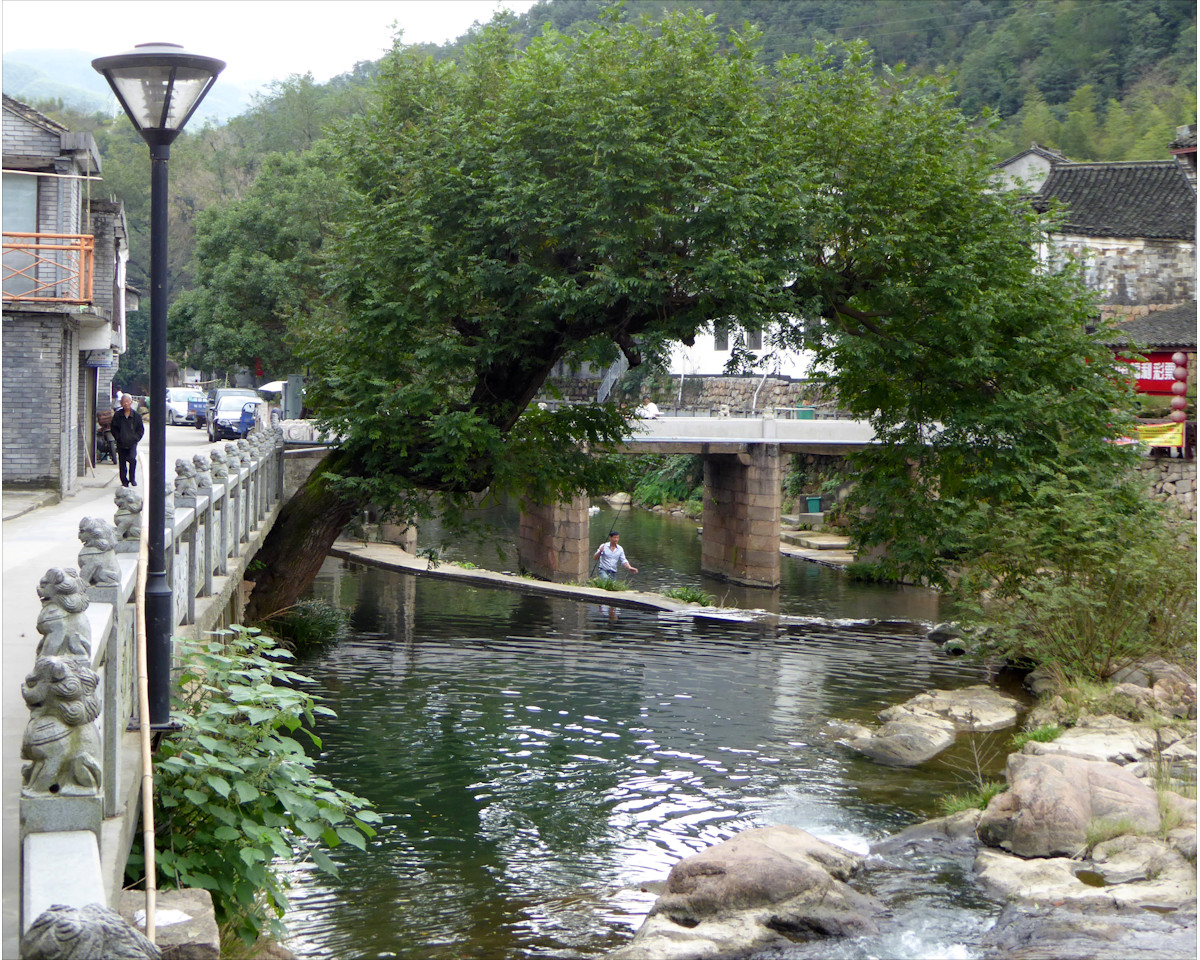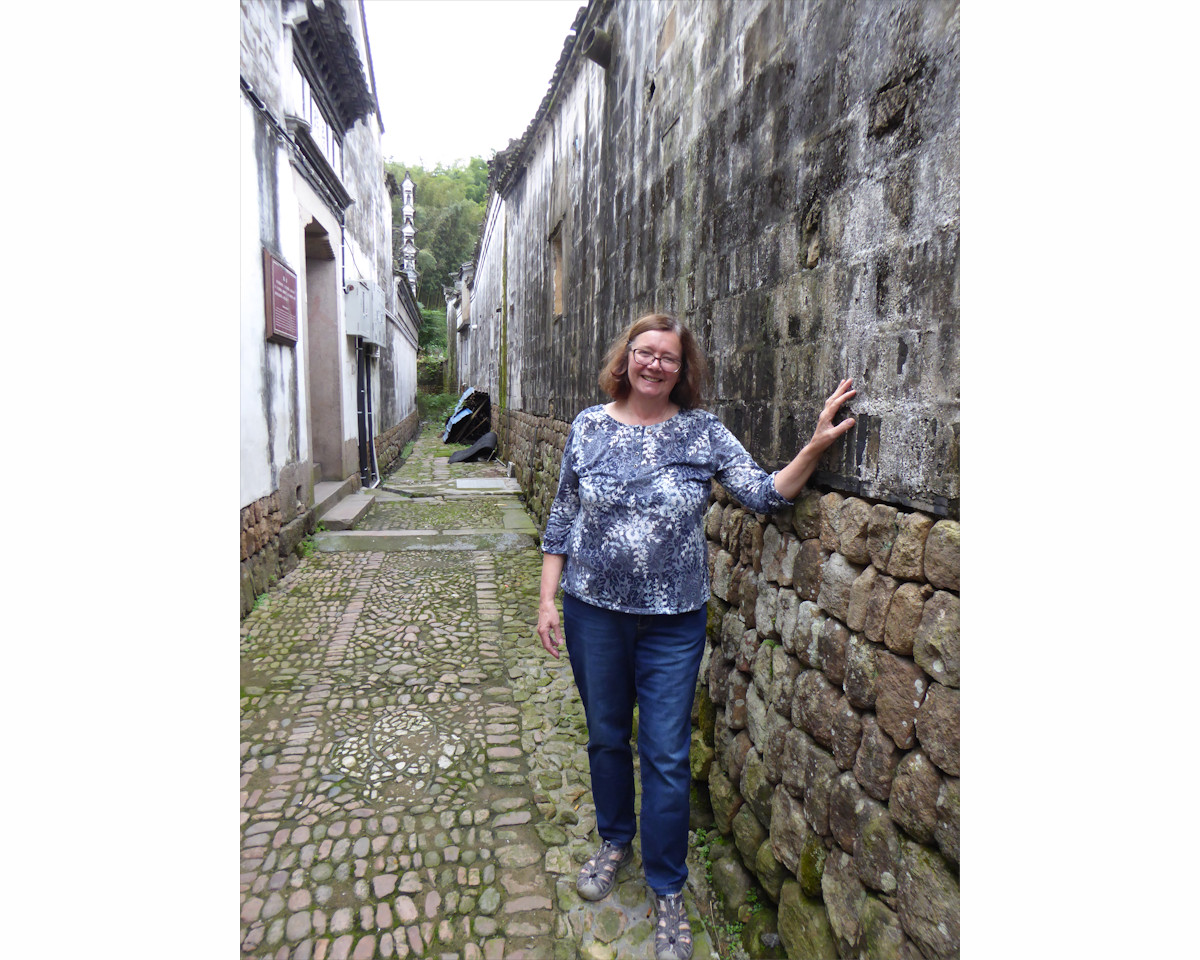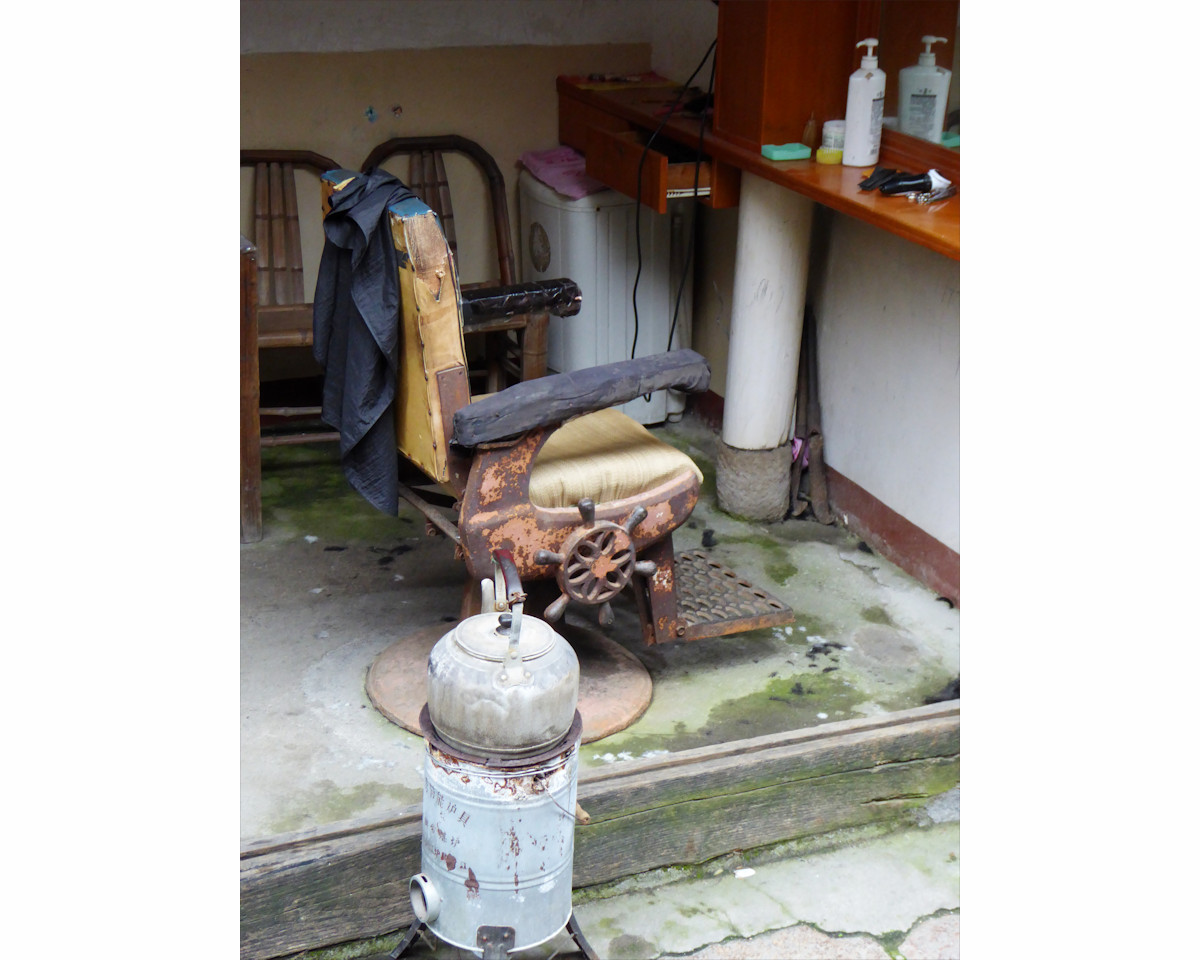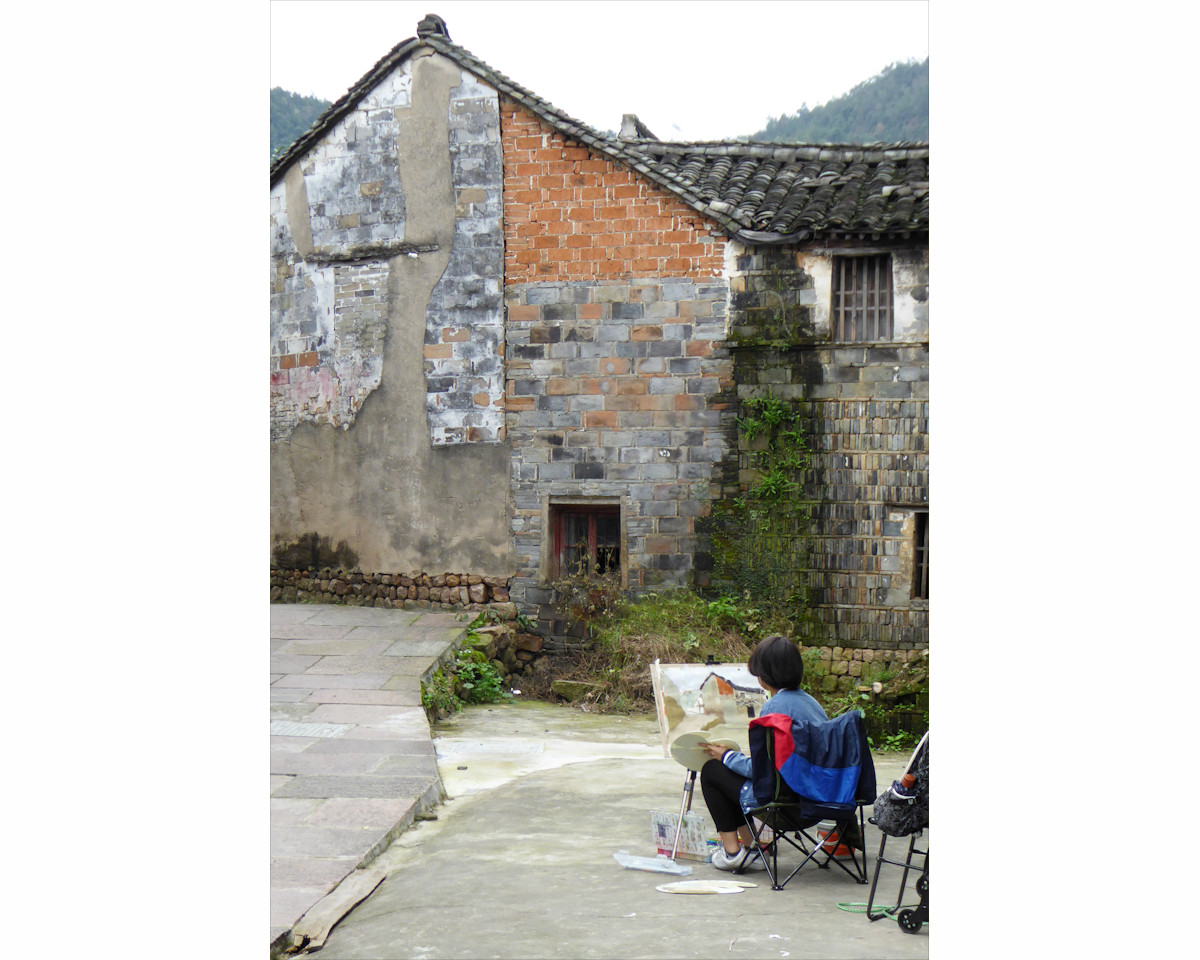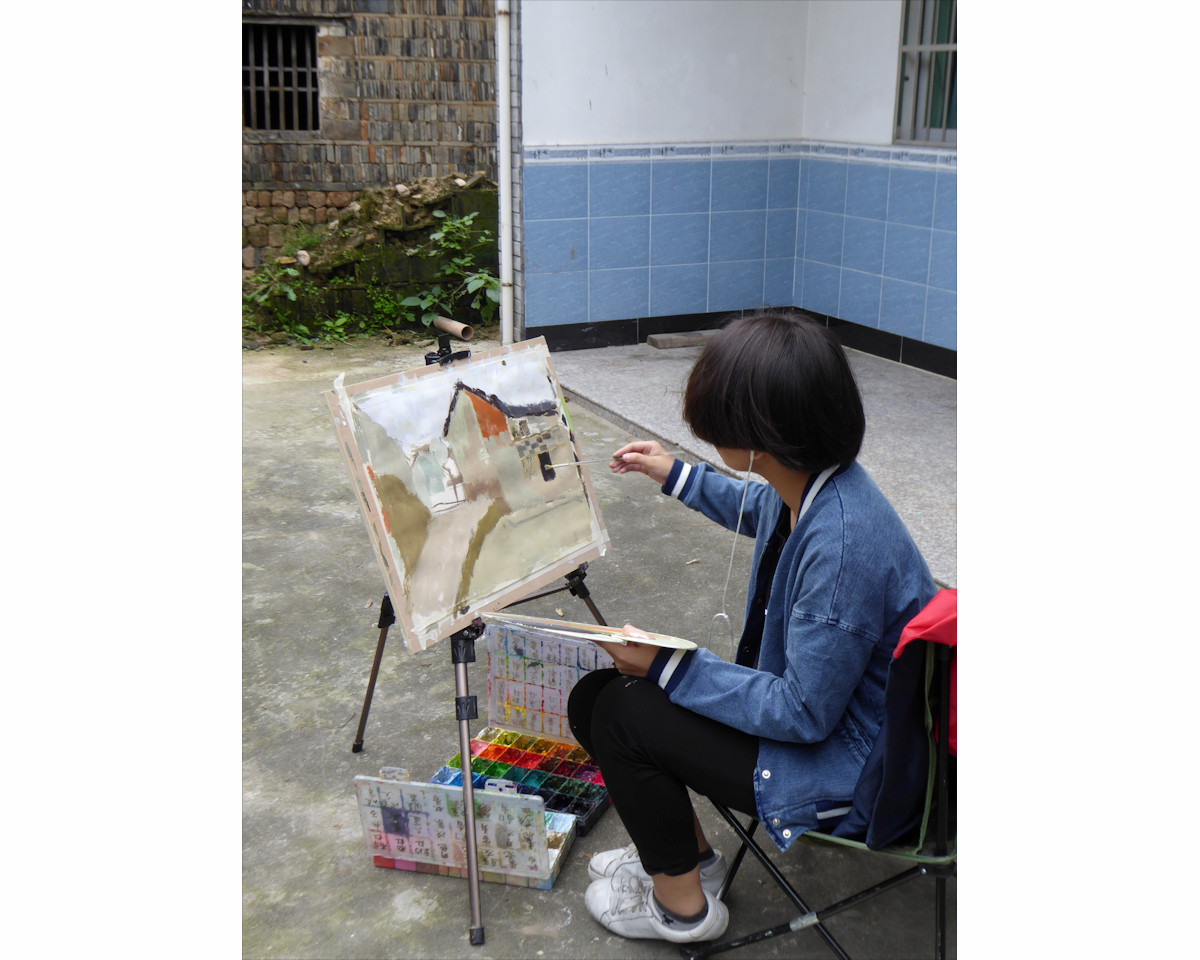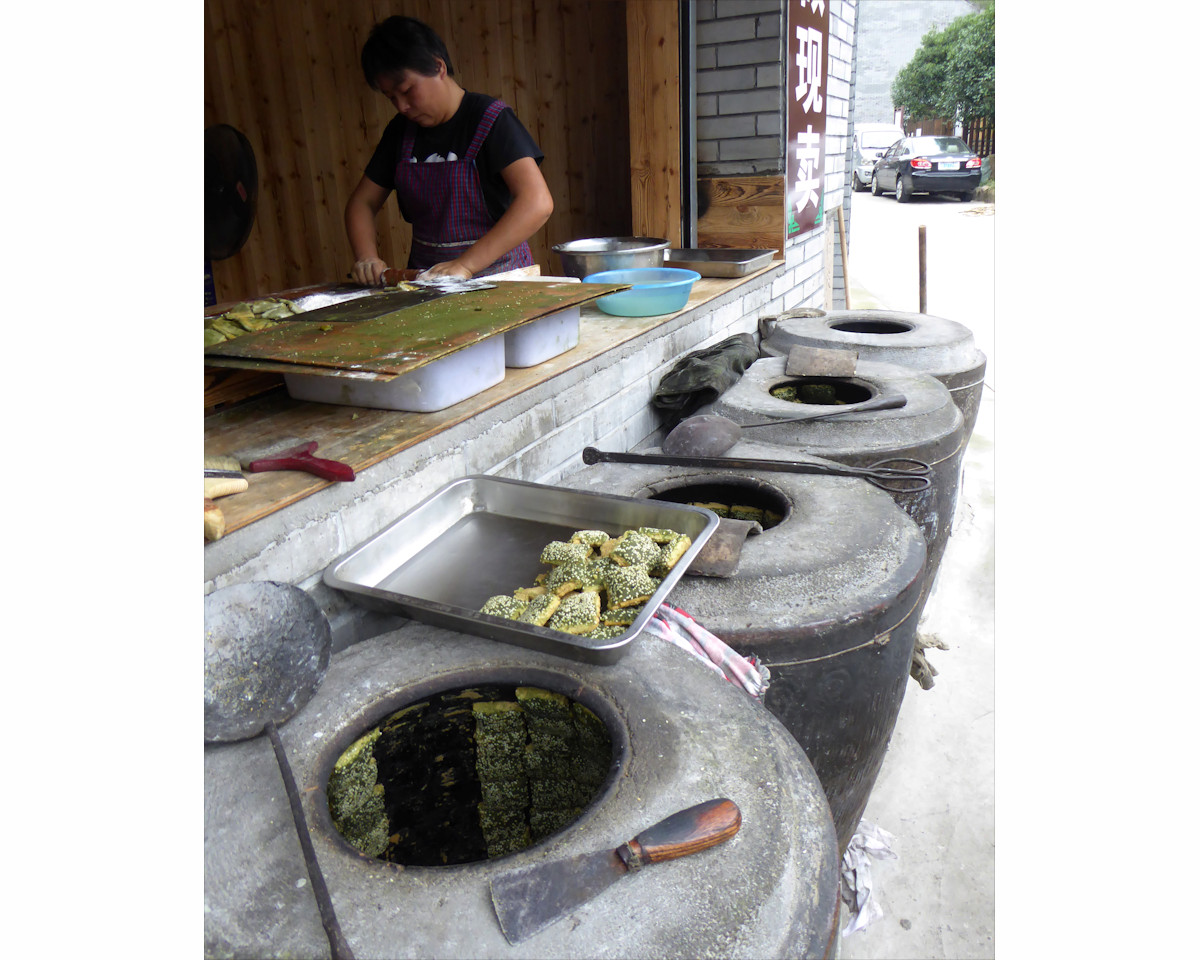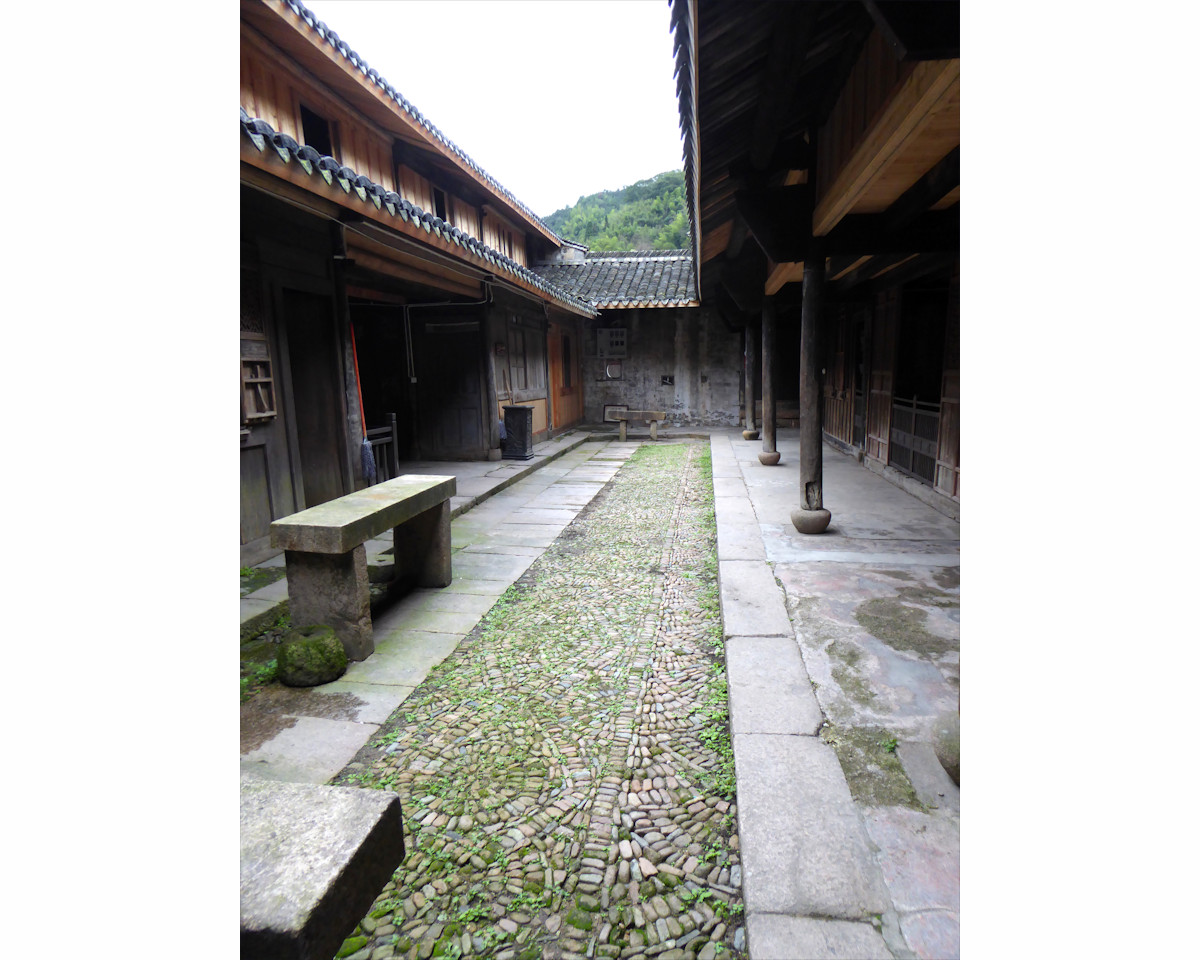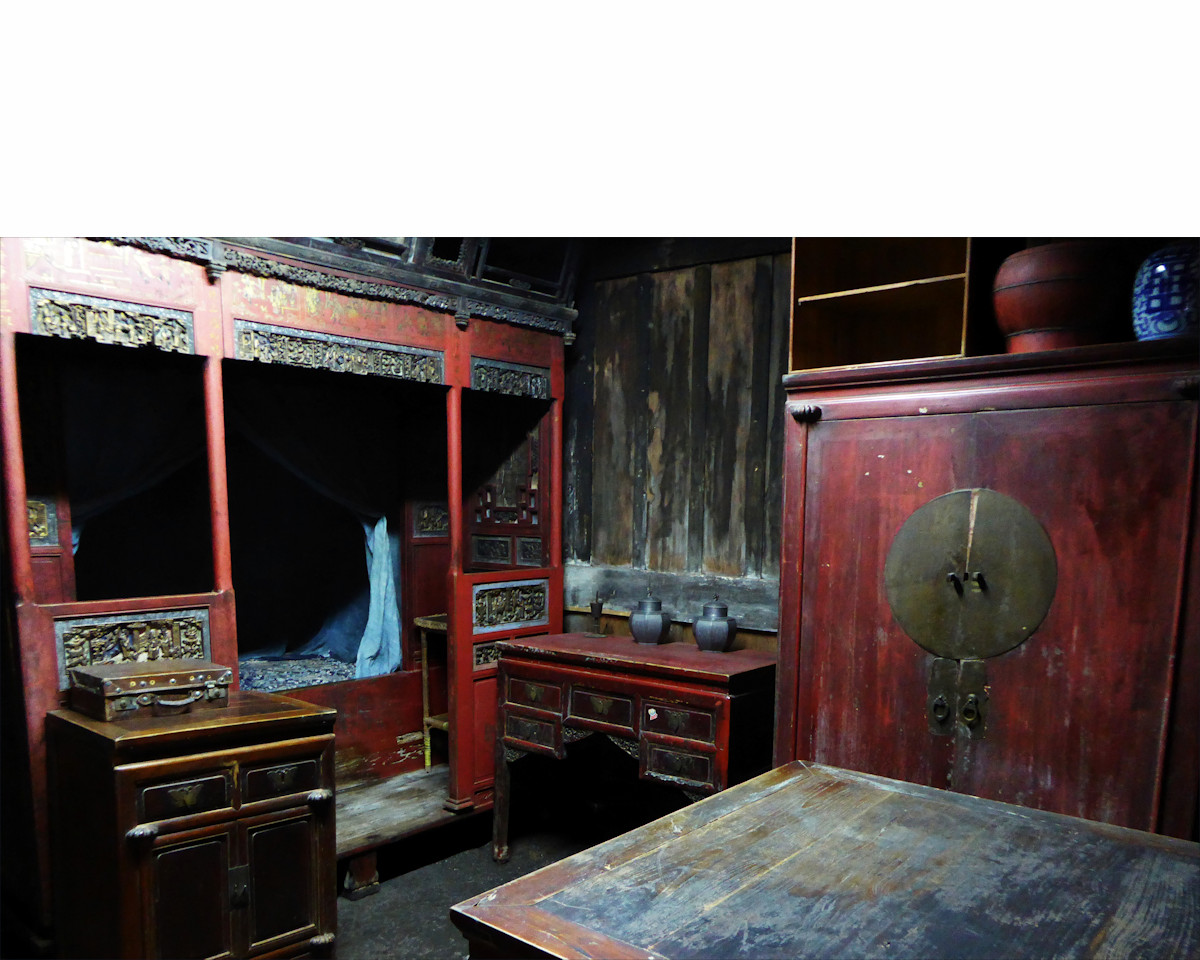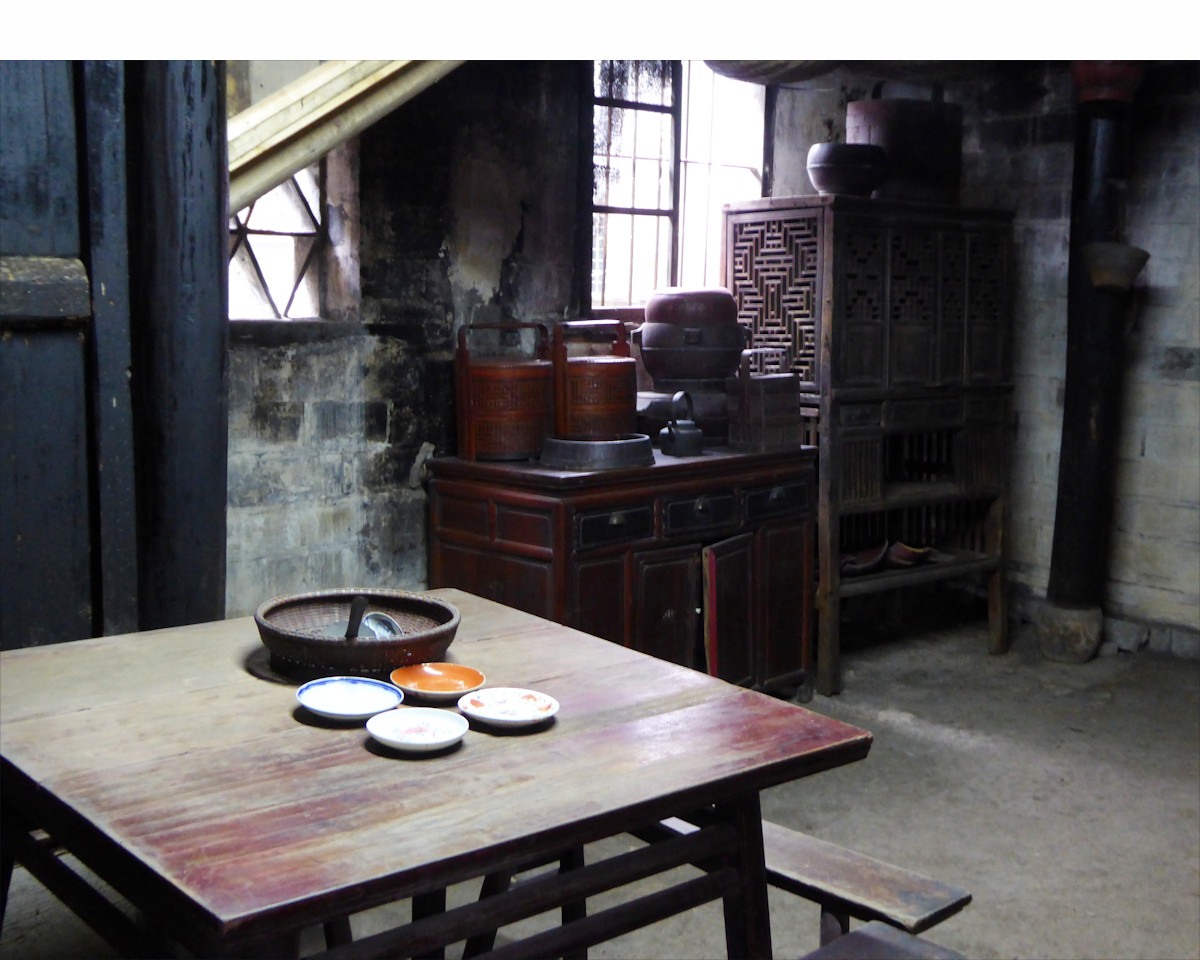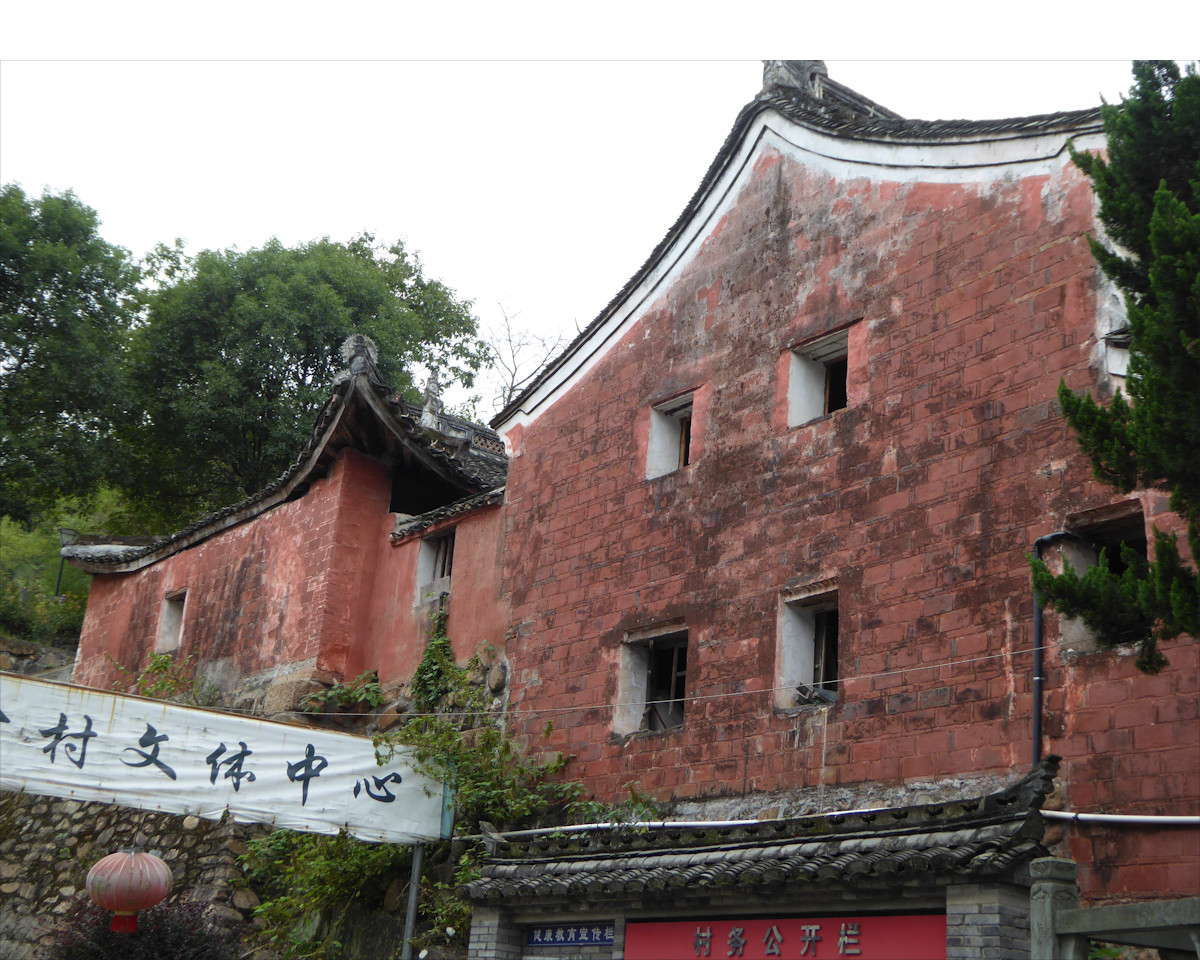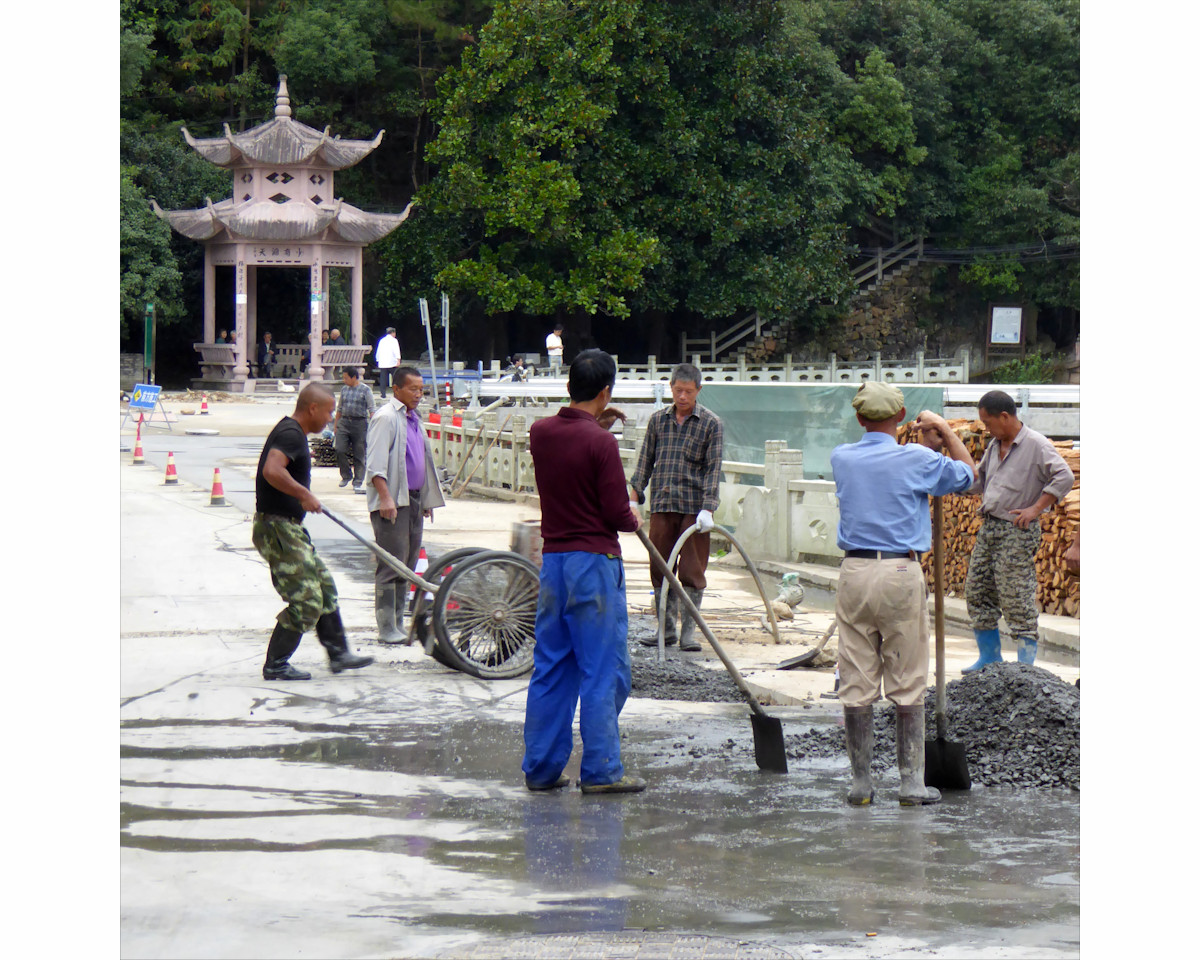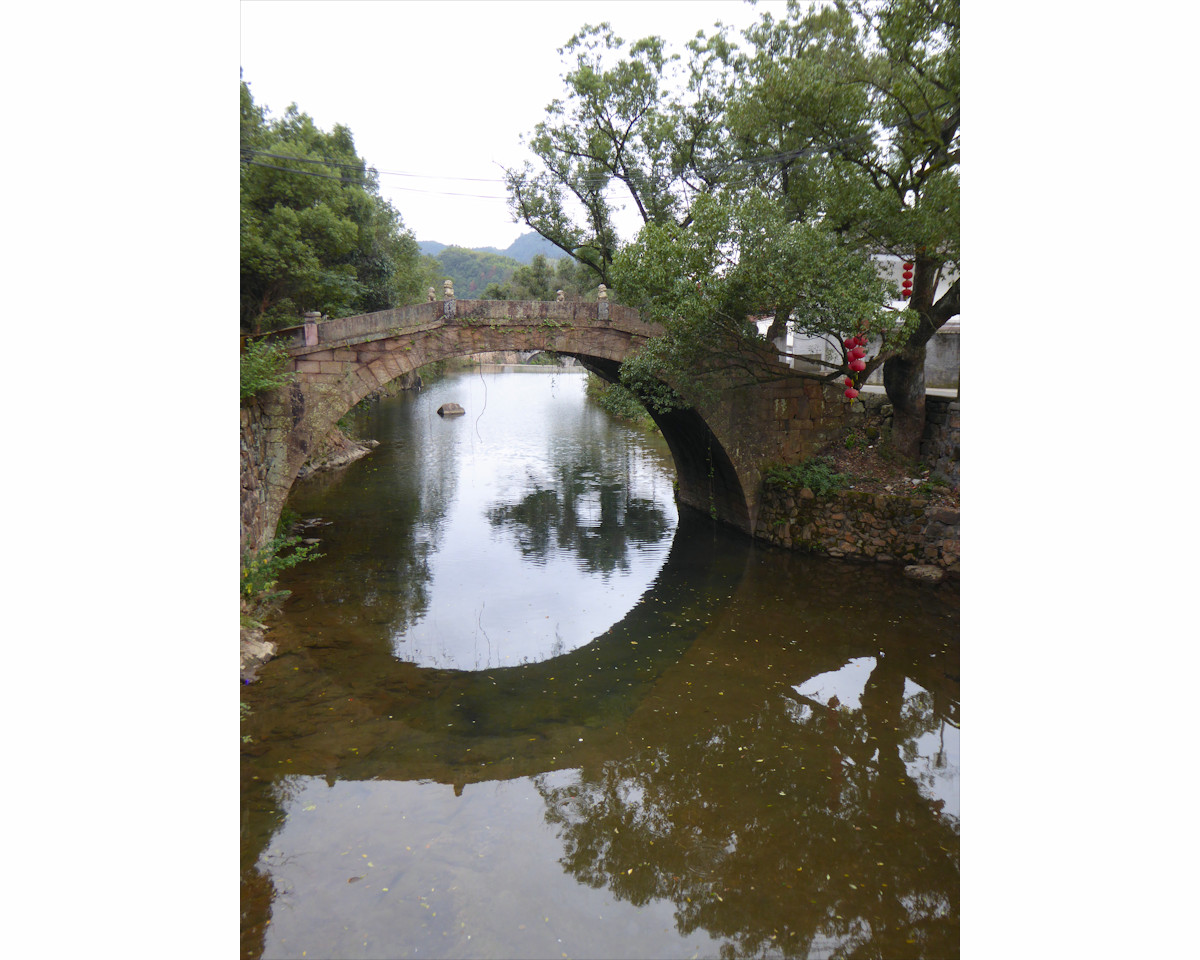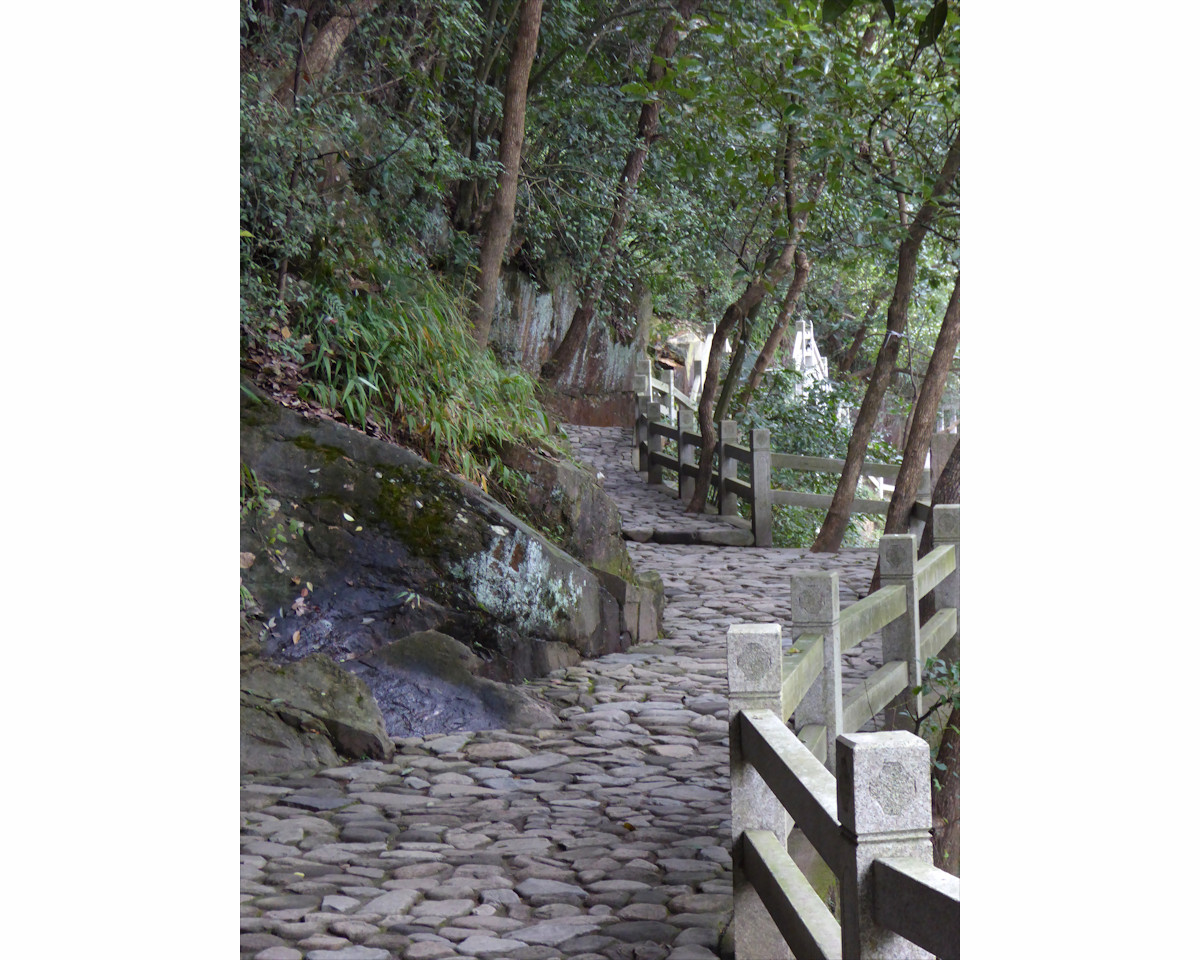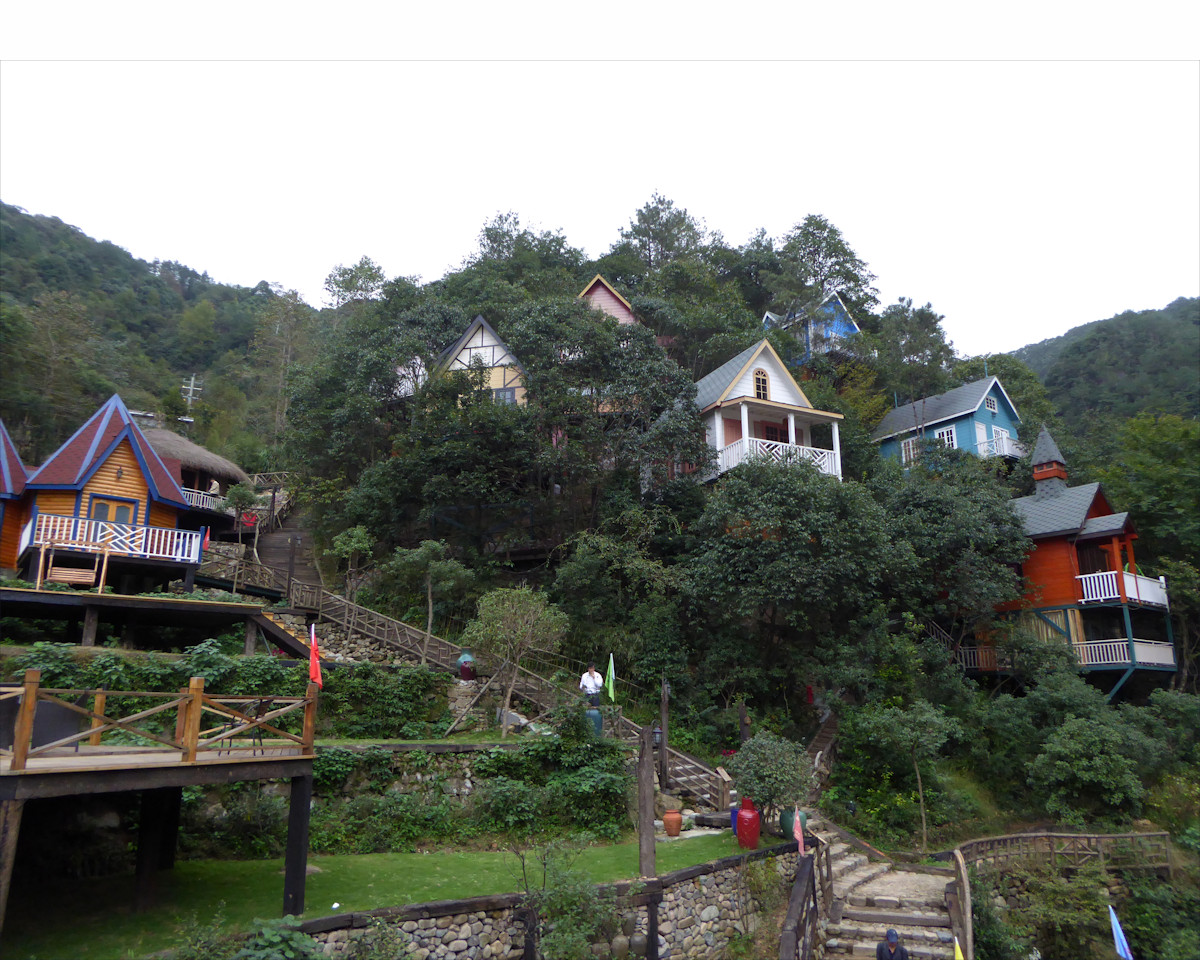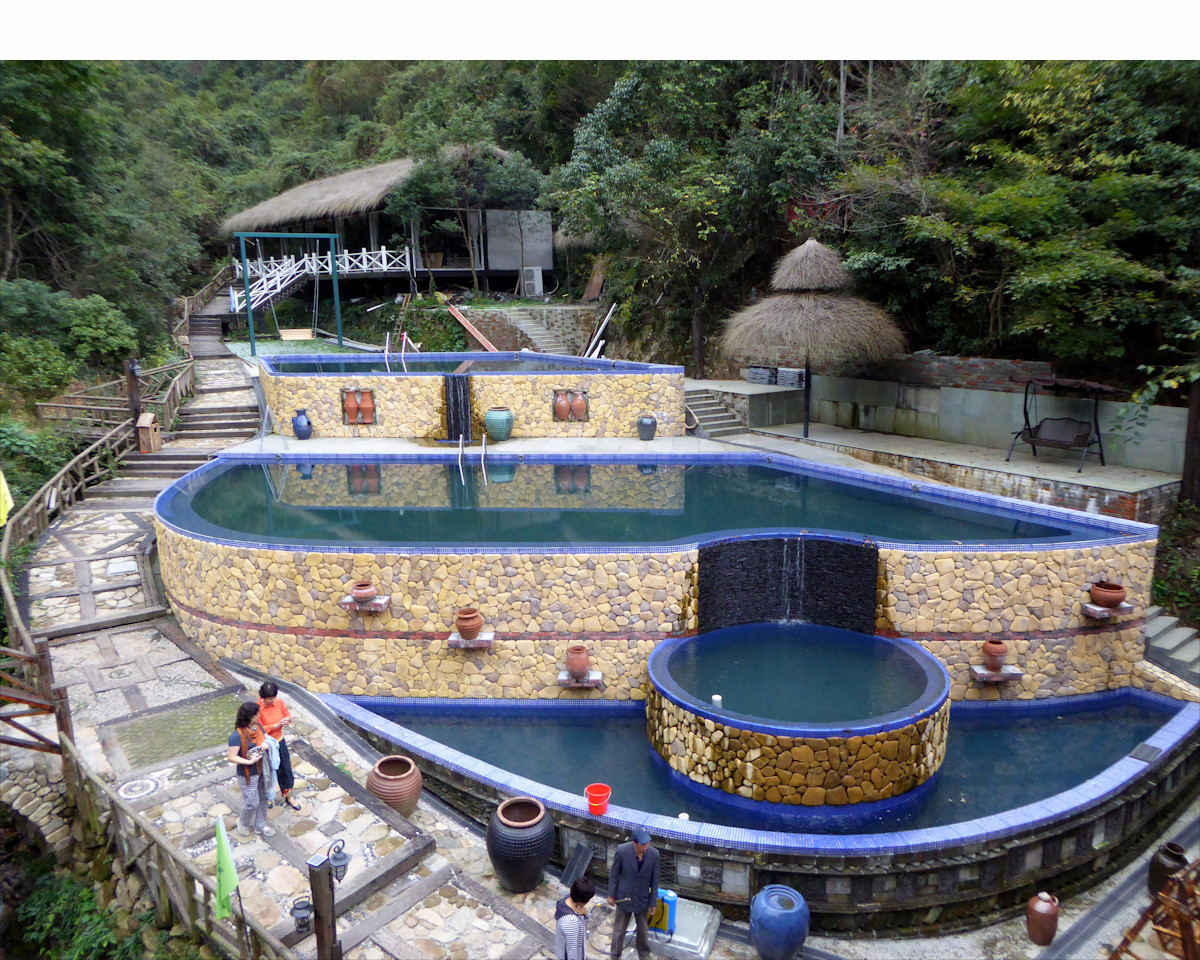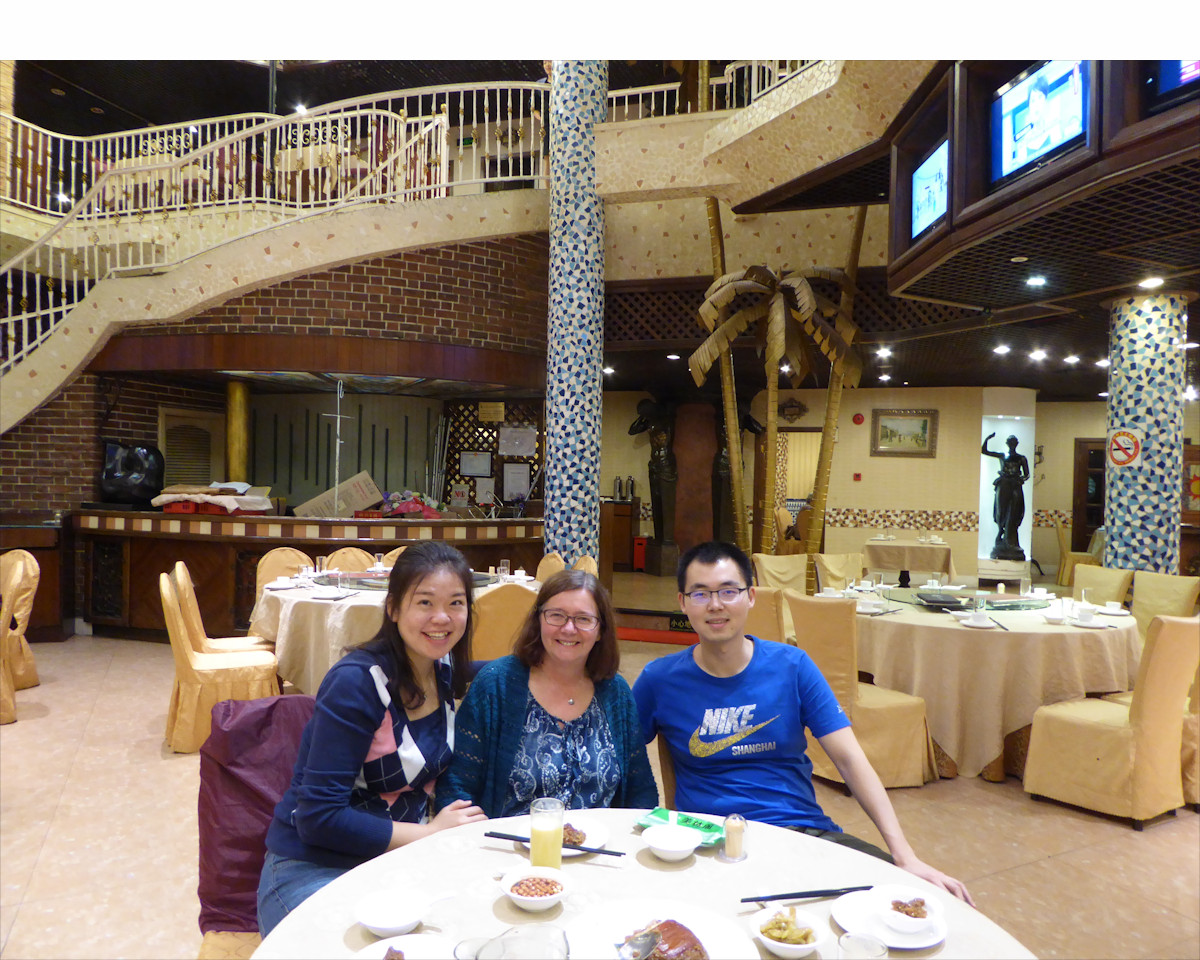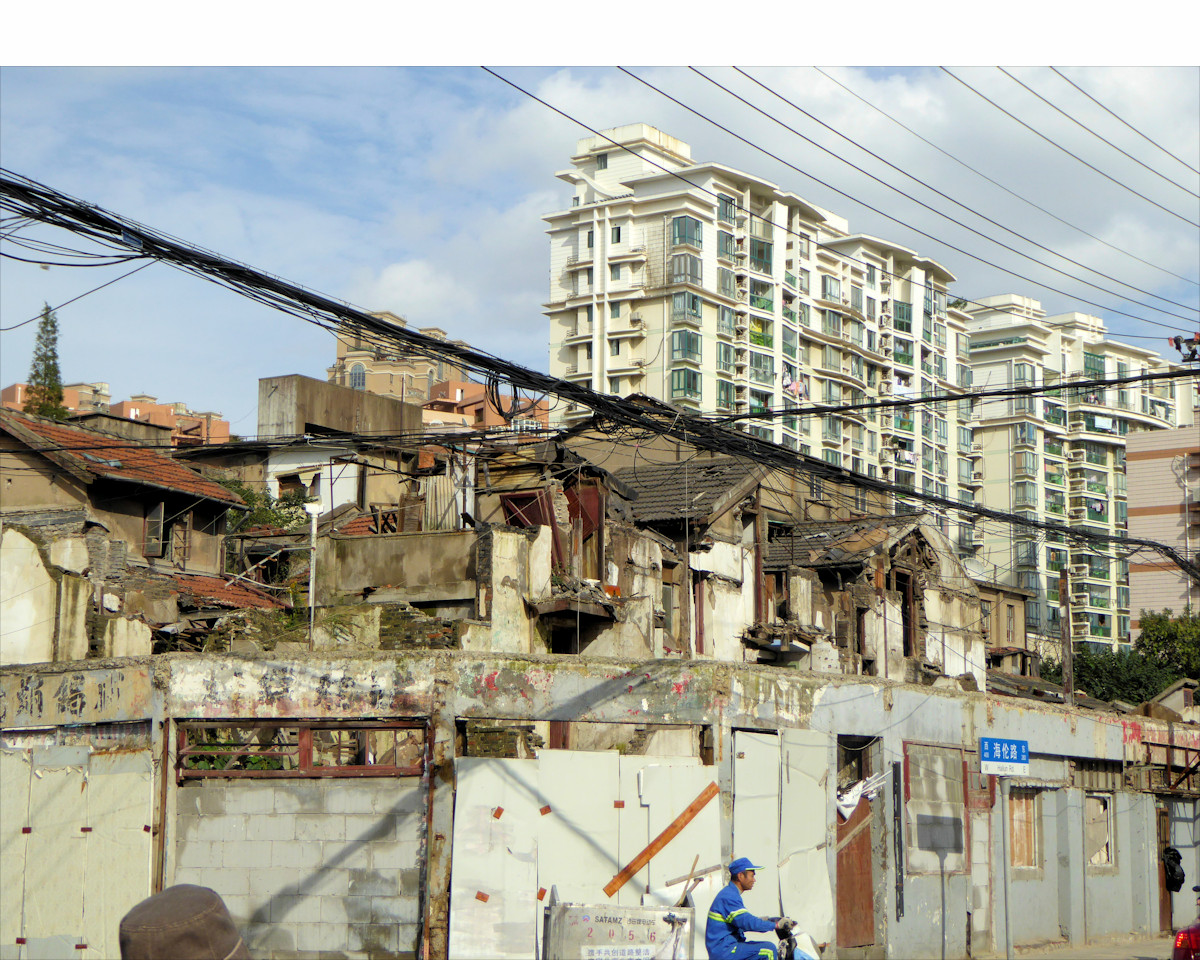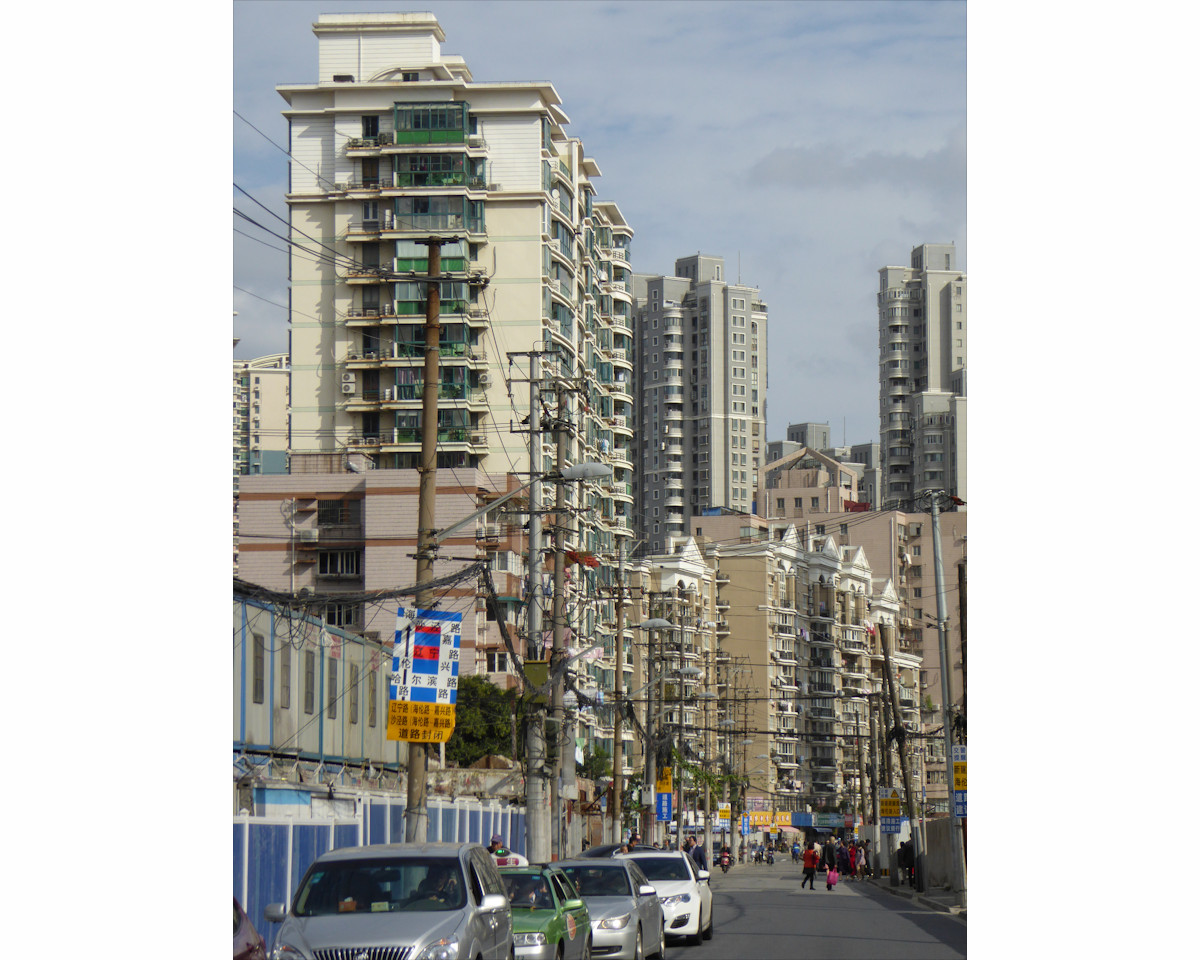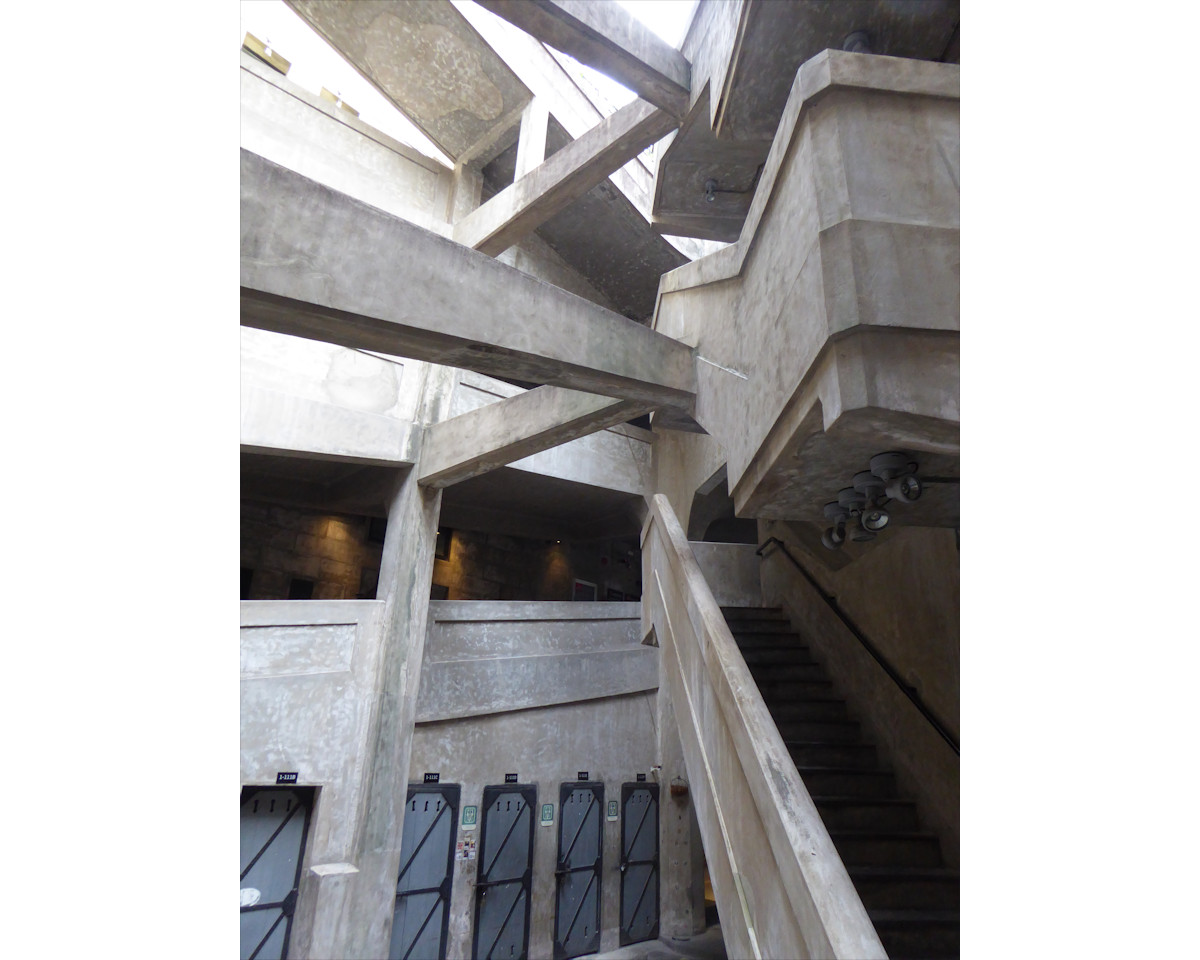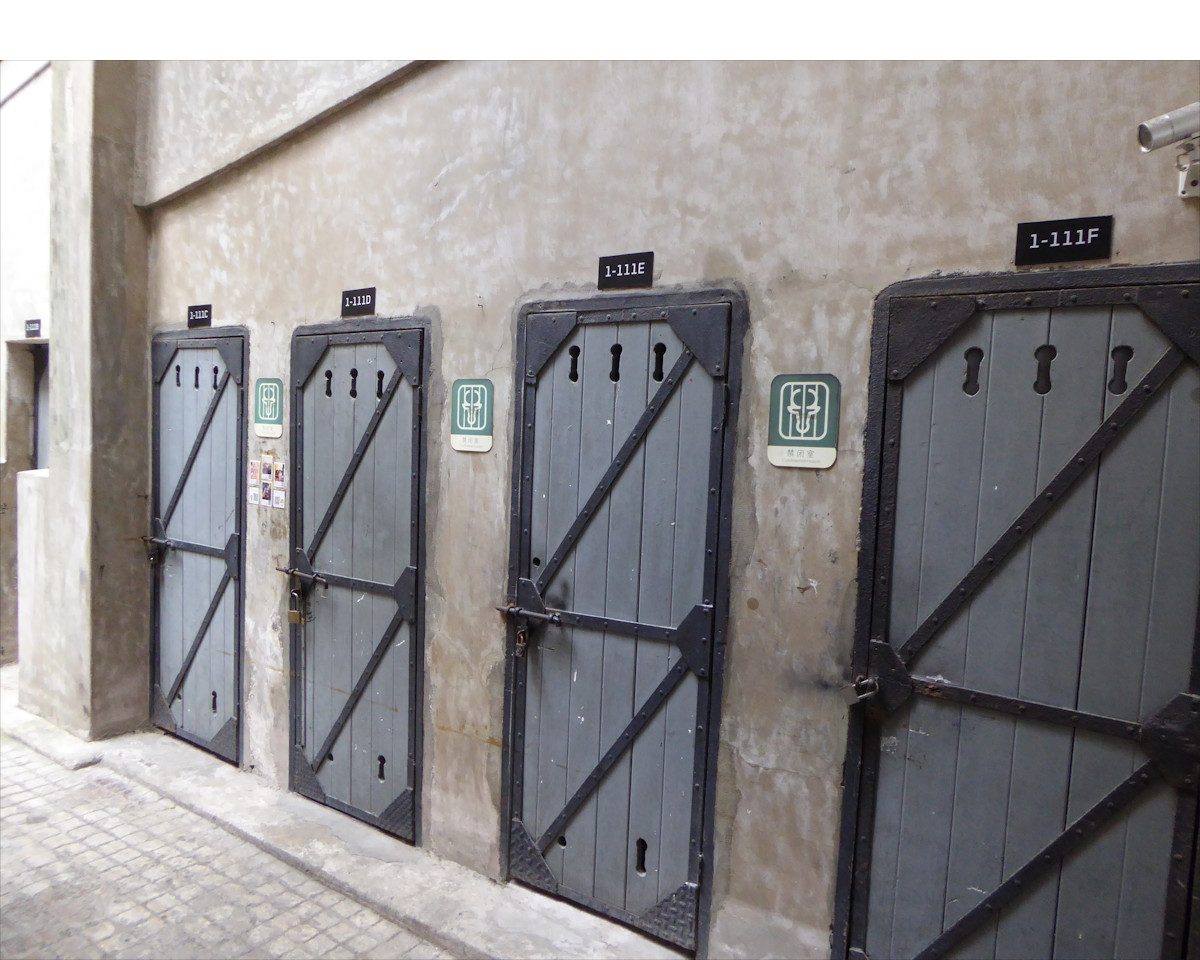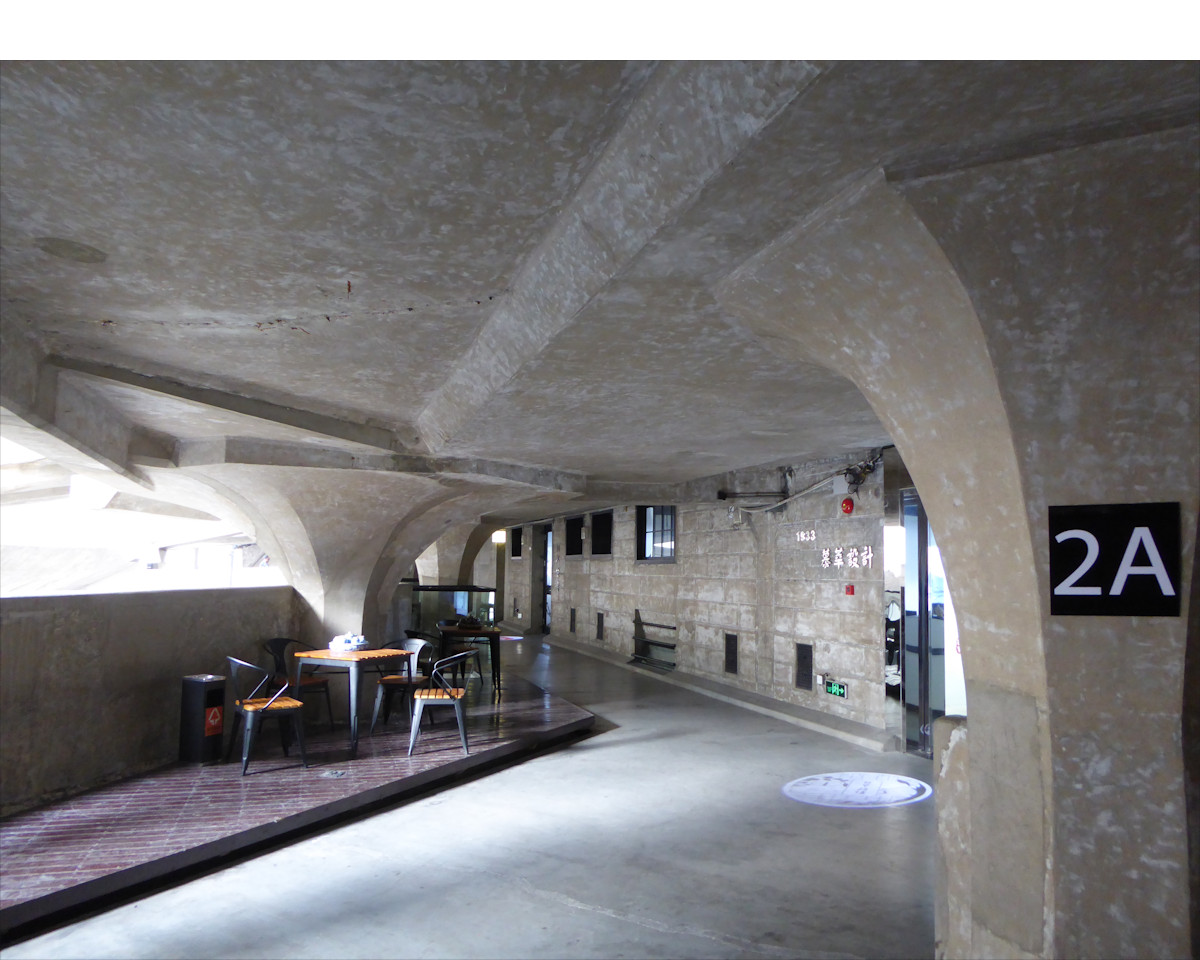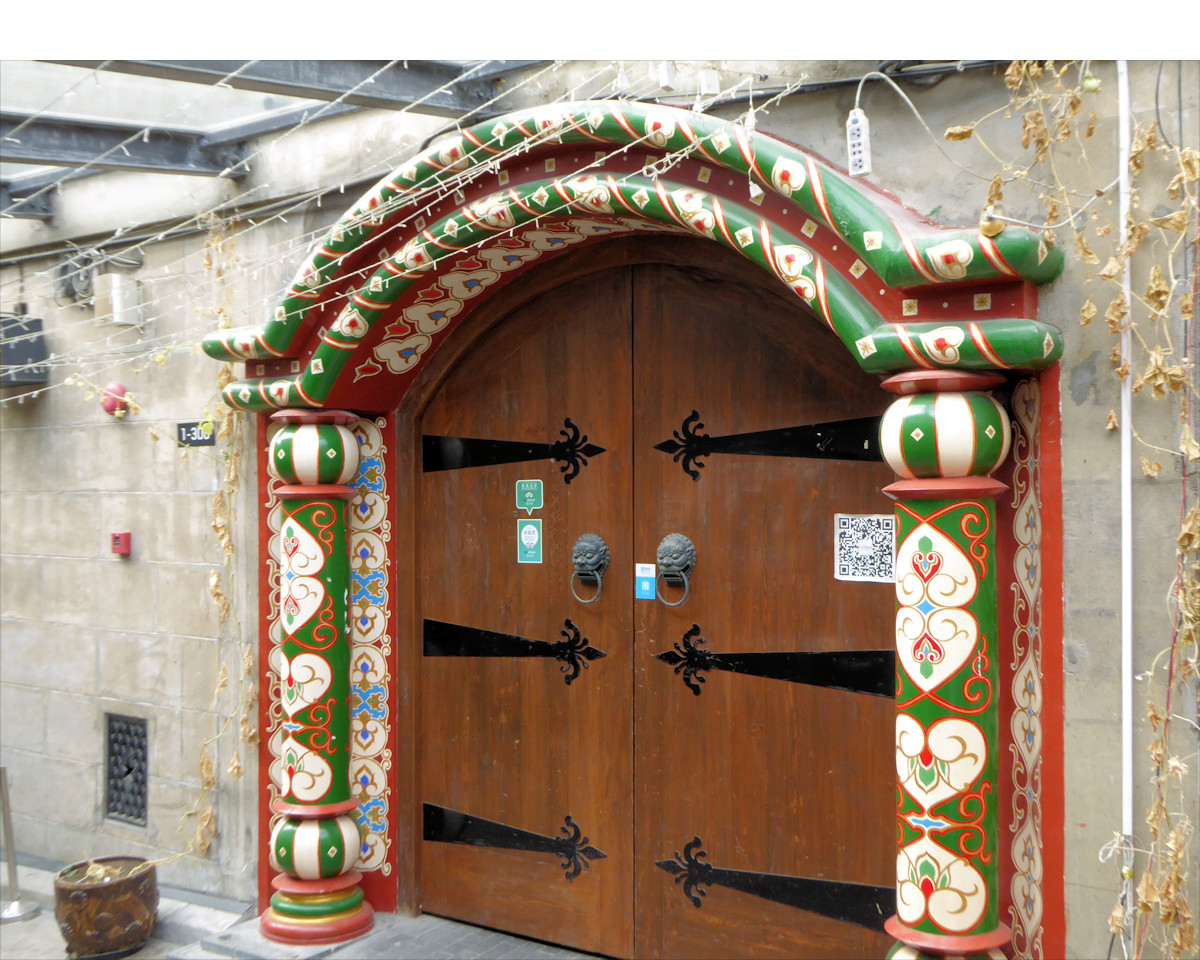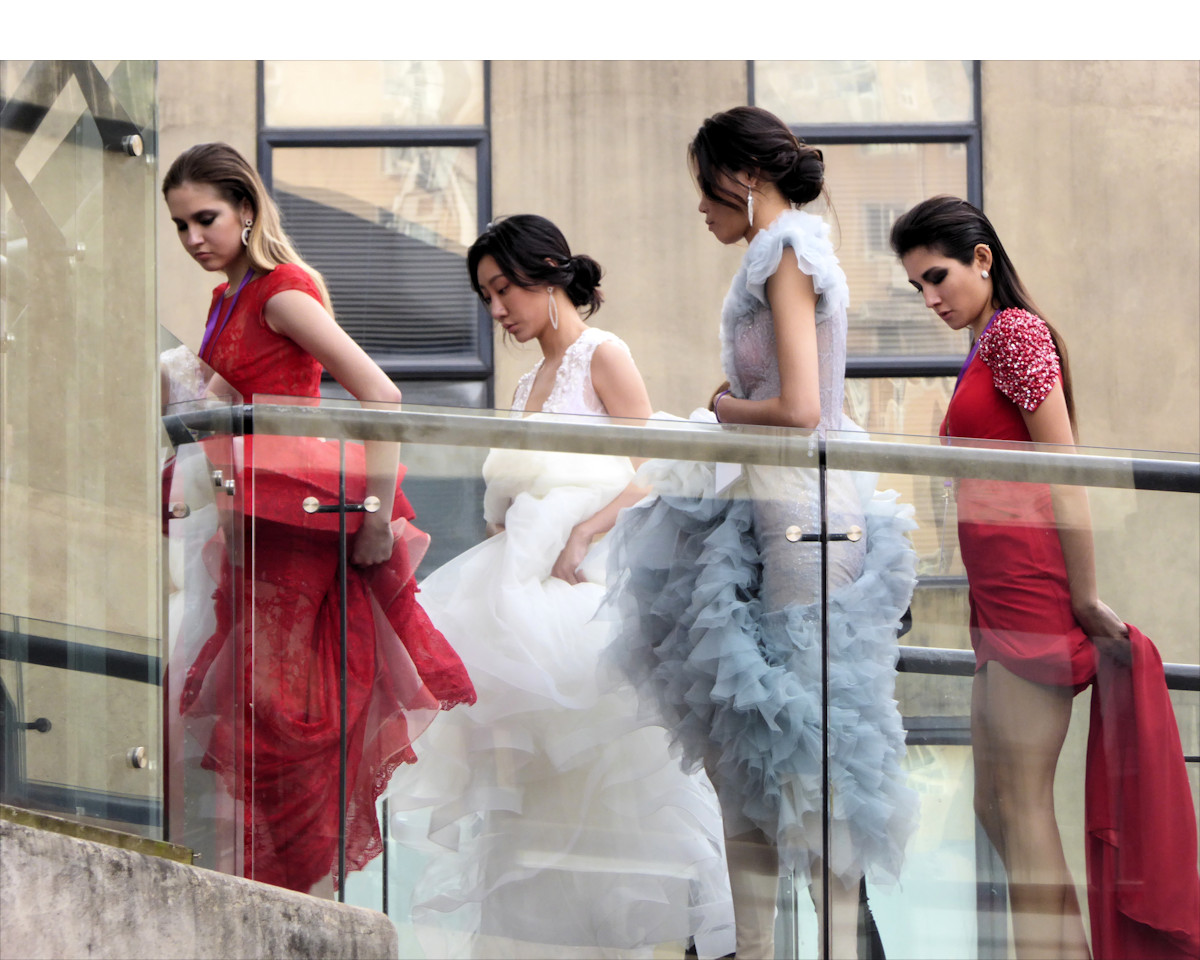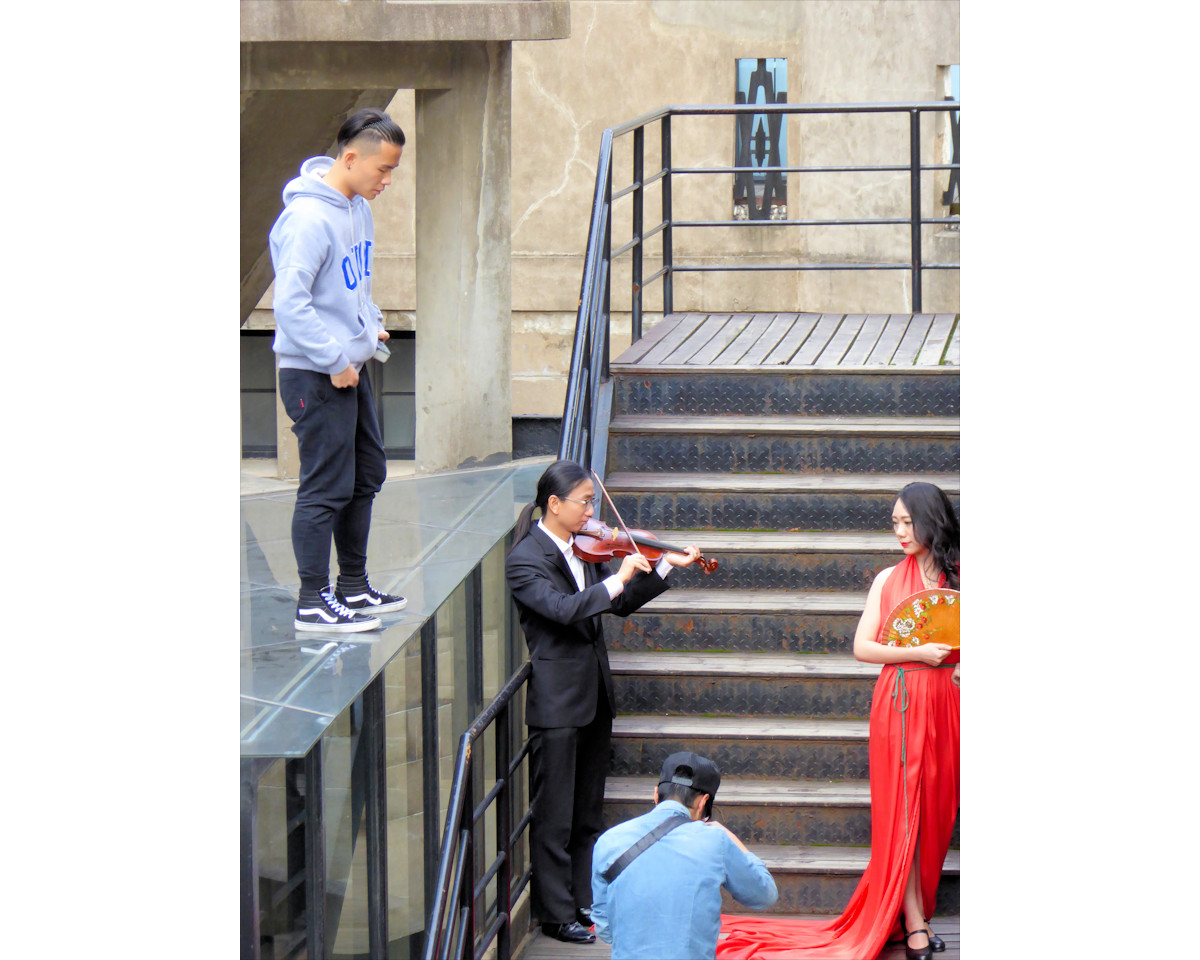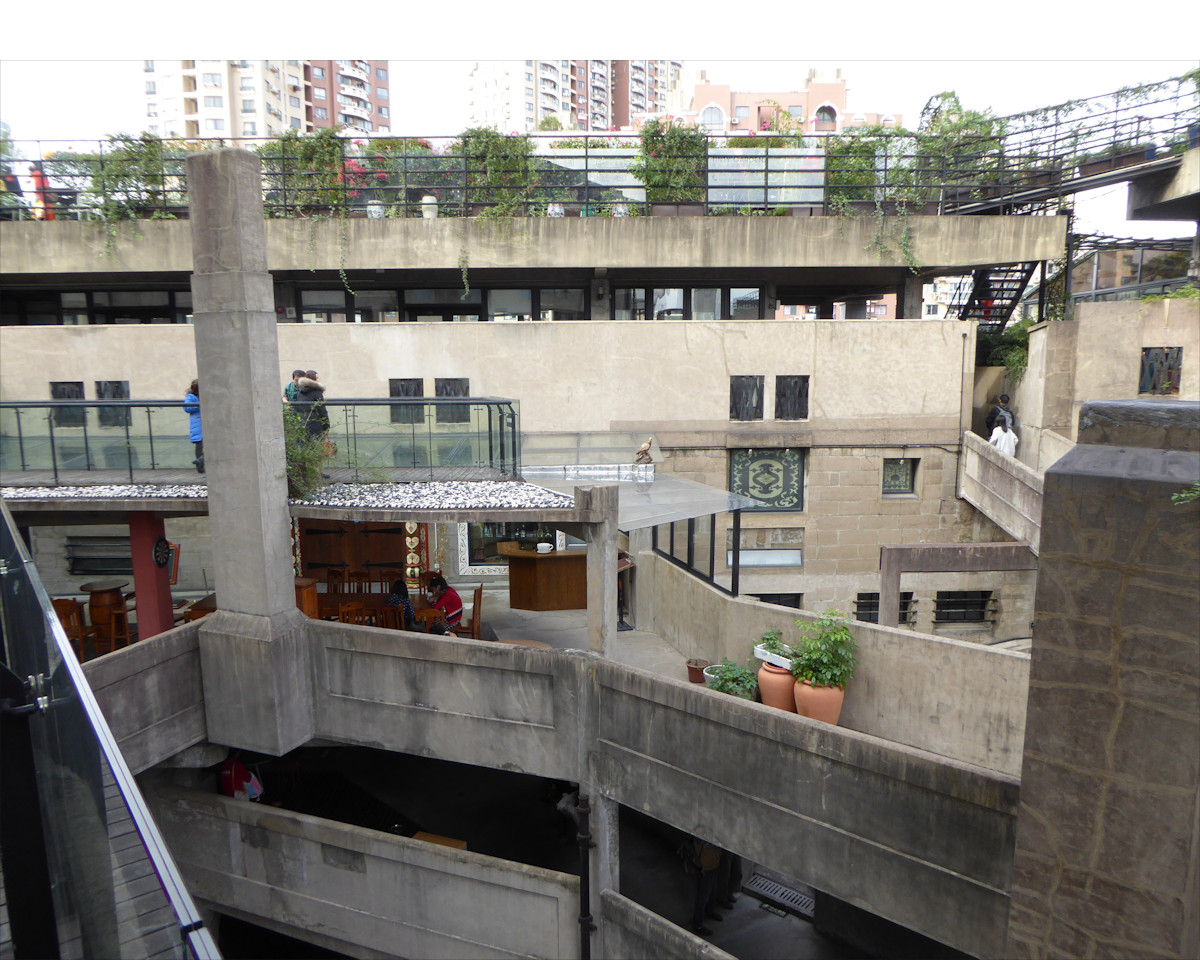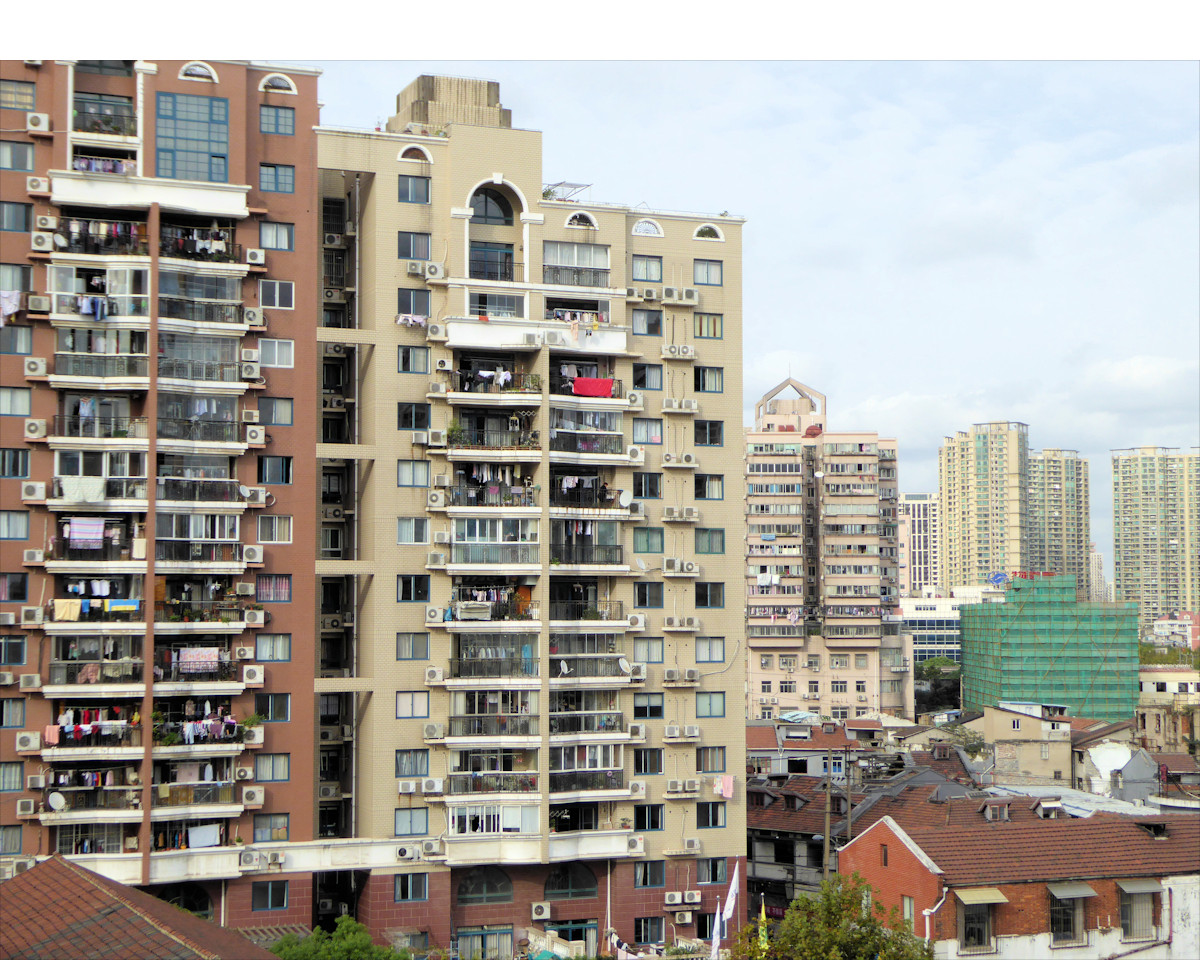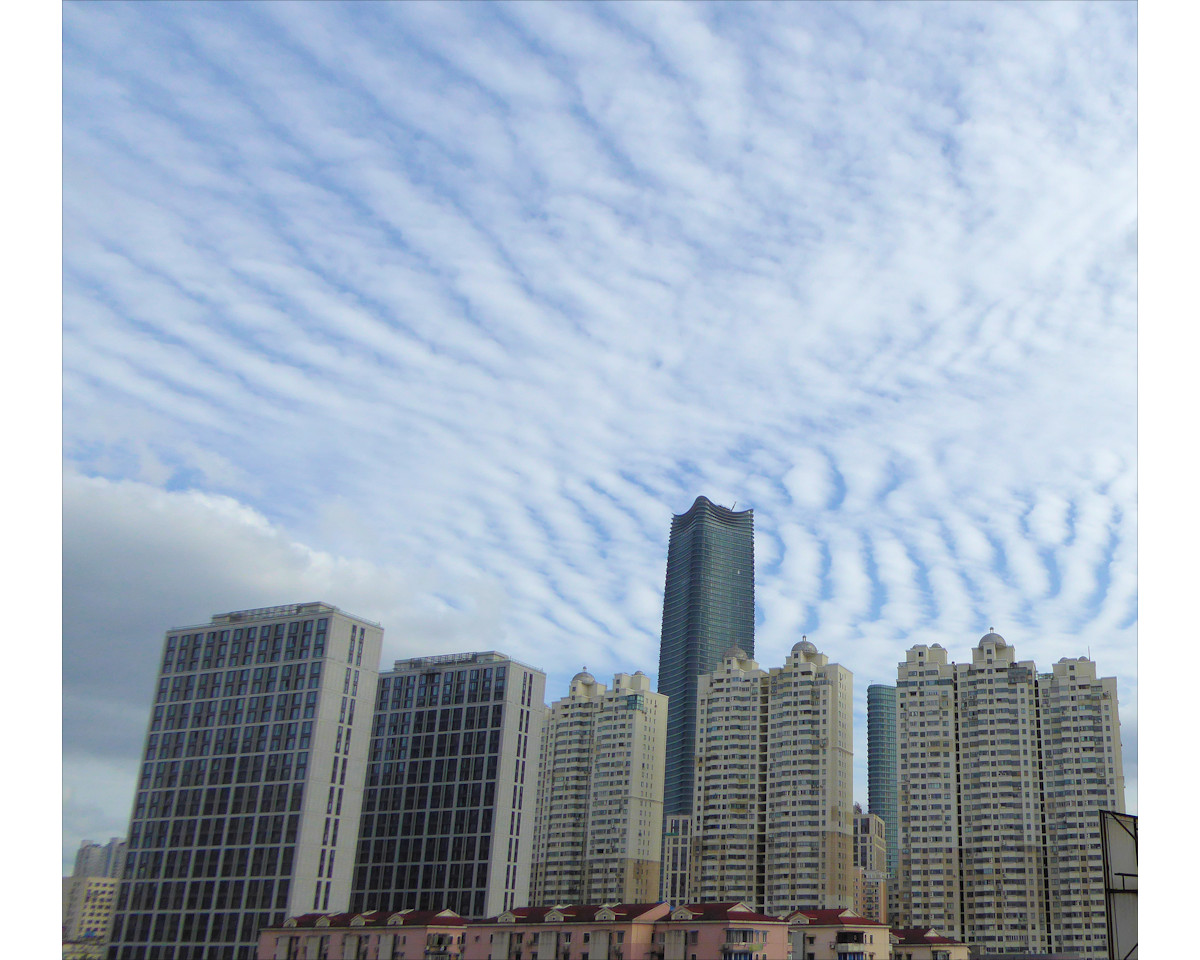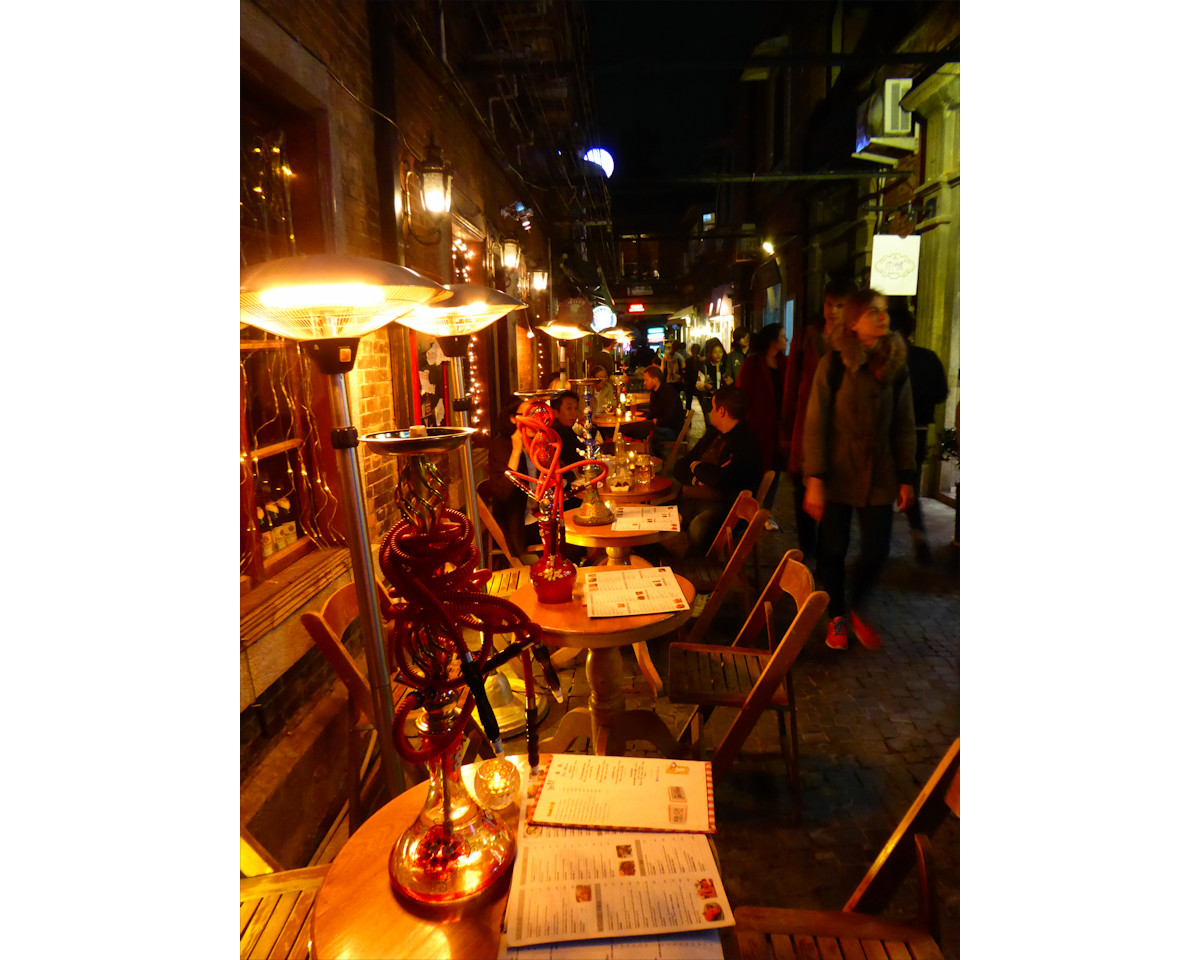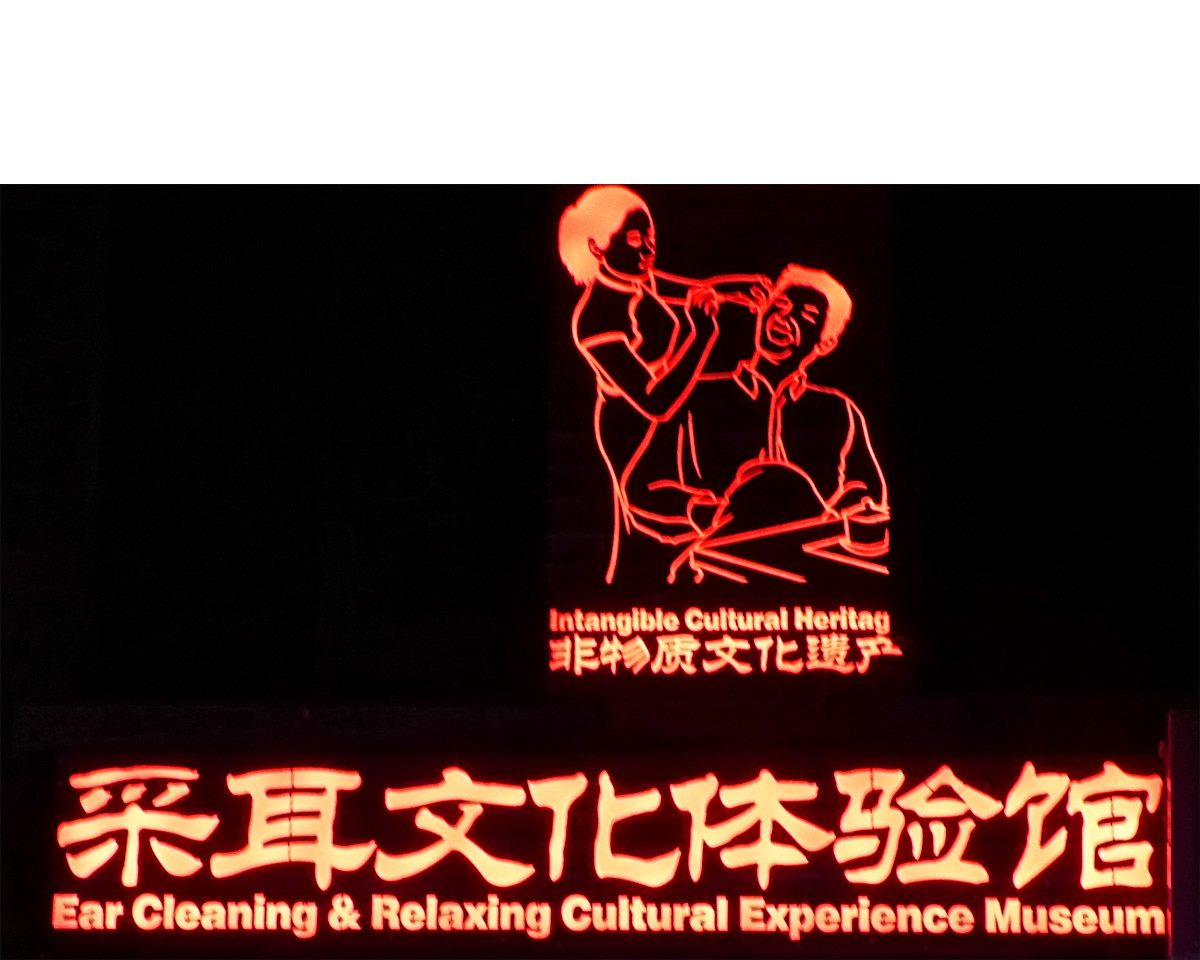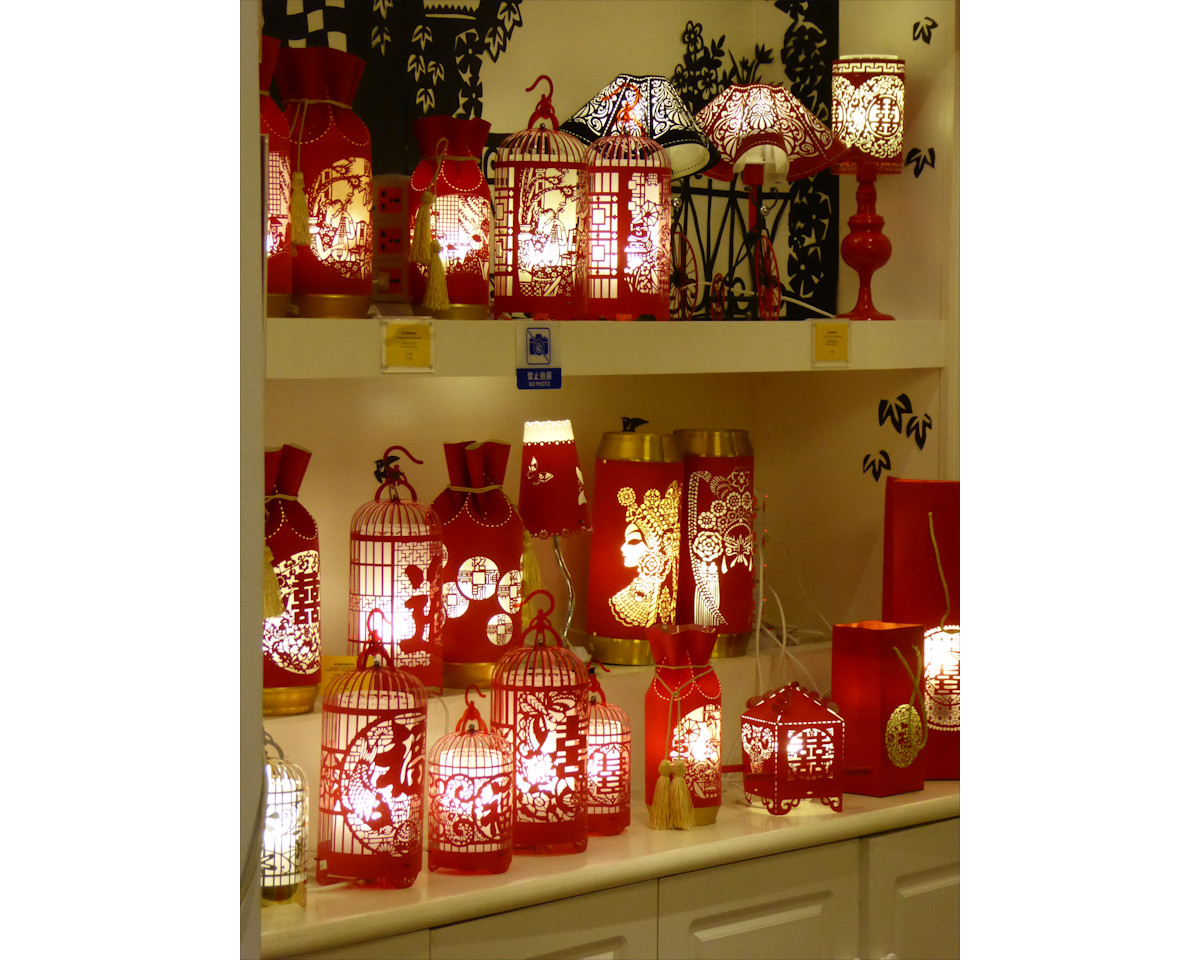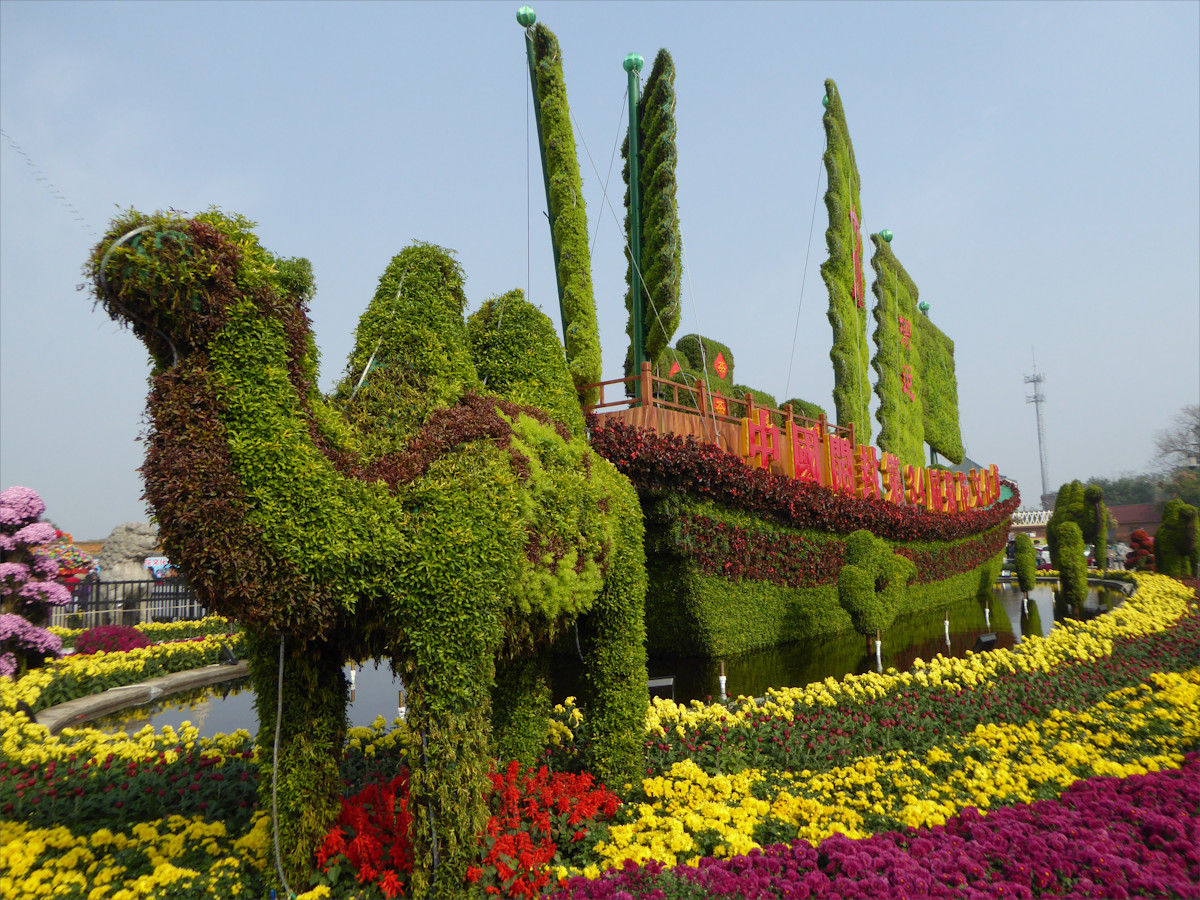
The Journey - 2016
I could hardly wait to go back to Guilin and work some more on my rudimentary Chinese at CLI (Chinese Language Institute). Side trips to Daxu Ancient Town, Yangshuo, Longji (Longsheng) Rice Terraces, and Ziyuan ensured one highlight after another.
Next destination was Zhangye in the province of Gansu. Do the rainbow mountains really look as colorful as in the pictures I had seen? Spoiler: yes, they do, unless they are heavily photoshopped! The Mati cave temple is unlike anything I had ever seen before, and Pingshanhu Grand Canyon was equally spectacular!
After a few days in Zhengzhou—in the news in June 2021 after the devastating floods claimed many lives—and Kaifeng, I took the train to Ningbo to meet dear friends. And once again, they had a big surprise for me and invited me to relatives in Yantou, a charming village with a lot of history.
One more day in Shanghai concluded another magnificent trip.
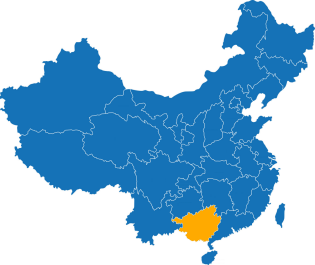
China offers so many stunning, diverse, and incredibly beautiful places. Guangxi, the province Guilin is located in, stands out with its karst mountains, caves, rice terraces, and even Danxia landforms. I was lucky to get a taste of all of them during my 5-week stay in Guilin.
Our series of excursions started with a daytrip to Daxu, an ancient well-preserved town, easily accessible in less than an hour.
Next highlight was a 4-hour Li River cruise from Guilin to Yangshuo – it felt like drifting in a fairy tale!
Strolling through the rice terraces at Longsheng (also known as Longji), built and maintained for 650 years already, had been on my wish list for a long time.
Less famous than Zhangjiajie—which served as inspiration for the movie Avatar—but similar and equally spectacular is the Ziyuan area with its distinct Danxia landform.
A gondola ride quickly got us up one mountain. I shared the cabin with a middle-aged local woman. She was excited, enjoyed the ride just as much as I did, and we chatted a bit: She was from the area, and this was her first time at the Ziyuan Danxia National Geopark. She's never been to the rice terraces nor on a Li River cruise nor to Yangshuo. This was a very special day for her. I'll never forget this brief conversation. It made me truly understand how privileged I am, and this was only the first part of that year's journey!
All these trips were organized by Summer, CLI's event manager and one of my teachers.
Just as in 2015, I started my adventure with four weeks of one-on-one Mandarin classes at CLI. It felt
good coming back; everything was so familiar; everybody was so welcoming. I was excited when I saw my class schedule. Katherine would again be my main teacher,
with Lee I would have my first male teacher (promising a fresh new perspective), and Summer and I would work on my speaking and listening skills.
Different year, different month. I never thought that I'd even meet fellow students from my first stay. We enjoyed many activities together, from local explorations to the aforementioned weekend trips. Zhaina and I often went out for foot massages—how I miss them, painful as they are—and Matthieu, Pauline, and I agreed that nothing beats a meal at the Nengren Temple vegan restaurant followed by a couple of hours at a nearby teahouse.
Remembering other new friends—especially Alibaba (lawyer and marathon runner with a big heart from the US), Andrea (from Liechtenstein; google it if you've never heard of this country), Enzo (intern at CLI), and Matt (my good buddy at so many local outings)—always brings a big smile on my face.
Visited: Li River – Seven Star Park – Li River – Dreamlike Lijiang Show – Culture Street – Daxu – Li River Cruise – Yangshuo - Longji/Longsheng Rice Terraces – Ziyuan Tianmenshan – Ziyuan Bajiaozhai
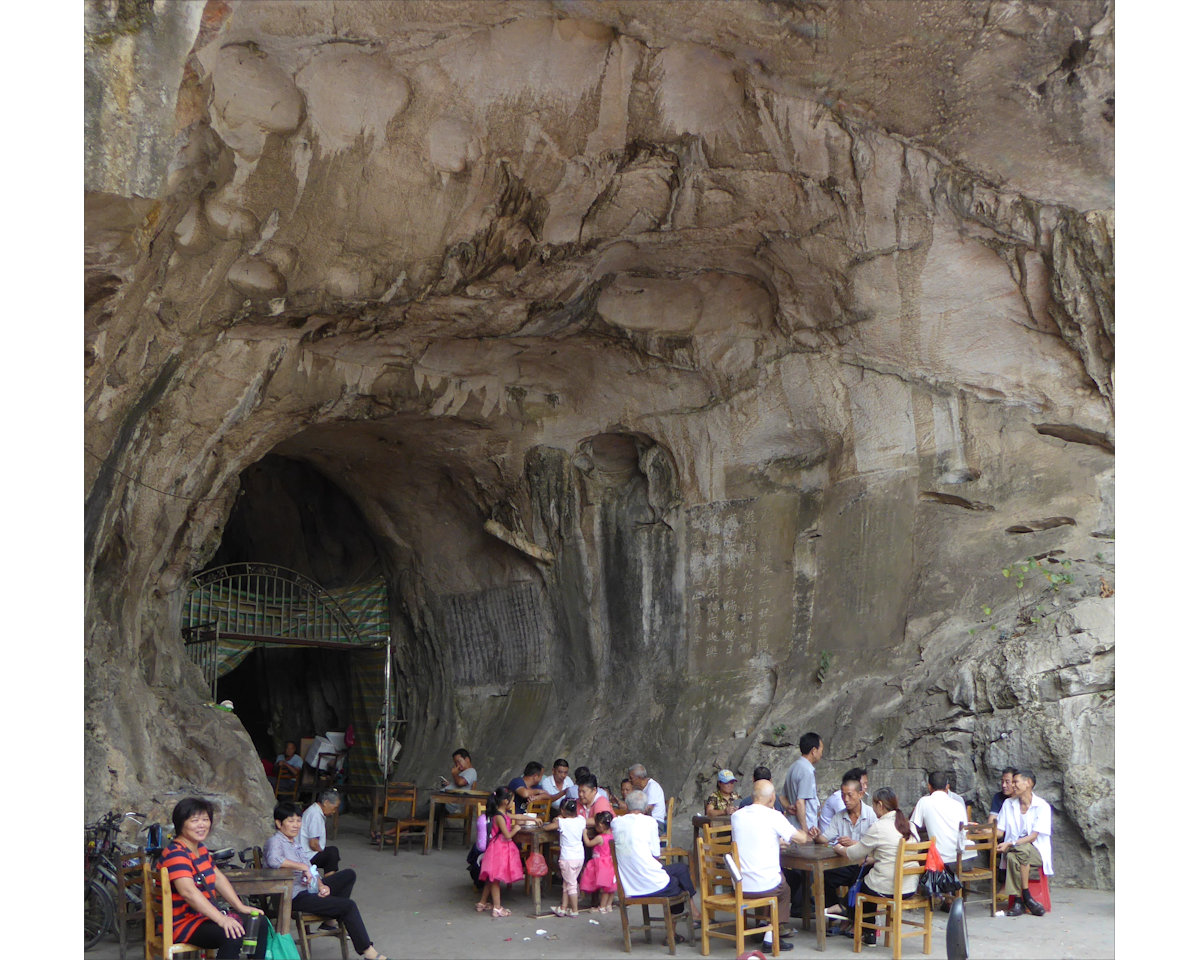
My first walk to town along Lingjian Lu. All the familiar places were still there with only little changes here and there. Lingjian Lu, now a remnant of the past, will eventually get its own blog post.
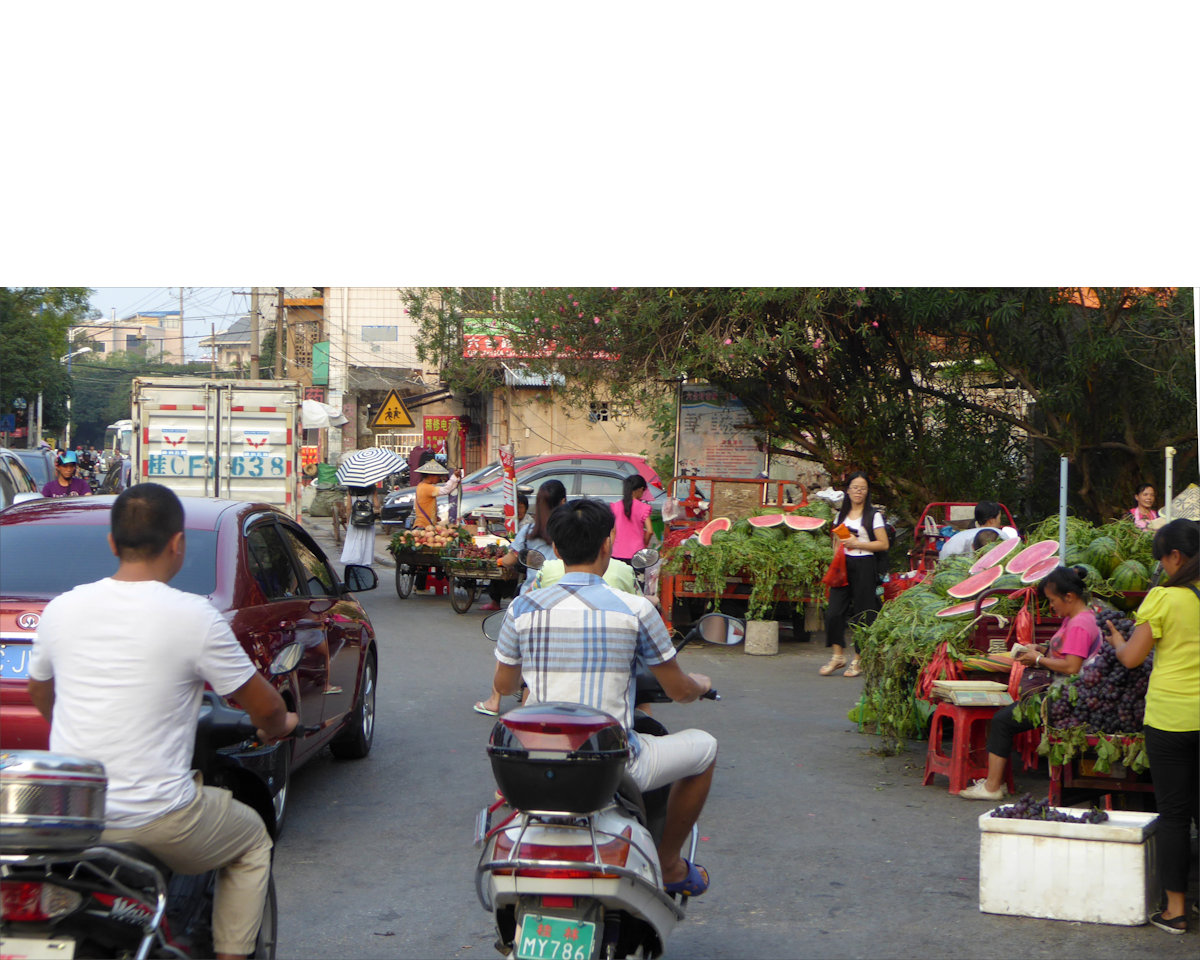
You could buy the sweetest fruit, the tastiest and most fragrant sponge cake, and the freshest bread sticks at this intersection at the end of Lingjian Lu.
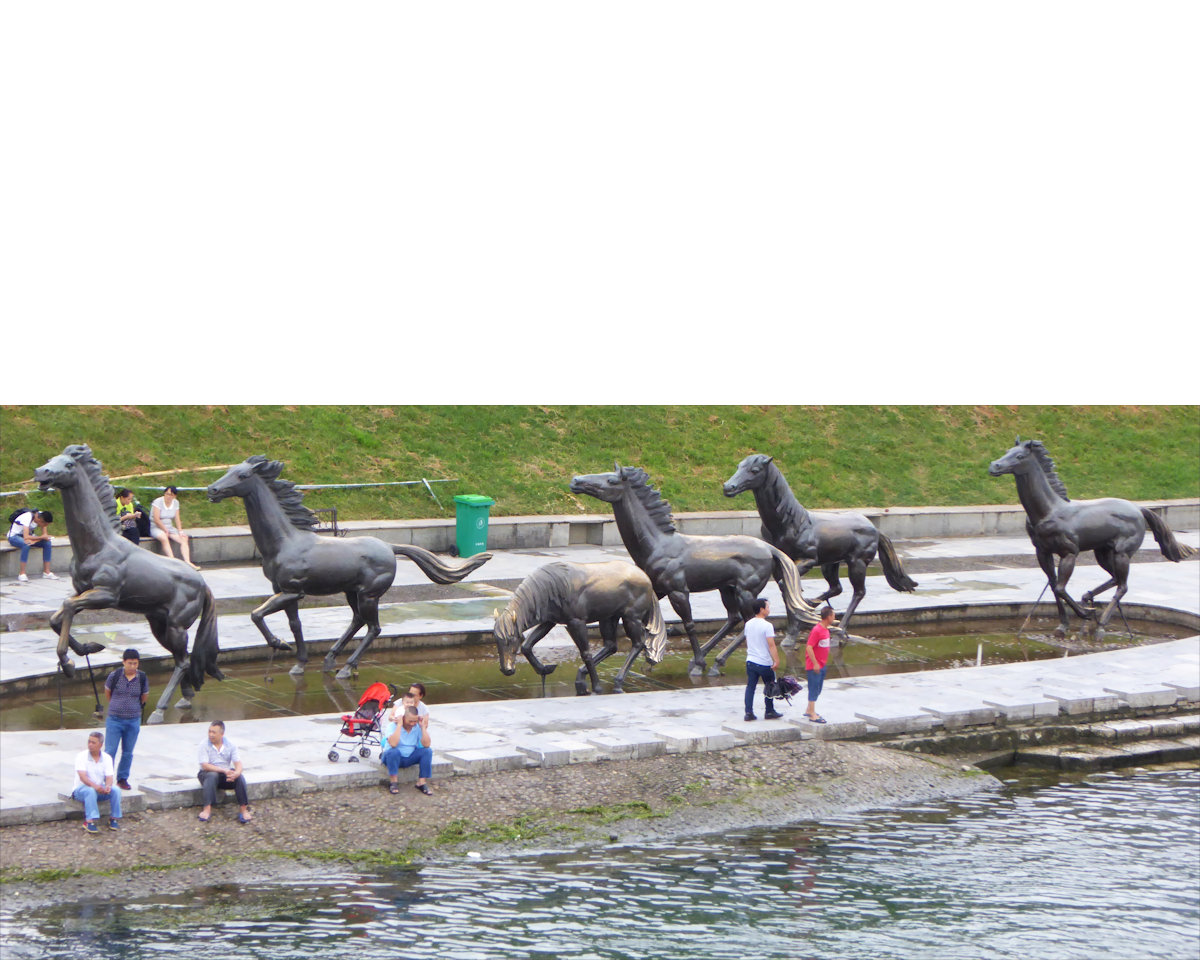
The famous horses and reliable Li River water level reporters have now all been removed from this location for environmental reasons.
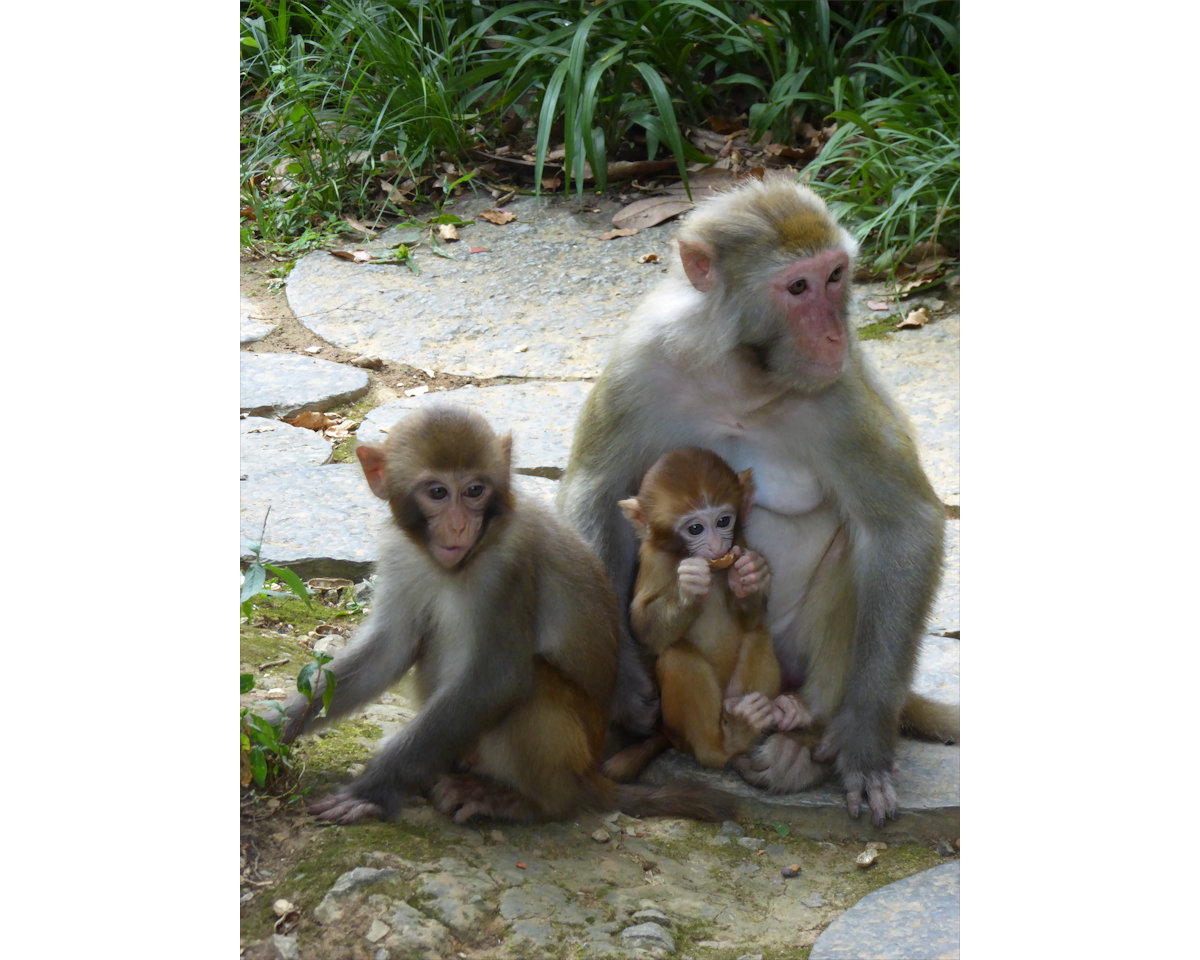
The wild monkeys at Seven Star Park are natural entertainers. I'll post a few more pictures on Facebook and Instagram.
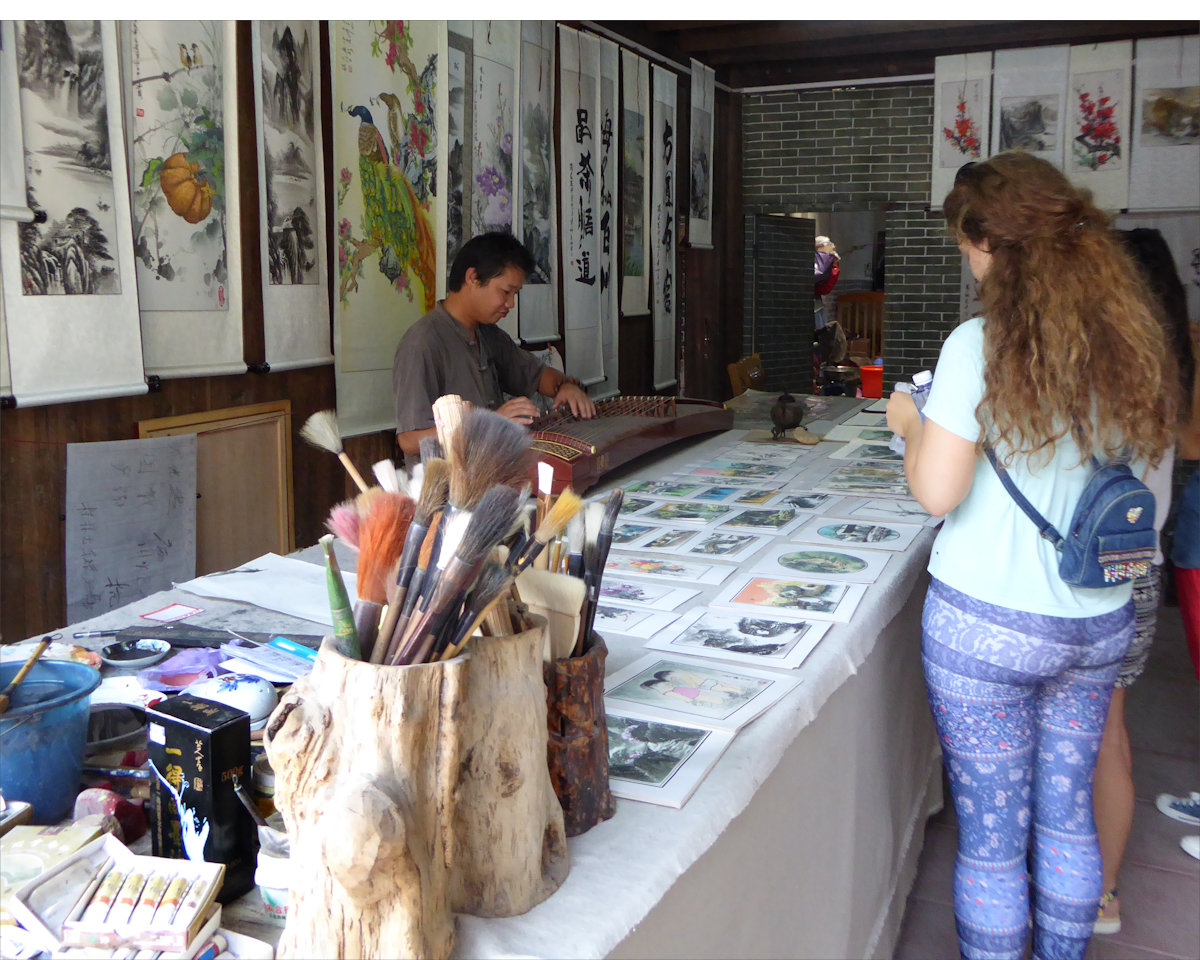
… but many were quite deep, often leading to more rooms in the back. A few tunes on the guzheng attracted many curious customers.
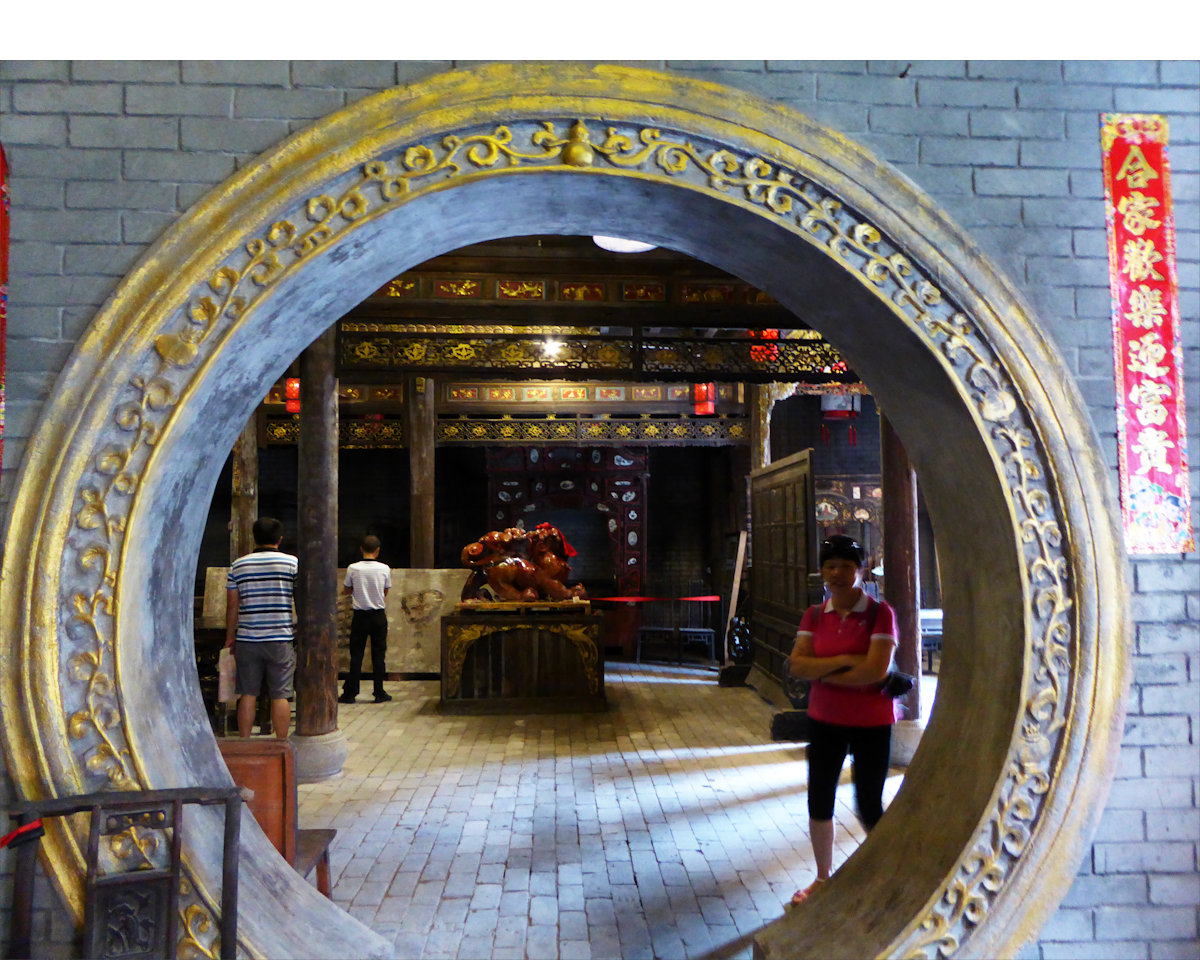
Round archways behind an inconspicuous main entrance connect several rooms in this 300-year-old building.
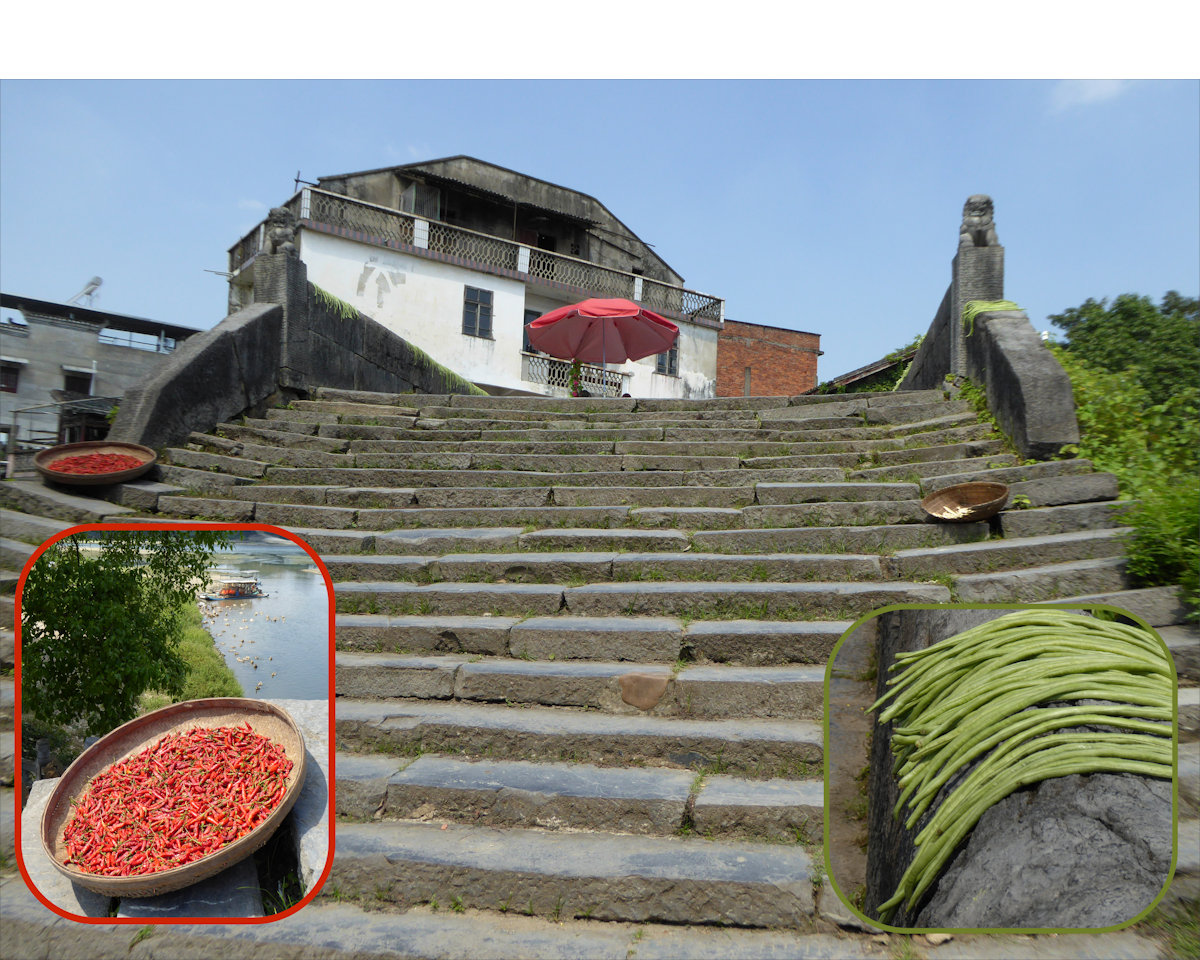
The Wanshou Bridge, literally Longevity Bridge, is a century-old stone crossing used and accentuated by chillies and green beans left out for drying on that day.
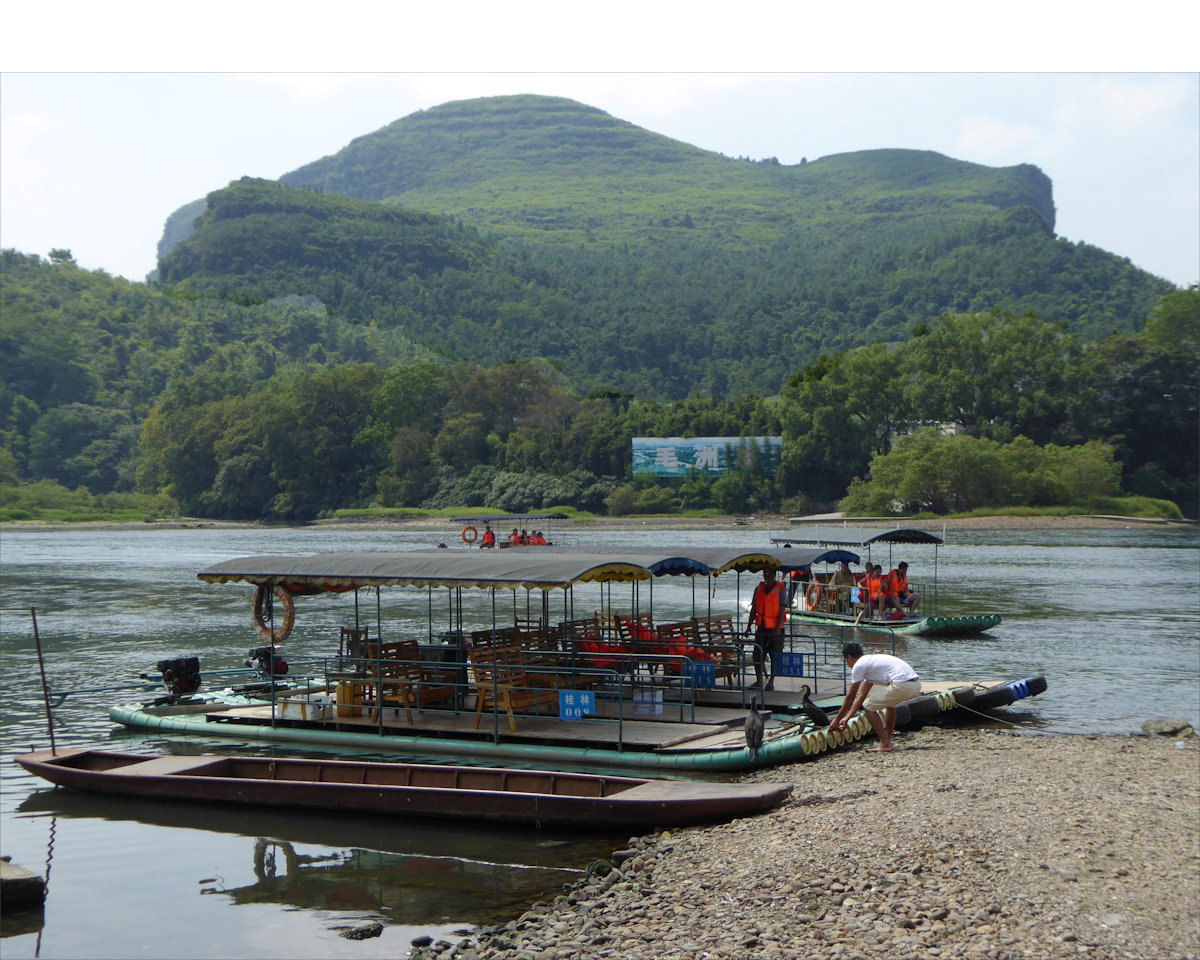
Notice the two cormorants on the bamboo raft in the front? Nowadays, cormorant fishing is mainly a demonstration for tourists. The birds are trained to dive into the water and catch fish. A ring placed around their necks prevents the cormorants from just swallowing the fish. Once in a while the ring is removed, and they can keep one as a reward. Otherwise, these smart creatures simply refuse to continue their fishing duty.
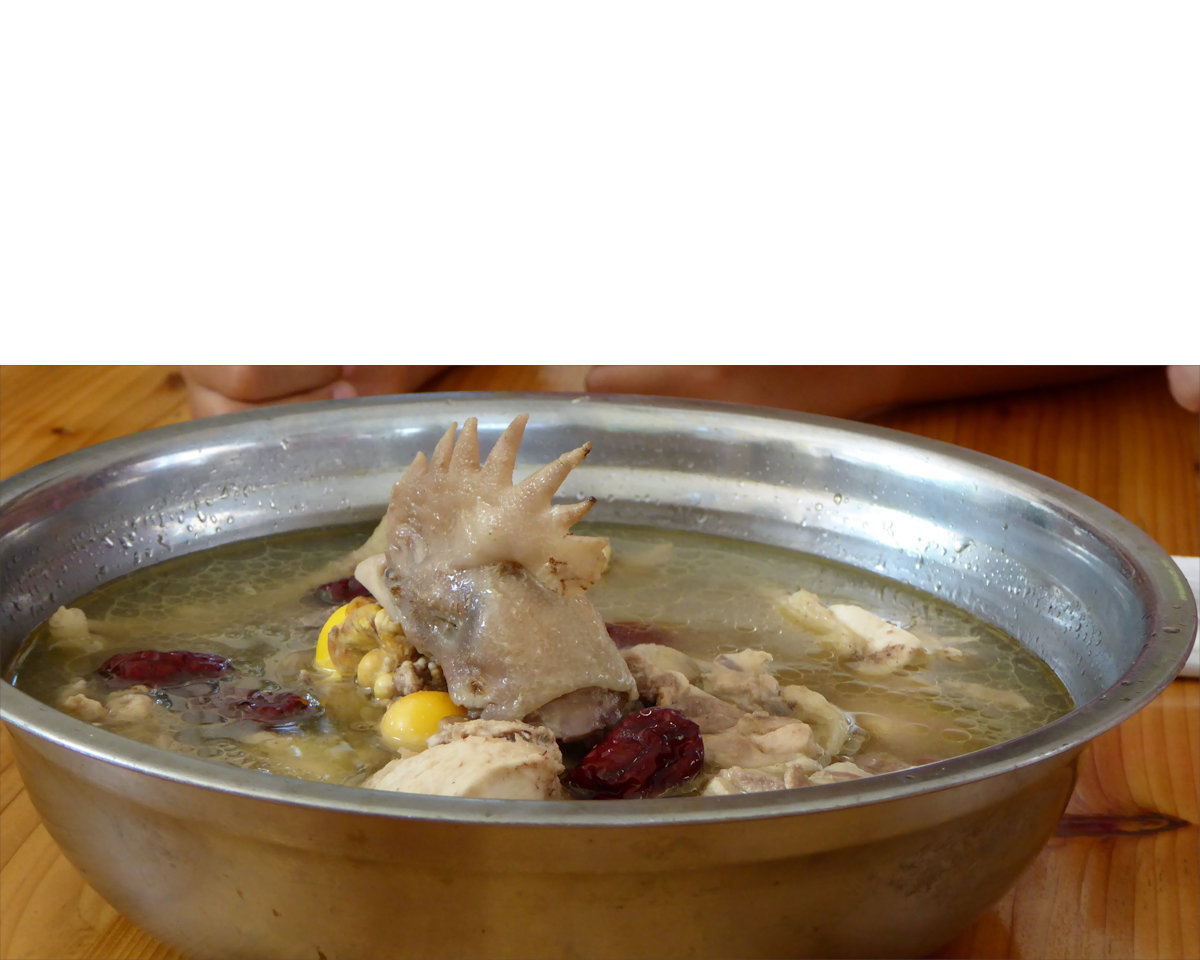
Meet the chicken that sacrificed its life for our soup! Similar, fish is always served with its head, a custom some travelers find a bit hard to get used to.
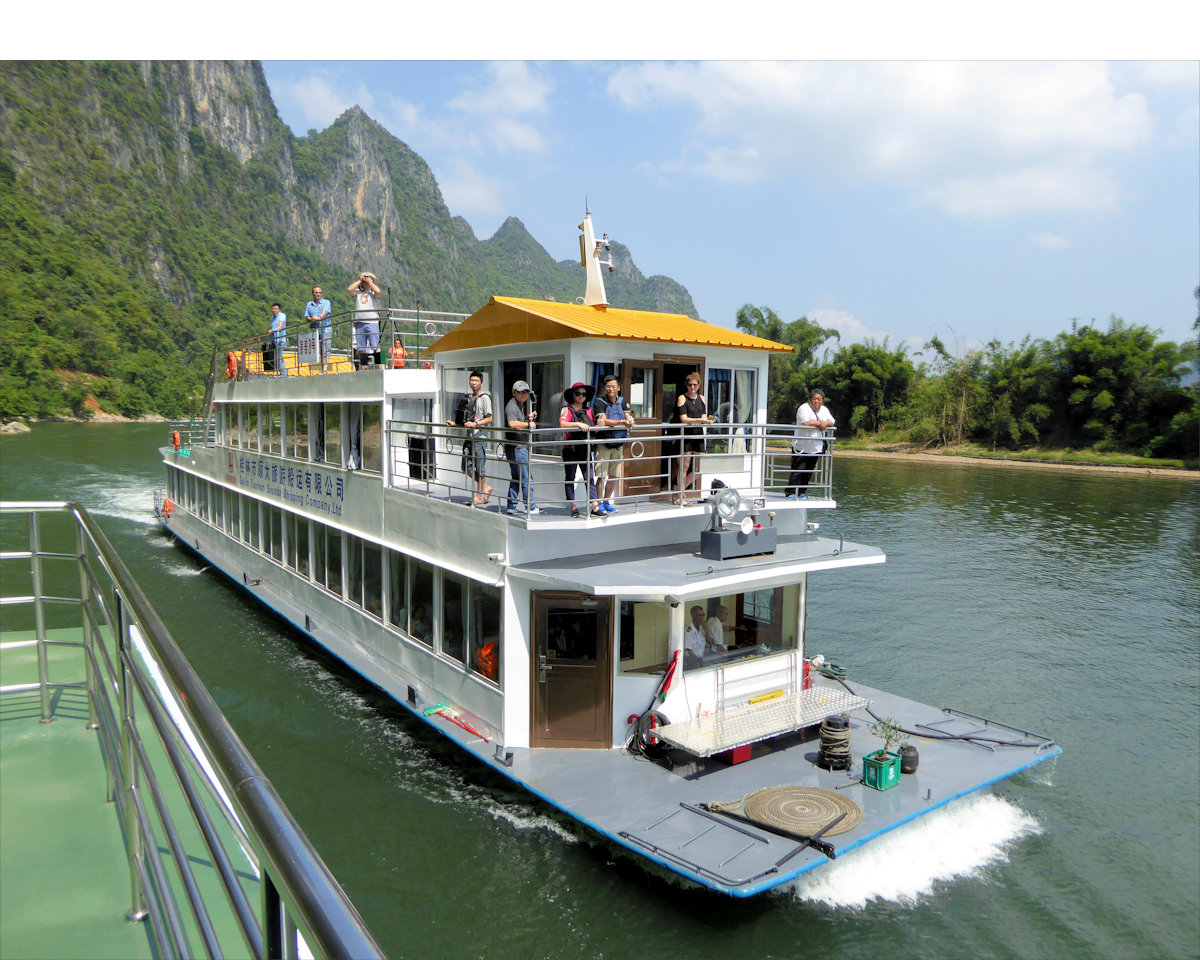
Plenty of identical Li River cruise boats drift from Guilin to Yangshuo. The journey takes about 4 hours and included a surprisingly tasty early lunch. The return trip is usually done by regular long-distance bus.
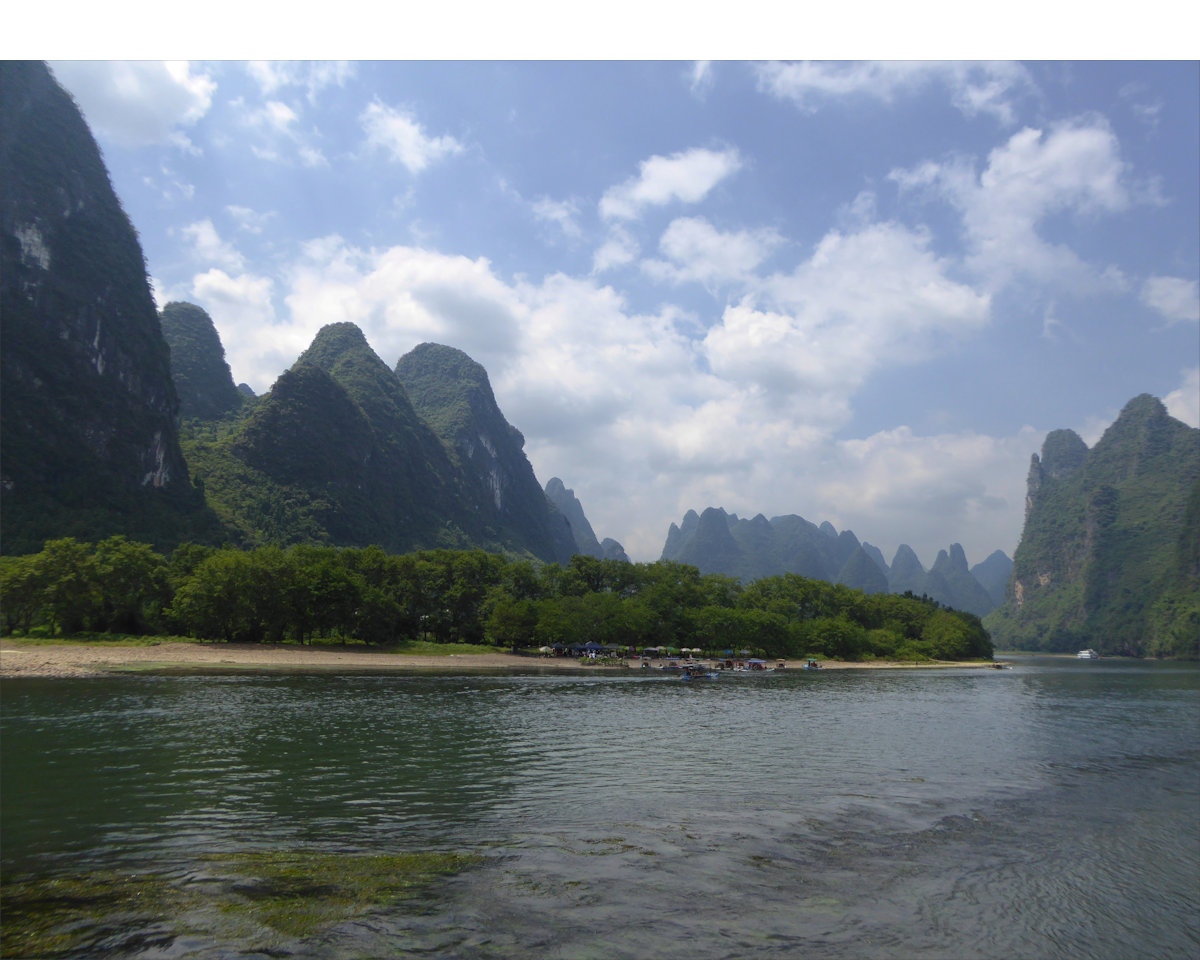
I'll never forget this peaceful relaxing journey in a dream-like setting. On every corner was something new to see and discover, from water buffalos to snow-white horses and sheep to locals harvesting fish, critters, and plants from the river.
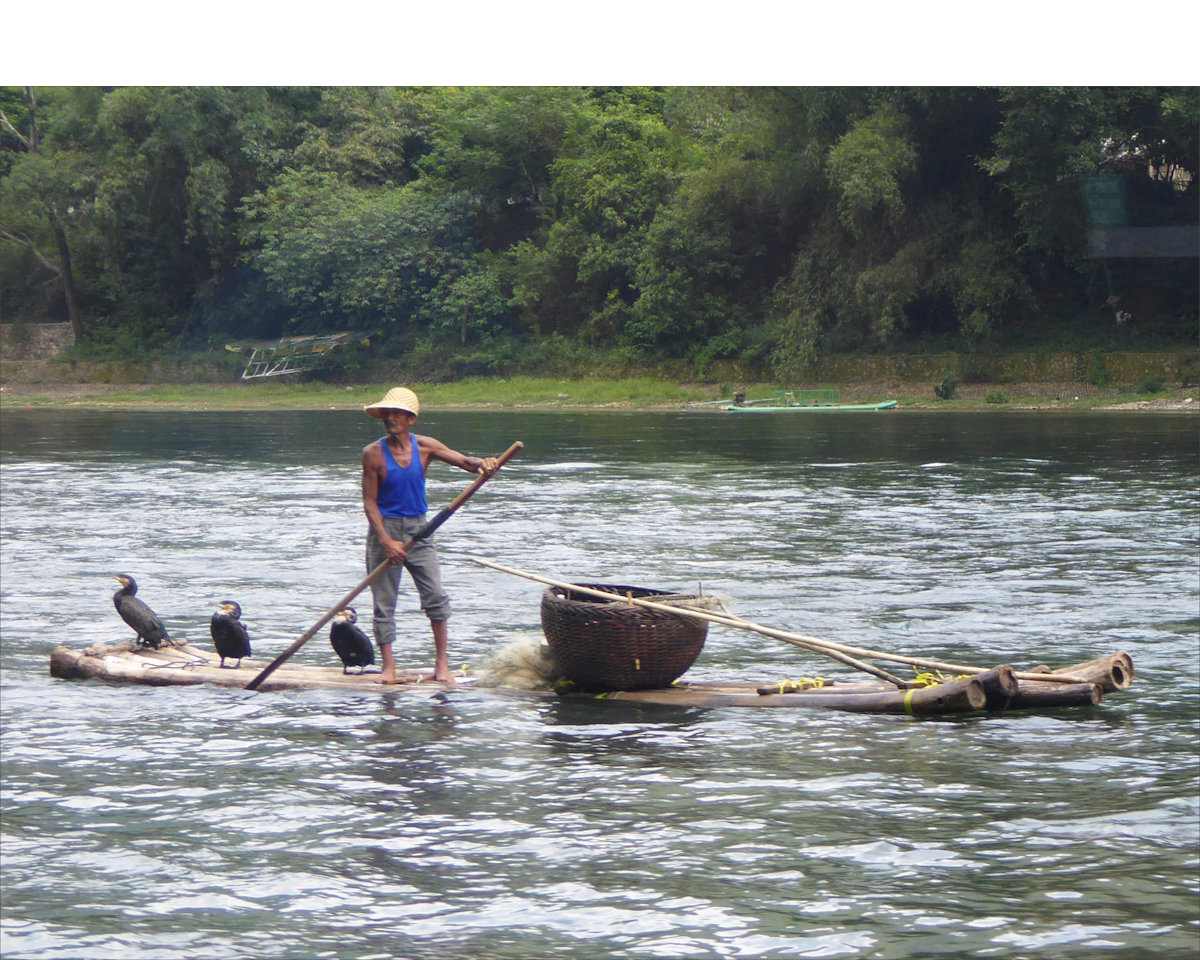
Often vendors on simple bamboo rafts skillfully approached the slow-moving cruise boats to sell their freshly picked fruit and vegetables "on the run".
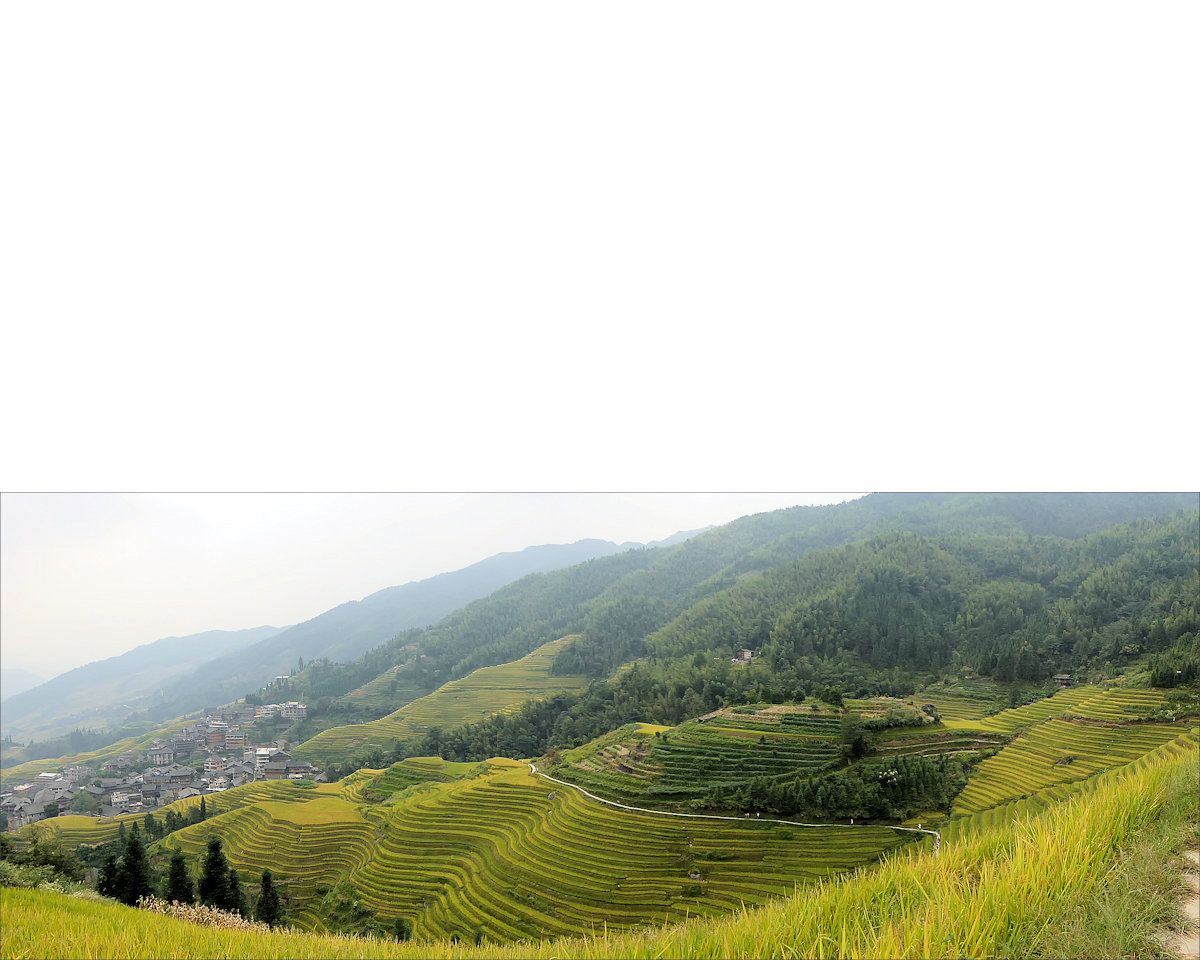
Longji or Longsheng rice terraces. Longji translates into Dragon's Backbone, suggesting that the terraces resemble a dragon's scales, while the summit looks like its backbone.
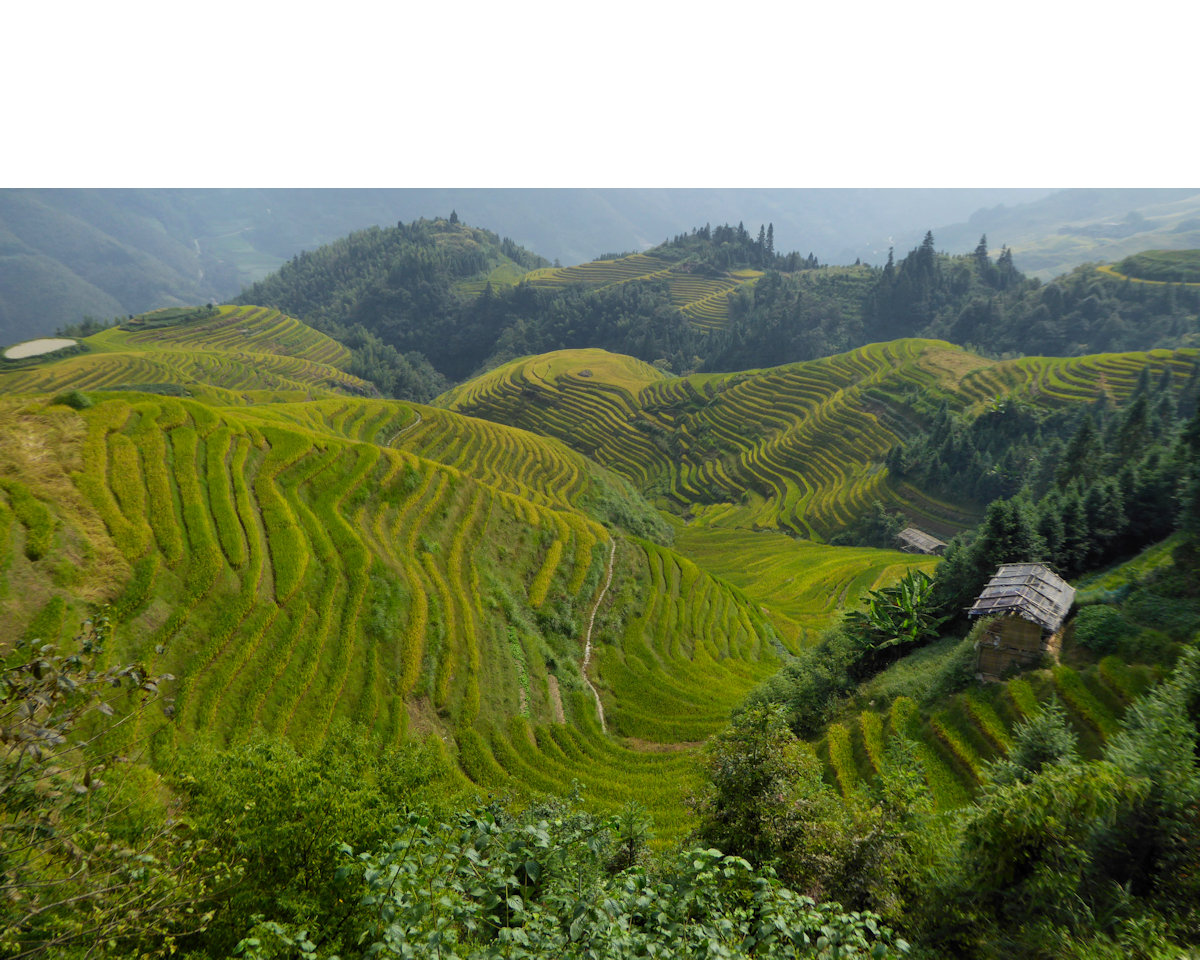
Most of the rice terraces were built during the Yuan Dynasty (1271–1368) by Zhuang and Yao ethnic minorities and cover an area of 66 square km (25 sq miles).
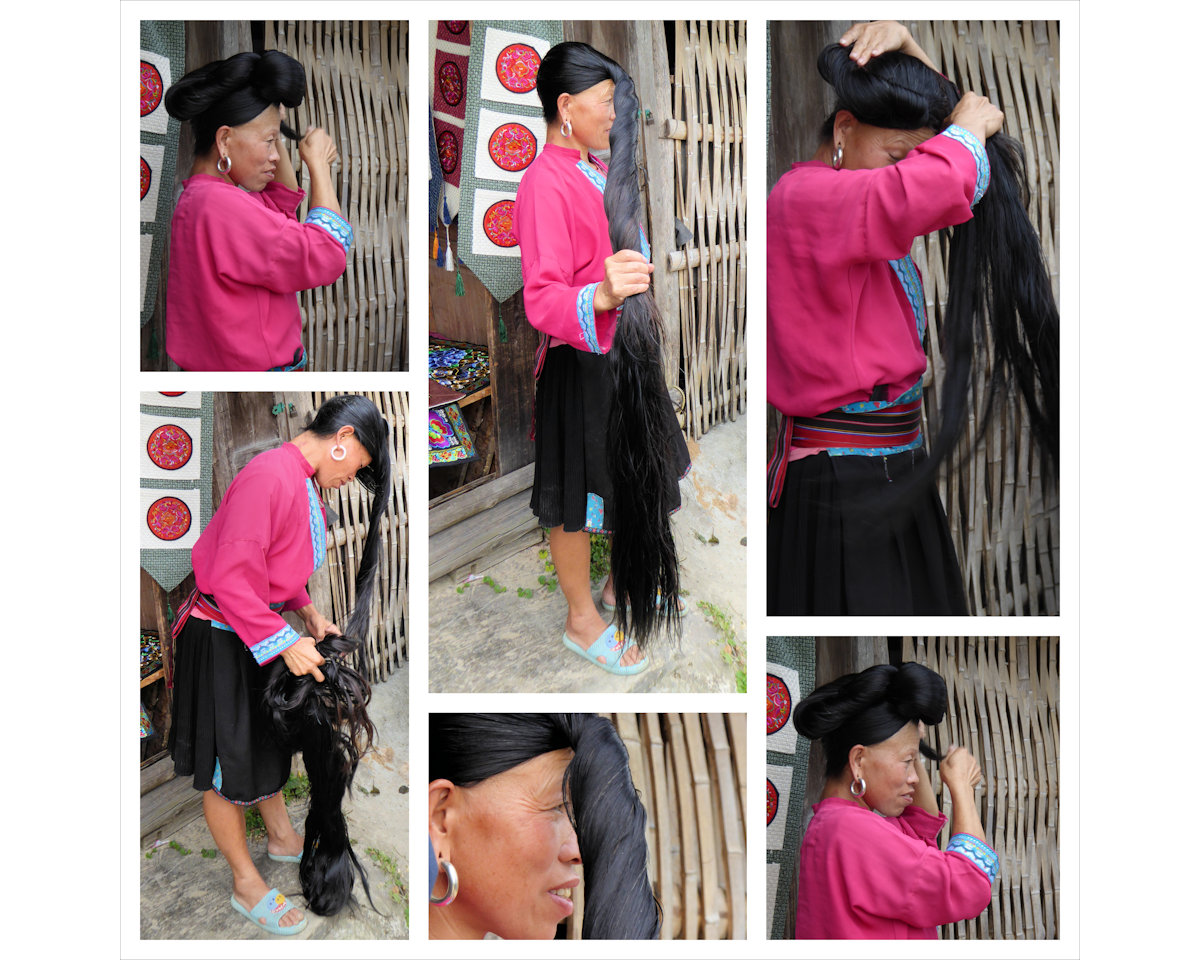
Some women of the Yao ethnic group in Longji are willing to let their hair down for a small fee. They only cut their hair once at a ceremony when they are about 18 years old. The cut hair together with dropped hair collected daily is combined with the hair growing on the head and artfully arranged. It is said that you hardly see a grey or white hair even when they get older. The secret lies in washing their hair in fermented rice water mixed with tea seeds and orange peels—or so they say!
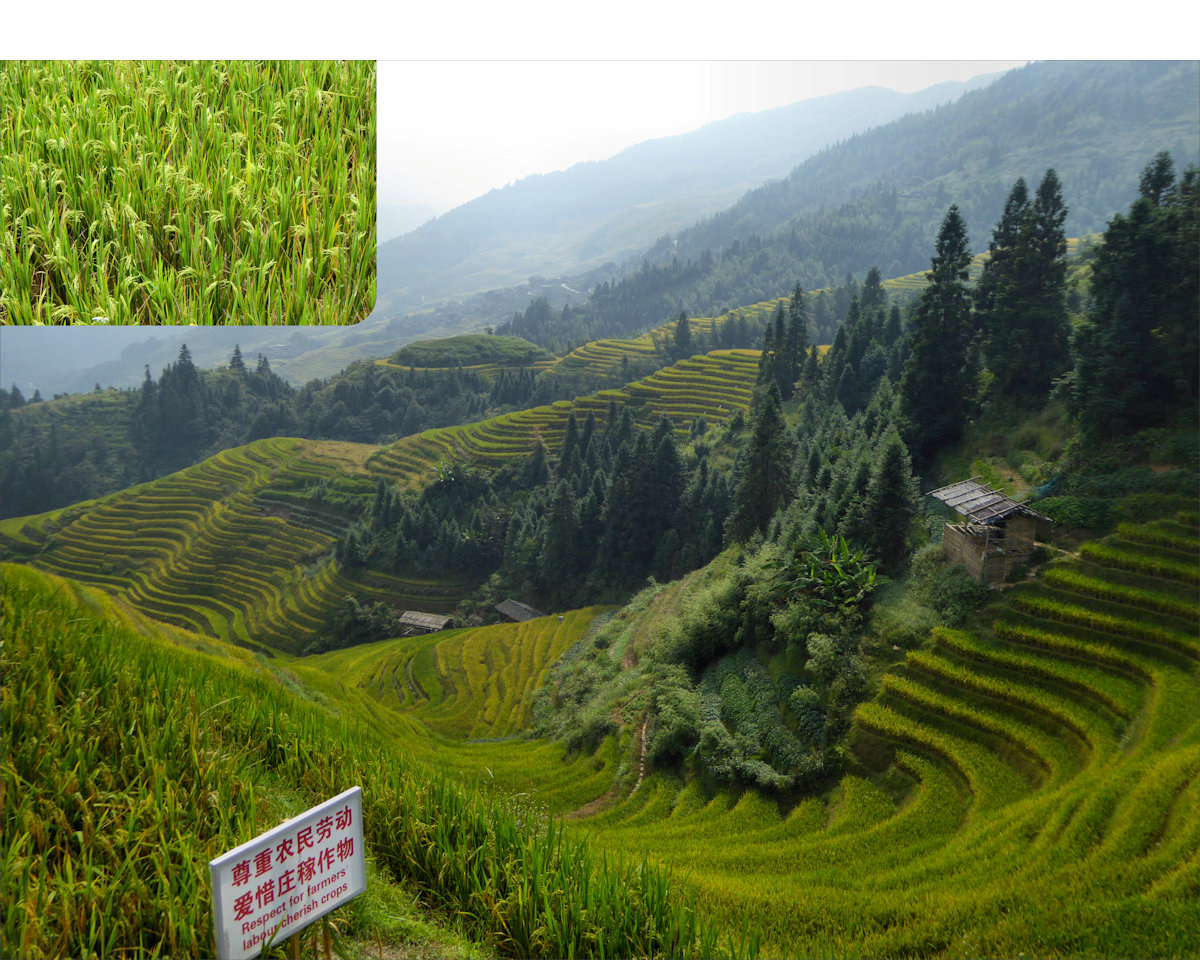
Longji has four distinct seasons: In spring, the irrigated terraces create a mirror-like image. From summer to early autumn— the time I visited—they are lush green. After the golden fall, the patches turn silver when covered with a layer of snow in the beginning of the year.
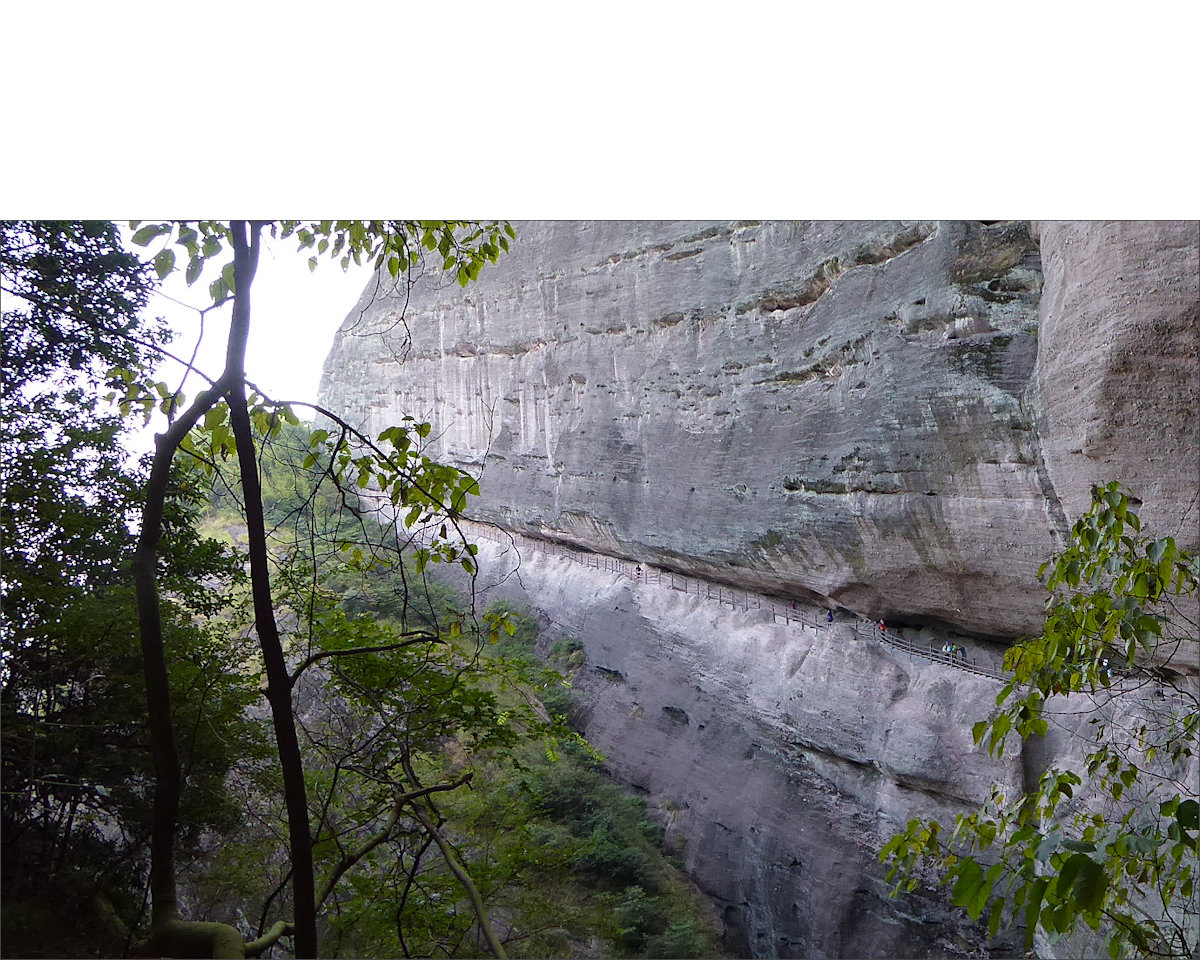
Walking along the defeated dragon's pathway feels like being teleported into a far-away fantasy world.
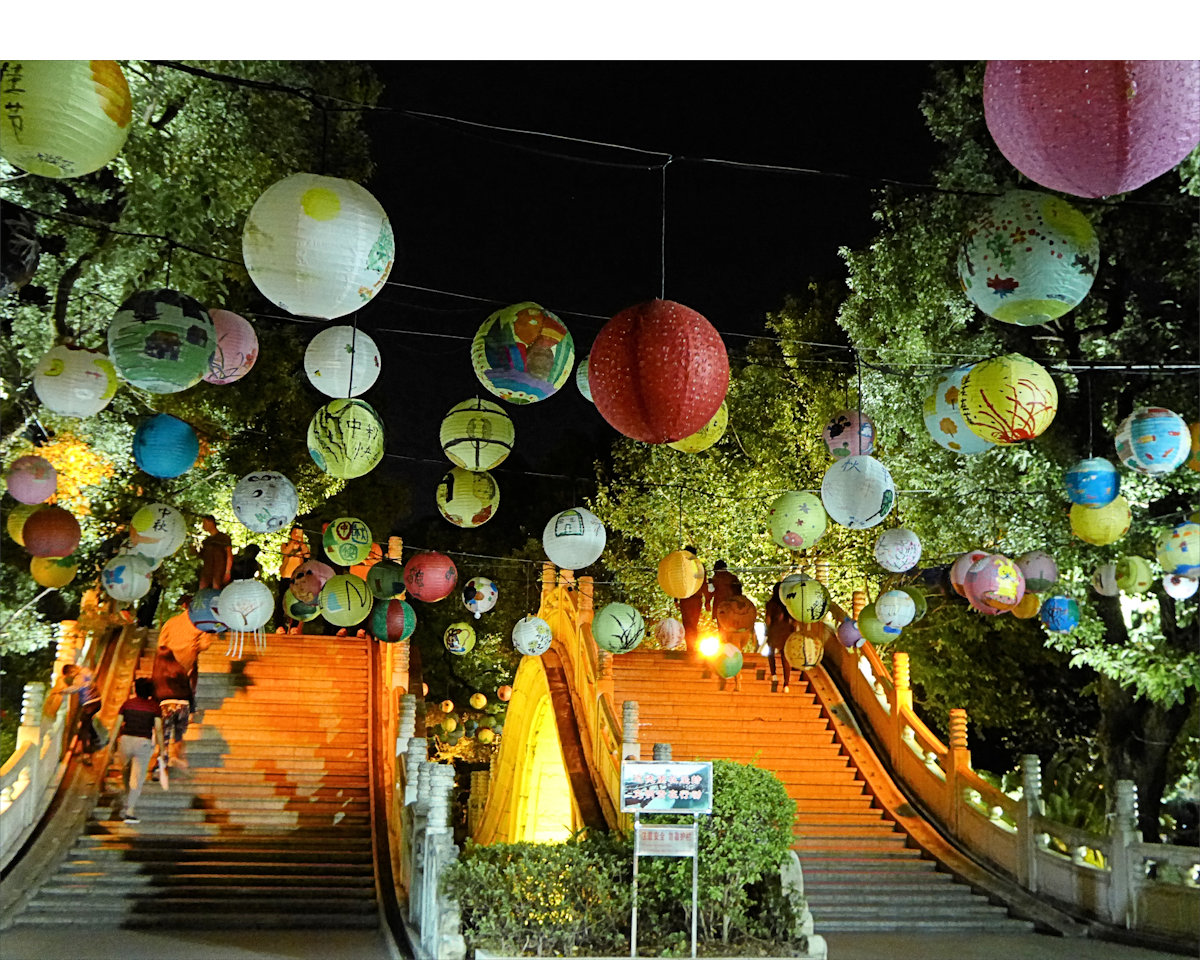
It was shortly after Mid Autumn Festival. Thousands of lanterns, hand-painted by school children, decorated the parks around Ronghu and Shanhu.
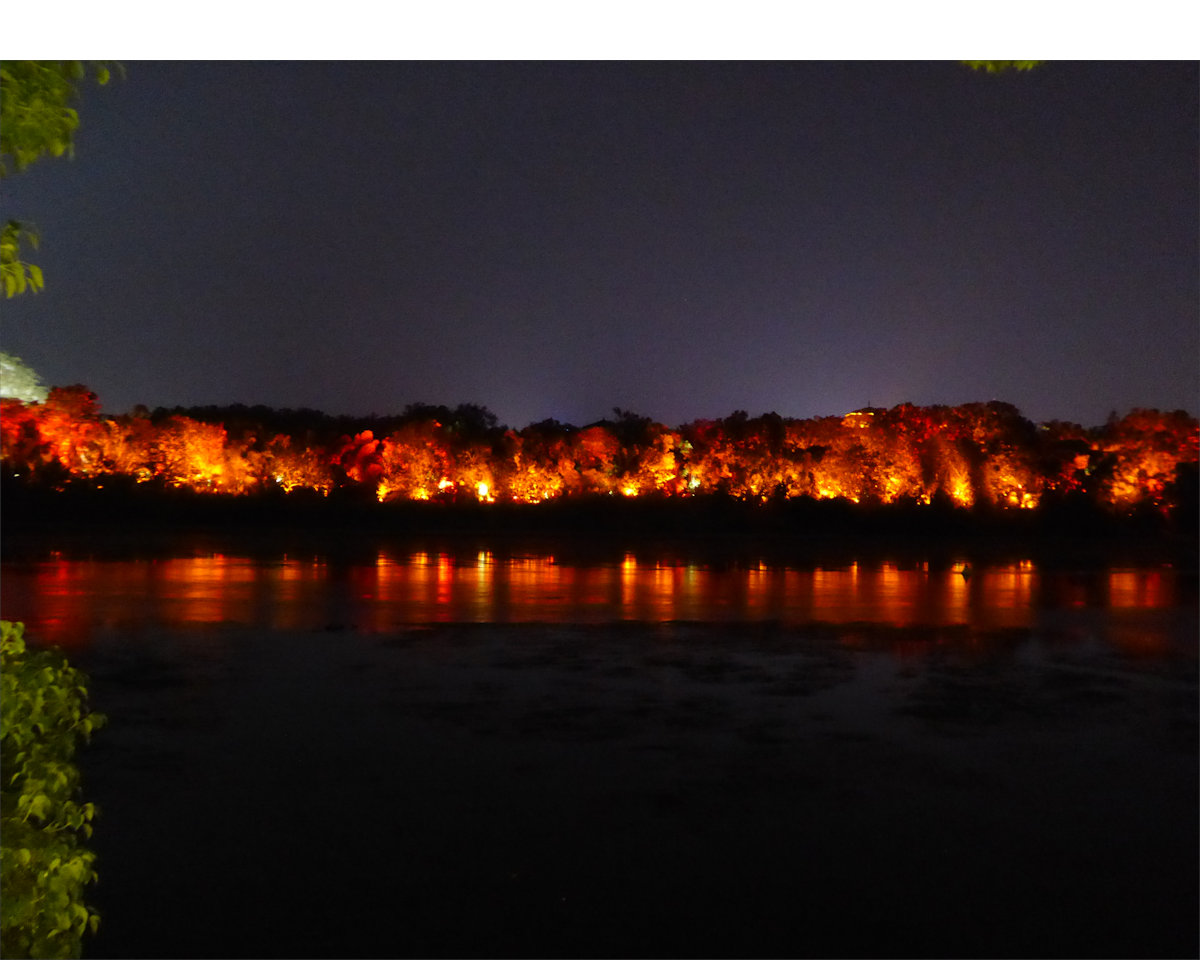
I wish the images of the devastating wildfires in BC in 2021 also were just a magnificent illusion!
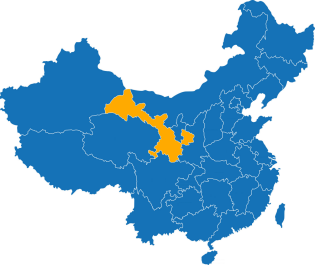
While in Europe "all roads lead to Rome", in China they lead to Xining! This city was the starting point for our Qinghai adventure in 2011. In 2012 I embarked right here for the 24-hour train ride to Lhasa. This time, the city was my gateway to Gansu.
Coincidences, so many of them! My classes at CLI in Guilin had come to an end. In a few days, I would leave Guilin. One evening I bumped into Molin, a long-time teacher at the school. Until that day, we'd only talked briefly. She asked: "So, what are your next plans?" "Going to Zhangye, I'd like to see the rainbow mountains!" "I'm going there, too," answered Molin. As per our prior travel arrangements, we would arrive at the train station in Zhangye on the same day, just one hour apart!
And so began our two-day Gansu journey together. This was just meant to be! Molin waited for me at the train station and quickly found us a driver for the next two days. The only practical way to reach our three destinations was by private car, each more than an hour's drive away on dusty and sometimes unpaved desert roads.
Hotel check-in, quick lunch, and off we went to Zhangye National Geopark, home of the famous rainbow mountains.
On the way, we stopped at a random village to have a look. Molin started a conversation with an older couple, asked all kinds of questions about their lives and work. Their heavy dialect sounded like a completely different language to me—needless to say, I was lost. The apple trees were heavily loaded. I asked if we could buy a few. The farmer quickly picked and filled a big bag for us but refused to accept any money. Molin then spent 5 to 10 minutes writing down their address, so that we could later send them a postcard as a thank-you. Why did it take so long? It was a constant back and forth to get all the characters right.
Many Chinese syllables have the same pronunciation but are written with different characters. For example, "shù" can mean tree or number or vertical or bundle or art/skill or state/narrate, to name only a few. So, the exchange between the two women went on like this: "Shù as in apple tree?" "No, not this one," followed by a gesture. "Ah, shù as in jì shù?" "Yes!" She looked over Molin's shoulder and again shook her head when she saw the character from the word for technology. Then she took Molin's hand and used her index finger to draw the character for shù as in jì shù for count onto her palm. The same clarification went on for several other characters.
I was very impressed how diligently Molin was in getting the address right. And yes, I sent them a postcard from Canada as soon as I got back home.
The next morning, we set off to Mati Temple. Colorful shrines, caves, balconies, winding passageways and staircases are built into the reddish-brown sandstone grottos. The surrounding scenery is equally spectacular.
Pingshan Grand Canyon, our third destination, was again very different. We drove through desert-like, otherworldly landscape with the occasional camel crossing in the distance.
After Molin left, I spent a few more days exploring Zhangye, catching up on some work, and organizing the next part of my trip.
Visited: Zhangye – National Geo Park (Danxia, Rainbow Mountains) – Mati Temple (Matisse) – Pingshanhu – Gan Quan Park – Dafo Temple (Great Buddha Temple) – Xining
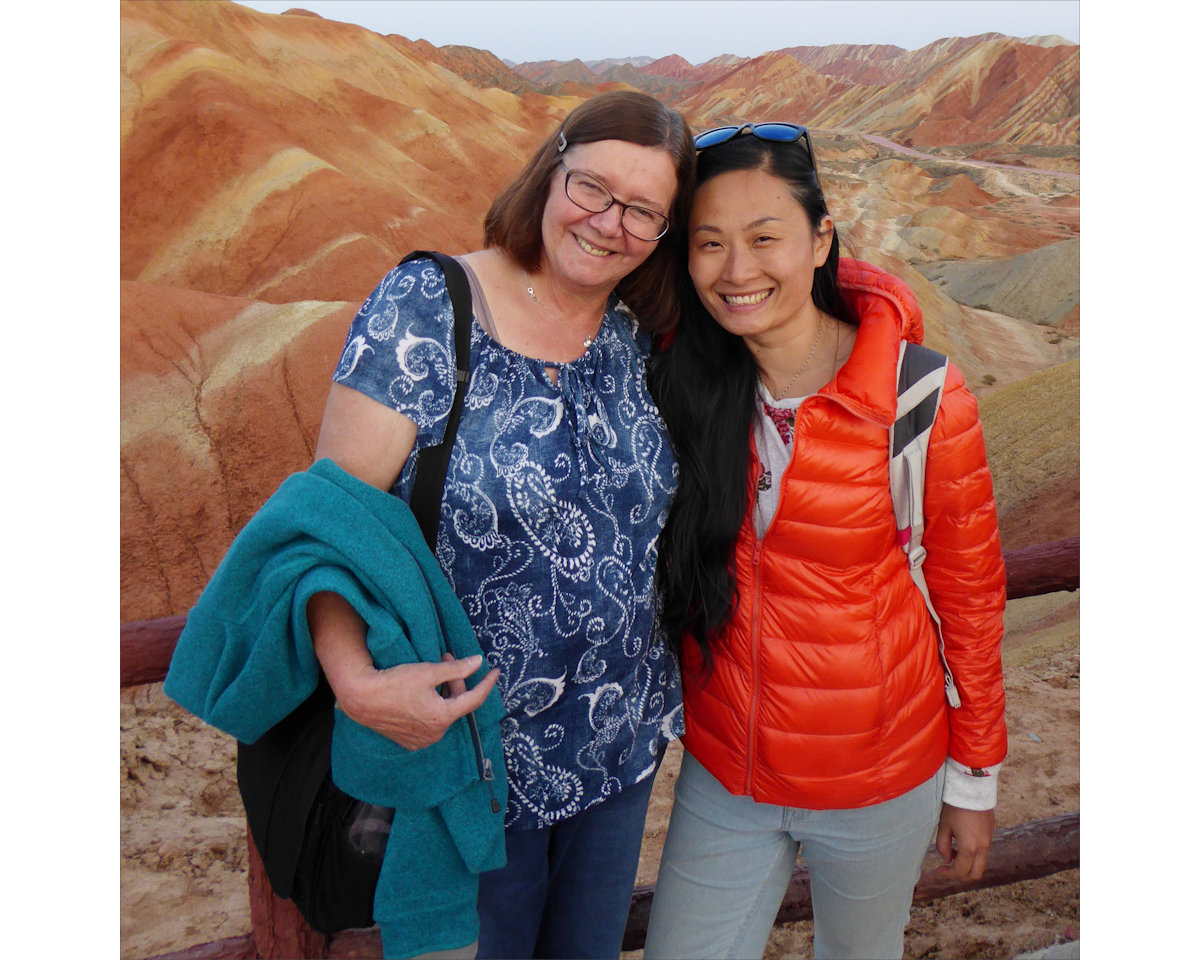
Two unforgettable days with Molin. I hope that one day we'll have another chance to explore yet another part of our planet together, in China, Canada, or elsewhere!
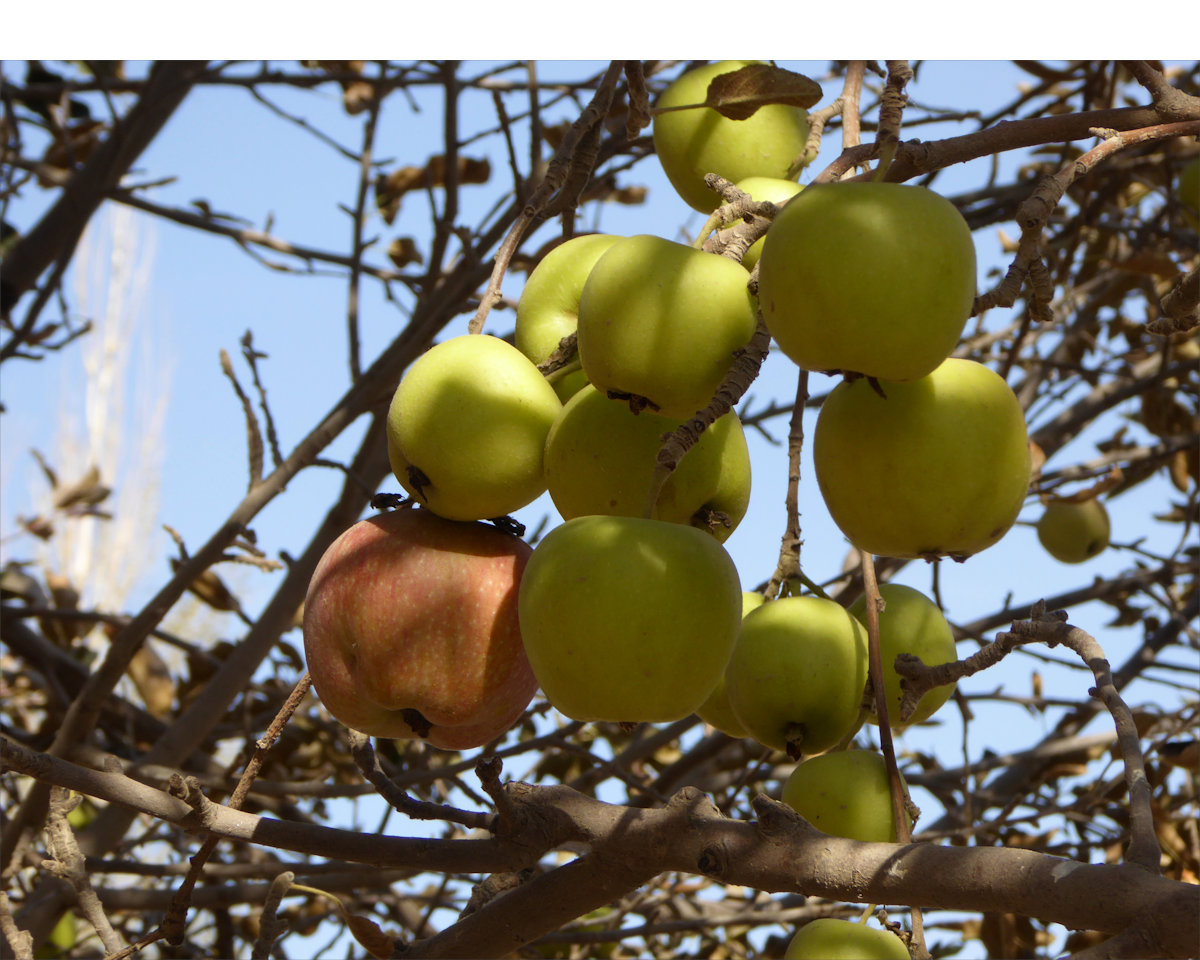
We were hoping to get a picture with the farmers couple, but they weren't up for it. It was one of these chance encounters that stands out even if the backdrop is made of rainbow mountains, grottos, and otherworldly landscape.
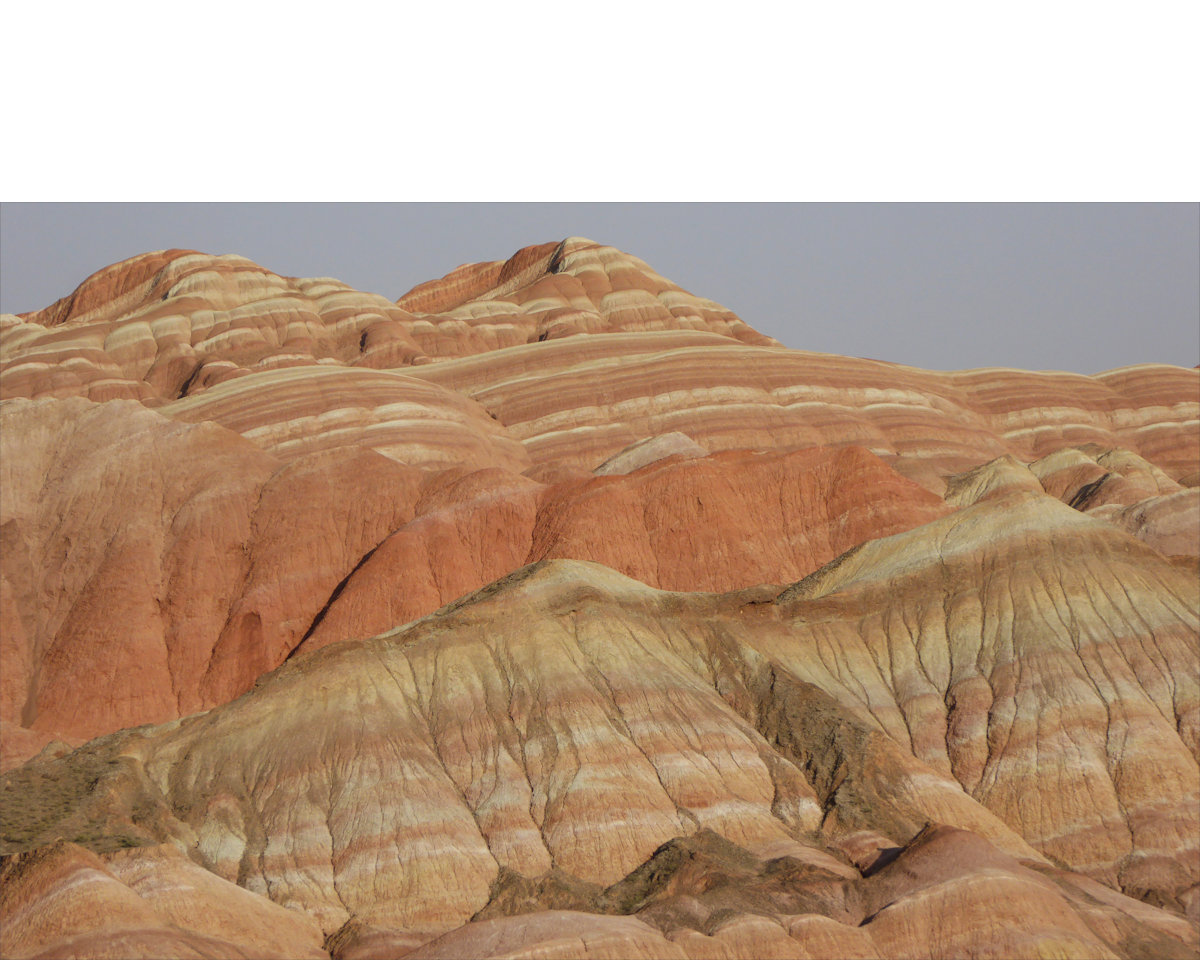
Search for "Zhangye rainbow mountains" on Google and you'll find plenty of images composed of the whole spectrum of the color palette. But that’s not what it is…
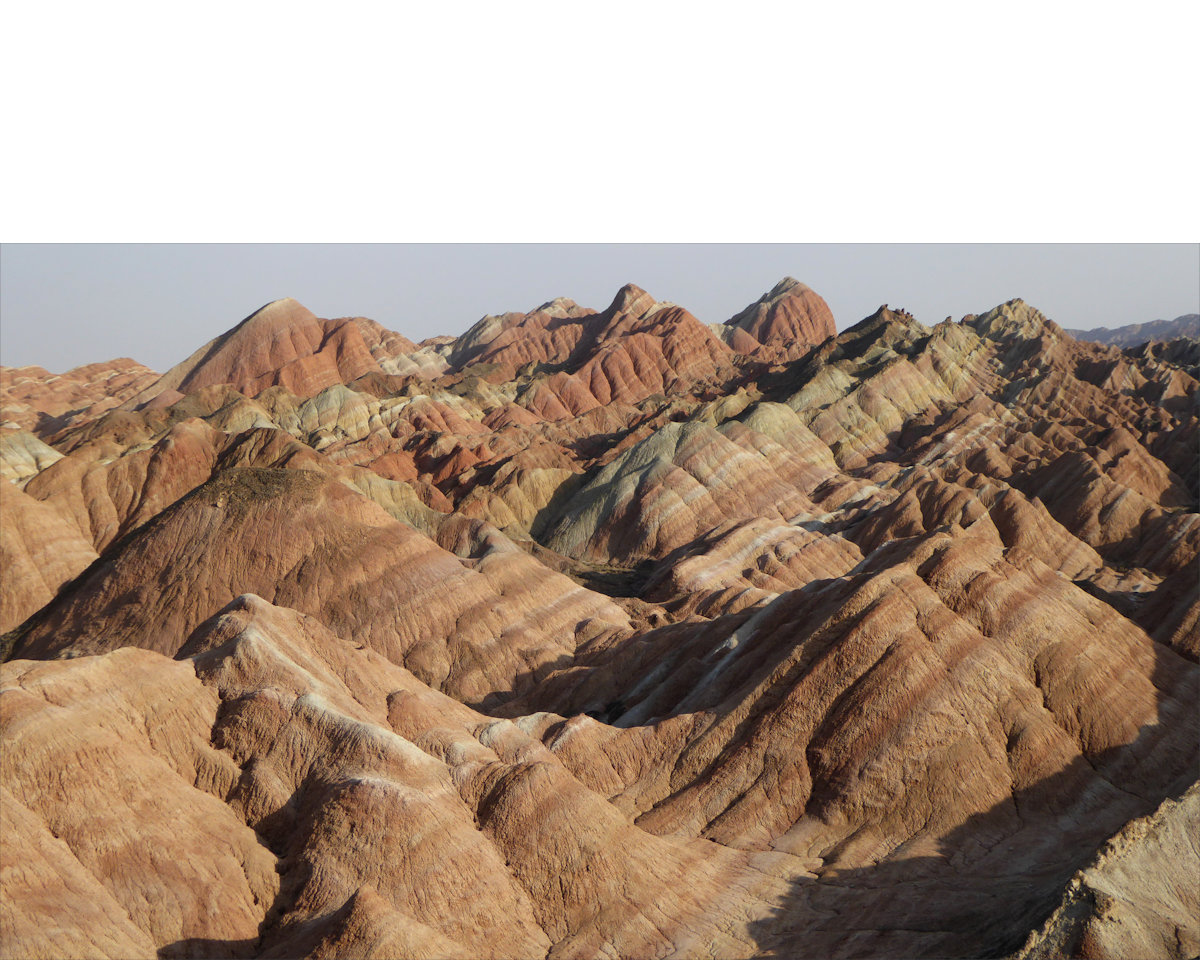
It makes me sad to see an absolute masterpiece of nature ruined and misrepresented by shoddy photo shoppers.
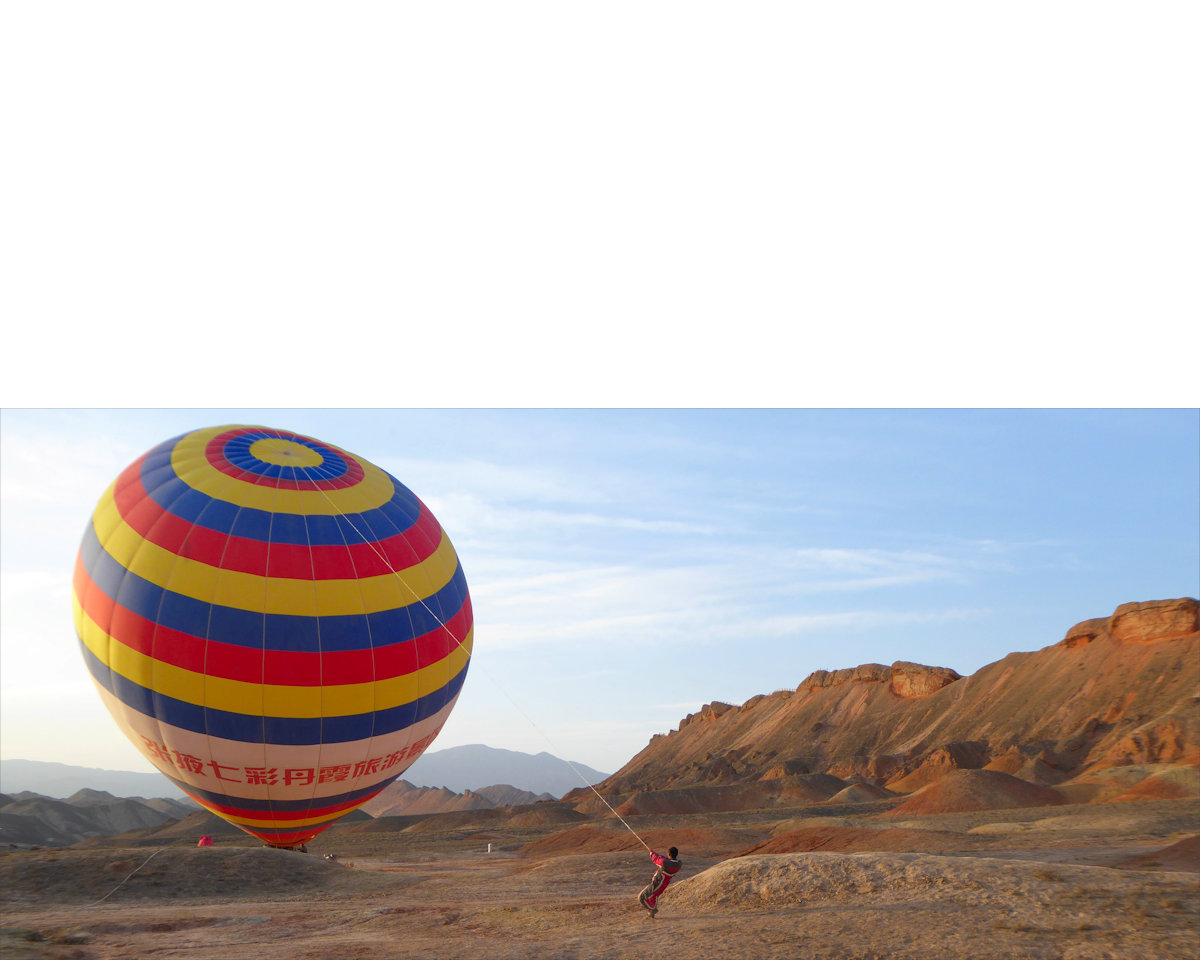
Getting the balloon ready for a sunset glide. We just enjoyed the magical show from the grounds, although a balloon ride would be a cool thing to do one day!
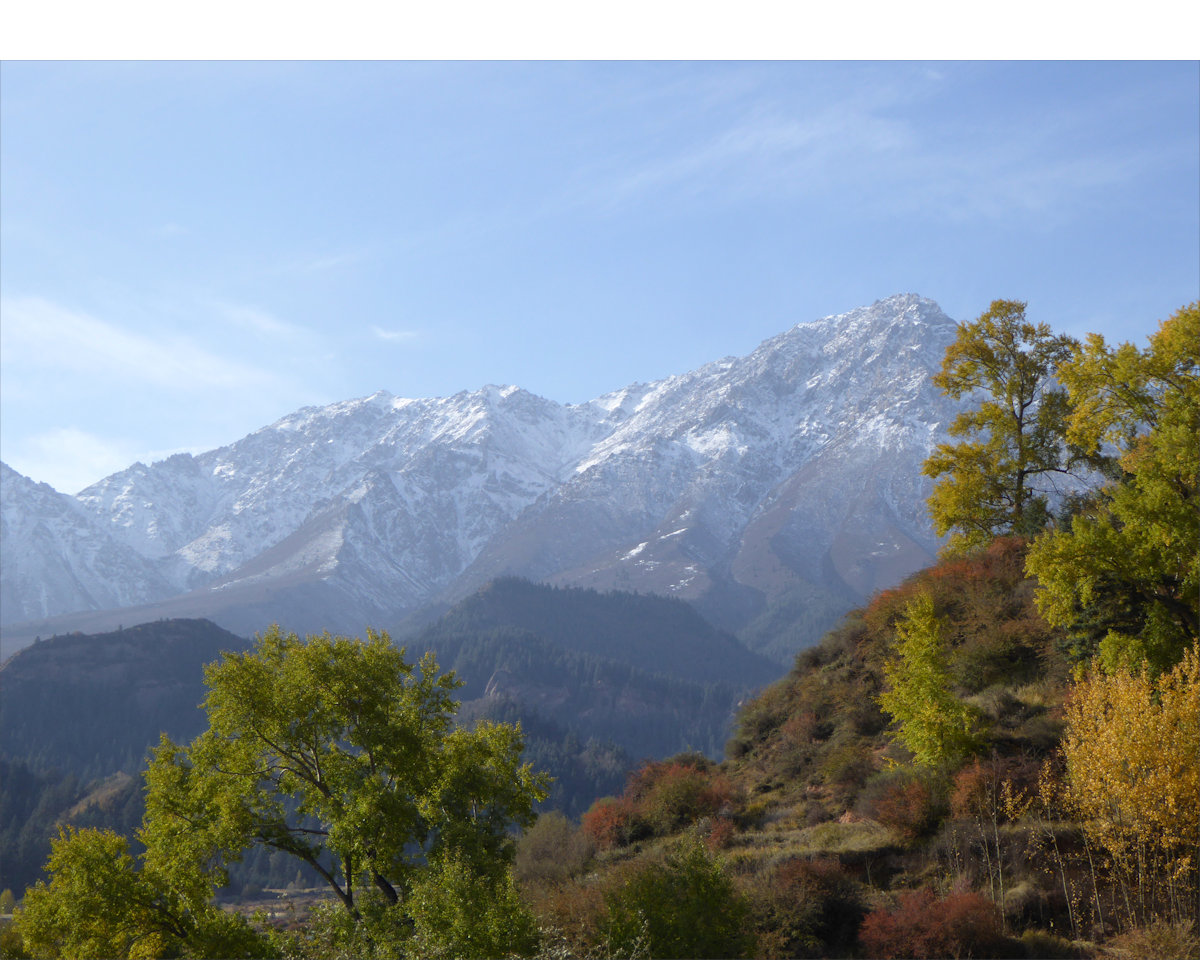
Sunny bright days are not a given at this time of the year. We were lucky! Friends posted pictures from Matisi in October 2021, and there was snow on the ground.
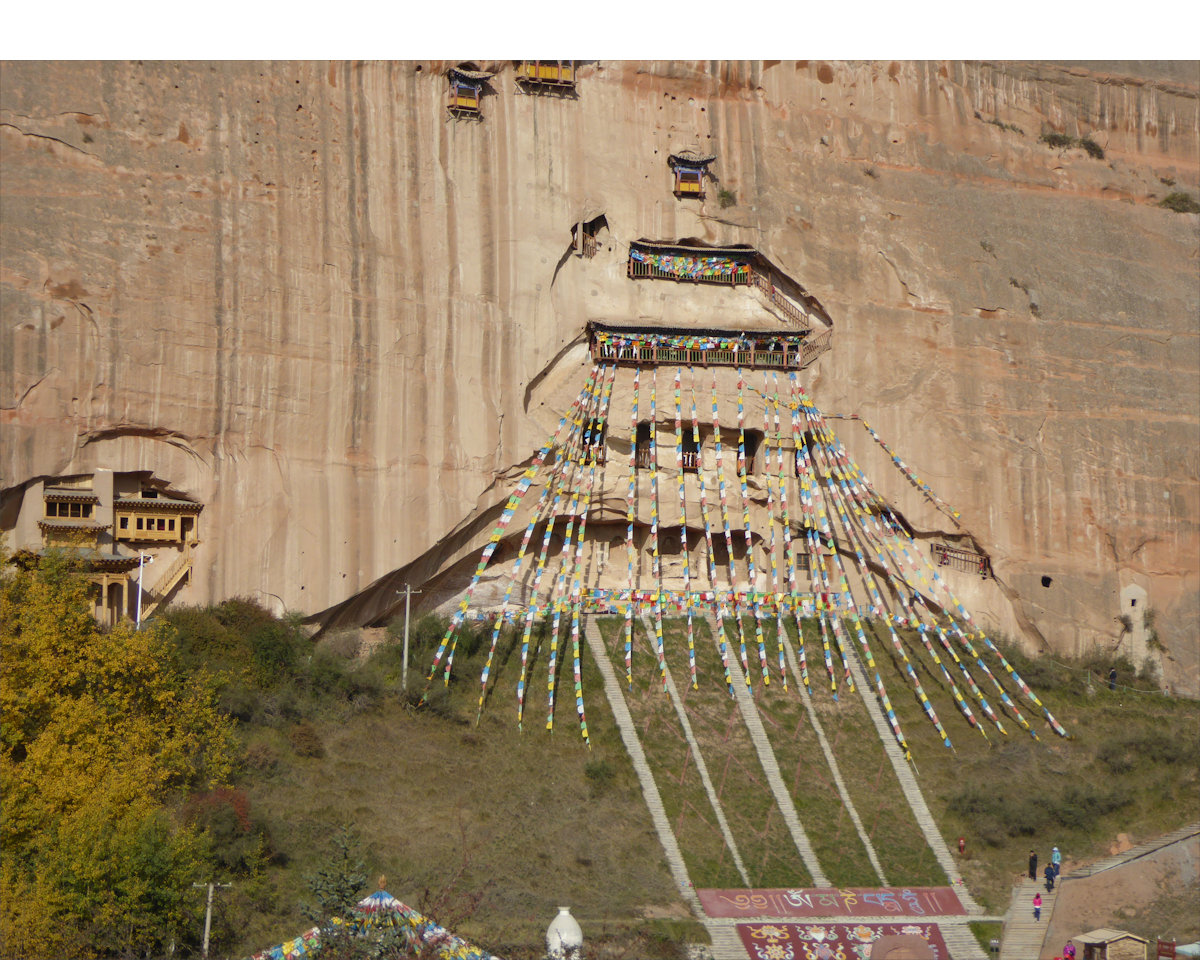
Thirty-three Heaven Grottoes is one of the main attractions of the Matisi grotto groups, scattered over 30 kilometers.
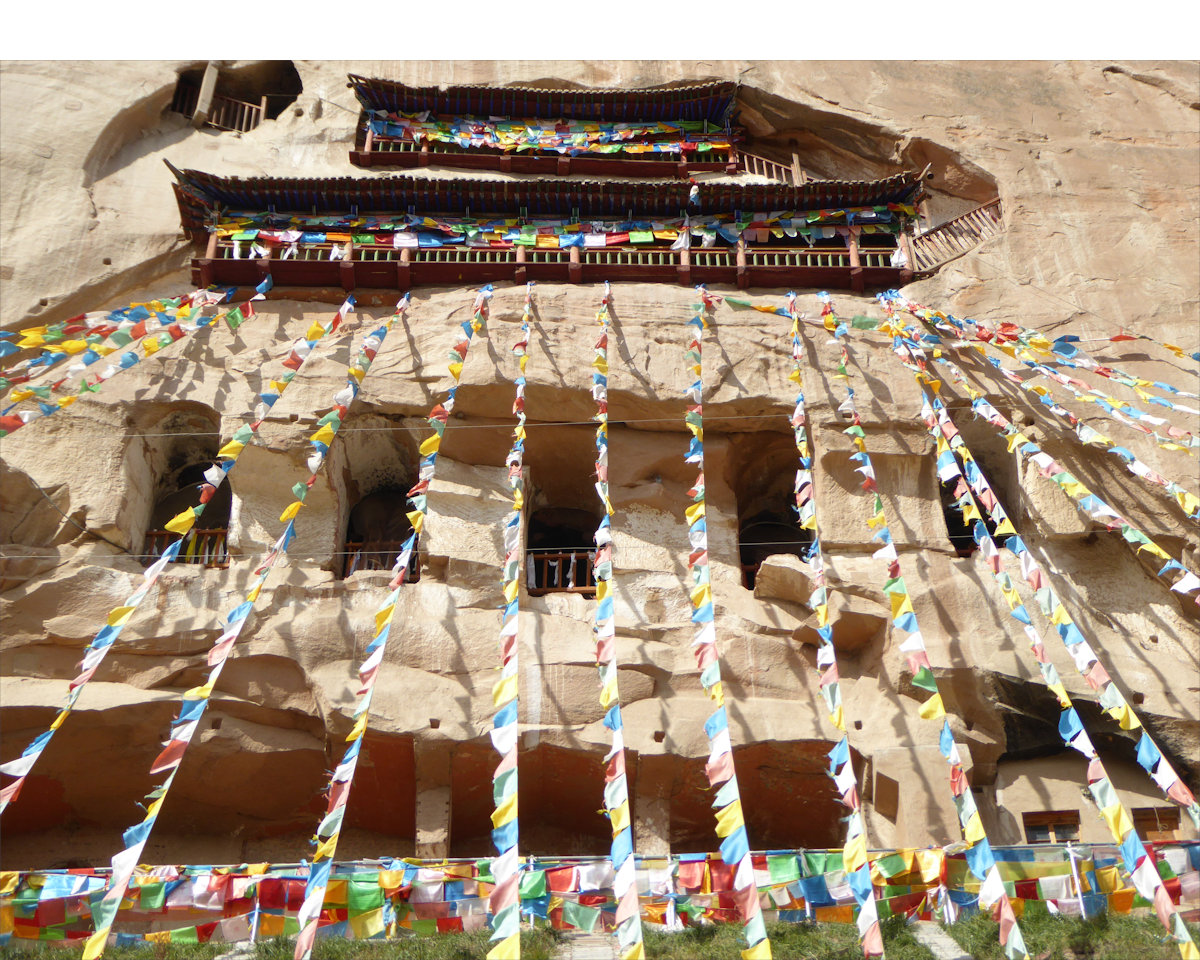
There are no official records documenting when Mati Temple was built. Many famous poets have referred to Mati in their works. The earliest one could date back to Eastern Jin Dynasty (A.D. 317 - 402).
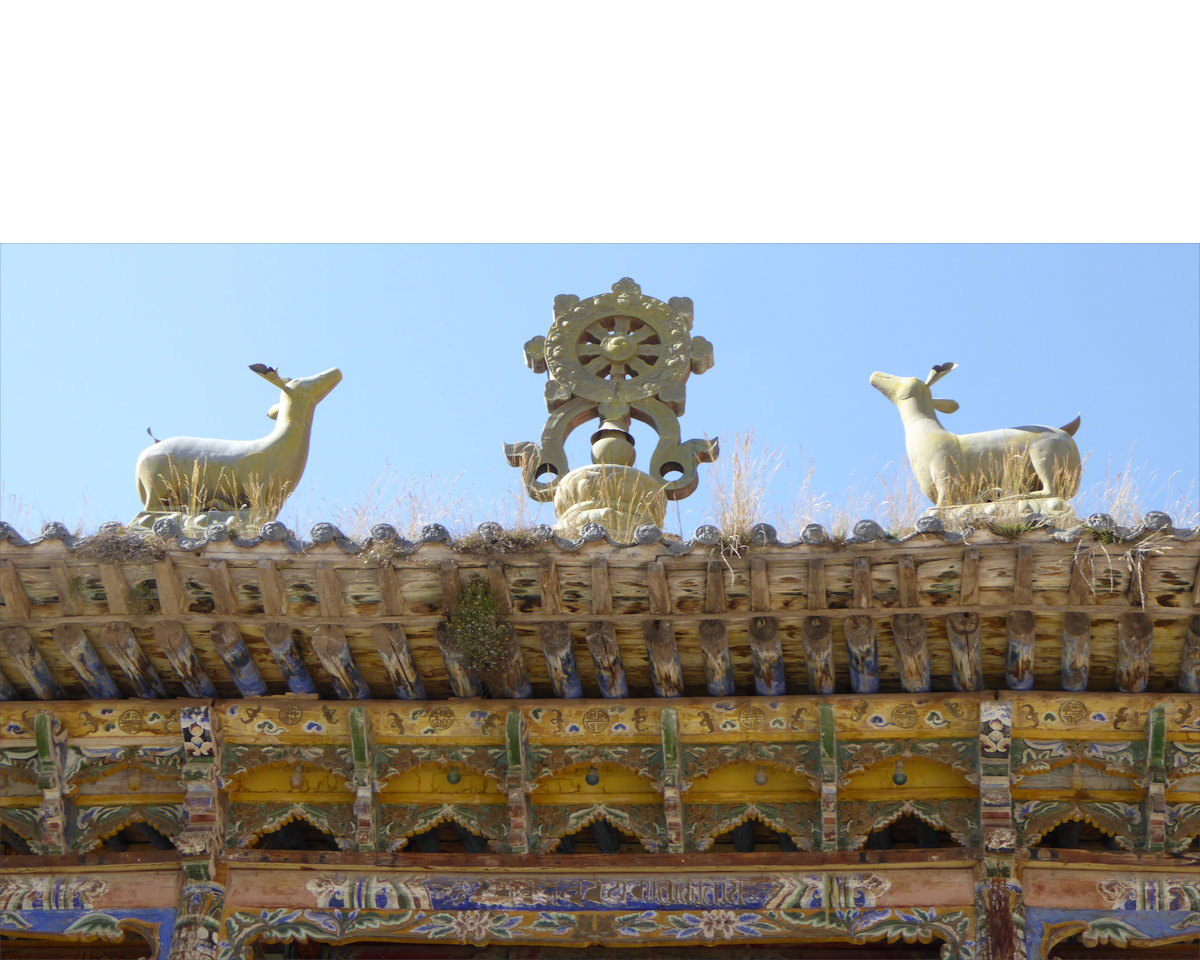
Typical roof decoration: a male and a female deer looking at the dharma wheel, which represents Buddhism in a similar way as a cross represents Christianity.
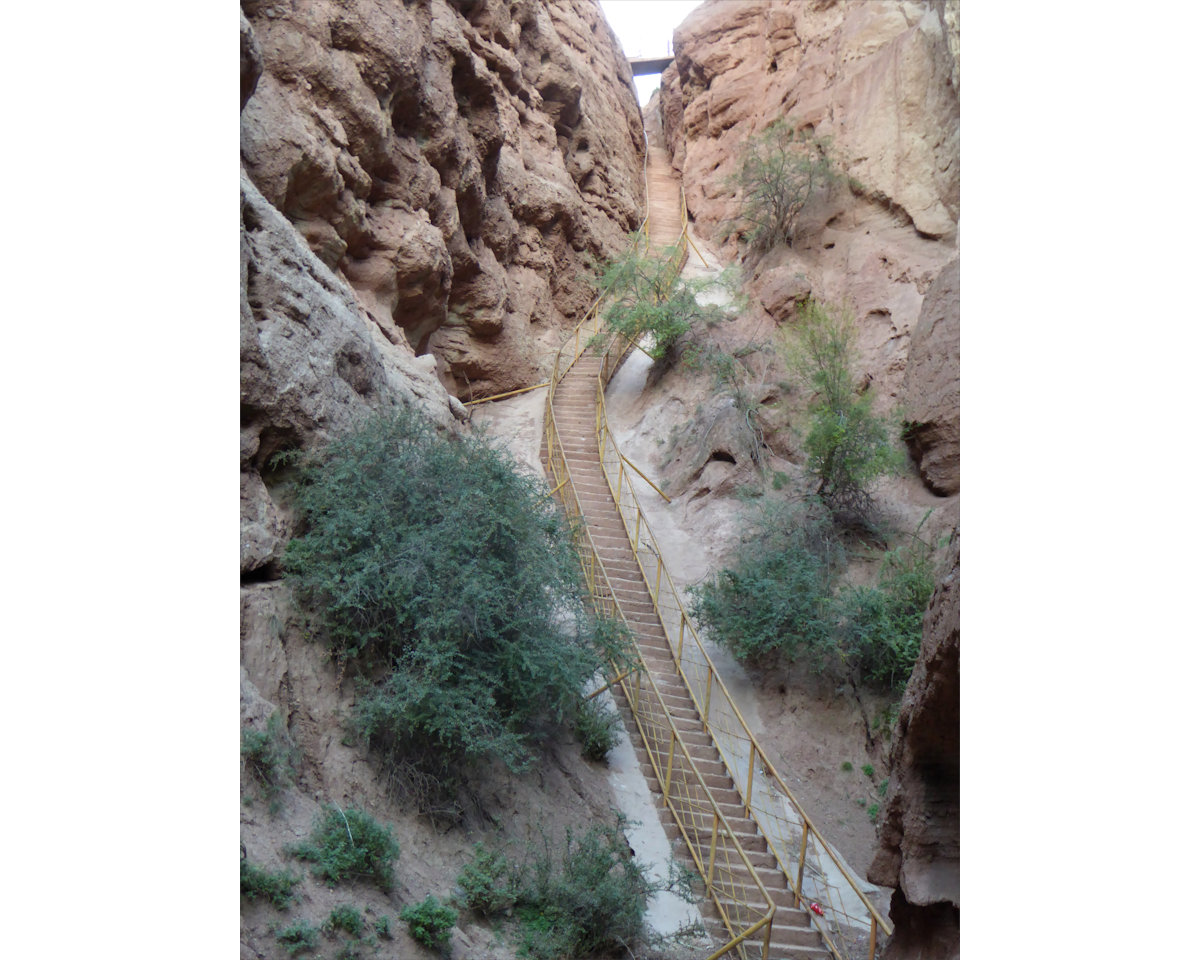
We were on the bottom when we heard the call for the last ride back – a lot of steps between a seat on the bus and a night in the desert…
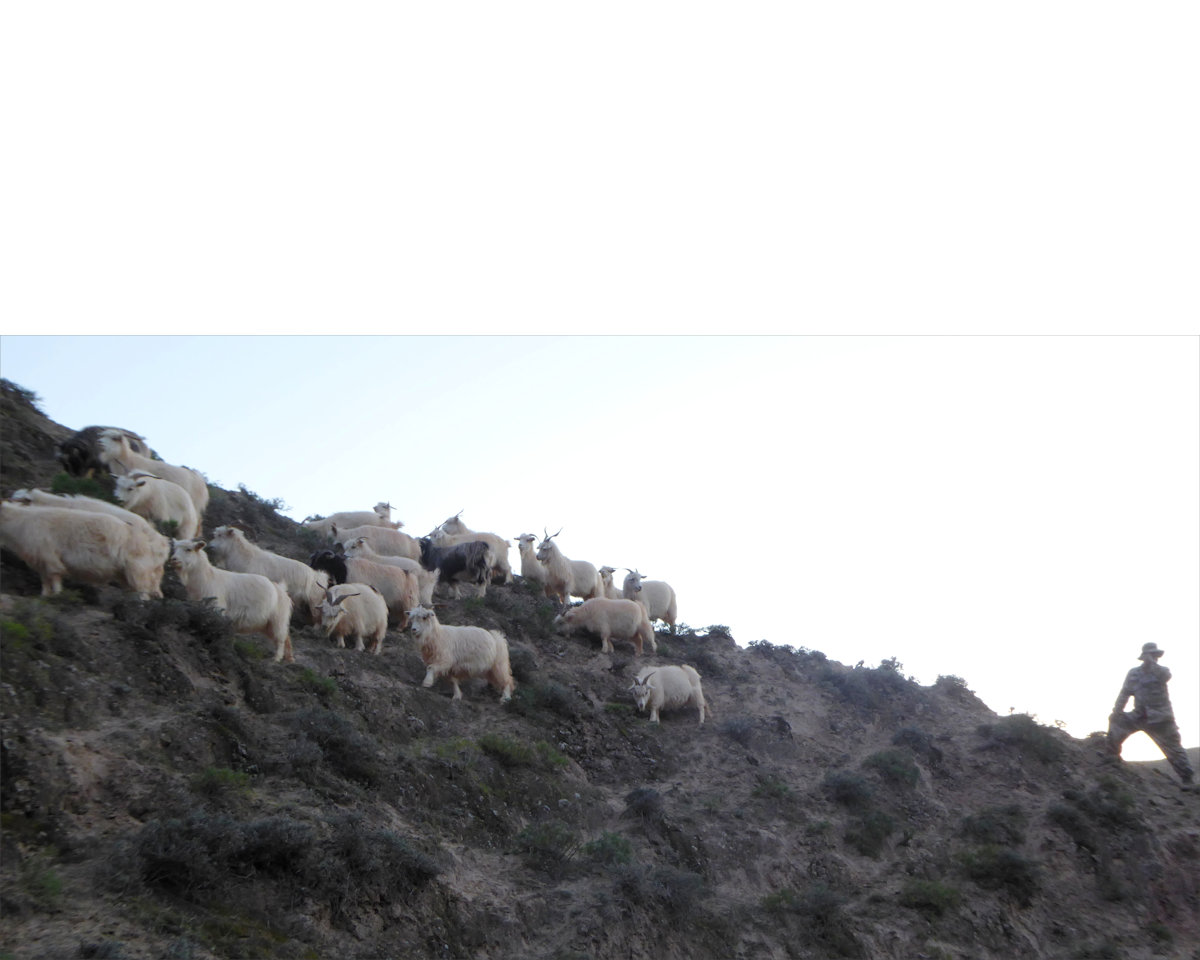
We made it! Otherwise, we would have had no other choice than ask the shepherd about a shelter for the night.
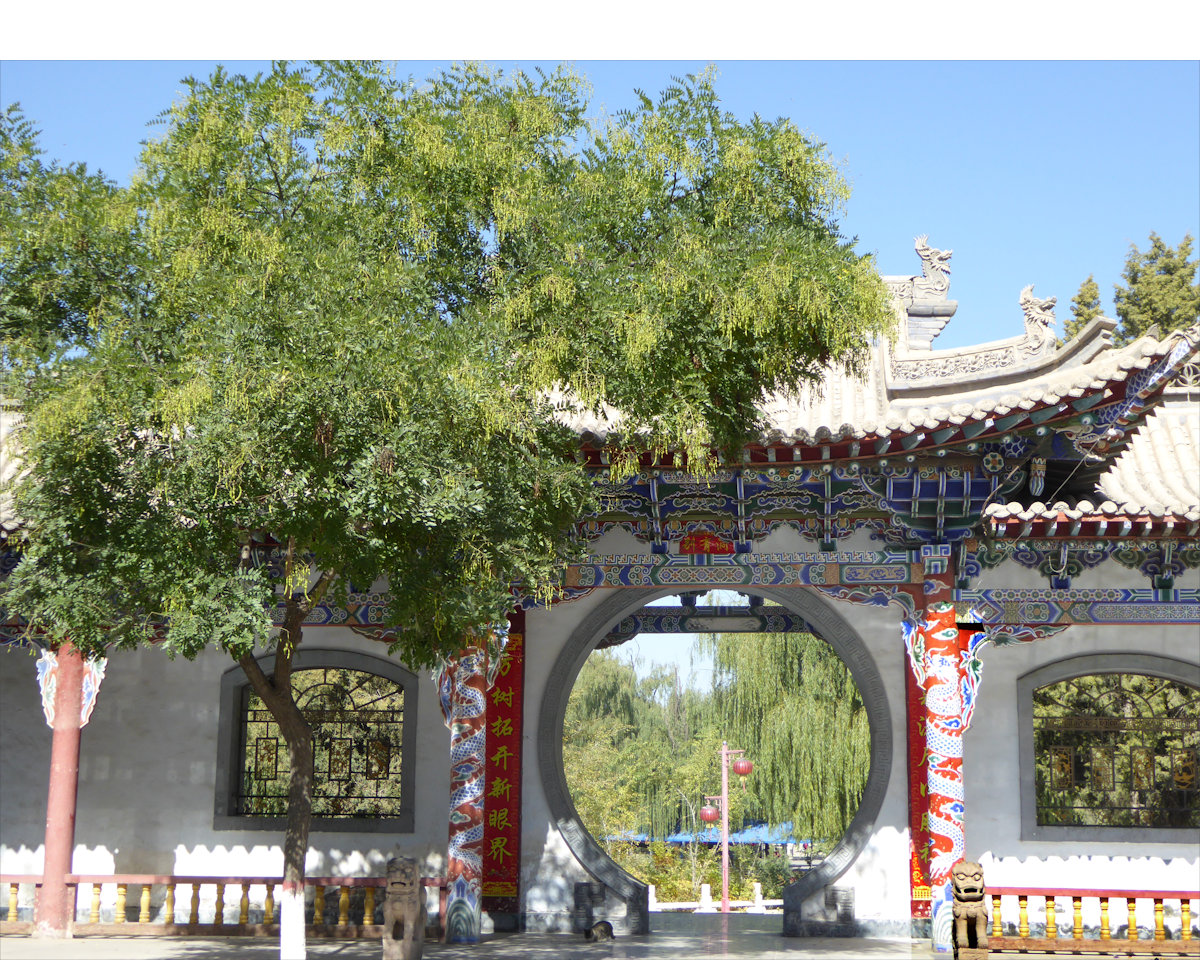
Molin left the next morning, and I explored the city of Zhangye and its attractions: entrance to Gan Quan Park.
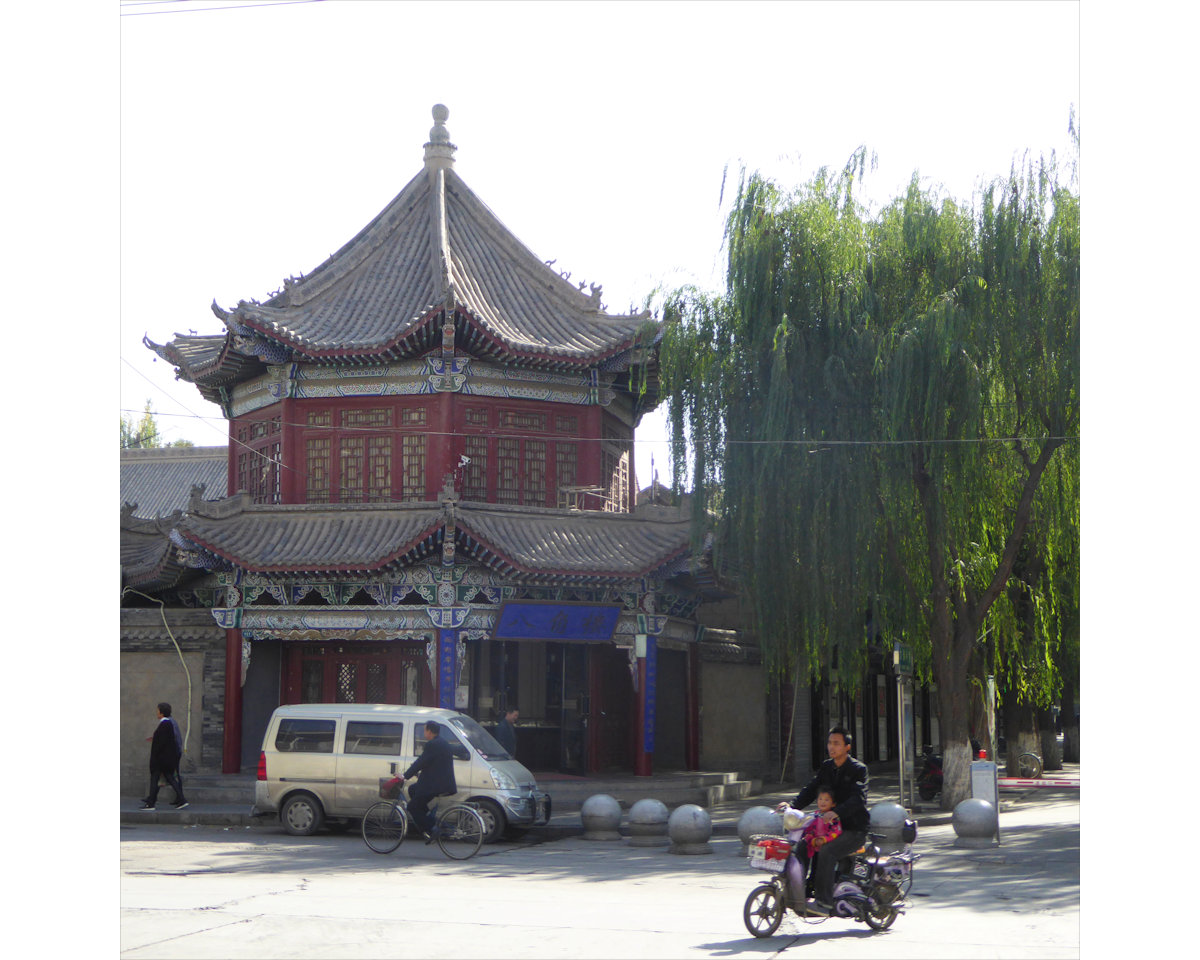
Downtown area. Not every city in China is crowded, and many cities can easily compete with Canada's blue skies on clear days. Tibet has the bluest skies I've ever seen, but this might just be the high altitude.
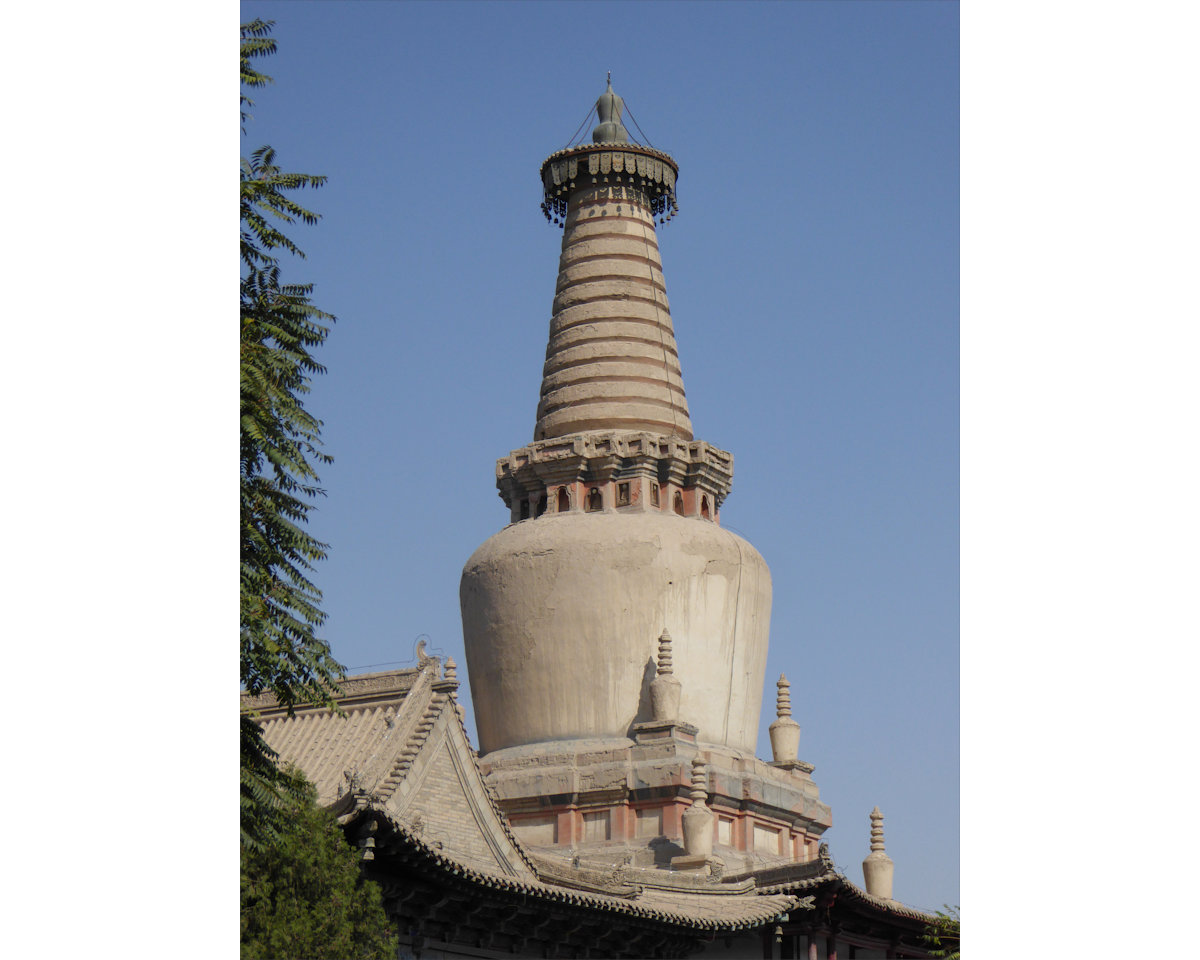
Dafo Temple in Zhangye. Famous for its 35-m long reclining Buddha statue, dating back to around 1100. No photo allowed.
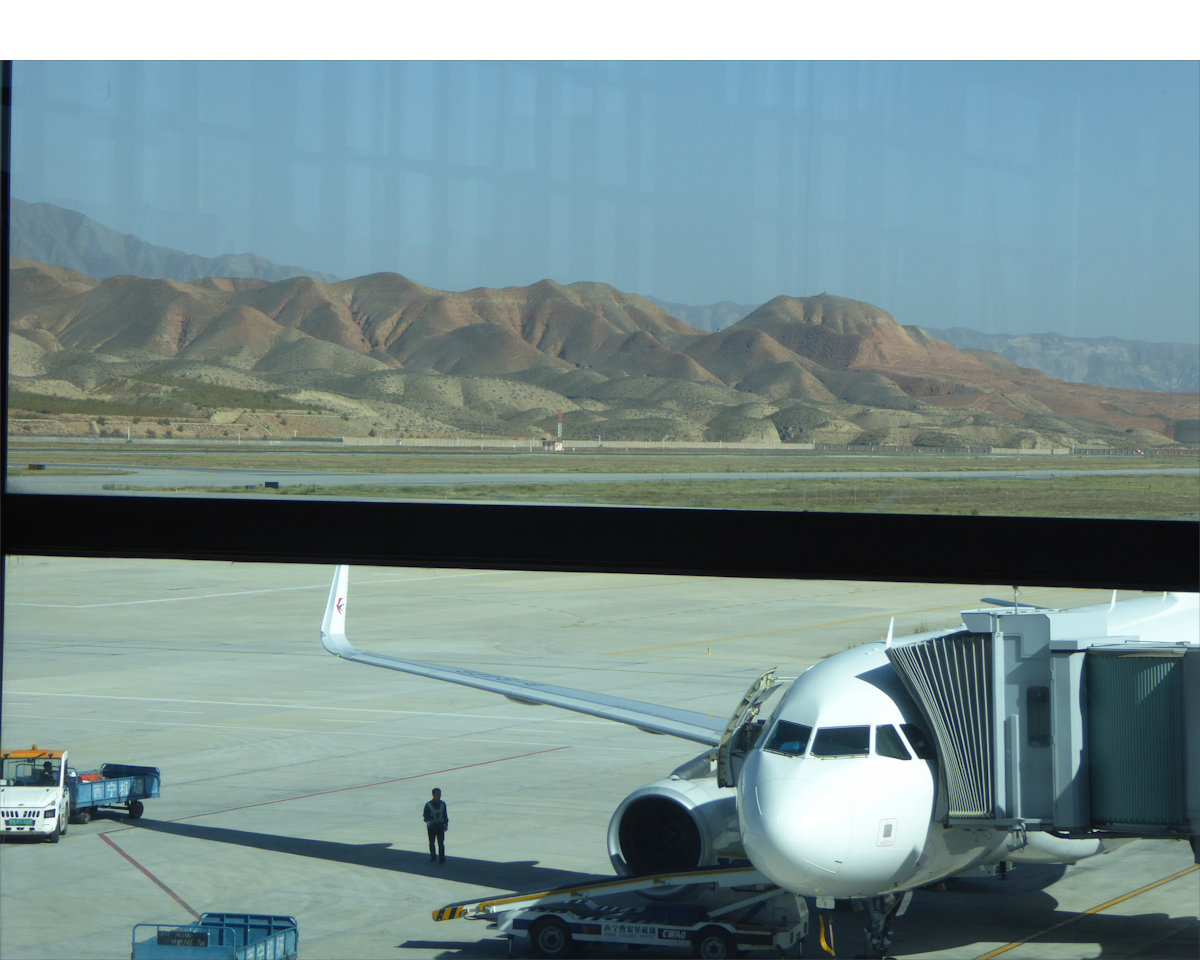
View from the window at Xining Airport. Will I ever come back? I'd love to explore more of Gansu and the neighboring Ningxia provinces.
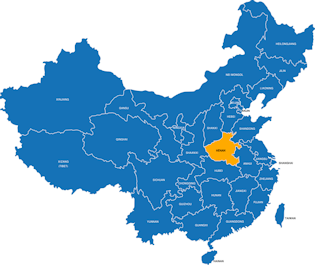
After 6 action-packed weeks in Guilin and Zhangye, I needed a few quiet days to catch up on some programming projects. Zhengzhou and Kaifeng in Henan province looked like a good choice.
Zhengzhou later became a household name when a record rainfall flooded the city on July 21, 2021, killing at least 300 people, including 14 who drowned in a subway tunnel. From 4 pm to 5 pm on that fateful day, 20 cm (7.95 in) of rain fell.
Originally, I had planned a day trip from Zhengzhou to the famous Shaolin Temple, the cradle of Shaolin Kung Fu. Unfortunately, time, weather, and lack of convenient public transportation crossed off that idea.
The distance to Kaifeng is only 80 km, time for a ride on an old-fashioned regional train. By then, I'd been on so many comfortable high-speed trains which I now prefer over flights for almost all domestic travels. What a difference! Time wasn't a factor, but the crammed space! There was no room for luggage. I was able to stuff my small suitcase in the overhead bin, kept the backpack with my electronics on my lap and had no choice but squeeze my big suitcase between my legs and the legs of the passenger sitting opposite from me. Uncomfortable for both of us and embarrassing for me.
Kaifeng is dubbed the "city of chrysanthemums". Cultivation dates back 1600 years and is celebrated every year with a chrysanthemum festival, so my timing was perfect.
Along the River During the Qingming Festival is a handscroll painting by Zhang Zeduan (1085–1145). Famous just as the Mona Lisa in the west, it captures the daily life of people and the landscape of the capital, Bianjing (present-day Kaifeng) during the Northern Song Dynasty.
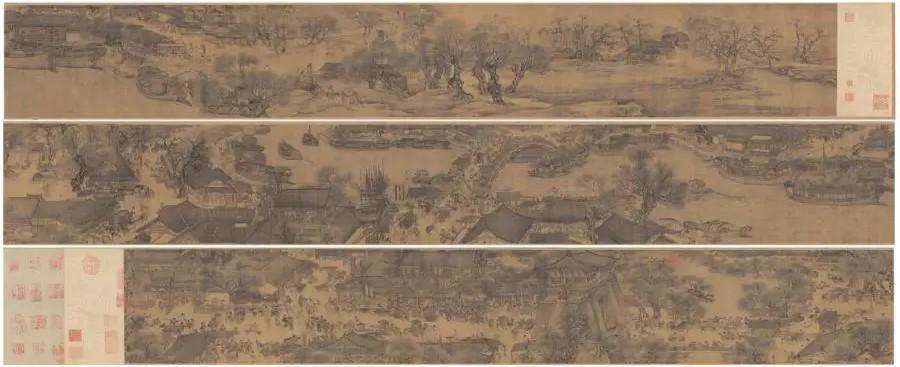
Dimensions: 25.5 cm × 525 cm (10.0 in × 207 in)
The river—actually a canal—doesn't exist anymore. The original painting is kept at the Palace Museum in Beijing, but I brought home an inexpensive machine-embroidered version as a souvenir:

Strike in China? Fortunately, the hotel was able to arrange a private driver for my ride to the train station on my last day because
all cab drivers in Kaifeng were on strike.
Visited: Zhengzhou – Renmin Park – Erqi Tower and Square - Kaifeng – Bookstore Street - Longting Park – Prefecture of Kaifeng – Iron Tower Park
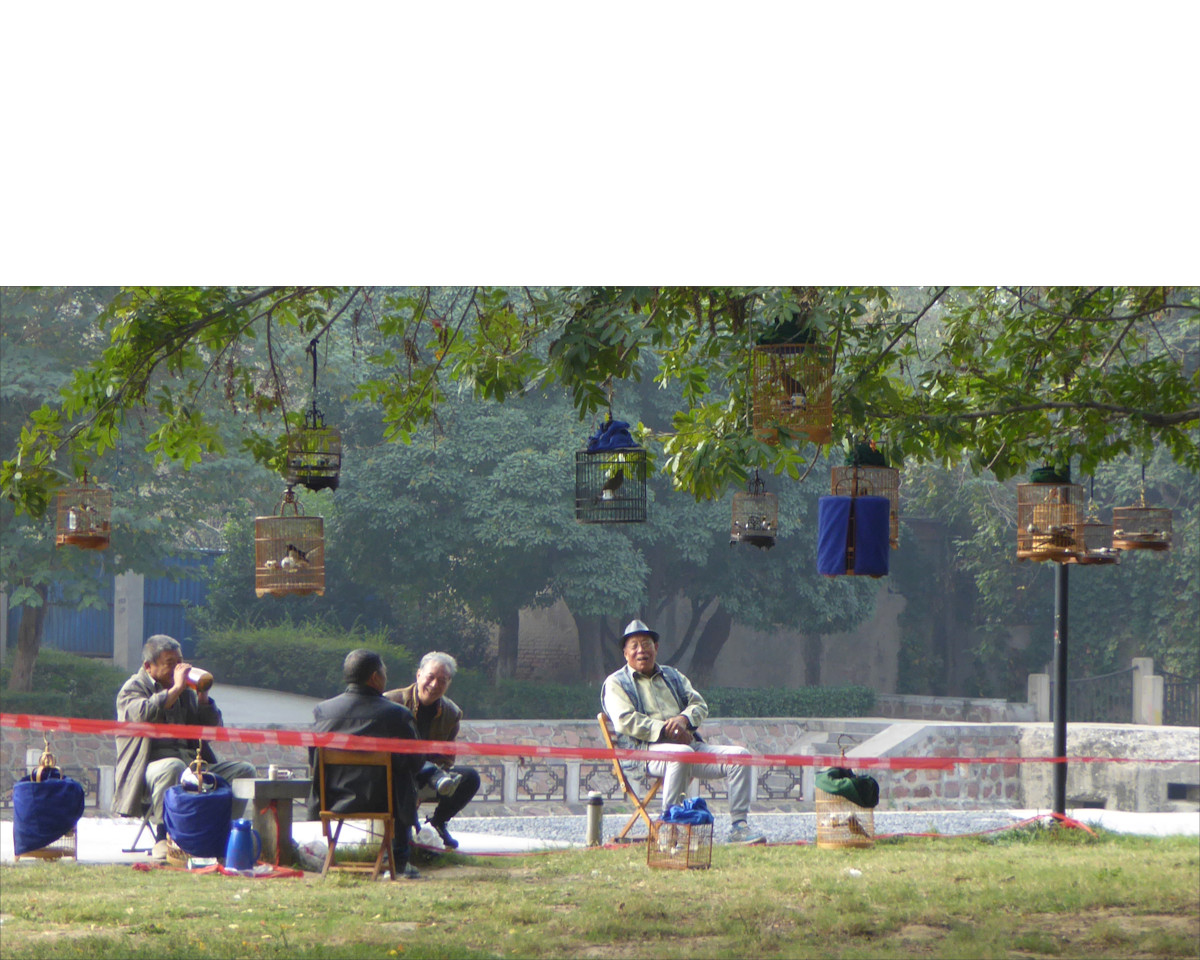
In the west, people walk their dogs. In China, mostly older men grab their cages and set off to a nearby park, where buddies and birds alike engage in lively conversations.

Equally impressive was the mighty wiring. Travelling in Thailand in 2022, I concluded that the Thais are the true wire masters, their "art" dwarfs all the constructs I saw in China.
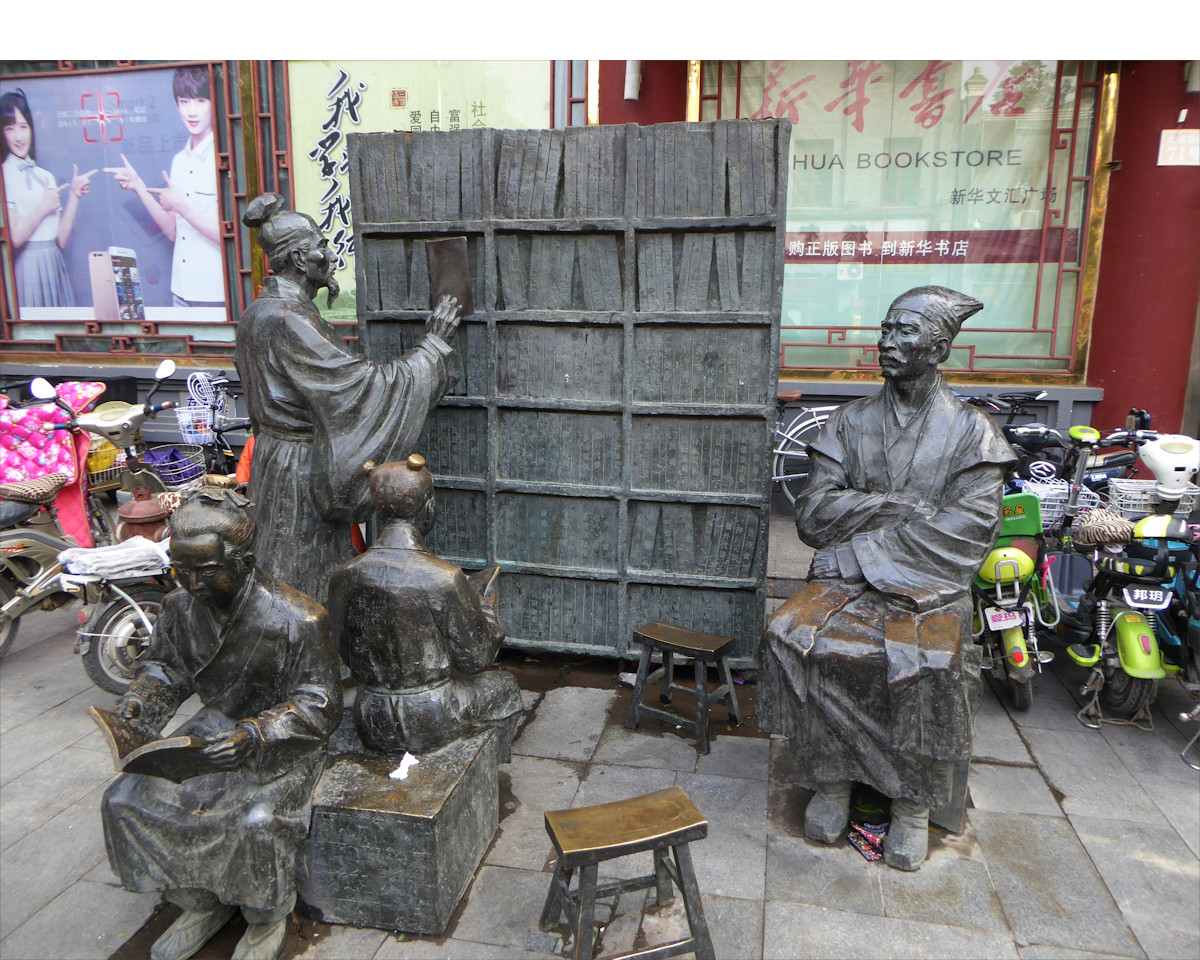
These types of sculptures are found in many cities in China, a fitting way to let historical scenes stand out from the noise of modern life.
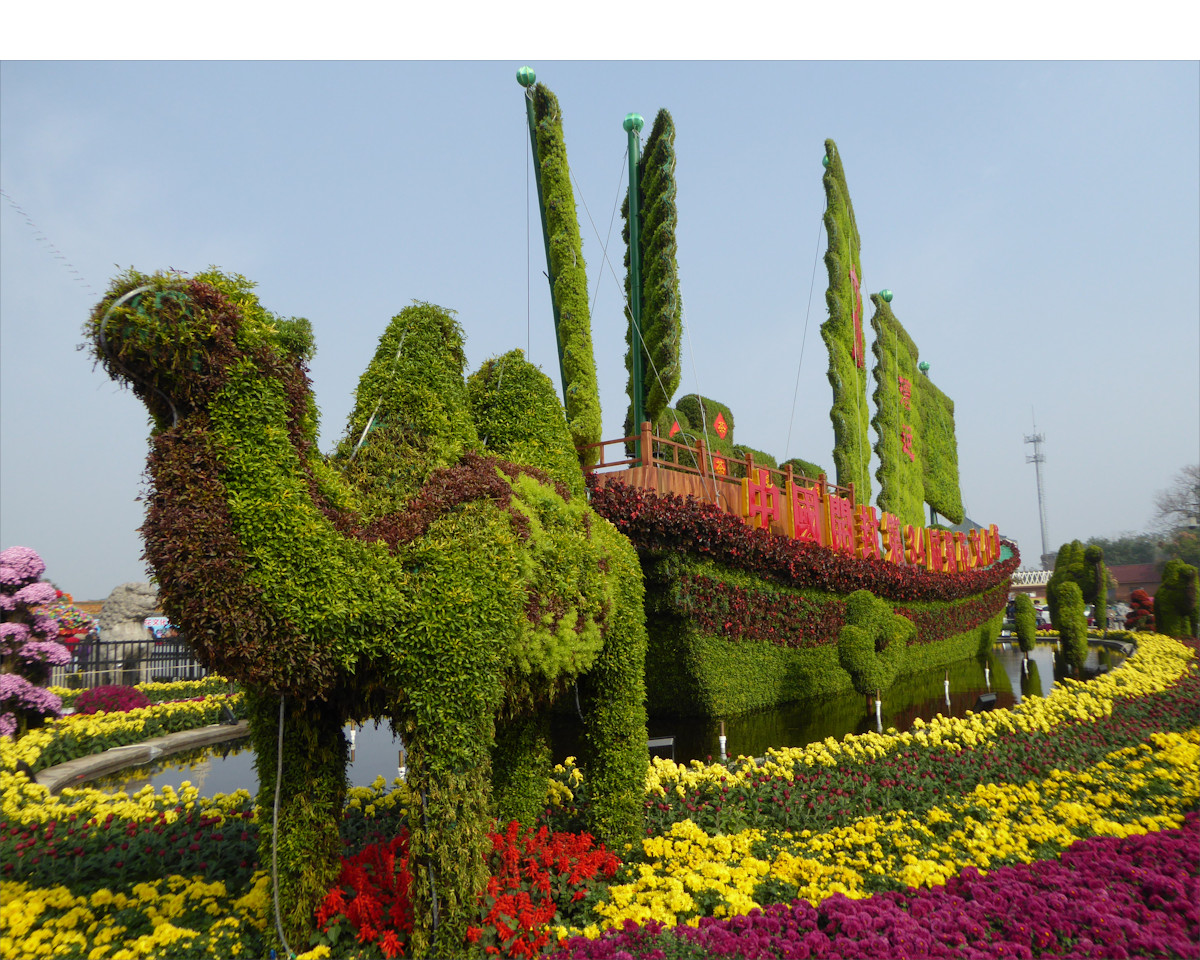
In front of Longting Park, the main venue of the Chrysanthemum Festival, usually held from mid-October to mid-November. This scene highlights the importance of the tea trade using cargo ships and camel caravans during the Song Dynasty (960 to 1279).
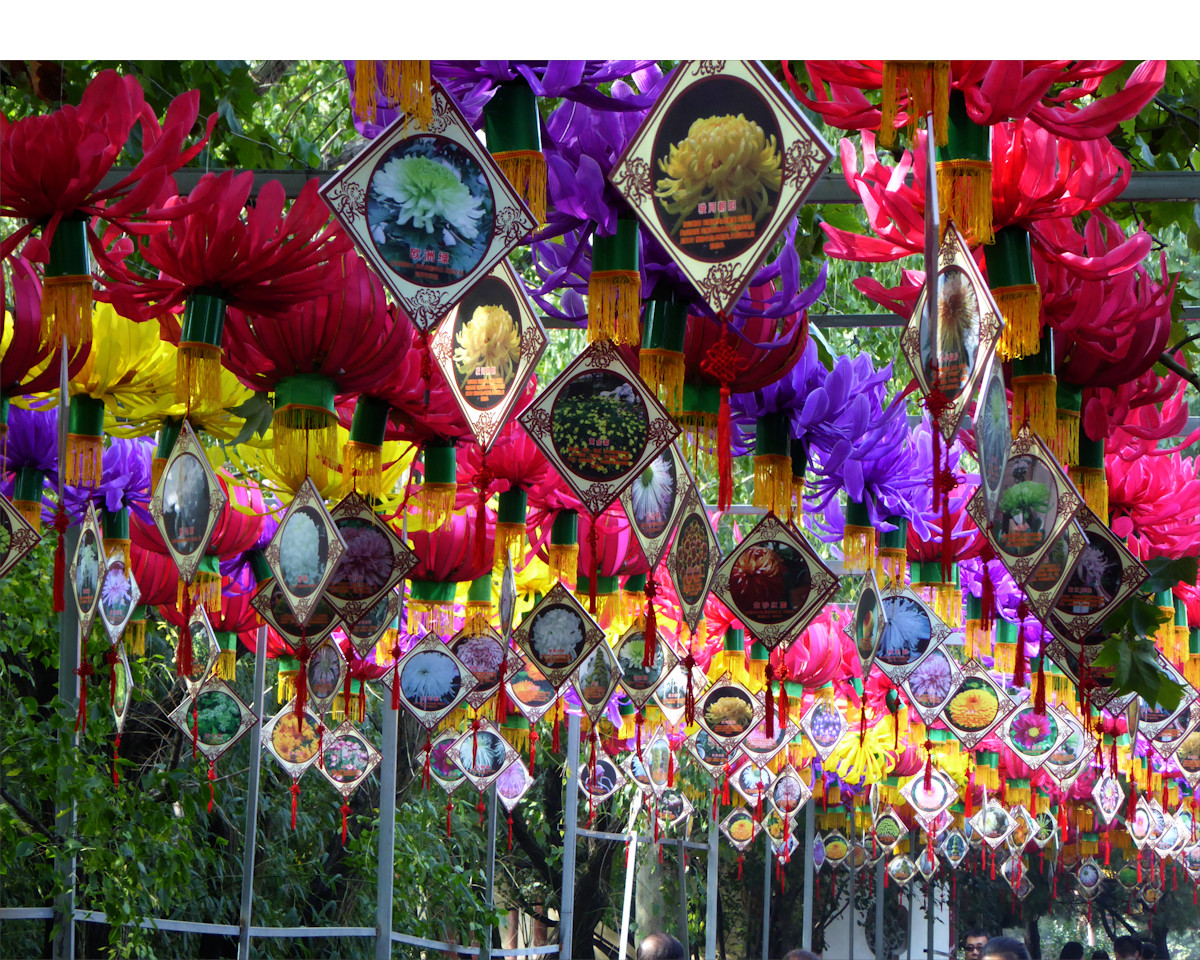
Chrysanthemums have been around for more than 3000 years in China. They represent cleanliness and noble morality. Kaifeng owns over 1000 local and imported chrysanthemum varieties.
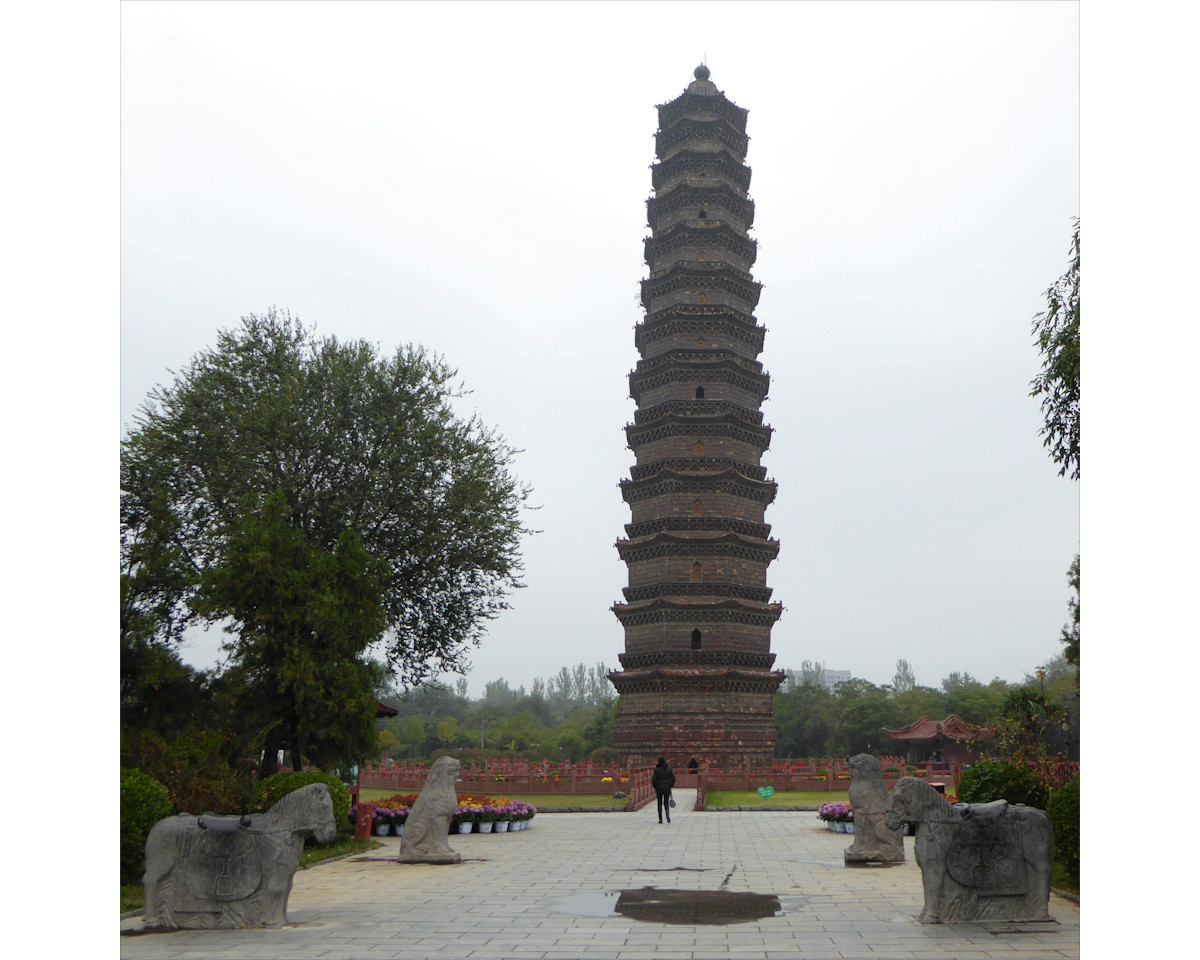
The octagonal Iron Pagoda, built in 1049, has 13 stories and 168 steps in total. With over 55 m, it is the tallest, oldest, and best-preserved glazed brick pagoda in China.
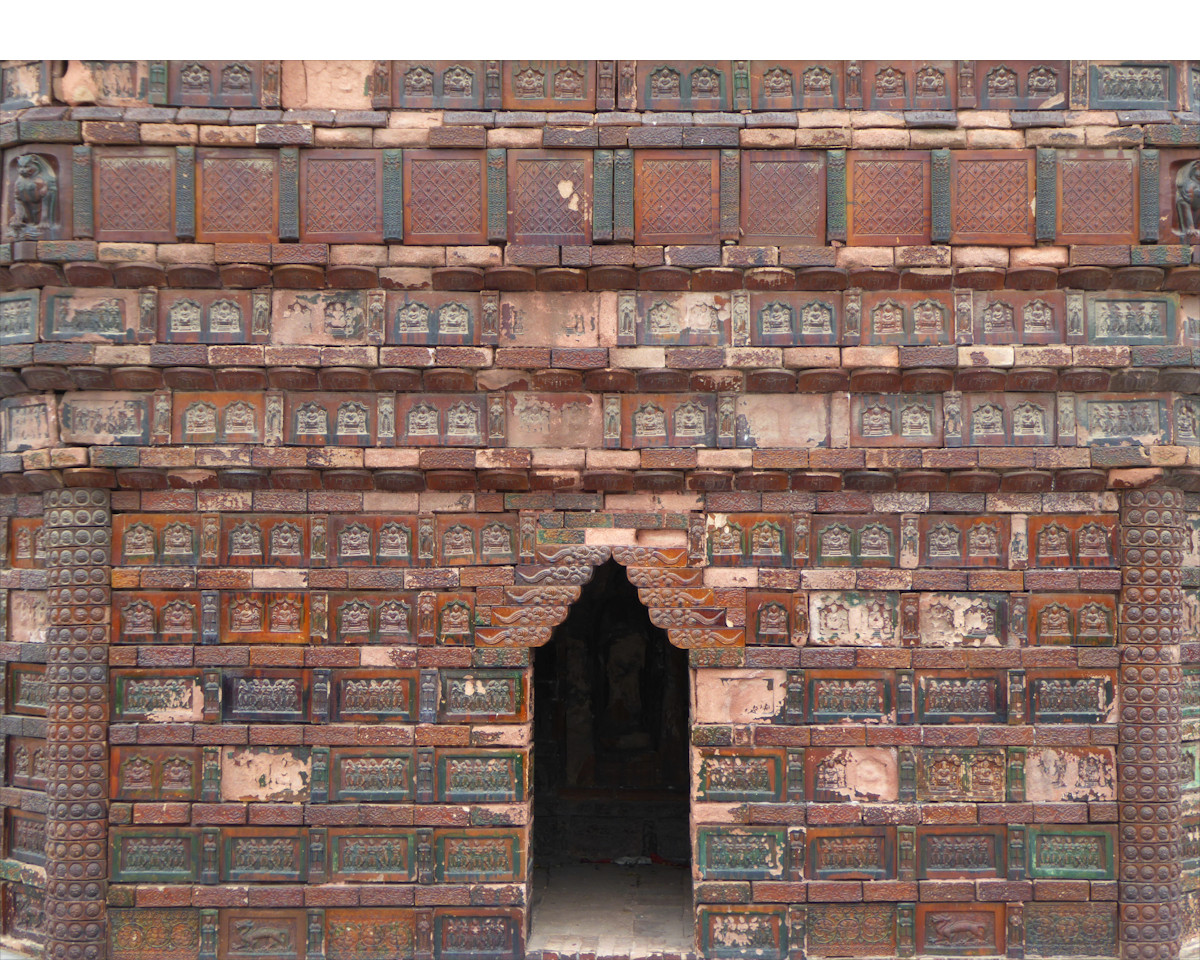
"Iron Pagoda" is actually a nickname as many people confused the glazed bricks with iron. The bricks come with 50 types of decorative patterns, including flying apsaras, dragon-taming arhats, unicorns, dancers, flowers, etc., all with typical Northern Song Dynasty (960-1127) art features. The pagoda survived 40 earthquakes and countless hailstorms and floods.
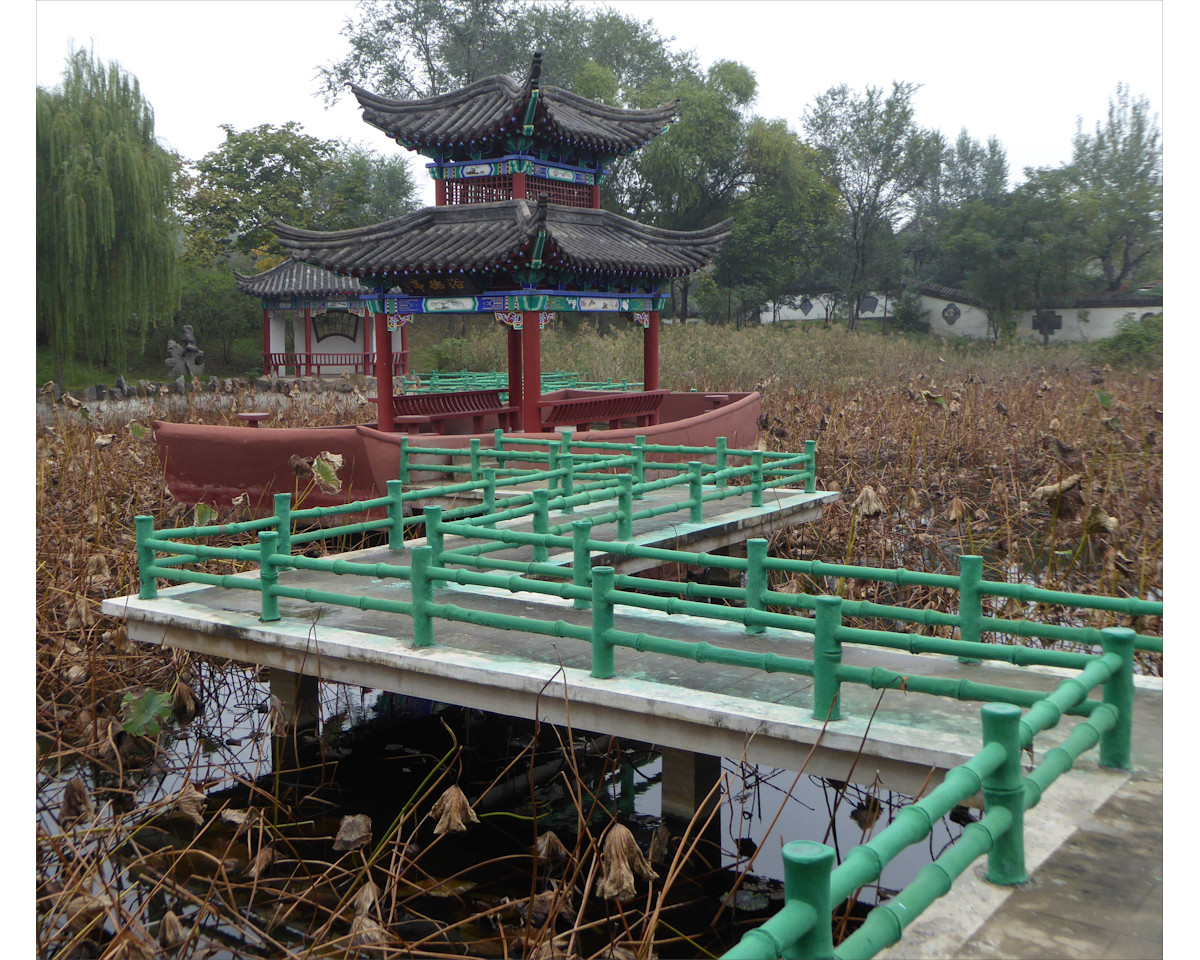
What a contrast to the vibrant chrysanthemums. For this lotus pond, the season has truly come to an end.
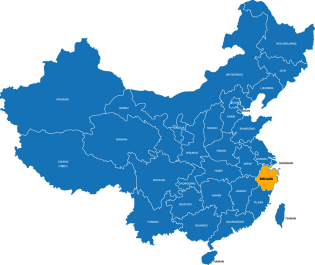
The last few days of my trip were once again filled with an abundance of extraordinary moments. Perhaps you recall my stories from Hangzhou in 2015? This time, I had the pleasure of accepting an invitation from my friends to spend the weekend in the charming and historical town of Yantou. Several years ago, their relatives had exchanged the bustling city life for a more serene existence in the countryside. As we strolled along cobblestone streets, we found ourselves surrounded by ancient buildings, many of which proudly displayed artifacts from times long past.
Yantou holds significance as the hometown of Mao Fumei, the first wife of Chiang Kai-shek (Jiang Jieshi), and the place where Chiang Kai-shek pursued his studies during his youth. Initially, these historical details did not capture my attention, but delving into the research for this post revealed fascinating insights into the dynamics of marriage and family life during that era. The general had four wives and concubines, even marrying another woman before finalizing his divorce and callously rejecting his first wife, Mao Fumei. Her story is undoubtedly one of hardship and heartbreak.
Upon perusing group photographs, we noticed that nearly all the esteemed locals—all men, as expected—bore the surname Mao. China boasts only a few hundred commonly used family names. Traditionally, after marriage, the bride would relocate to her husband's hometown and join his family. While children carry their father's name, women retain their maiden names. To avoid inbreeding, marriages typically occurred between individuals with different last names, often from diverse and distant communities. Consequently, all those Maos in Yantou were, in fact, interconnected by blood ties.
Dating back to 1370 AD, Yantou village rests approximately 50 km from Ningbo.
The final leg of my journey brought me to Shanghai, where I was overjoyed to reunite with Yangjie and June—names that may ring a bell from my 2015 Hangzhou post.
Visited: Yantou Ancient Village – Shanghai – 1933 Slaughterhouse - Xintiandi
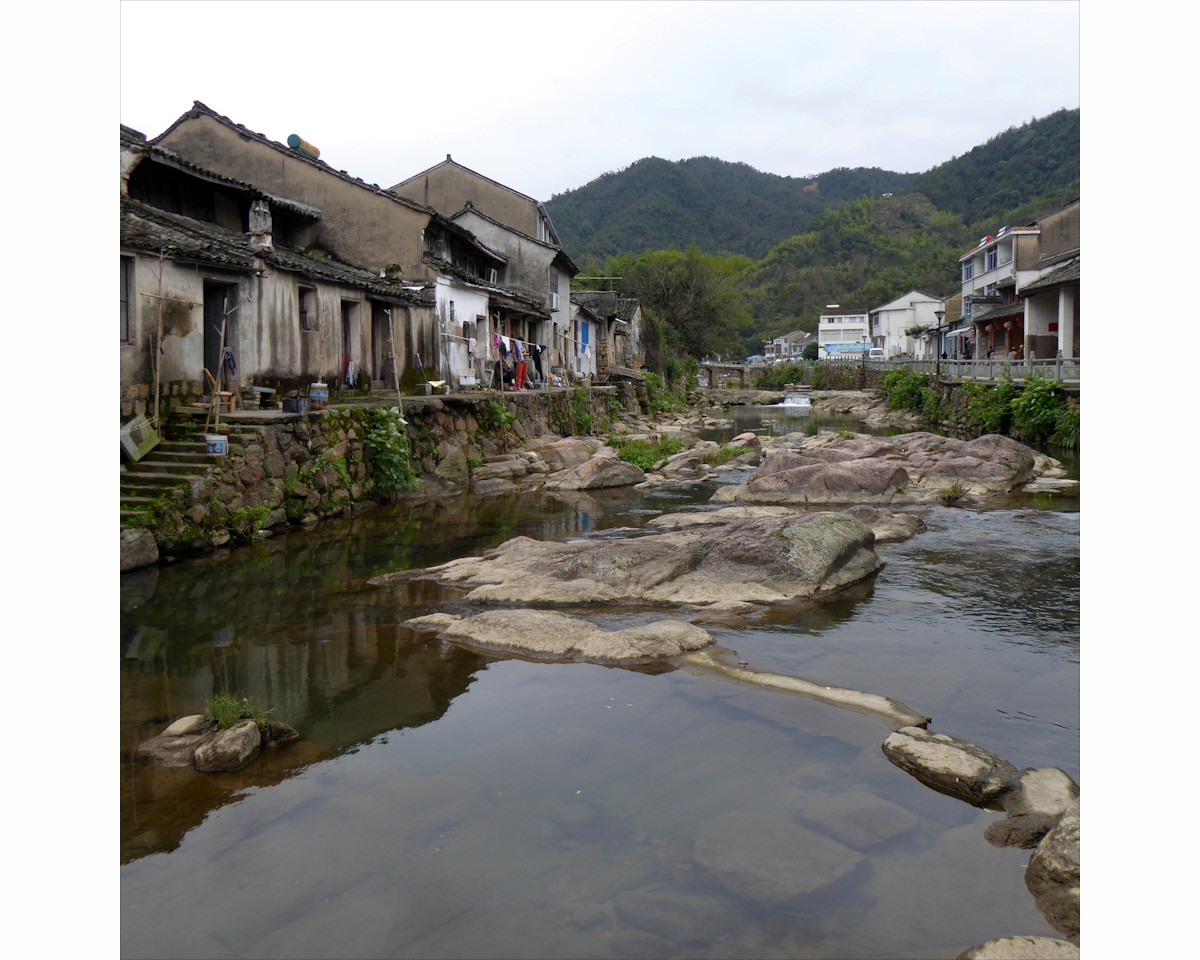
Yantou was established over 1,000 years ago during the Tang Dynasty, and it has since been an important center for commerce and culture in the region.
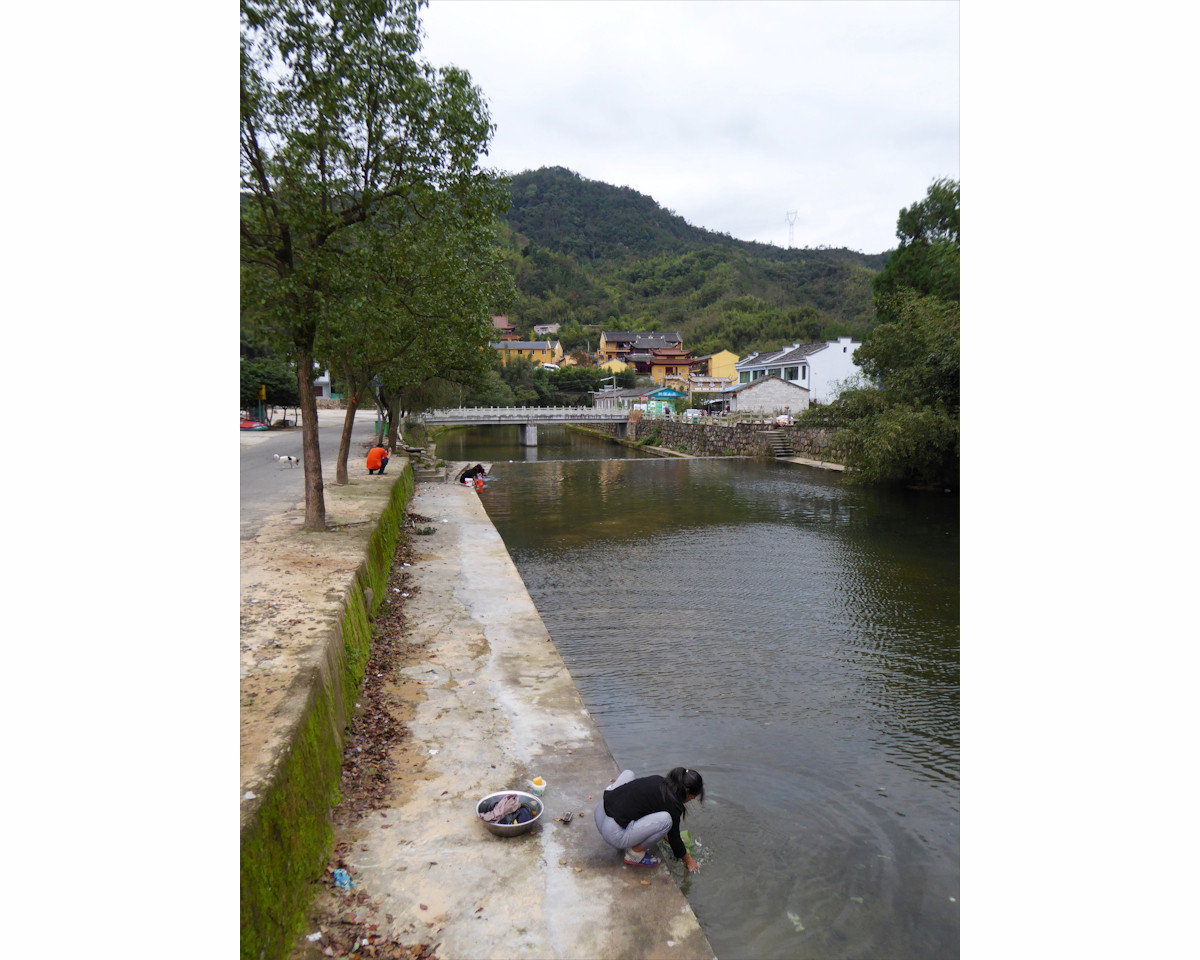
The river has been the lifeline of the town since ancient times. People still wash their clothes…
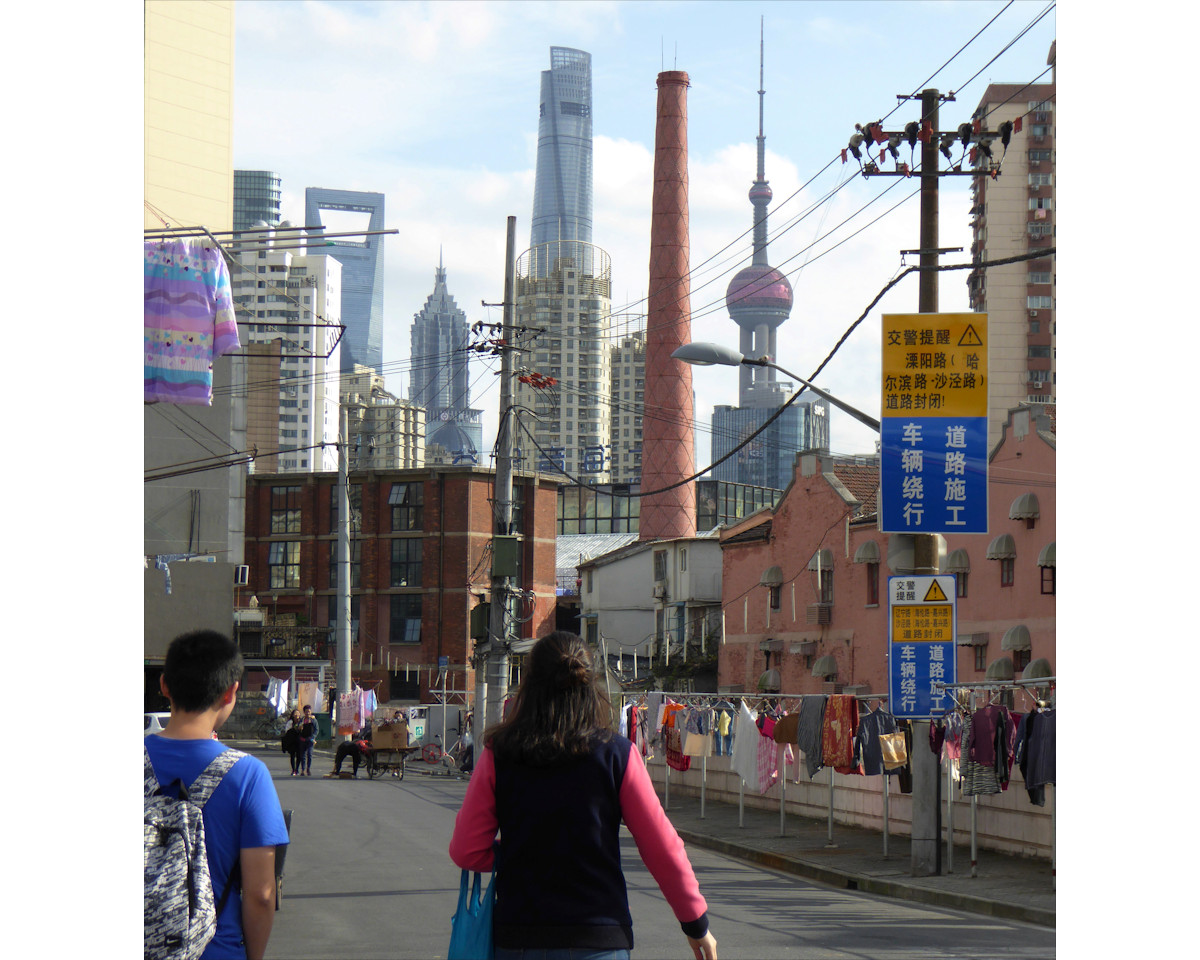
… and looking right. Ahead: The Oriental Pearl TV Tower, Jin Mao Tower, Shanghai World Financial Center, and the Shanghai Tower.
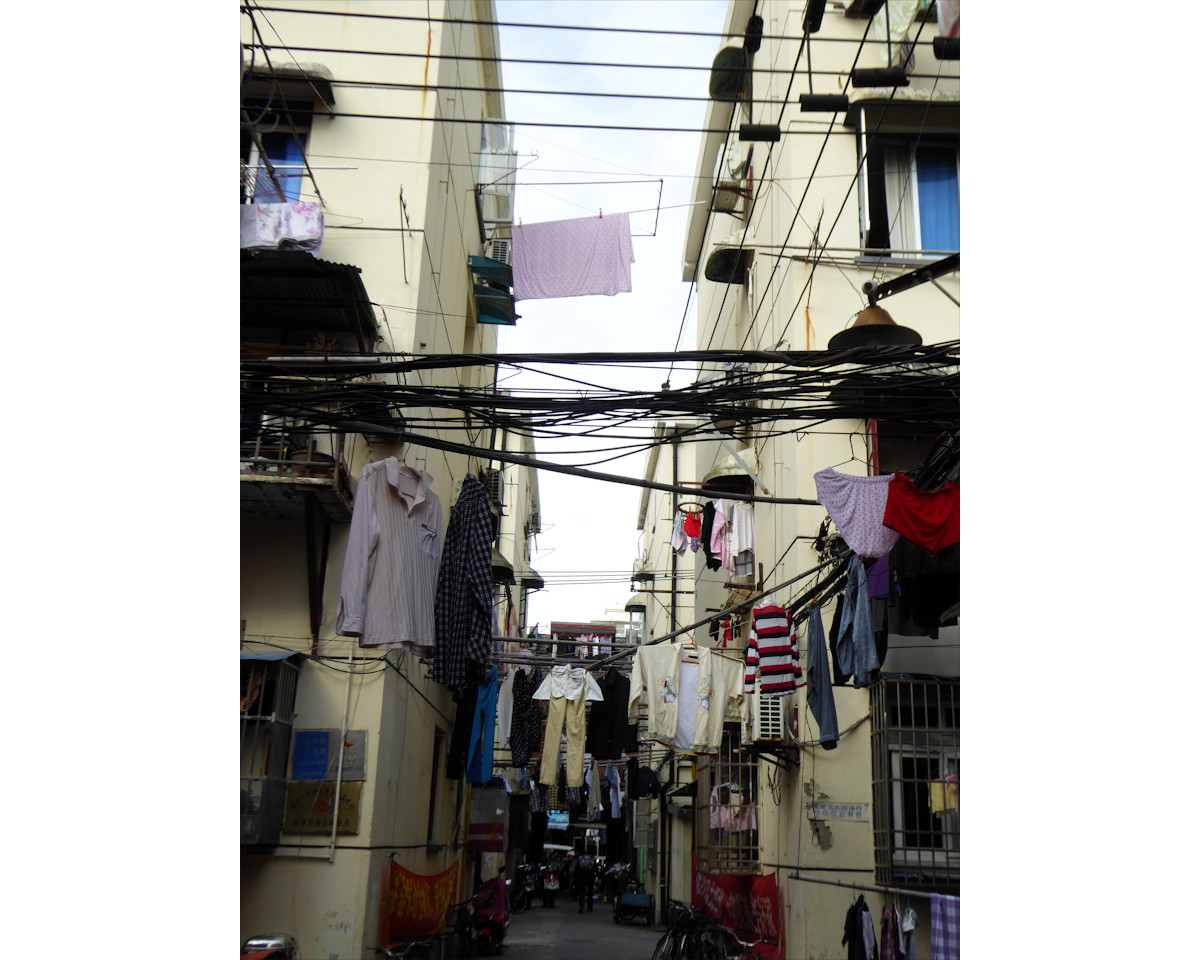
Lilong is a type of traditional housing found in Shanghai, China. The word "lilong" literally means "neighborhood alley," and refers to a cluster of narrow, interconnected alleys or lanes, often lined with residential buildings. Same idea as Beijing's "hutongs". Notice the clotheslines everywhere, even on busy sideway railings? I thought they might have some mysterious significance, but it turns out they are indeed only meant for drying or airing clothes.

The 1933 Slaughterhouse in Shanghai is a unique and historic building that has been repurposed as a cultural center. The complex is also called "Old Millfun" but I don't know where this name is coming from.
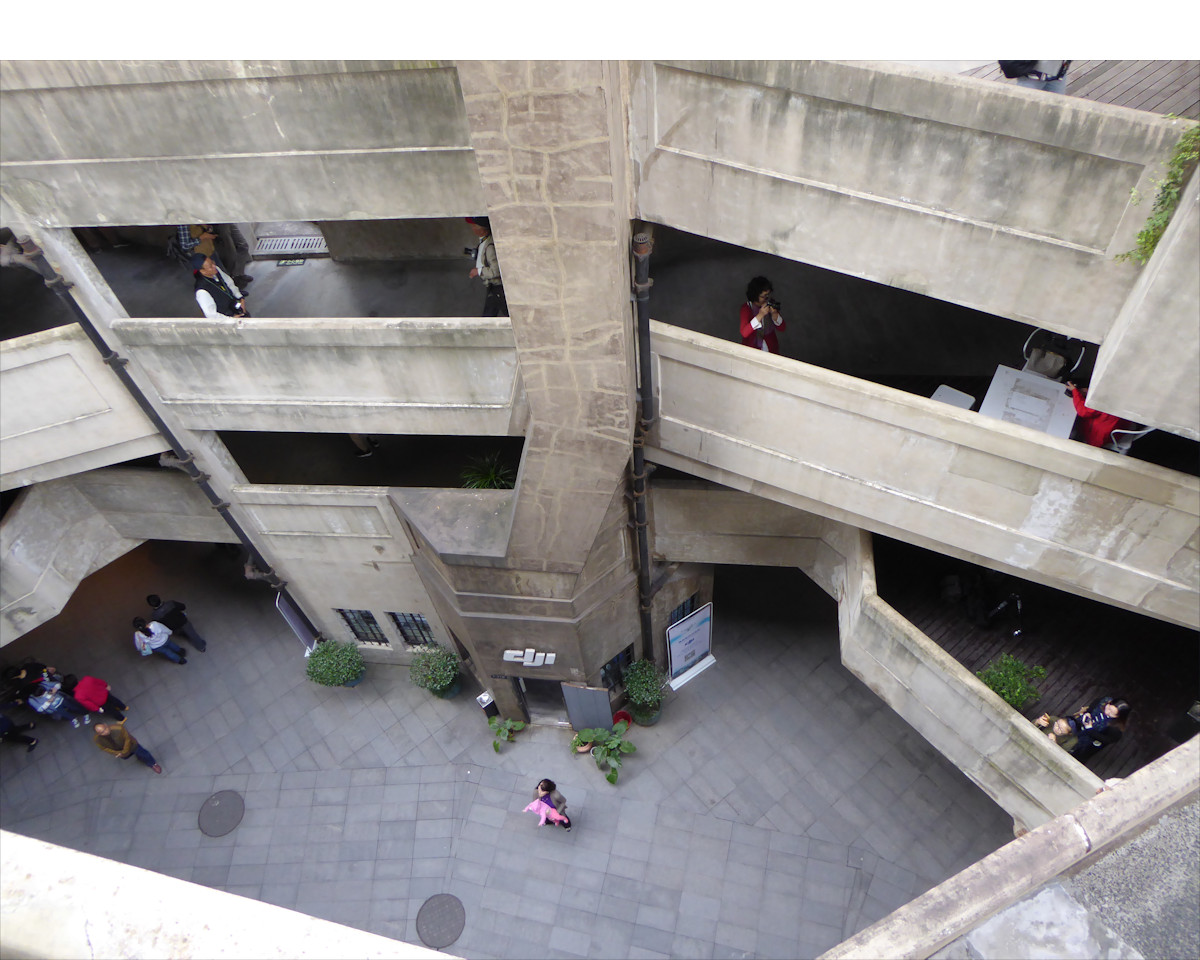
The building is a mix of Art Deco and Bauhaus styles, with a distinctive circular shape and a central atrium. It has a total of five floors and covers an area of 32,500 square meters. The building's original purpose is reflected in its functional design, with ramps for moving animals, drainage channels, and a system of hoists and pulleys.
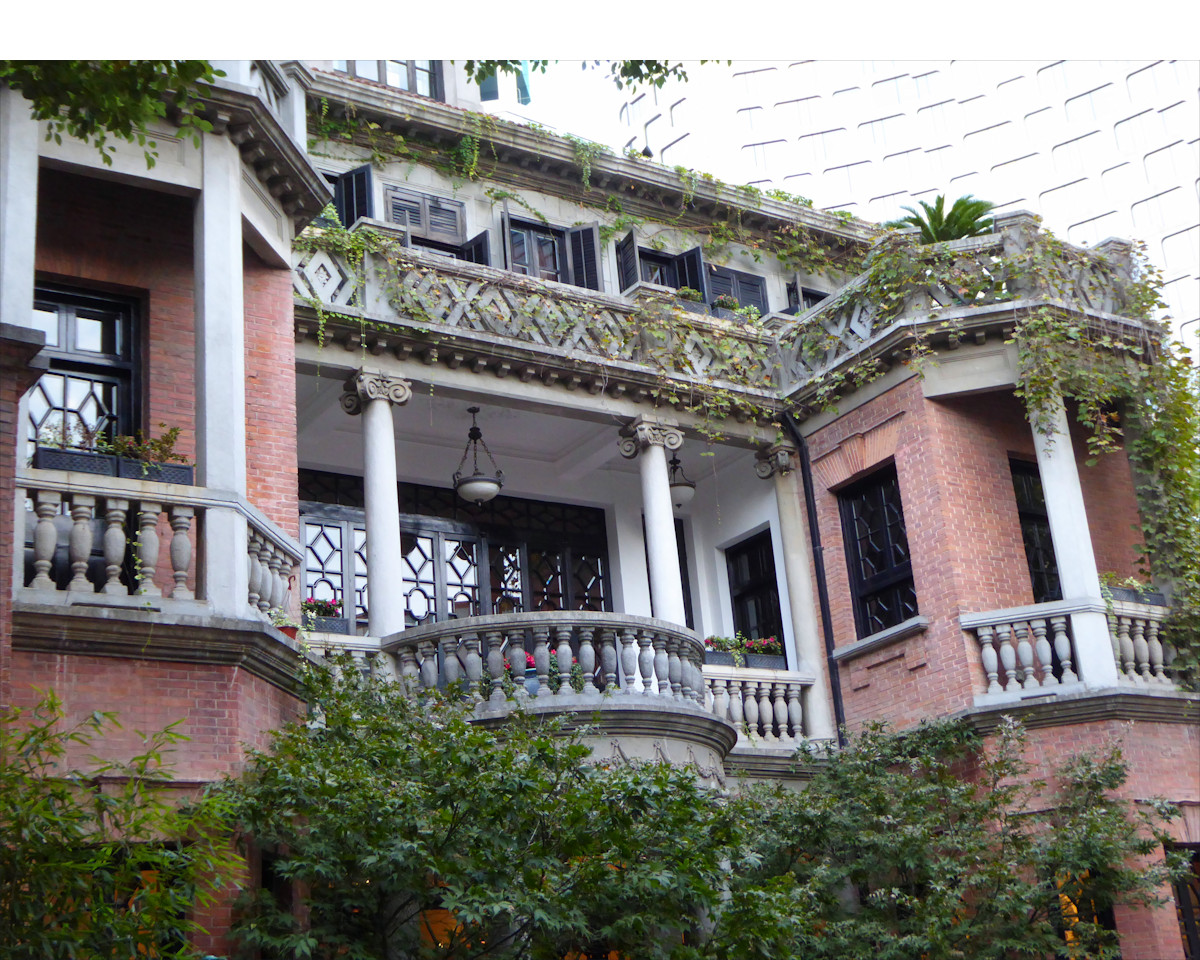
We ended our day with a stroll through trendy Xitiandi, a pedestrian street composed of old-style Shikumen residences and modern architecture.

